The 1950s was a transformative period for Richmond, Virginia. The city, riding on the post-war economic boom, experienced significant growth and change. From the expansion of education and infrastructure to the emergence of civil rights movements and the flourishing of arts and culture, Richmond in the 1950s is a fascinating chapter in the city’s history.
Highways to Growth
During the 1950s, Richmond saw massive infrastructure development. One of the most significant projects was the construction of the Richmond-Petersburg Turnpike, which would later become a part of Interstate 95. This vital artery connected Richmond to the broader East Coast, promoting commerce and facilitating travel.
With the economy growing rapidly, Richmond experienced a surge in industrial development in the 1950s. Manufacturing, particularly tobacco and textiles, thrived. Large employers, such as the American Tobacco Company and Reynolds Metals, saw considerable growth. This industrial expansion led to the rise of the middle class and the creation of many job opportunities..
Read more
The Boom of Suburbia
The post-war era also witnessed a population shift from the city center to suburban areas, a phenomenon fueled by a booming economy and the growth of the middle class. Areas like Henrico and Chesterfield County saw an influx of new residents, leading to the development of new homes, shopping centers, and schools.
Cultural Flourish
Richmond’s cultural scene continued to flourish during the 1950s. The Virginia Museum of Fine Arts, which opened its doors in the 1930s, expanded its collection, bringing in notable artworks from around the world. The city’s music scene also thrived, with the Richmond Symphony Orchestra gaining national recognition.
Richmond’s retail sector saw considerable changes in the 1950s. The suburban boom led to the development of new shopping centers, notably Willow Lawn, which opened in 1956 as the first shopping center of its kind in the Richmond area. These suburban shopping centers marked a shift from downtown shopping, providing a one-stop shopping experience complete with ample parking.
The decade also saw growth in higher education. Both the University of Richmond and Virginia Commonwealth University expanded their programs, offering a range of new courses and attracting a diverse student body. This growth laid a strong foundation for Richmond’s future as a hub for education.
#1 A view of East Broad Street in downtown Richmond on a cloudy day in October 1954.
#2 Patrons enjoyed the roller coaster at the amusement park in Buckroe Beach in Hampton, 1957.
#3 Edition of The Times-Dispatch included a photo spread on the Southern Biscuit Co., whose products – under the Famous Foods of Virginia brand – established the company as one of America’s largest producers of cookies and crackers, 1953.
#4 These young ladies cooled off during a heatwave and enjoyed a boat ride on Fountain Lake at Byrd Park in Richmond, 1950.
#5 The Richmond area received about 7 inches of snow, creating a memorable nighttime image of the George Washington equestrian statue at Capitol Square downtown, 1958.
#6 The 300 block South Lombardy Street after tornado. Storm was June 14, 1951.
#7 Tornado felled trees in front of Commonwealth Club on Franklin St., June 13, 1951.
#8 Tornado damage from June 14, 1951 storm. Photo taken June 23, 1951. Location is Monroe Park.
#9 South Richmonders had this view of a Dec. 24, 1951, fire on North Side at the F.L. Parsley storage plant on Rady Street.
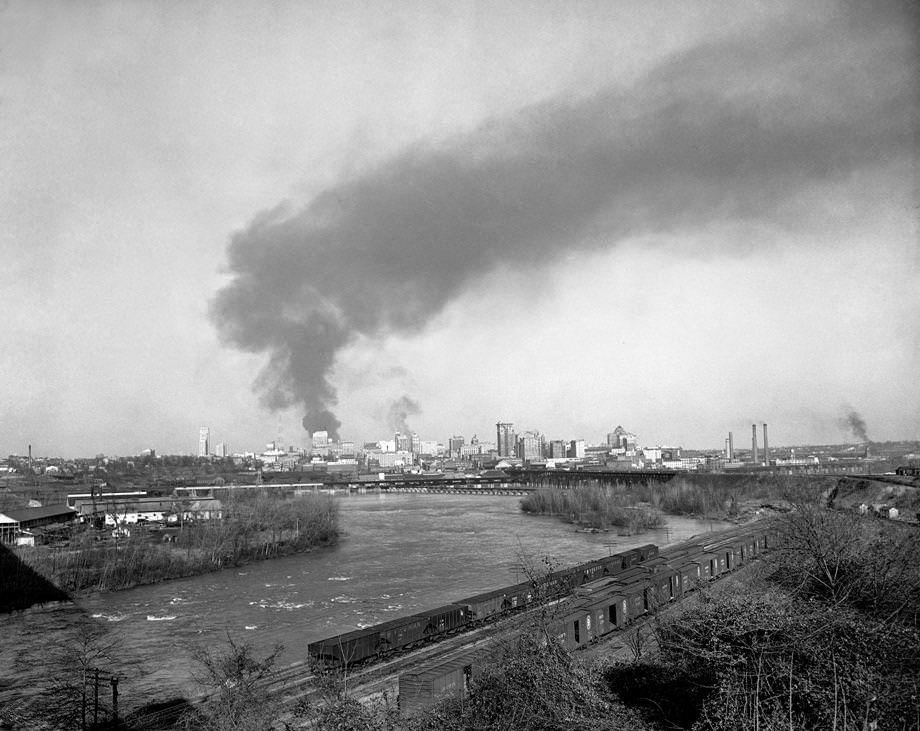
Three fuel oil and kerosene tanks caught fire, sending black smoke across much of the city. More than 100 firefighters were needed to stop the blaze, which threatened a nearby stream, coal yard and other properties. When the owner of neighboring fuel tanks was told that his were saved, he called it "the nicest Christmas present ever."
#10 The University of Richmond’s Boatwright Memorial Library created a vivid reflection in Westhampton Lake, 1957.
#11 Several stories below the clock itself, four small balconies jut out from the clock tower on Old City Hall in downtown Richmond.
#12 Betsy Marrin and Doris Bolton admired the springtime blooms in the Italian Garden at Maymont Park, 1952.
#13 A couple strolled through the gardens at Shooters Hill in Goochland County.
#14 The Canadian ship Notting Hill was docked at Richmond’s Deepwater Terminal on the James River, 1954.
#15 Melvin “Shot” Walker worked the grill at the White Spot in Charlottesville.
#16 Shoppers waited for buses in the snow on Broad Street in downtown Richmond, 1954.
#17 Richmond firefighters battled an early morning blaze at Monument Methodist Church, located at Allen and Park avenues, 1950.
#18 The area of Hull Street between 12th and 13 streets in South Richmond was dug up for utility work and street rebuilding, 1951.
#19 James River Garden Club members visited the Branch House on Monument Avenue in Richmond to make last-minute arrangements before the weekend’s flower show, 1954.
#20 Members of the Richmond Virginians engaged in a pre-practice bull session in their locker room, 1955.
#21 June Maile showed youngsters from the Belle Bryan Day Nursery how to play “London Bridge is Falling Down” during the nursery’s annual outing at Byrd Park, 1951.
#22 Work was scheduled to begin to widen this south end of the North Boulevard railroad overpass, 1950.
#23 The Bridge at Falling Creek, 1951.
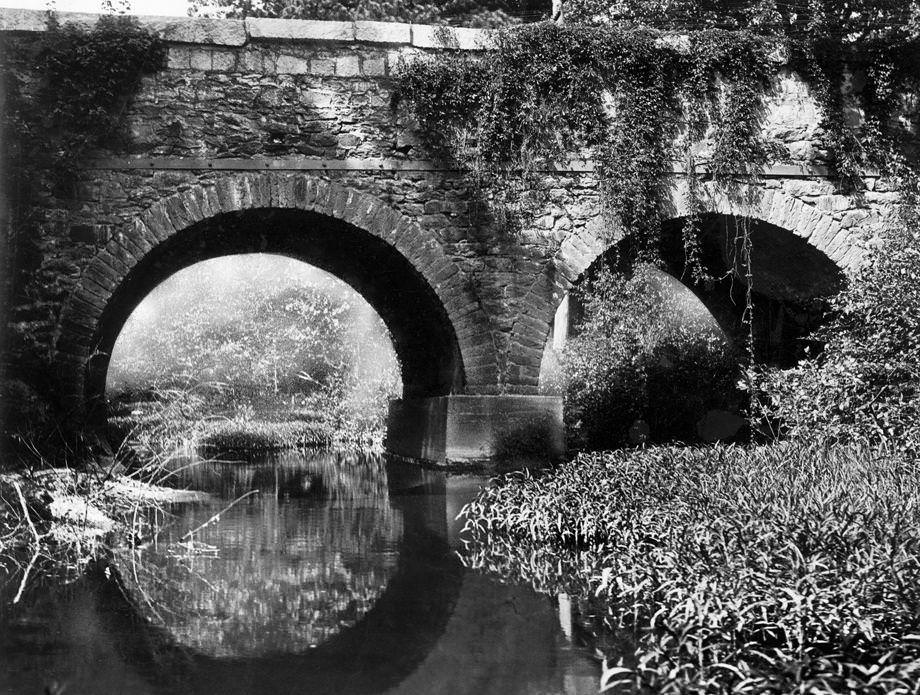
The granite arch span, most of which can still be seen today, was built in the 1820s – at a cost of just over $2,000. The bridge was retired from service in the early 1930s after a new span began carrying southbound U.S. 1/301 traffic over Falling Creek in Chesterfield County. The bridge was added to the National Register of Historic Places in the 1990s.
#24 Forest Hill Presbyterian Church, with its new attached building at right, 1951.
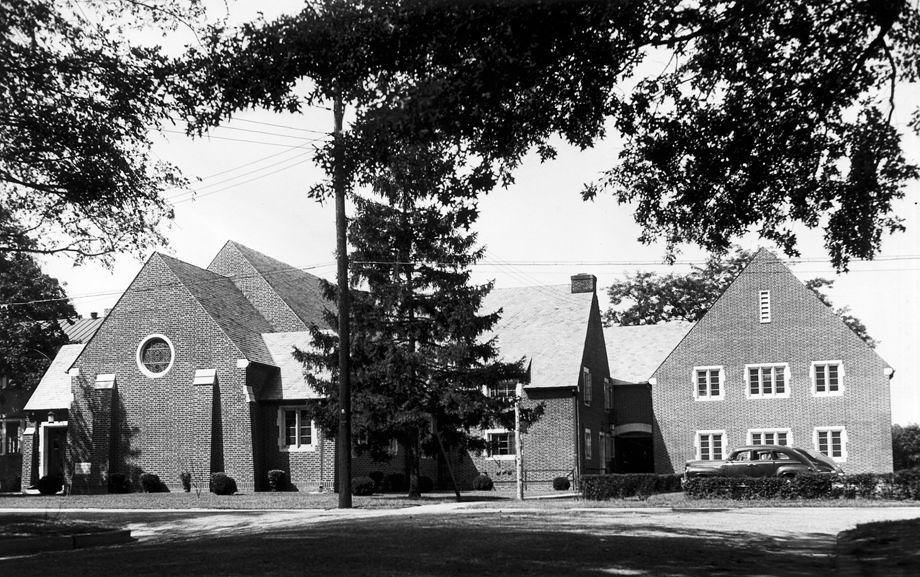
The church was organized in 1924 and several years later built its first building on West 41st Street in Richmond. In 1942, it started using an old house at 4401 Forest Hill Ave. for all meetings outside regular services. By 1946, the church received a permit to construct a new building on the site of the Church House.
#25 A crumbling Richmond-Ashland Electric Line viaduct, covered in vines, near Moore Street in Richmond, 1950.
#26 Floats in the National Tobacco Festival parade completed their promenade around City Stadium before the football game between the University of Richmond and Hampden-Sydney College, 1954.
#27 The former Westwood Circle in Richmond, a traffic circle at the intersection of North Boulevard, Hermitage Road and Westwood Avenue, 1950.
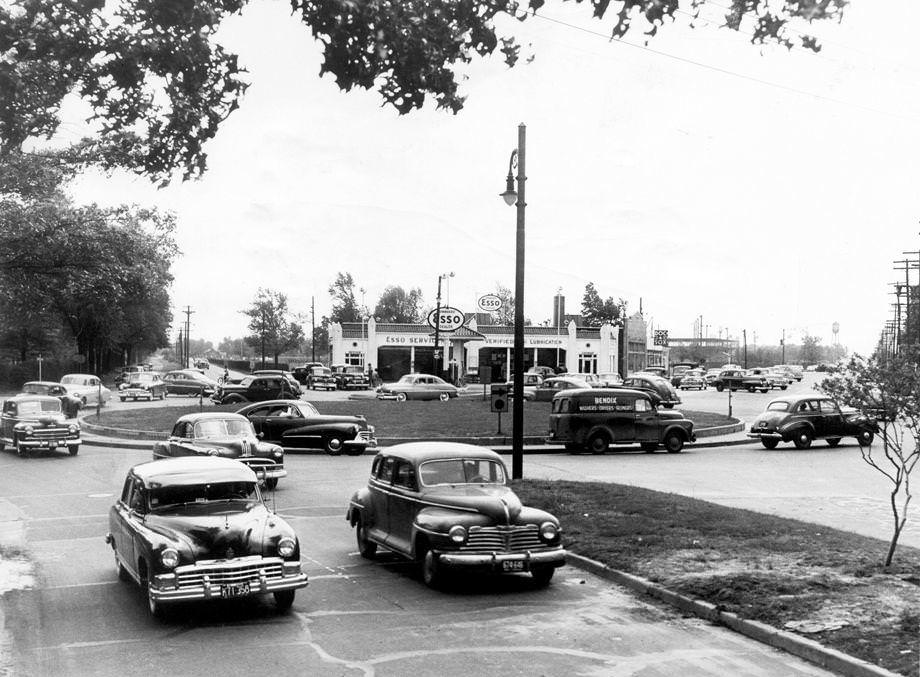
In November 1961, a $150,000 project removed the circle, added islands and traffic signals, and diverted some traffic around the busy intersection. City safety official John Hanna called the intersection the “most complicated we have had to redesign and signalize in the past 14 years.”
#28 Men dipping for herring in Falling Creek in Chesterfield County, 1955.
#29 The new whirlaway, a merry-go-round type of gadget turned by the foot power of dozens of students, was popular at Dumbarton Elementary School in Henrico County, 1953.
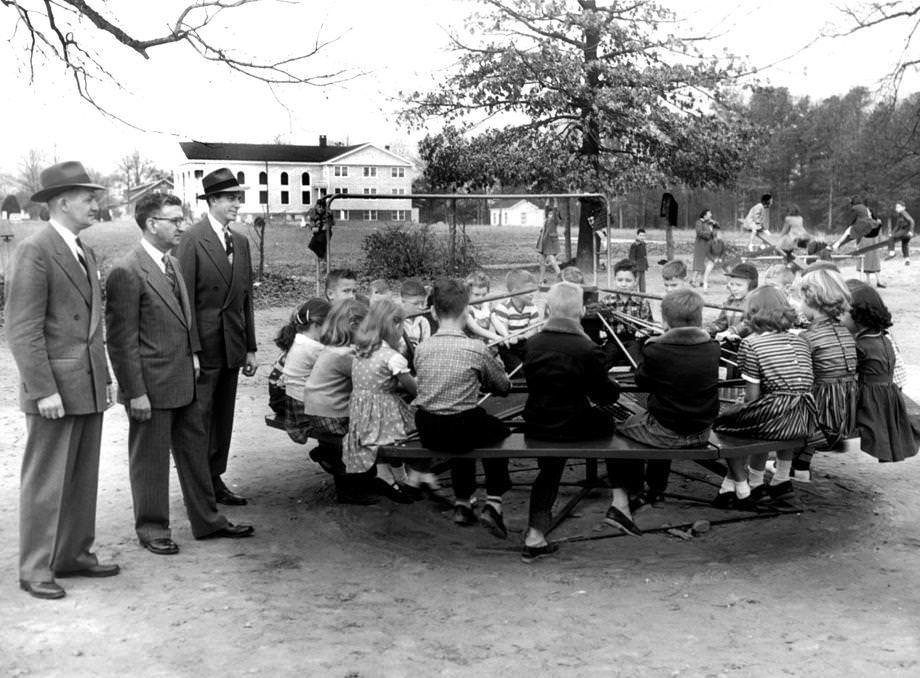
The attraction was part of a new set of playground equipment purchased with $750 donated by the Lakeside Lions Club. Watching the children (from left) were H.F. Taylor, Lions Club president; Joseph Rotella, school principal; and F.M. Armbrecht, chairman of the PTA recreation committee.
#30 One of “Dr. Duval’s pills,” part of a trio of 30-inch granite Turkish cannonballs, in its new location at John Marshall High School at Eighth and Marshall streets in Richmond, 1952.
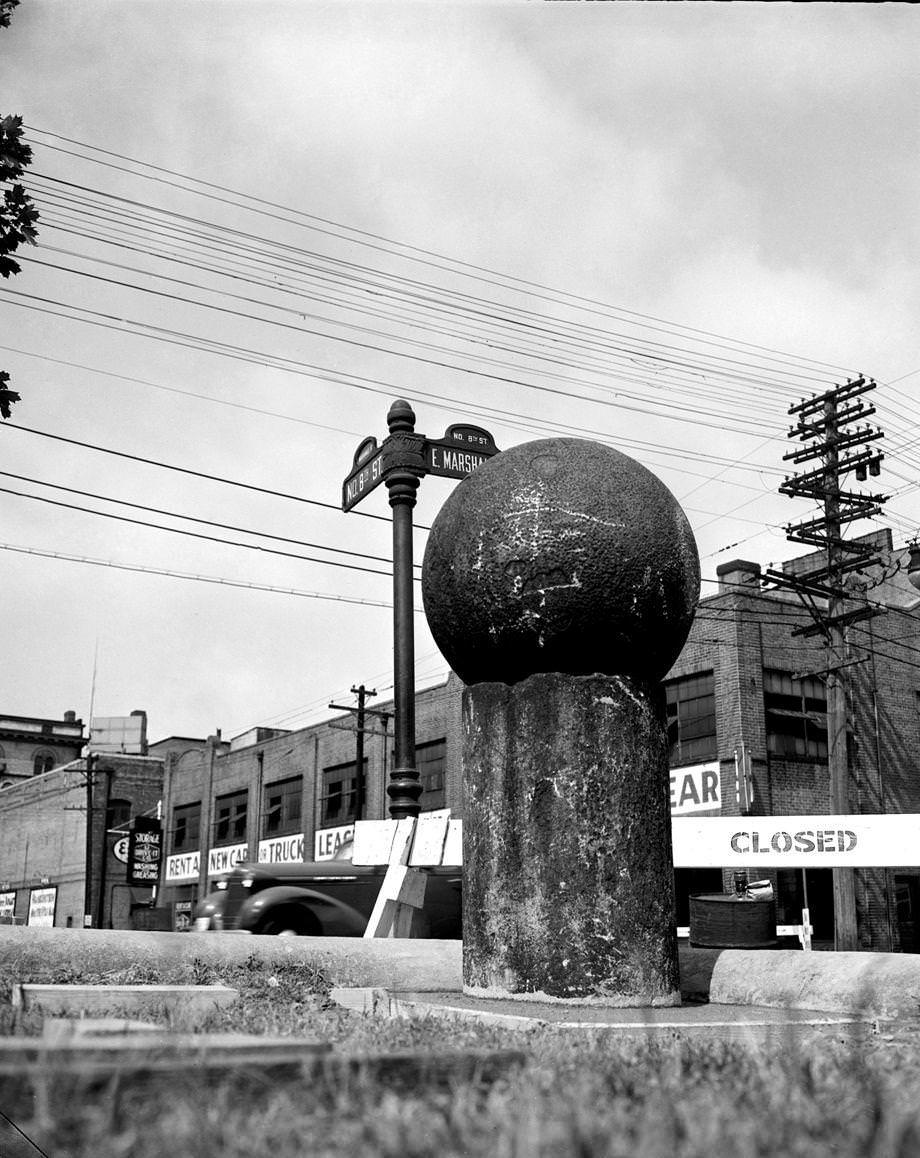
After standing for many years on a pedestal in front of Grays’ Armory at Seventh and Marshall, this one was destined to join its two mates at the city Works Department trash heap at the old fairgrounds, where those two had lain missing since World War II until being rediscovered in January 1952. This one was instead saved with a move out of the way of downtown traffic.
#31 A wagon, believed to have been Union Gen. Ulysses S. Grant’s during the Civil War, as it was retired to the Army’s Richmond Quartermaster Depot at Bellwood, 1952.
#32 Armistice Day ceremonies were held at the old John Marshall High School in Richmond, 1952.
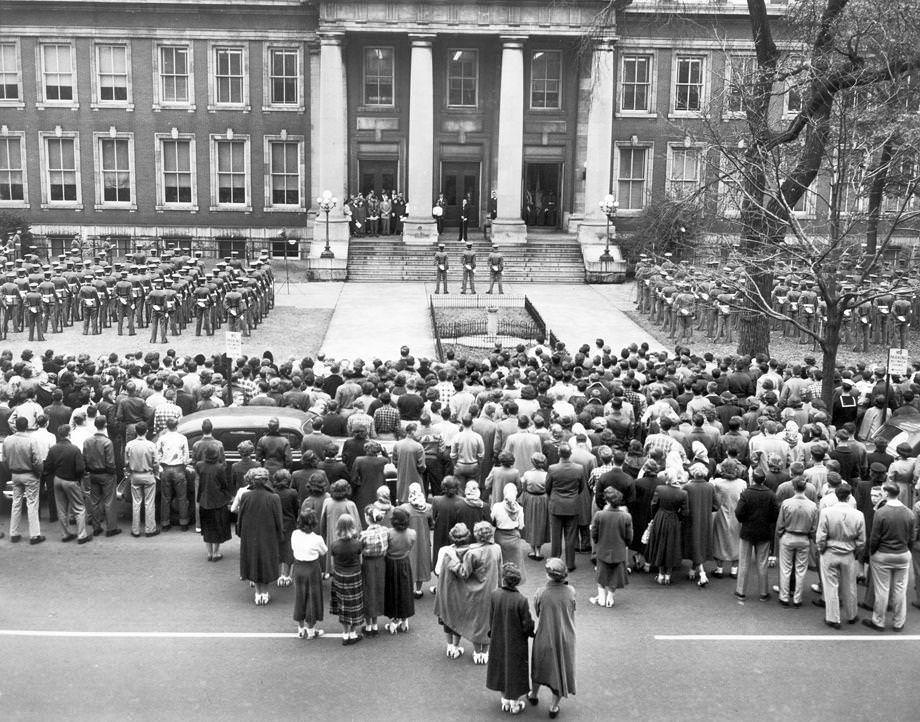
Today known as Veterans Day, the 1952 events marked the 34th anniversary of the end of World War I. At John Marshall, the school’s band and color guard took part in the service, and wreaths were placed on two plaques bearing names of former students who gave their lives in the two world wars.
#33 Gleeful children left Ginter Park School in Richmond as they were dismissed for the summer months – though they did need to return a few days later for their report cards, 1950.
#34 There were still working cart and wagon horses in Richmond, in addition to police horses that patrolled the streets, 1950.
#35 Reigning horse of the year Hill Prince came home to The Meadow, near Doswell in Caroline County, after suffering a leg fracture during training in California, 1951.
#36 The newly renovated Park Avenue Methodist Church, 1954.
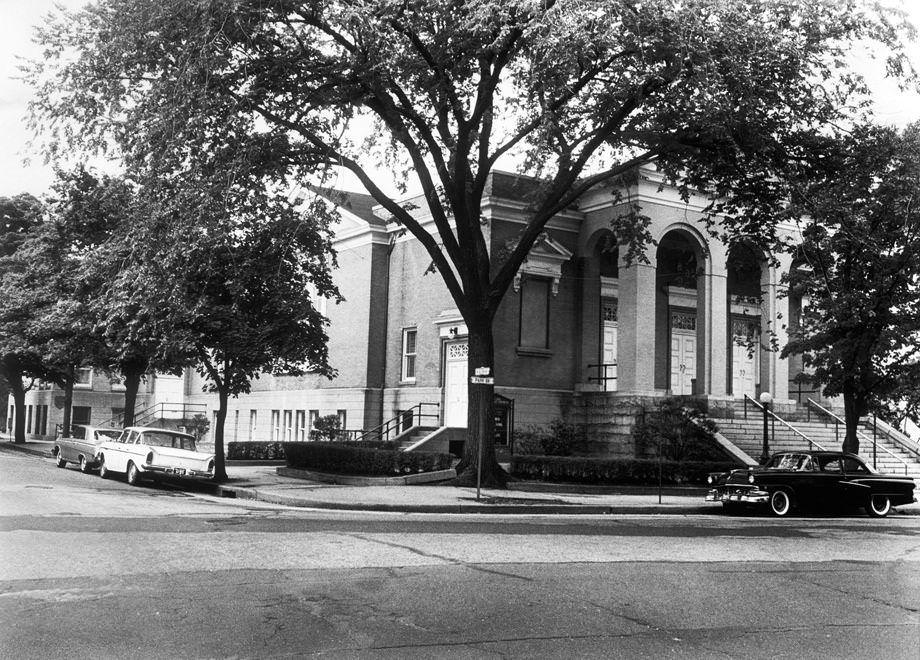
The building at Park and Allen avenues in Richmond housed Monument Methodist Church before a fire in 1950 caused extensive damage. The following year, that congregation was part of a merger that formed Reveille United Methodist. The Byrd Park Methodist congregation, later renamed to Park Avenue, moved into the structure in 1952. The building is now occupied by Community Church of God in Christ.
#37 The nation’s first 24-hour peacetime air raid alert system, called Operation Skywatch, began operation, 1952.
#38 University of Richmond basketball coach Les Hooker was surrounded by four returning members from the previous season’s team, which won the Big Six title in Hooker’s first season and earned him coach of the year honors, 1953.
#39 Members of the Richmond Square Dance Federation danced in Bon Air, 1953.
#40 Firemen W.M. Alley and J.B. Winston mounted Richmond’s oldest fire engine, Old 798.
#41 Dot Perkins led a dance class in “the hut” at the Powhatan Hill playground in Richmond, 1957.
#42 In September 1951, a boy fished at the dam of Lakeside Lake in Henrico County, 1950.
#43 A curb boy at Arnette’s Ice Cream Co., served Beverly Page French a banana split, 1950. T
#44 A group of costumed children celebrated Halloween at the William Fox playground in Richmond, 1954.
#45 James R. Osterbind posed for a photo during his workday at Tredegar Iron Works in Richmond, 1953.
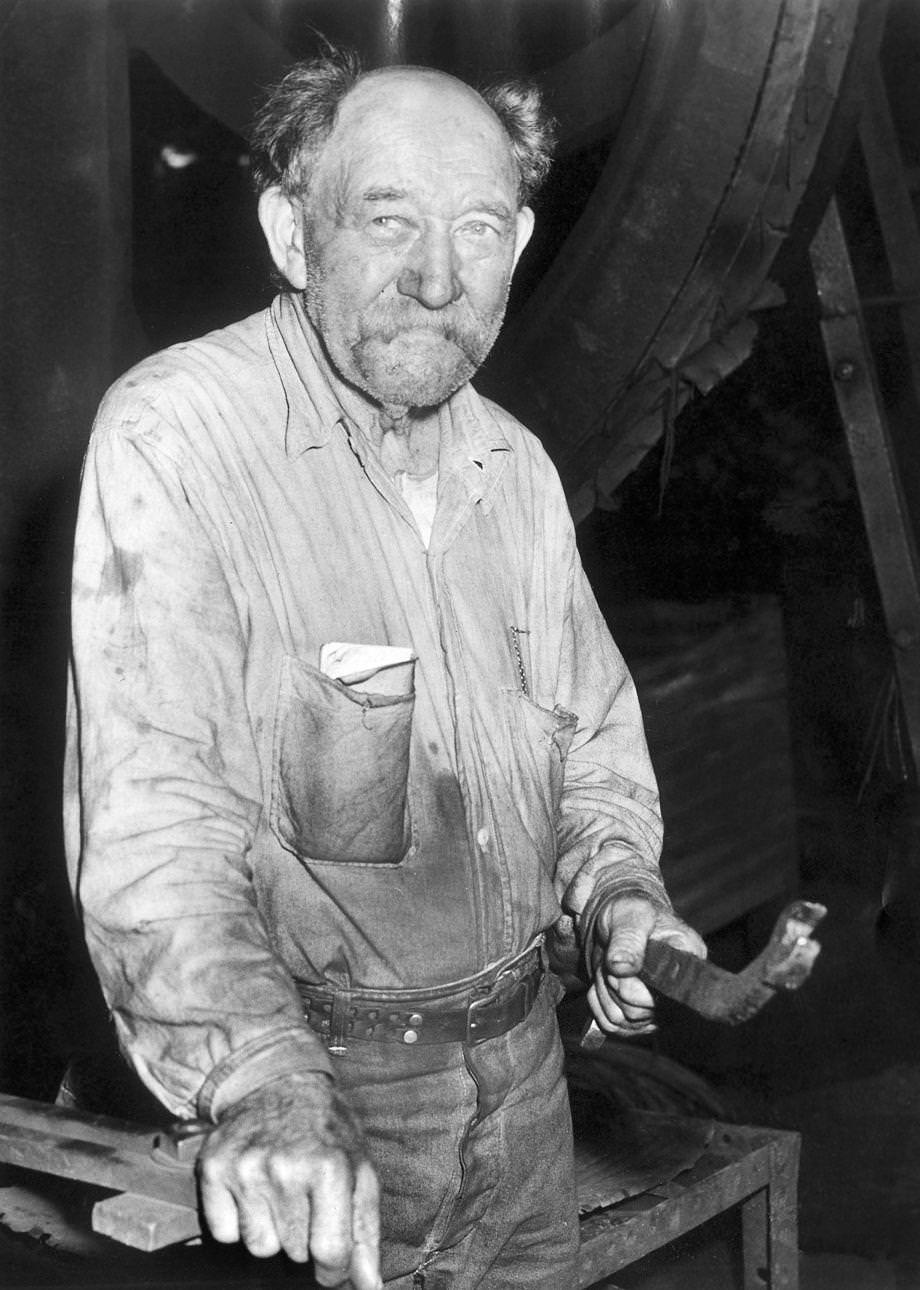
Osterbind was one of several members of his family who worked at Tredegar over the course of four generations. Tredegar opened in 1837, was a major manufacturing center for the Confederacy during the Civil War and continued as a production facility through most of the 1950s.
#46 Richmond city workers painted lane lines on Cowardin Avenue using a new power-driven machine, 1953.
#47 Traffic stacked up at Fifth and Franklin streets in downtown Richmond on a busy shopping day, 1954.
#48 Richmond in the 50s
#49 Shows the canal locks in downtown Richmond between 14th and Pear streets, 1953.
#50 Square dance caller Richard Chase taught playground directors some steps ahead o f a dance scheduled for the Byrd Park tennis courts in Richmond as part of Park and Recreation Week, 1951.
#51 Members of the Richmond Civic Ballet rehearsed for an upcoming performance, 1954.
#52 Students crowded into the new Douglas S. Freeman High School in Henrico County, 1954.
#53 Members of the Monacan Junior Woman’s Club sought volunteers for the upcoming blood drive at Tuckahoe Elementary School in Henrico County, 1953.
#54 Bobby Seal (left), 15, and Marvin “Kayo” Williams, 14, played billiards on the new table at the Salvation Army’s Red Shield Boys Club, which was on Church Hill in Richmond, 1950.
#55 About 100 firefighters needed four hours to control a blaze in the 700 block of East Main Street in downtown Richmond, 1957.
#56 Mrs. V.C. Wiltshire, 85, prepared for spring planting at her home on Patterson Avenue in Richmond, 1952.
#57 Mrs. R.L. Mattox showed off her unique mailbox at her home on state Route 35 in Prince George County, 1951.
#58 Ground was broken for the South Richmond Health Center at 14th and Bainbridge streets, 1950.
#59 Tennis players (from left) Cliff Miller, Al Dickinson and Bob Figg Sr. discussed the Country Club of Virginia’s annual tennis competition, which began the day before, 1953.
#60 Shoppers crowded the streets of downtown for Richmond Day, a promotion that began the year before, 1953.
#61 Melvin Doggett (left) and Jeff Martin sought relief from the summer heat … by getting even hotter, 1954
#62 East Broad Street in downtown Richmond at night, 1952.
#63 Sherry Gilman placed a letter in a barrel-turned-mailbox on Honaker Avenue in Richmond, 1950.
#64 Motorcyclists raced in the 10-Mile National Motorcycle Championship at the Atlantic Rural Exposition grounds in Henrico County, 1952.
#65 Firefighters battled at blaze at L.R. Brown & Co., a furniture store on Hull Street in South Richmond, 1952.
#66 Workers constructed a section of Forest Hill Avenue in South Richmond, 1951. The segment sits between Westover Hills Boulevard and Prince Arthur Road.
#67 Two women enjoyed the white sand beach of Cape Charles on Virginia’s Eastern Shore, 1951.
#68 Alonzo Moore, 74, walked down a street in Cape Charles on Virginia’s Eastern Shore and blew his horn, alerting locals to his sale of the fresh catch of the day, 1951.
#69 Richmond Department of Utilities workers used a 65-foot hook-and-ladder fire truck to install new lights on Broad Street after attempts to secure other ladder facilities from private companies had failed, 1953.
#70 The summer heat sent crowds to Pocahontas State Park in Chesterfield County for a swim, 1950.
#71 Clifford Burgess (from left), Harlean Bibb, Charles King and Shirley Kingsley, who attended Summer Hill School in South Richmond, practiced a square dance called “Duck for the Oyster”, 1950
#72 Barbara Kilday (from left), Becky Branch and Jill Arnold set up a net for tennis, 1950. The 14-year-olds were attending summer school in the Richmond area.
#73 Roman West pulled the cord of a steam whistle at T&E Laundry on Marshall Street in Richmond, 1951.
#74 Farmer Ray Welch of Northumberland County used his homemade portable corn elevator, 1950.
#75 A school group followed a nature trail at Forest Hill Park in Richmond and explored a wildflower preserve and bird sanctuary, 1950.
#76 A tugboat from New York City left Richmond’s Upper Terminal with three steel barges in tow, 1955.
#77 Students at Ridge School in Henrico County enjoyed their new merry-go-round, 1955.
#78 Ann Huxley adjusted the blade height on her lawnmower before cutting the grass at her home on Three Chopt Road in Henrico County, 1956.
#79 A dachshund float towered above spectators lining the curb during the Thalhimers Toy Parade in downtown Richmond, 1950.
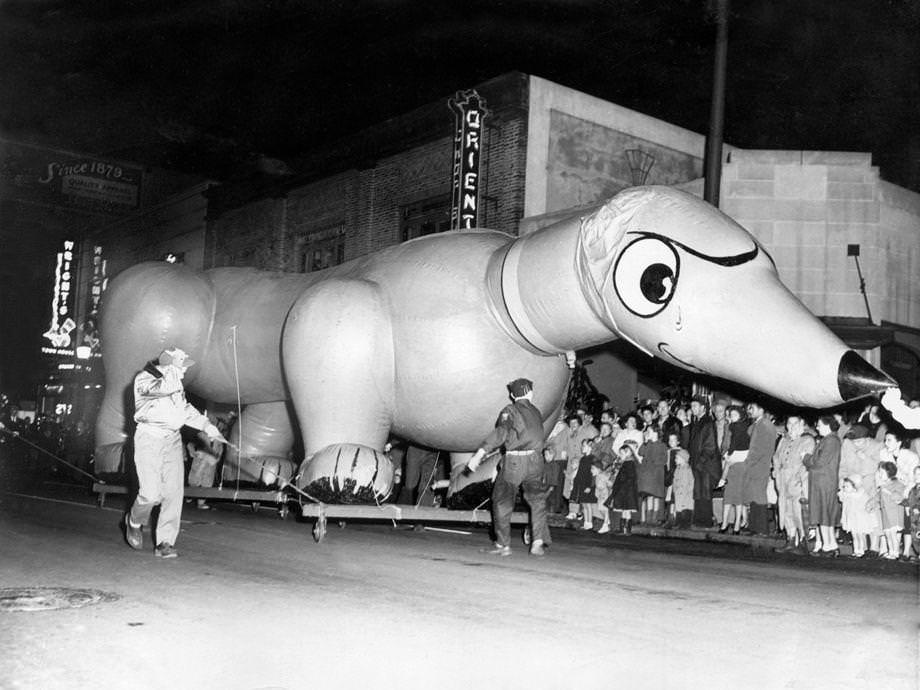
The parade was first held in 1929 and, after a pause during World War II, resumed in 1946. Thalhimers department store employees worked for months to build floats, design routes and prepare costumes. The parade was cancelled in 1973 as in-store activities took greater prominence.
#80 Mrs. Burlee stood on her front lawn at Tree Hill Farm in Henrico County’s Varina area and admired the view of Richmond, 1955.
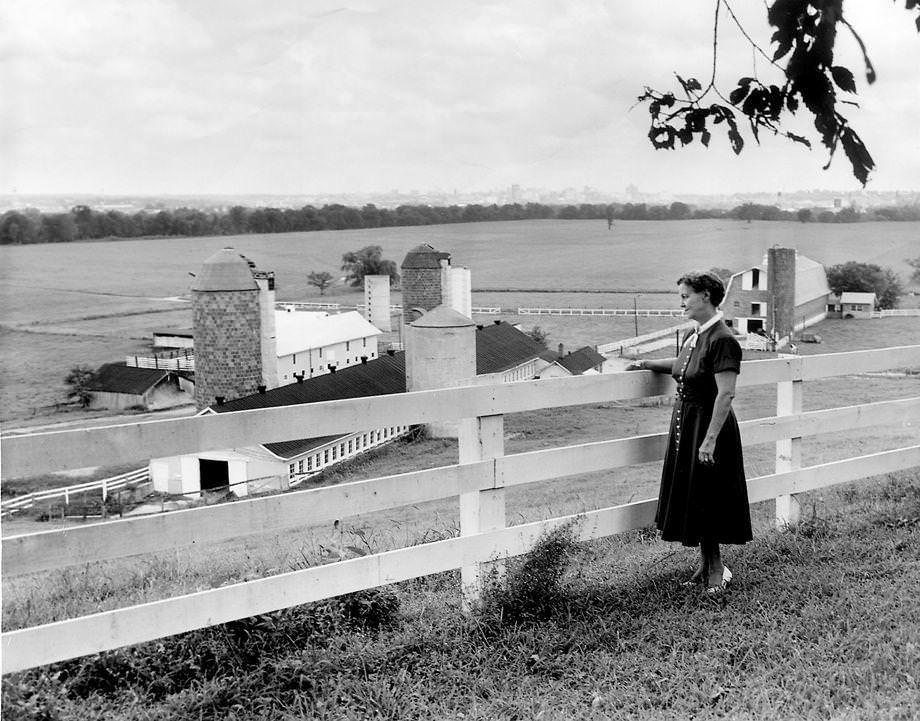
The farm dated to the 1700s, and a large oak on the property, which was felled by a storm in 2012, was known as the “Surrender Tree” – legend says it is where Richmond Mayor Joseph Mayo surrendered the city to Union forces in April 1865 near the end of the Civil War. More recently, the farm served as a set for the 2015 film “Ithaca,” starring and directed by Meg Ryan.
#81 Fredericksburg and Potomac Railroad conductor H.C. Rollins (right) and flagman C.H. Smith did pre-trip paperwork in a train caboose before a ride to Washington, 1953.
#82 L. Howard Jenkins, head of a Richmond book manufacturer that bore his name, supervised workers at his plant on West Broad Street, 1953.
#83 Mrs. J.H. Boxley diverted her husband’s attention from his bookkeeping to show off new inventory at the L’Pell’s clothing store they owned on East Grace Street in Richmond, 1951.
#84 One side of Bloemendaal House, the former home of Richmond businessman Lewis Ginter and now part of Lewis Ginter Botanical Garden, 1951.
#85 A 10-block section of Monument Avenue between Horsepen Road and Keystone Drive in Henrico County began carrying eastbound and westbound traffic on separate sides of the median, 1953.
#86 Lightning flashed over South Richmond during a storm that brought heavy rain and stiff wind to the city, 1953.
#87 Motorcyclists raced in the 10-Mile National Motorcycle Championship at the Atlantic Rural Exposition grounds in Henrico County, 1950.
#88 The truck was occupying what used to be the front yard of a house in the 6500 block, 1951.
#89 Area residents enjoyed a refreshing swim in the James River — a reprieve from record high temperatures during the spring month, 1956.
#90 Four girls played jump-rope in a Richmond city park, 1950.
#91 Women lounged on a floating platform at a swimming hole that was once a quarry, 1950.
#92 A full house at the Arena in Richmond watched the State Group 1 high school basketball tournament, 1956.
#93 Mrs. Hunter Jones hitched a ride behind a ski plane that was visiting Chesterfield County’s Parnell Field, which opened in March 1946 as the first postwar airport in the Richmond area, 1957.
#94 Central National Bank opened an “auto branch” at Third and Marshall streets in downtown Richmond, a block from the main office, 1955.
#95 Criglersville general store owner Robert H. Gibbs served customer Lindsay Utz while they discussed topics of the day, 1956.
#96 This coal bin in the Highland Springs High School shop building was cleaned out and converted into a practice room for the school band, 1950.
#97 The Sixth Street Market, where the city of Richmond was set to raise rents to be more in line with prevailing rates, 1950.
#98 Students at the Grace Arents School, located on Oregon Hill, were among those all over Richmond who participated in a fire drill, 1956.
#99 Shoppers on Broad Street in downtown Richmond rushed to find bargains at the fourth annual Richmond Day, 1955.
#100 Employees of the Virginia Division of Motor Vehicles on West Broad Street in Richmond prepared for an onslaught of customers before doors opened for business, 1959.
#101 A snowy slope at Forest Hill Park in Richmond came to life on a cold afternoon, 1955.
#102 The Richmond skyline as seen from the south end of the Lee Bridge, 1951.
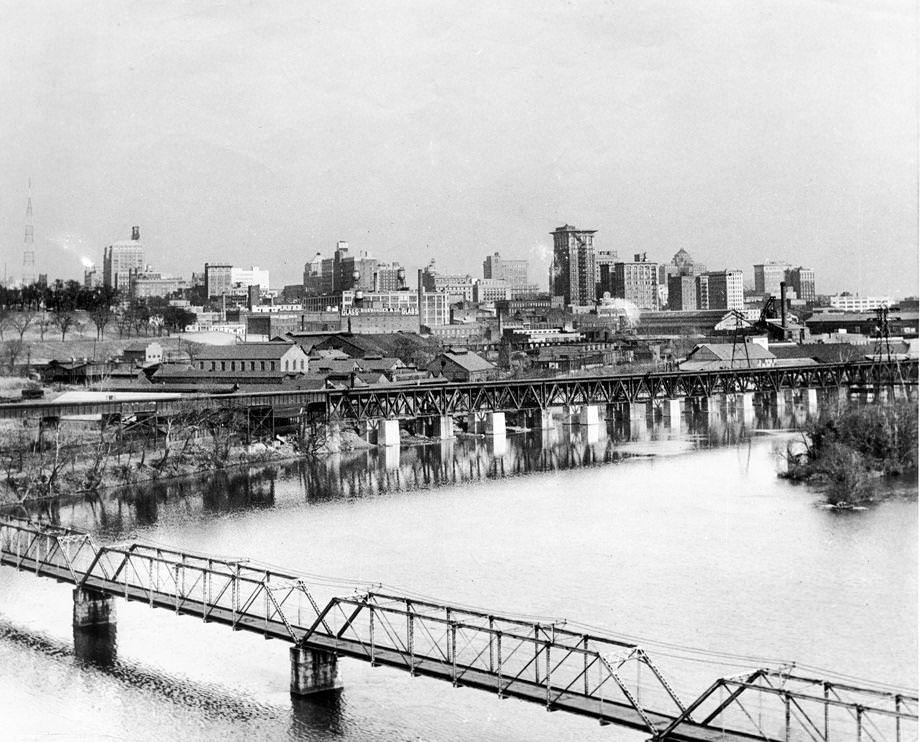
The span in the foreground was a small automobile bridge to Belle Isle, mainly used by employees working on the island. The bridge was largely washed away in rains from the remnants of Hurricane Agnes in 1972, and now only the supports and a small portion on the island remain.
#103 Swimmers cooled off on a hot day at Granite Quarry in Chesterfield County, 1954.
#104 Part of the ceiling of the Park Theater at 810 E. Broad St. collapsed during a showing, injuring 17, 1954.
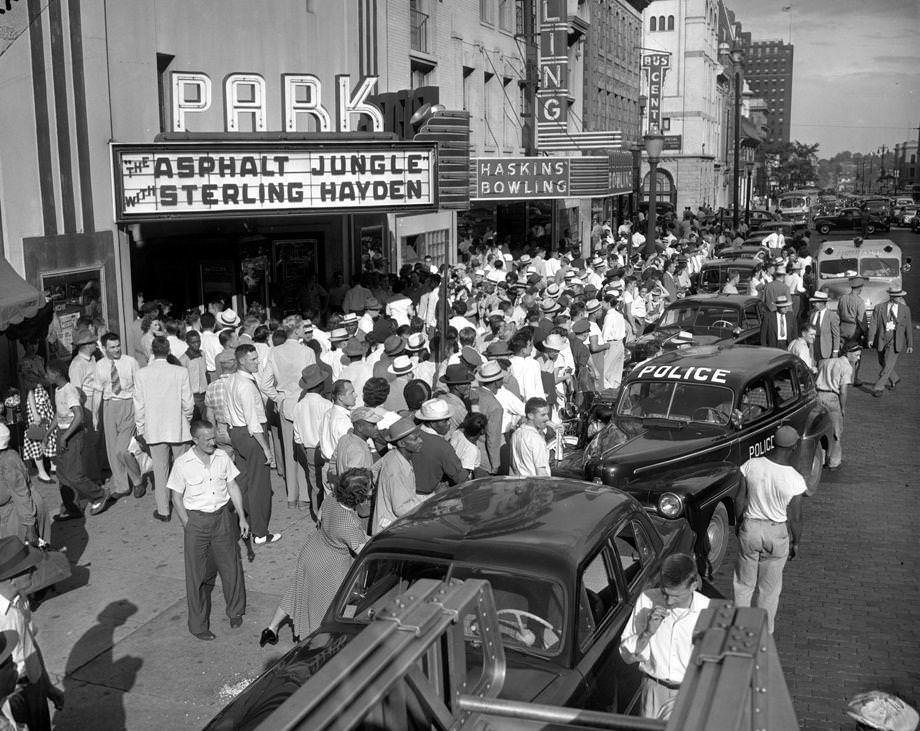
The theater, which reopened a month later after repairs, had a long history. It opened as the Lubin in 1909, became the Regent briefly in 1916 before changing name to the Isis in the same year. After closing in 1929, it reopened as the Park in 1938, then closed again in 1953.
#105 A tornado struck Richmond, causing massive damage in its 4-mile path of destruction –including a truck crushed by a fallen tree at Belvidere and Franklin streets downtown, 1951
#106 Queen Elizabeth the Queen Mother visited Richmond on a U.S. tour. Before a crowd of about 6,000 people at Capitol Square, Gov. Thomas B. Stanley escorted her into the Capitol for a tour, 1954
#107 Two boys surveyed the William F. Fox School, which they were ready to attend within days, 1953. The Richmond school, on Hanover Avenue in the Fan District, was dedicated in September 1911.
#108 Swift Creek Mill in Chesterfield County. Now home to the local theater, the site was built in 1663 as a gristmill and changed hands and functions many times over the centuries, according to the theater’s history.
#109 In October 1957, U.Va. faced Virginia Tech in the Tobacco Festival football game at City Stadium in Richmond.
#110 A surprise 5-inch snowfall covered Richmond and kept traffic on the slushy Lee Bridge moving slowly, 1950.
#111 View of a staircase at Old City Hall, 1959.
#112 Richmond’s triple railroad crossing 4th time in history 3 trains lined up TD Oct 13, 1958
#113 The view from Richmond’s Chimborazo Hill at twilight, looking across Fulton and the James River, 1955.
#114 New policewoman Martha S. Jackson placed one of her first tickets on an illegally parked car, 1952.
#115 Know-Your-Bank Week activities in Richmond included behind-the-scenes tours for bank customers and school students, 1952.
#116 The Deep Run races were held at the Atlantic Rural Exposition fairgrounds, now known as the Richmond Raceway Complex, 1951.
#117 W.H. Childress’ coonhound won best of breed at the Virginia Kennel Club’s 17th annual dog show at the Atlantic Rural Exposition fairgrounds, 1951.
#118 The Cary Street resurfacing project was approaching completion, 1950.
#119 The “Tummyache” persimmon tree in the back of Retreat for the Sick Hospital at Grove Avenue and Mulberry Street in Richmond, 1951.
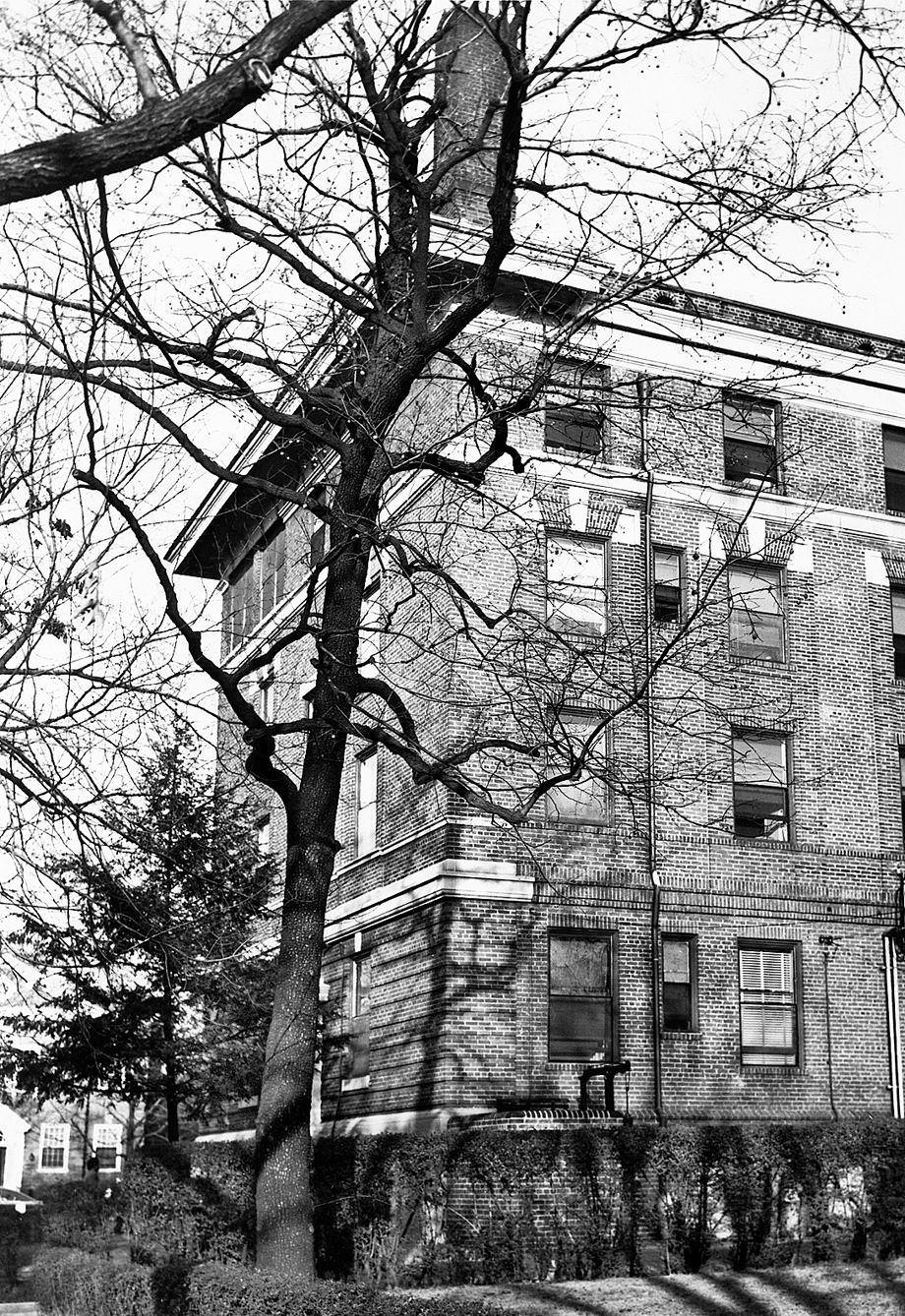
According to the story, in about 1922, the 6-year-old son of a preacher-farmer in Powhatan County kept eating persimmons one day until he developed a stomachache and was brought to the hospital. A doctor removed about a pint of seeds from the child’s stomach – and then planted one, which became this tree.
#120 St. Andrew’s School in Richmond’s Oregon Hill area. Noted philanthropist Grace Arents founded the school in 1894 and was a key supporter of St. Andrew’s Episcopal Church, 1951.
#121 Virginia Randolph attended the cornerstone-laying ceremony for a $262,000 addition to the former one-room schoolhouse in Glen Allen that she started in 1892 and that was named for her.
#122 The boys choir sang in All Saints Episcopal Church, which was then on West Franklin Street, 1954.
#123 The Chesapeake and Ohio Railway ran its first diesel-powered locomotives through Richmond on two of its passenger trains, 1951.
#124 Tobacco Row at Dock Street, where many cigarette manufacturers were located, 1956.
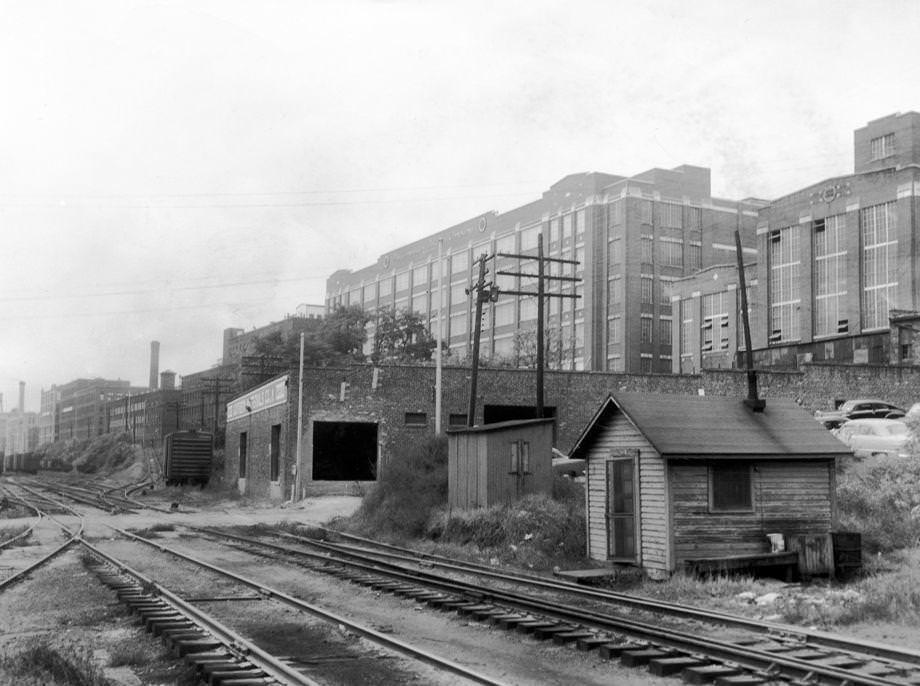
Tobacco planters and shippers started building facilities in Richmond in the 1600s. The brick buildings that stand there today were built in the late 1800s to early 1900s. The tobacco companies had moved out by the late 1980s, and today the old buildings have been converted mainly to retail and residential space.
#125 Some children took a rest and got a drink from a fountain in North Richmond located along the Richmond Henrico Turnpike, 1950.
#126 East Broad Street at Fifth Street in downtown Richmond shows crowds of holiday shoppers visiting such stores as Baker’s, Peoples Drug, Swatty’s Pants, Haverty’s Furniture and Raylass Department Store, 1950.
#127 The 3100 block of West Cary Street shows Lord’s Furniture and Hofheimer’s shoe store, 1951.
#128 Richmond celebrated Park and Recreation Week with a series of events, including an art carnival, puppet shows and concerts, 1950.
#129 Office of Price Stabilization regulations were posted at the Thalhimers department store, 1951.
#130 Richmond’s first black firefighting unit took charge of Engine Co. 9 at Fifth and Duval streets. Capt. J.G. Forristal, seated beside the driver, remained head of the station, and white members who waved to their colleagues were transferred.
#131 Grand Theatre at 620 E. Broad St. The theater opened in 1917 as the Bluebird, and in 1933, it reopened as the Grand, specializing in grindhouse and B movies, 1950.
#132 City Council was set to consider a request to abandon the stretch of 23rd Street between Cary and Dock streets, partially occupied by the railroad tracks seen in the distance, 1950.
#133 No players were in sight at the Byrd Park tennis courts, 1950.
#134 Adams Street at West Leigh Street, 1950.
#135 A multifaith Thanksgiving service was held at Monument Methodist Church, located at Allen and Park avenues in Richmond, 1950.
#136 The High’s Ice Cream store at 2410 E. Broad St. High’s operated a number of stores in Richmond and had a plant on West Broad Street – its opening-day special in 1932 was buy one Big Cone for 5 cents, get the second free, 1952.
#137 Virginia Randolph helped S.O. Spriggs, worshipful master of East End Lodge 233, A.F. & A.M., lay the cornerstone at a ceremony for a $262,000 addition to the former one-room schoolhouse in Glen Allen that Randolph started in 1892 and that was named for her.
#138 Amid high temperatures and humidity, Shields Lake in Byrd Park and other pools in Richmond were setting attendance records, 1951.
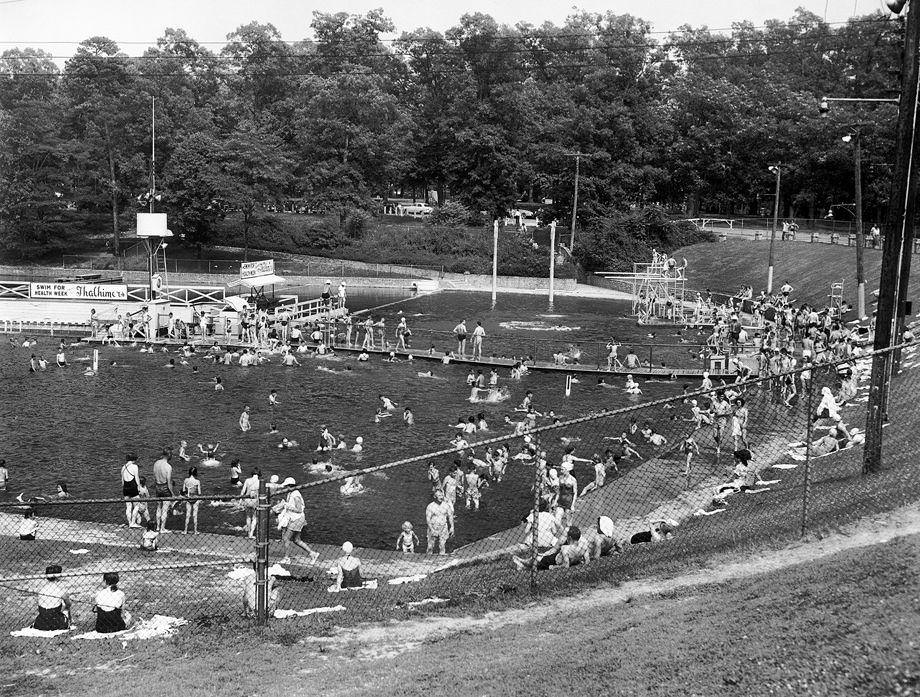
Shields Lake was a whites-only public swimming facility that was closed in 1955. City officials cited the high cost of necessary repairs, not court rulings against segregation, and said several new neighborhood pools could be built for less than renovating the lake facility.
#139 Newt, the fire dog at the Henrico County Fire Department’s Station No. 7. The station was formed in 1948 as the Glenwood Farms Fire Department, serving the Mechanicsville Turnpike area, 1954.
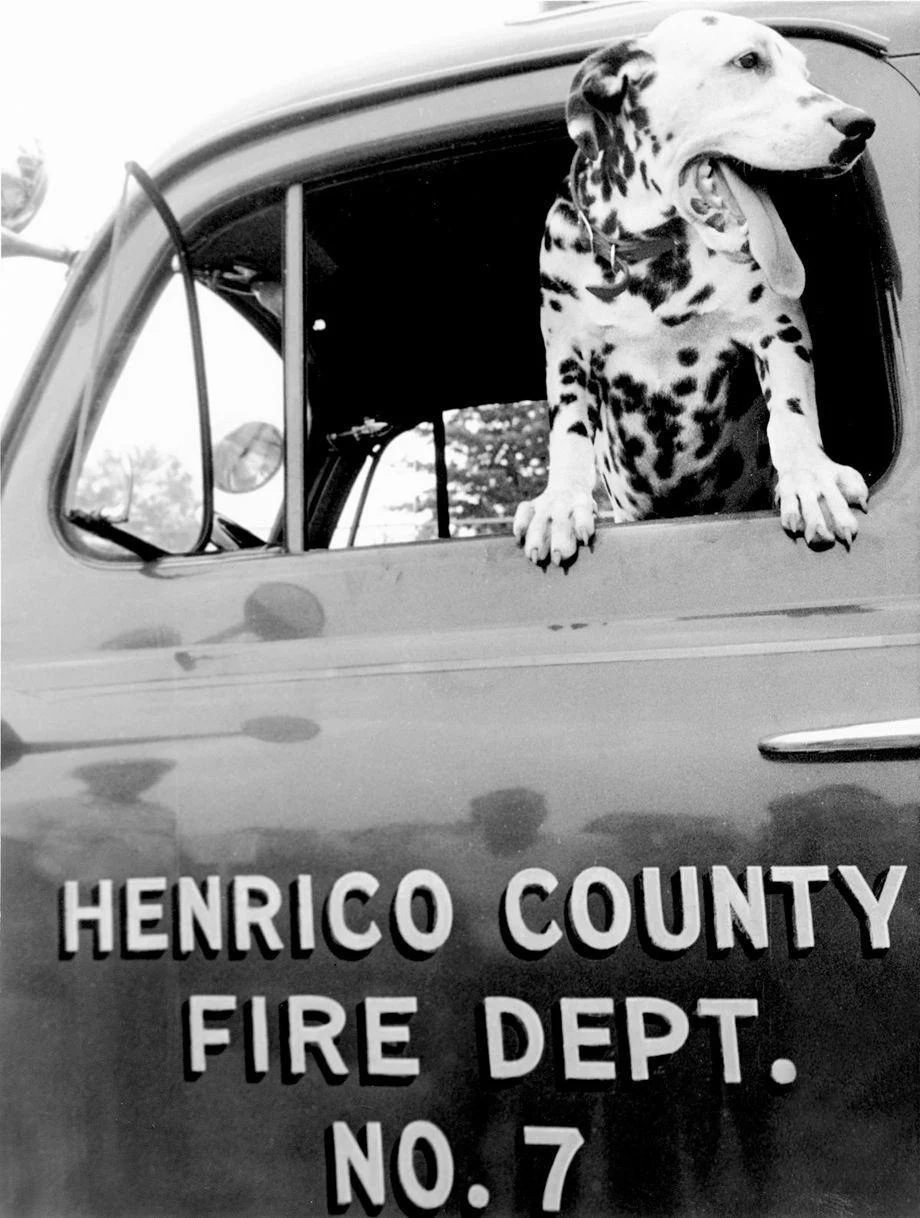
The next year, it was turned over from the Glenwood Farms Civic Association to Henrico County. This March 1954 image shows Newt, the fire dog at the Henrico County Fire Department’s Station No. 7. The station was formed in 1948 as the Glenwood Farms Fire Department, serving the Mechanicsville Turnpike area. The next year, it was turned over from the Glenwood Farms Civic Association to Henrico County.
#140 The state Capitol’s west wing, which was added in the early 20th century.
#141 Peoples Furniture Store at 514 E. Broad St., where the summer furniture sale included a chaise lounge with mattress for $18.95, 1950.
#142 McGuire Hall at 12th and Clay streets in downtown Richmond, 1950.
#143 Part of the Bellona Arsenal property in Chesterfield County, 1950.
#144 A visitor drinking the natural spring water from a fountain at South Richmond’s Fonticello Park, also known as Carter Jones Park, 1950.
#145 Two girls from the Belle Bryan Day Nursery visited Miller & Rhoads in downtown Richmond to see the Dunn Bros. miniature circus – “the biggest little show on Earth,” as it proclaimed itself, 1950.
#146 Three members of the Thomas Jefferson High School cadet corps completed their daily flag ritual, 1950.
#147 The Virginia War Memorial was dedicated despite the statue “Memory” still being unfinished, 1956.
#148 The area at the intersection of Axtell and Jesse streets in downtown Richmond, 1950.
#149 Three young polio patients in iron lungs were transported by truck and train from Roanoke to Richmond, where they could undergo long-range treatment at the Medical College of Virginia Hospital, 1951.
#150 Work to improve the 100 block of Broad Street, looking west from First Street, was completed, 1951.
#151 Temperatures reached into the mid-80s, and people around the area found ways to enjoy the unseasonably warm weather, 1952.
#152 The interior of the City Garage at the old fairgrounds property near Parker Field, 1951.
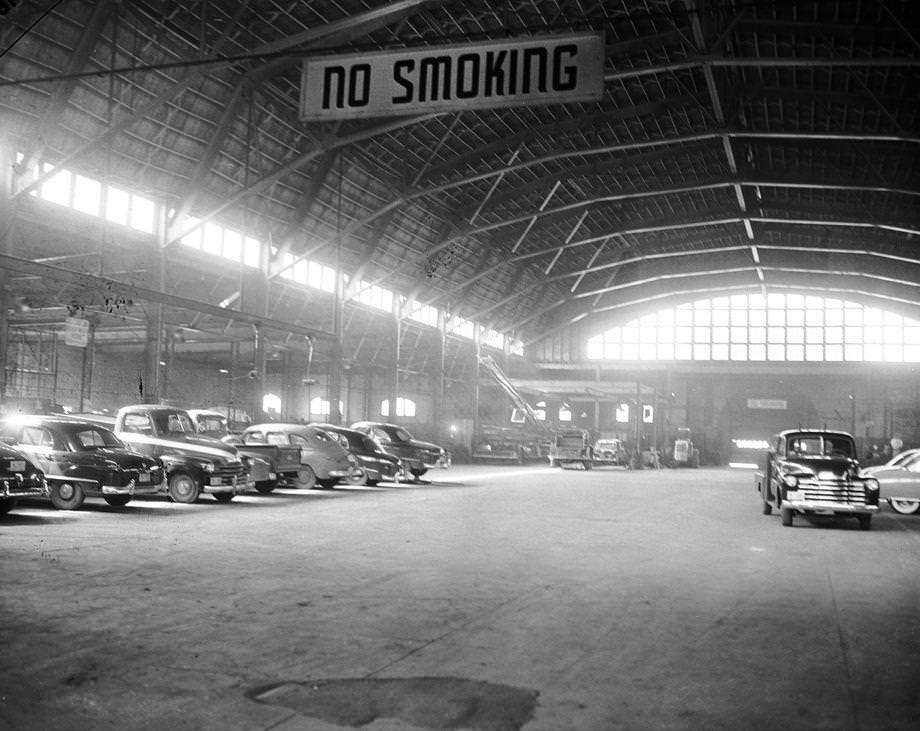
From its opening in 1908 until 1954, the facility served as an administration building, Army induction center and Army motor pool before housing the city’s cars. In 1954, the building became The Arena and hosted sporting events, concerts, shows and exhibitions for more than 40 years before being torn down in the late 1990s to make way for Sports Backers Stadium.
#153 The 1st Precinct police station at 17th and East Broad streets faced an uncertain future after the decision to consolidate it with the 2nd Precinct station on Marshall Street, 1951.
#154 The Ann Lewis women’s clothing store at 309 E. Broad St. in downtown Richmond, 1951. That year, fall suits were on sale for $11, and dresses for only $5.44.
#155 The Staples Mill Pond froze, giving people the chance to dust off their ice skates and have some fun, 1951. The pond was a popular ice-skating spot whenever it froze.
#156 The speed limit on Monument Avenue inside the city was 25 mph, 1951.
#157 Edition of The Times-Dispatch included a photo essay and story on train and car safety, 1951.
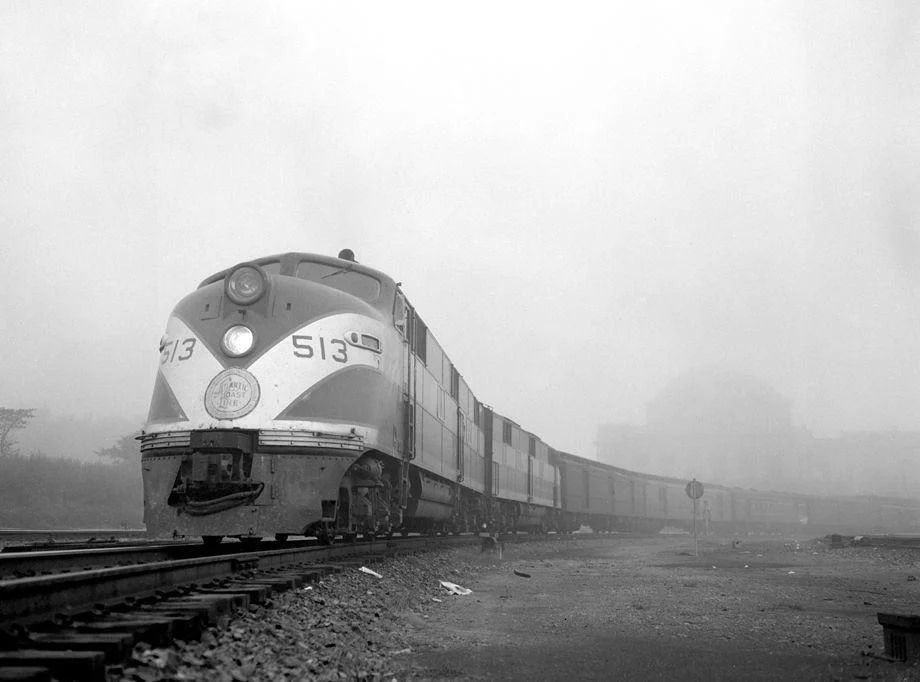
This image of an Atlantic Coast Line diesel locomotive – with Broad Street Station barely visible in the background through fog – illustrated the need for heightened vigilance in bad weather to avoid collisions between trains and cars. The story said there were 122 such accidents in Virginia in 1949, with 23 people killed.
#158 A 10-car accident on the Lee Bridge snarled traffic both ways during rush hour, 1950. There was only one minor injury, and none of the vehicles sustained serious damage.
#159 The Haverty’s furniture store at the corner of East Broad and Fourth streets downtown, 1950.
#160 Children playing on the Westwood Terrace playground, 1950. Some new homes in the development were offered for less than $10,000 that year.
#161 The horse fountain on Shockoe Lane, the small stretch at 13th and East Cary streets that is now referred to as Shockoe Slip, 1950.
#162 The 176th Infantry of the Virginia National Guard was training at Camp Pickett in preparation for possible duty in Korea, 1950.
#163 Three stores opened for business in Southside Plaza, then part of Chesterfield County, 1957.
#164 Trucks loaded with wheat during the harvest season had a long wait – including along the Mayo Bridge – to reach the Cargill Inc. grain elevator at First and Hull streets in South Richmond, 1952.
#165 Richmond was preparing to raise the daily sanitation tax on street vendors at the Sixth and 17th Street markets from 10 cents per day to 25, 1951.
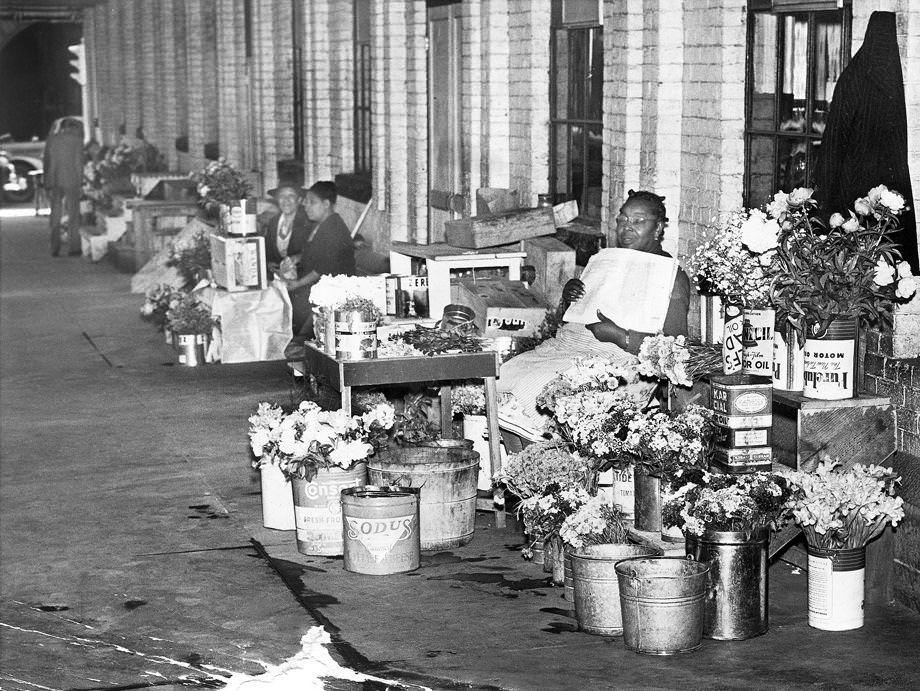
The additional revenue would largely offset the $9,300 the city spent to clean the streets annually. Some felt that flower vendors at the Sixth Street market, as pictured here, should not have to pay as much tax, but city officials saw no way under the law to charge them less.
#166 The Harper’s Department Store at 201 E. Broad St. The store opened in 1933 as The Linen Mart, 1950.
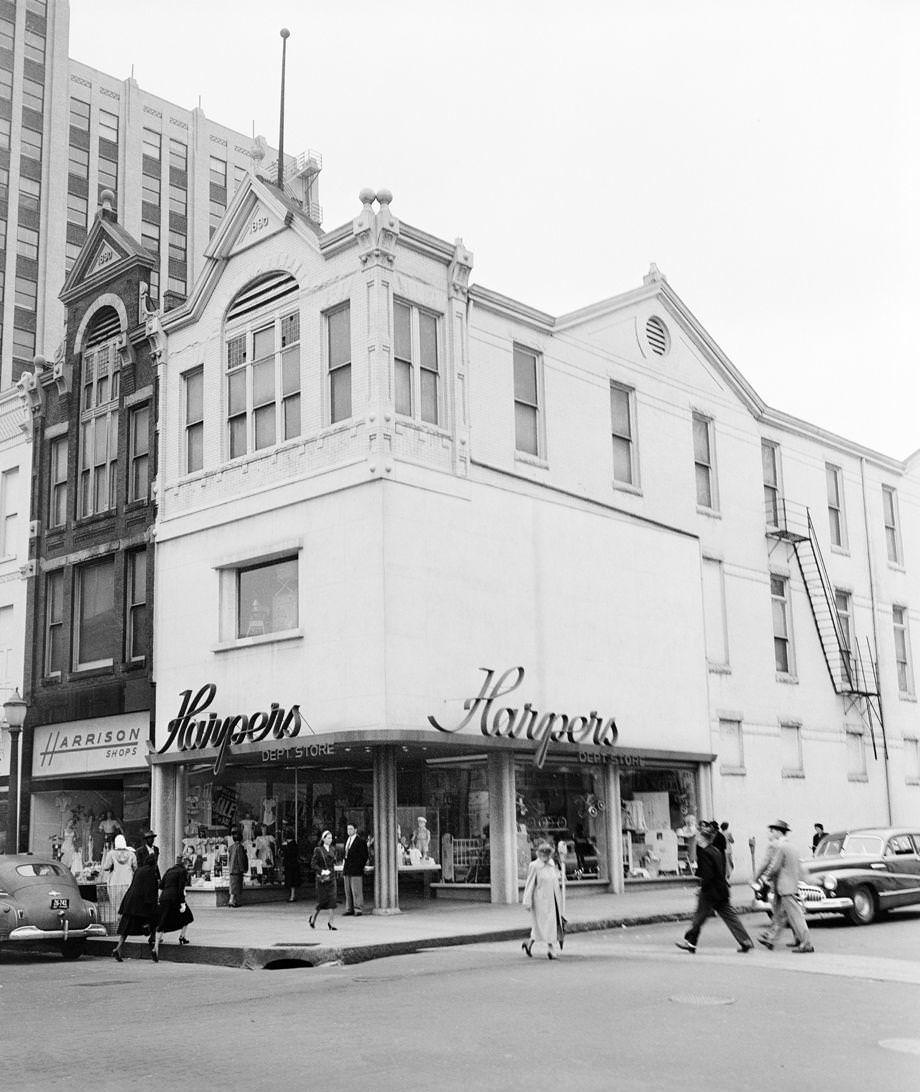
After closing in 2006, the store was sold to developers who found the contents to be a bit like a time capsule, with items dating back decades – including a men’s leather jacket priced at $10 and a boy’s three-piece wool suit with dress shirt for $4.99. The contents were bought by two local collectors. The building still stands unoccupied.
#167 Lovick Law, sergeant-at-arms for the House of Delegates, had his badges and flowers adjusted by majorettes while attending the Virginia Democratic Convention in Roanoke, 1952.
#168 Frigid temperatures put the Chimborazo Park fountain in a frosty state, 1951.
#169 The old church tower on Jamestown Island. The structure is the only 17th century above-ground building that still stands there, 1953.
#170 The Woolworth’s at Fifth and Broad streets in downtown Richmond, 1957.
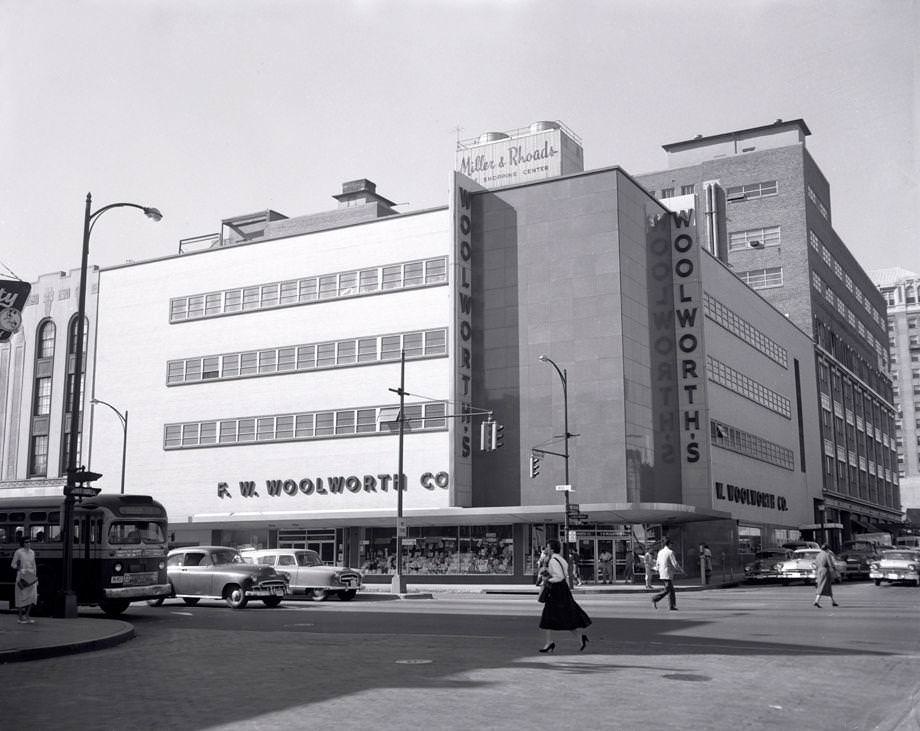
The $1 million building opened in September 1954, and it housed several departments for the nearby Miller & Rhoads, which had an earlier store on the site in the late 1800s. An ad for the Woolworth’s Easter sale offered handbags for $1, records for 99 cents, and cowhide and plastic belts for between 39 and 98 cents.
#171 The First Market building, which was razed in 1961. This site now houses the 17th Street Farmers Market, but its history as a public gathering place and market dates to the 1700s, 1953.
#172 East Main Street near 10th Street in downtown Richmond, with Rao’s Restaurant on the corner at left, 1953.
#173 Lady Wonder, Richmond’s psychic horse, spelled out a greeting when a reporter visited for her latest predictions, 1950.
#174 Willie Bradby (left) and Pamunkey Chief Tecumseh Deerfoot Cook checked a shad net on their reservation in King William County, 1950.
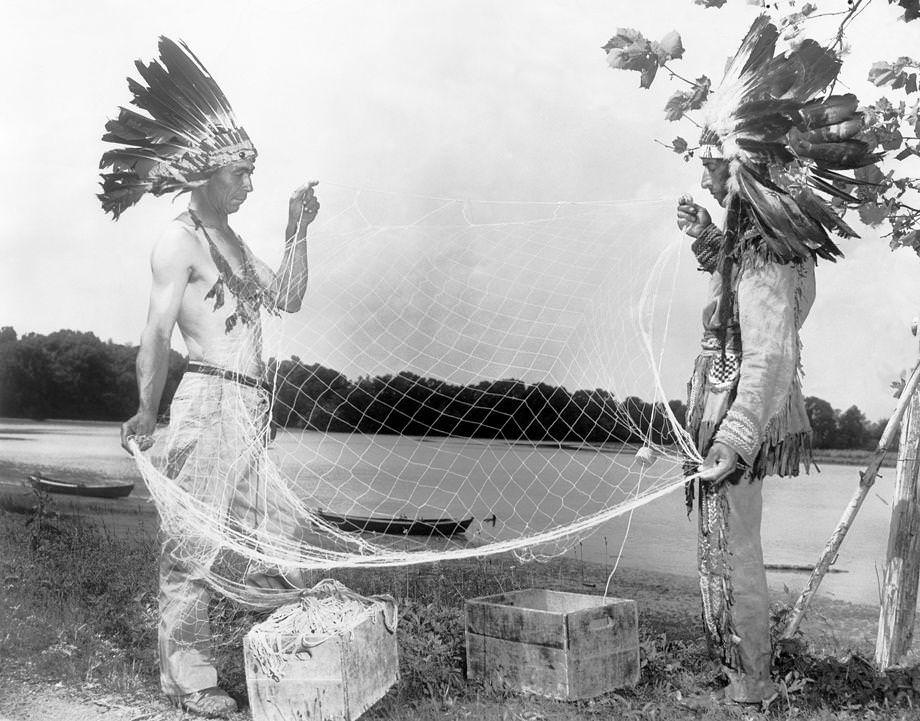
The tribe had a profitable year from fishing, so it made a donation to the Richmond Memorial Hospital building fund in memory of tribe member Charles Bush, who had been killed in World War II. The chief noted that sick tribe members were treated at Richmond hospitals, so the Pamunkey wanted to help the construction effort.
#175 Pedestrians scurried across a busy Broad Street at Fourth Street in downtown Richmond as Christmas shopping was in full swing, 1955.
#176 The parking lot was full at the new Food Fair grocery store on West Broad Street in Richmond, near downtown, 1959.
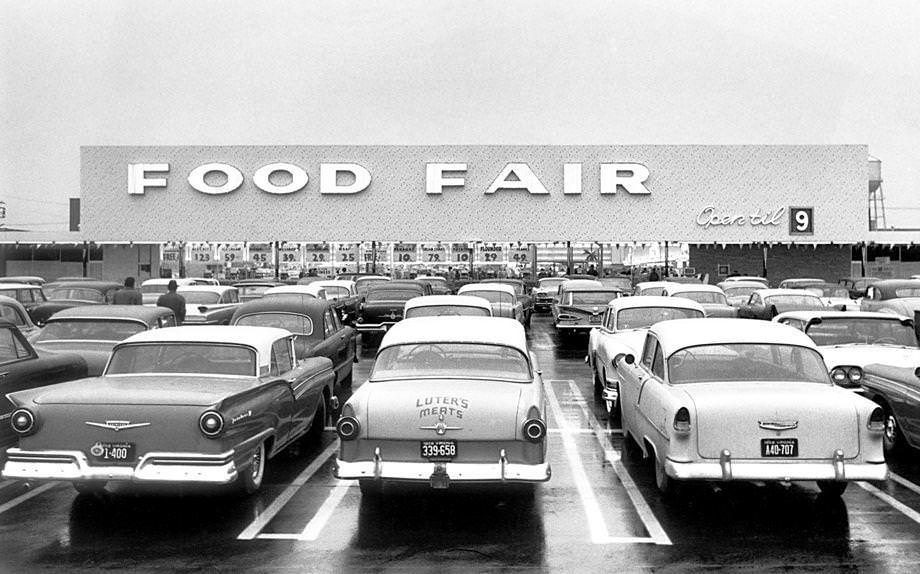
The chain, founded in Pennsylvania, was one of the largest in the country at the time and was planning a half-dozen or more stores in the Richmond area. (The grand opening here was supposed to feature retired Army Gen. Omar Bradley, who was on Food Fair’s board of directors, but he instead had to appear as a witness at a trial.)
#177 Ewing Krainin was in Richmond to take a series of pictures for a national magazine, 1951.
#178 The Monument Avenue median adorned with autumn leaves, 1952.
#179 Postman Sam H. Mellichampe delivered mail in a long line of boxes at a trailer park near Petersburg. He said the row of mailboxes was the longest on his route, 1959.
#180 The Seventh Street parking garage in downtown Richmond was the largest of 54 properties, valued collectively at about $1.2 million, that were slated for condemnation by the city as part of plans to build a civic center, 1959.
#181 Phyllis Grove (from left), Alta Strickland and David Fridley analyzed cigarette smoke using a gas chromatograph at Philip Morris in Richmond, 1959.
#182 Traffic moved through the intersection of Grace and Belvidere streets in Richmond, 1958.
#183 Richmond Mayor F. Henry Garber crowned Grace Jacqueline Allen as Miss Virginia during a ceremony at the Jefferson Hotel downtown, 1958.
#184 Jewell Mason, one of Richmond’s few female cab drivers, chatted with her husband, Otha, who also drove cabs, 1950s.
#185 A street-widening project continued along Patterson Avenue in Richmond’s West End, 1958.
#186 A Chesterfield County farmer welcomed the sight of rain clouds, though they didn’t yield any rain, 1958.
#187 An explosion at Merchants Ice & Cold Storage Co. at Sixth and Byrd streets in downtown Richmond killed seven people and shattered windows up to seven blocks away, 1956.
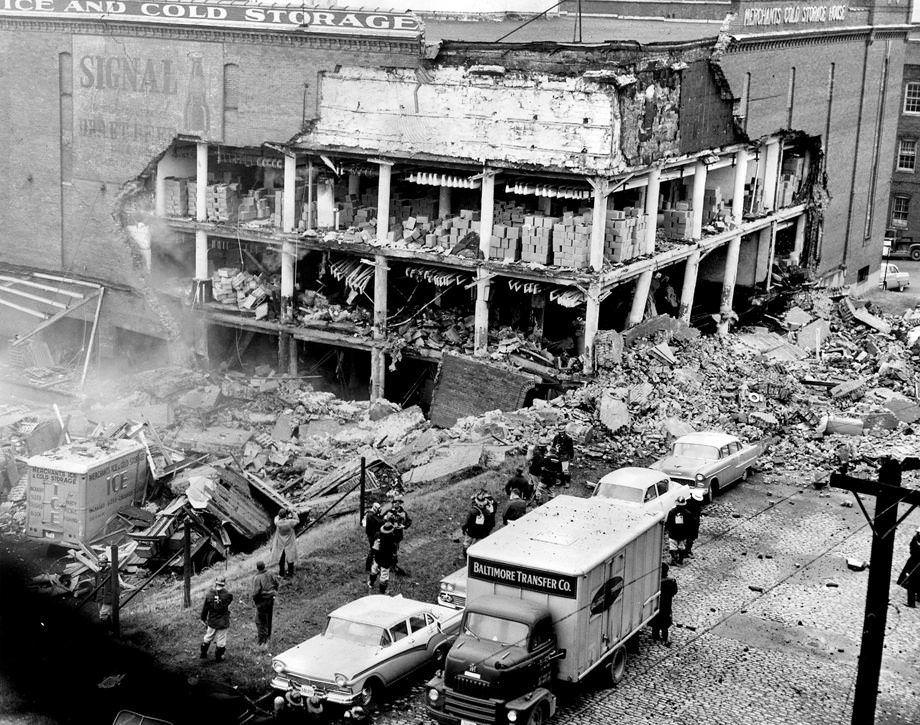
Firefighters were quick to the scene but had to retreat as a cloud of ammonia, leaking from refrigeration equipment, hovered over the destruction (there was no fire). In December, a jury decided that the city was at fault, as evidence pointed to a leaking underground gas main.
#188 “Teen Age Party,” a televised music and dancing show for the younger crowd, was broadcast on Saturdays from the WRVA Theatre in downtown Richmond, 1956.
#189 Protesters marched through the rain to the state Capitol in Richmond to support school integration, 1959.
#190 Richmond got an early dose of winter, with 2 inches of wet snow and record cold temperatures, 1954.
#191 Three stores opened for business in Southside Plaza, then part of Chesterfield County, 1957.
#192 Construction along Patterson Avenue between Libbie and Maple avenues in Richmond, 1959.
#193 A yard full of bicycles made clear that classes were back in session at Westhampton School in Richmond, 1958.
#194 Bill Shockley of Greenville, S.C., spun out in an eight-lap midget auto heat on the half-mile dirt track at the State Fairgrounds, 1958.
#195 Jimmy Harrison gave some friends a ride to school in his antique car, 1959.
#196 Donnie and Bobby Alvis enjoyed the first days of spring in Richmond with appropriate seasonal company: a baby lamb and new blossoms, 1959.
#197 Reynolds Metals Co. employees Ethel Blue (left) and Bonnie Foy enjoyed some sun at the company’s new office space in Henrico County, 1958.
#198 The Richmond skyline from the south bank of the James River, 1959.
#199 Cars were parked along 17th Street in Richmond looking toward Main Street, 1959.
#200 Judy Moss, a Hermitage High School freshman took a spin on roller skates as she practiced her routine at the Arena, a roller-skating rink at Boulevard and Hermitage Road, 1958.
#201 A bridge that was part of a Belvidere Street extension project near Chamberlayne Avenue in Richmond neared completion, 1958.
#202 The Town Motel had just opened at Belvidere and Rowe streets near the Virginia War Memorial in Richmond, 1959.
#203 George Richardson of Richmond glided along the Rappahannock River in his yacht, Hummingbird, 1958.
#204 A line of vehicles moved along Chamberlayne Avenue at Lombardy Street on Richmond’s North Side, 1958.
#205 Cars filled the parking lot at Parker Field as about 6,500 people watched the Richmond Virginians split a double-header with the Buffalo Bisons and retain the lead of the International League, 1959.
#206 This horse and wagon raced through the streets of Church Hill in Richmond before stopping after hitting a car, 1958.
#207 Buildings at Fifth and Marshall streets in downtown Richmond that were soon to be razed to make way for a parking lot, 1958.
#208 Mamie Eisenhower, shown here in Richmond in the 1950s, glamorized cattleya orchid corsages like no first lady before or since.
#209 NAACP delegates waited to appear before a Virginia General Assembly committee that was conducting an investigation into the group’s activities, 1957.
#210 A view of the F.W. Woolworth Co. store at 509 E. Broad St. downtown in June 1950.
#211 New York Yankee star Mickey Mantle (center) had breakfast with teammates Bill Miller (left) and Jerry Coleman at the Hotel John Marshall before the team played the Richmond Virginians on April 8, 1954, to open Parker Field.
#212 Famed chef James Beard visited Thalhimer’s new fine foods shop and conducted cooking demonstrations, 1955.
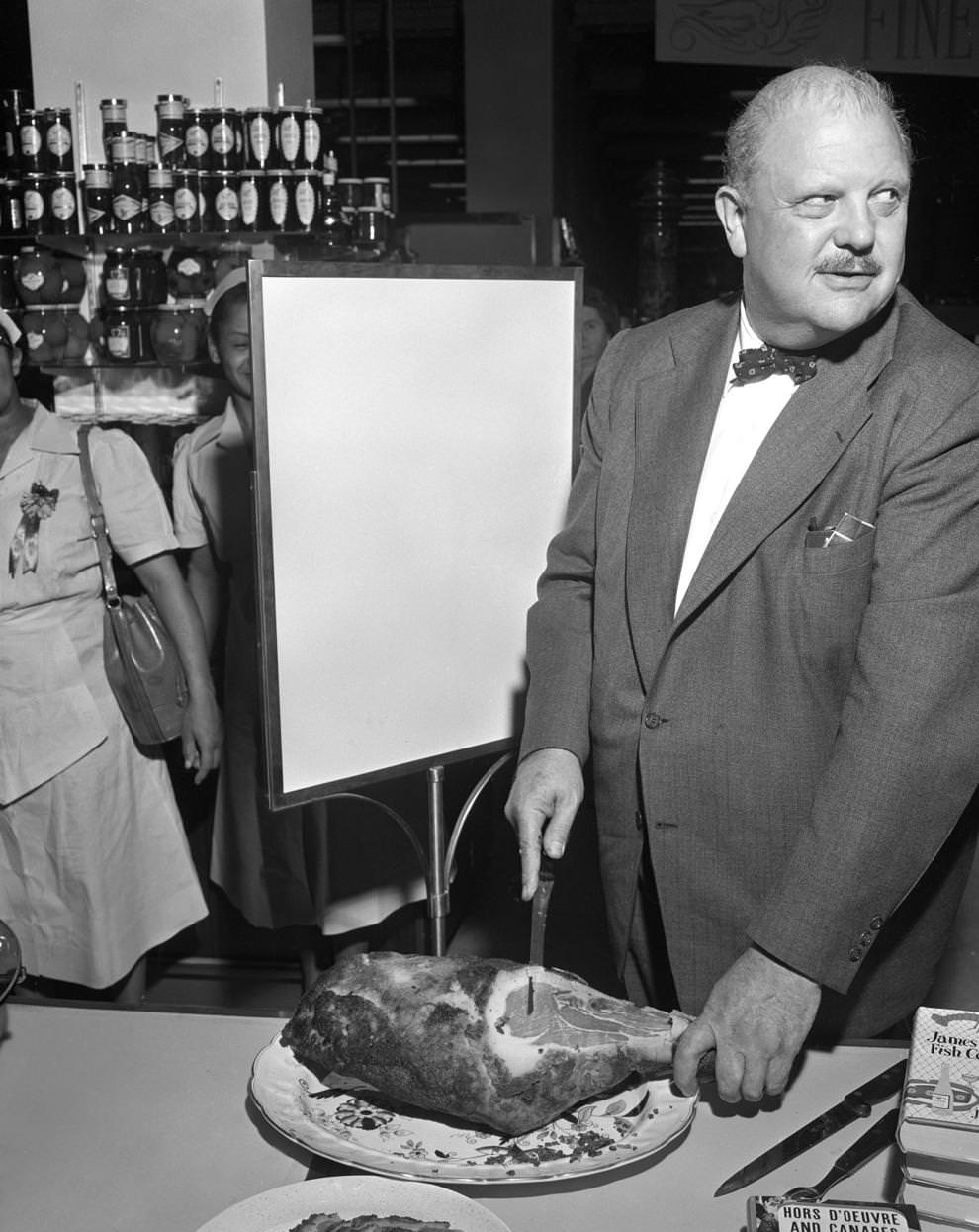
Beard enjoyed dining on ham on Mondays, but he parted with tradition when carving Virginia's own Smithfield ham: He preferred the European method of slicing it crosswise in long, thin slices that begin near the shank end and run roughly parallel to the bone. The annual James Beard Foundation Awards will be announced today and on Monday. The foundation, formed after Beard's death in 1985, issued its first awards in 1991.
#213 Burning of Richmond street cars 1950.
#214 Floats in the National Tobacco Festival parade completed their promenade around City Stadium before the football game between the University of Richmond and Hampden-Sydney College, 1954.
#215 Miller & Rhoads, 1951
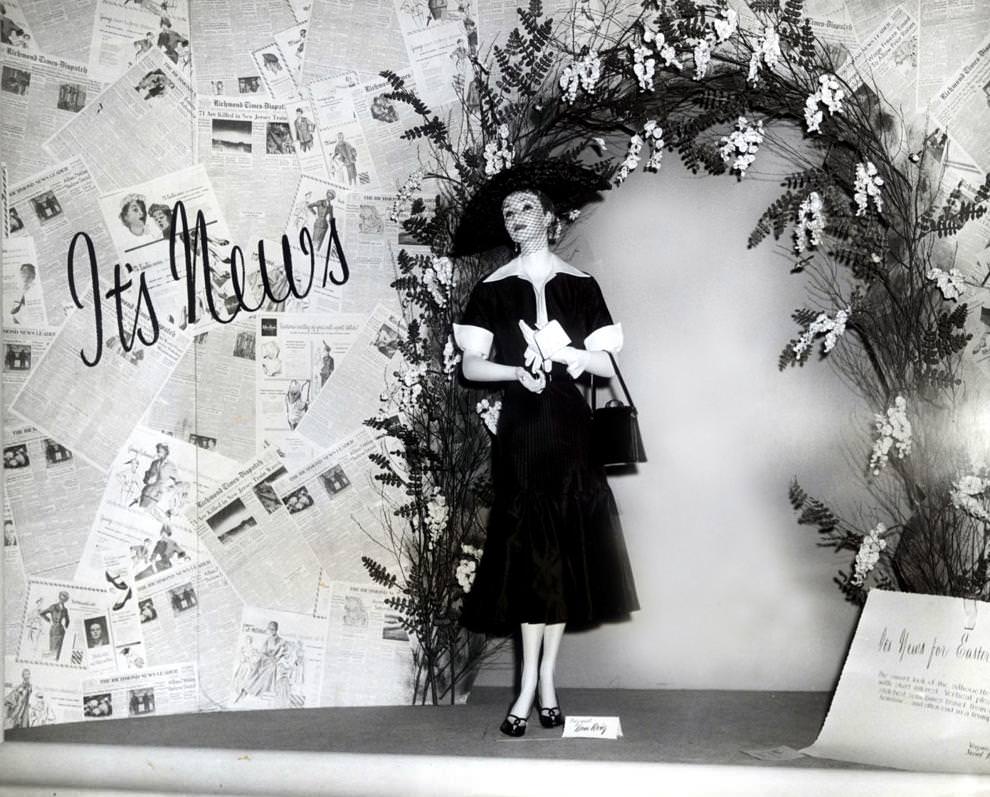
This window display, using Richmond Times-Dispatch and Richmond News-Leader pages for a background, was set up in a Grace Street window of Miller & Rhoads in connection with the approach of Easter and new spring finery. Addison Lewis was director of window displays at the department store for 52 years, a span in which the scenes became extremely popular.
#216 Gleeful children left Ginter Park School in Richmond as they were dismissed for the summer months – though they did need to return a few days later for their report cards, 1950.
#217 The nation’s first 24-hour peacetime air raid alert system, called Operation Skywatch, began operation, 1952.
#218 Richmond homemaker G.F. Sutliff sported casual attire while shopping at a neighborhood market, 1953.
#219 Children prepared for lessons at Brook Pool in Richmond as part of Swim for Health Week, 1950.
#220 Five members of the Goldwyn Girls, who made an appearance in Richmond during the National Tobacco Festival, bid farewell to a local representative, 1955.
#221 Pratt’s Castle, built as the Richmond private home of William Abbott Pratt in the 1850s.
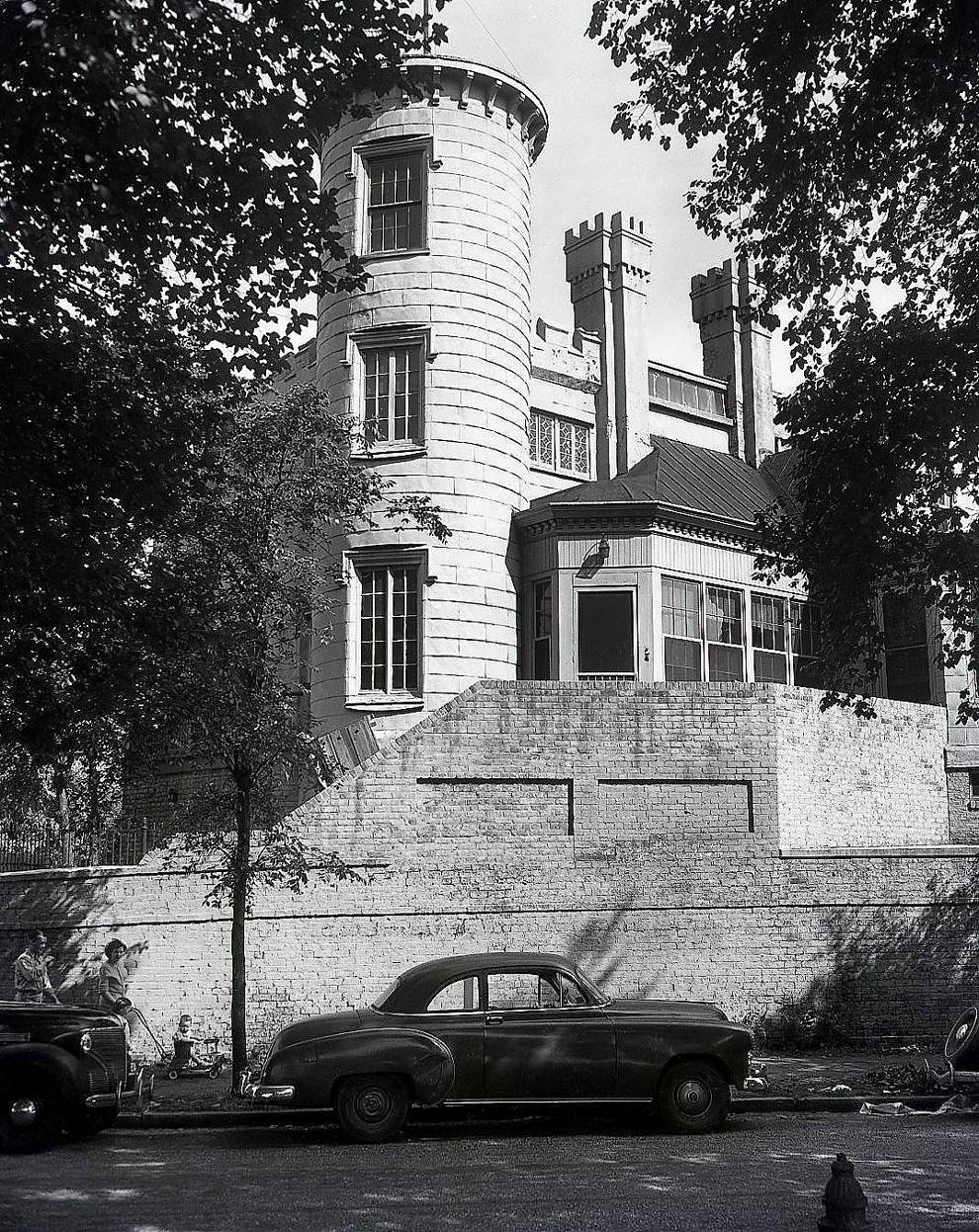
Pratt used all of his fortune to construct his castle, which was modeled after the estates of his Scottish relatives. The castle sat on the southern tip of Fourth Street on Gamble’s Hill, overlooking the James River. It was demolished in the late 1950s to make way for the headquarters of what became Ethyl Corp.
#222 A curb boy at Arnette’s Ice Cream Co., served Beverly Page French a banana split, 1950.
#223 Richmond News Leader city circulation manager E.H. Collins examined one of the first papers to come off the new press, 1950.
#224 “Teen Age Party,” a televised music and dancing show for the younger crowd, was broadcast on Saturdays from the WRVA Theatre in downtown Richmond, 1956.
#225 Richmonders attended a square dance at the Byrd Park tennis courts to kick off Park and Recreation Week. Other events included festivals, concerts, games and exhibits, 1954.
#226 Byrd Field dedication, 1950
#227 On the police range at the mosque are policewomen Martha Jackson (left), Thelma Wilkinson, Dorothy Tyler, Mary Berry, and Virginia Galyano. Note to LB: From the RVA News website: Since taking over ownership, the city has used the mosque in several ways, 1950s.
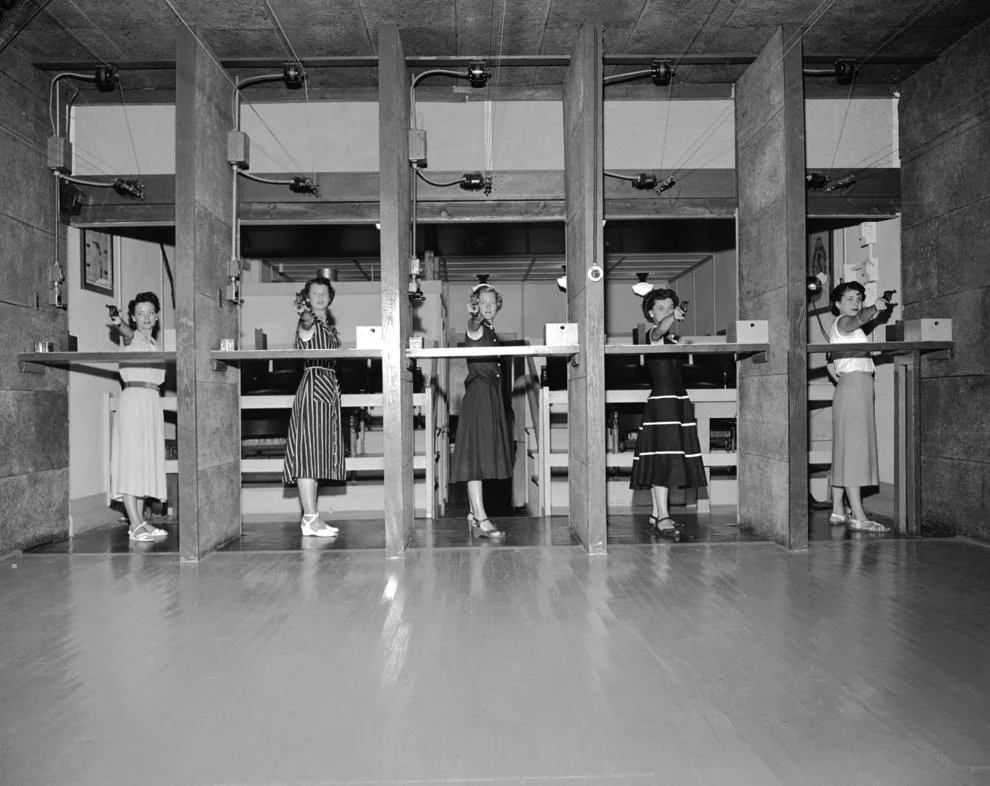
In the 1950s, the Richmond Police used one the building’s two subterranean floors as a Police Academy. The Police converted the three-lane bowling alley into a shooting range for cadets (shooting was suspended during performances to not alarm theater goers).5 VCU held their class registration at the Mosque for several years until 1984.
#228 Just before 2 p.m., a rare triple railroad crossing was organized in Richmond, 1958.
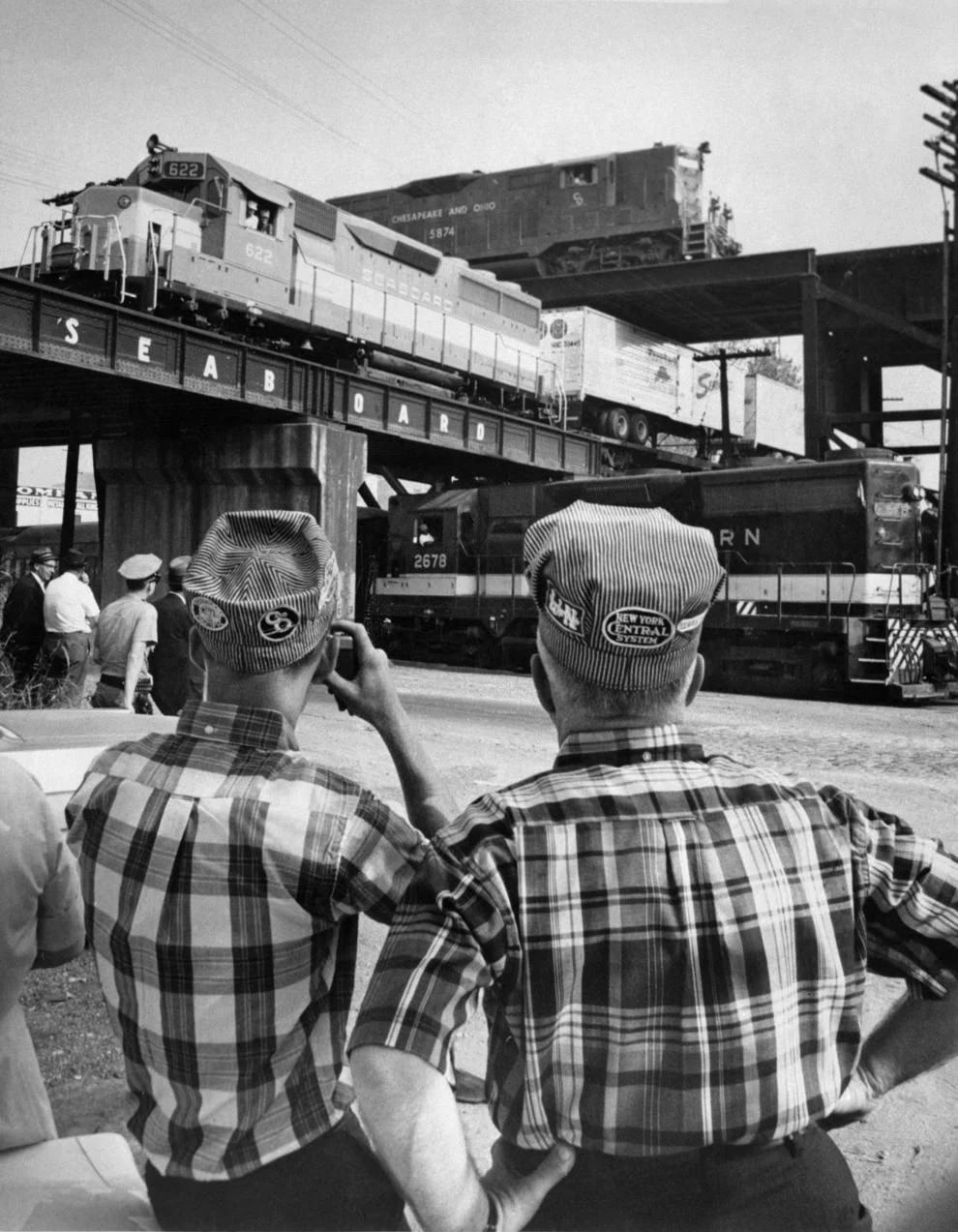
Officials of the Southern, Seaboard, and Chesapeake and Ohio railroads arranged for trains to cross simultaneously -- a staging they had done previously in 1911, 1926 and 1949. The event lured local and out-of-town rail enthusiasts. (TONING COMPLETE) - Richmond's triple railroad crossing 4th time in history 3 trains lined up TD Oct 13, 1958
#229 The building, at Madison and Grace streets in Richmond, that once sat downtown and housed First Presbyterian Church, 1955.
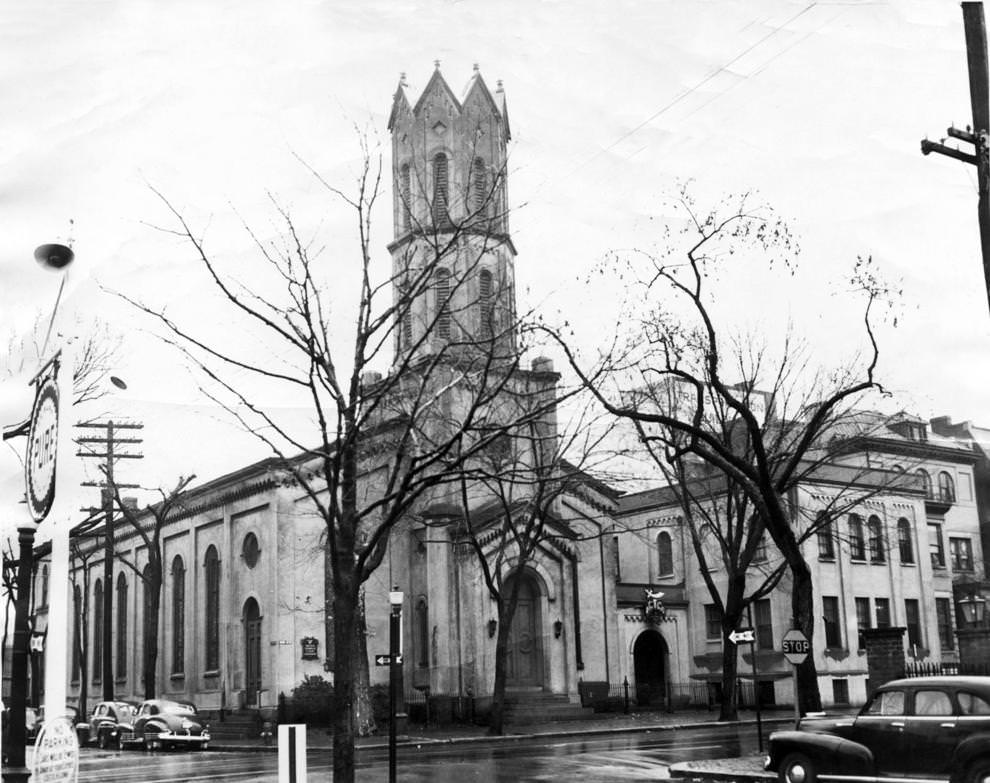
Completed in 1853 at the current site of Old City Hall, the building’s outer shell was moved to Madison and Grace in the mid-1880s to make room for the city building. In 1943, the Acca Shriners, who had lost the Mosque (now Altria Theater) during the Great Depression, purchased the old church building. They used it until the mid-1950s; the building has since been torn down.
#230 Main Street Station downtown at a time when there was discussion about moving all passenger train traffic to Broad Street Station, 1958.
#231 Virginia Randolph attended the cornerstone-laying ceremony for a $262,000 addition to the former one-room schoolhouse in Glen Allen that she started in 1892 and that was named for her, 1950.
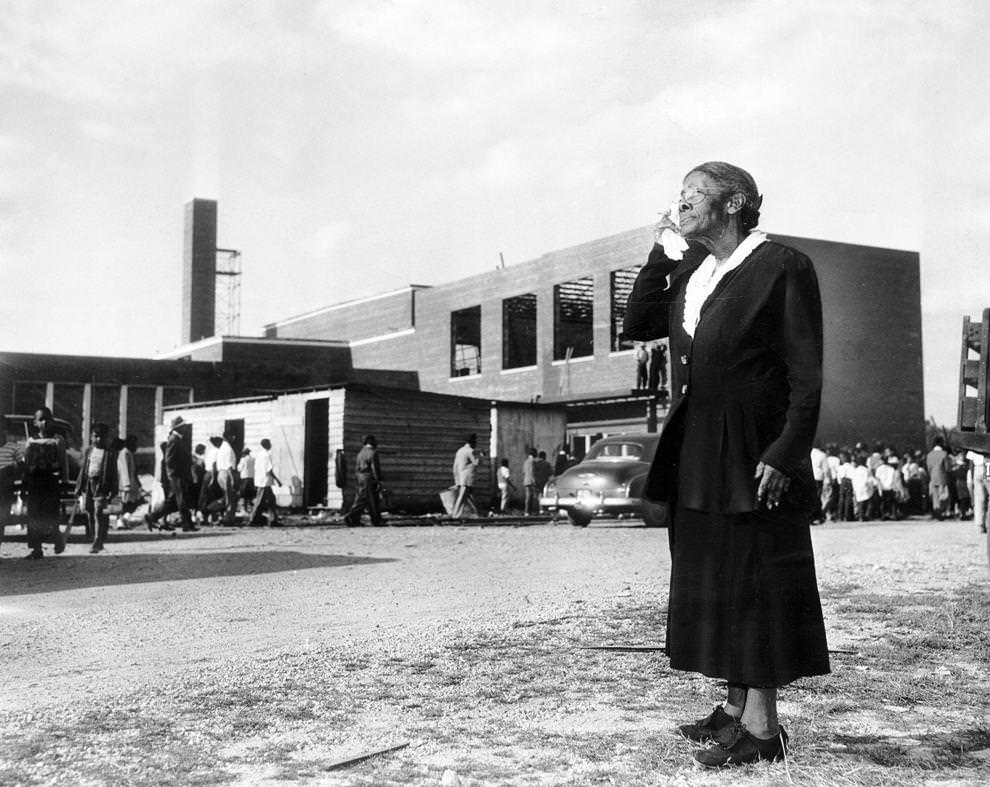
In 1949, Randolph retired at age 79 from a long career that encompassed teaching and supervising teacher training and curriculums for black schools in the Richmond area. Randolph, whose efforts focused heavily on vocational education, died in 1958. Dedication of addition to Virginia Randolph school. TONING COMPLETE
#232 National Tobacco Festival parade grand marshal James Arness (Matt Dillon from TV’s “Gunsmoke”) gave a kiss to that year’s Tobacco Queen, Judy Ann Austin, 1958.
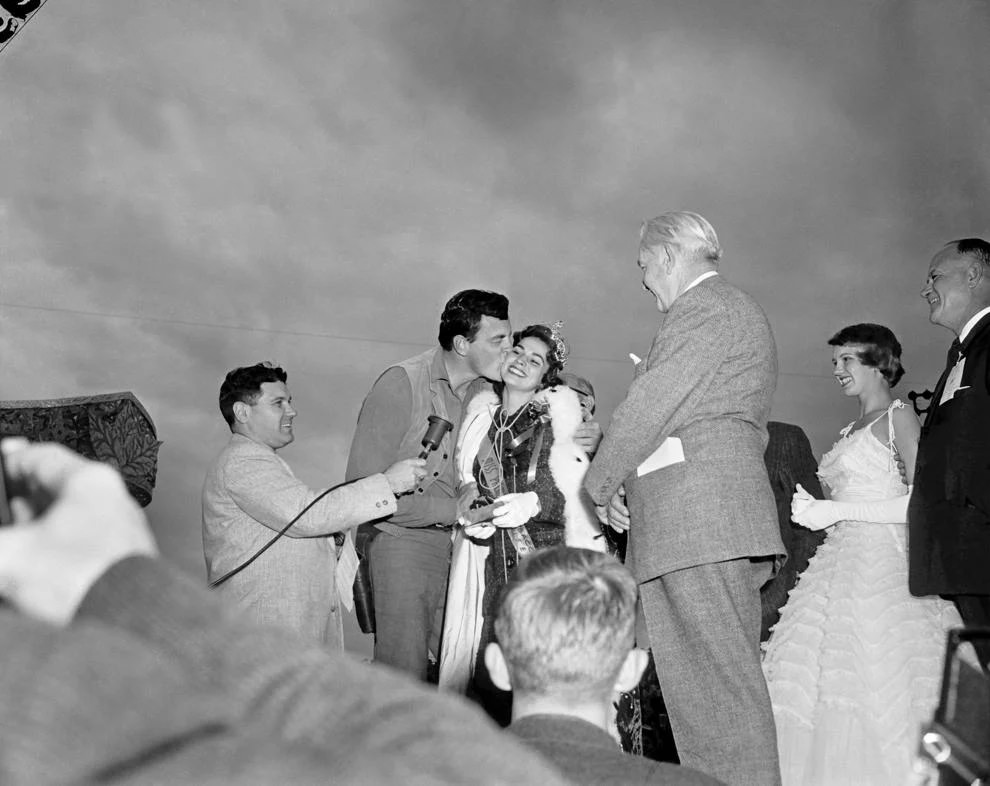
The festival ran in Richmond from 1949 to 1984 and was a top event in the city during its run. A predecessor festival was held in South Boston before World War II. TONING COMPLETE TV star Matt Dillon [Jim Arness, Gunsmoke] Busses the Queen. Today She Returned to School in South Carolina.
#233 Mrs. M.S. Jackson, one of Richmond’s first full-fledged female traffic officials with full police authority, worked at Seventh and Grace streets downtown, 1952.
#234 A U.S. mail truck navigated Broad Street downtown across from the Thalhimers and Miller & Rhoads department stores, 1955.
#235 The Richmond skyline as seen from the south end of the Lee Bridge, 1951.
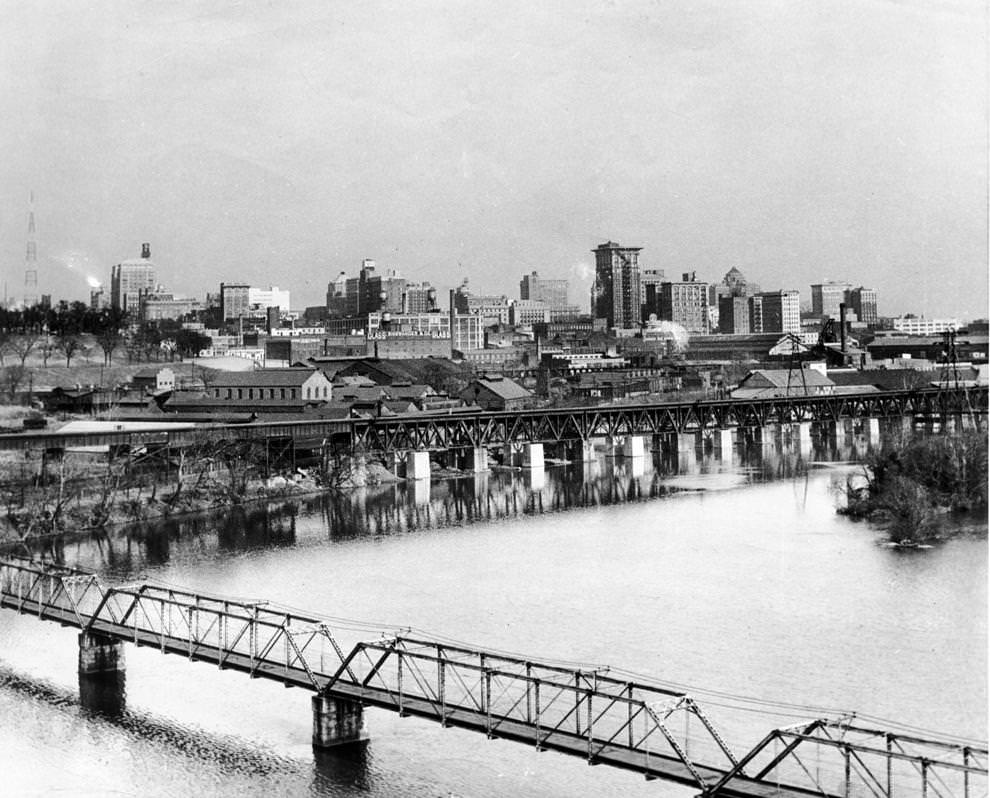
The span in the foreground was a small automobile bridge to Belle Isle, mainly used by employees working on the island. The bridge was largely washed away in rains from the remnants of Hurricane Agnes in 1972, and now only the supports and a small portion on the island remain.
#236 The old Miller & Rhoads Corner Shop and the adjoining Woolworth’s at Fifth and East Broad streets downtown, just before they were torn down, 1953.
#237 Richmond’s Lady Wonder indicated that a mute 6-year-old Rhode Island boy, missing for more than two months, was alive but hurt and could be found in Kansas, 1952.
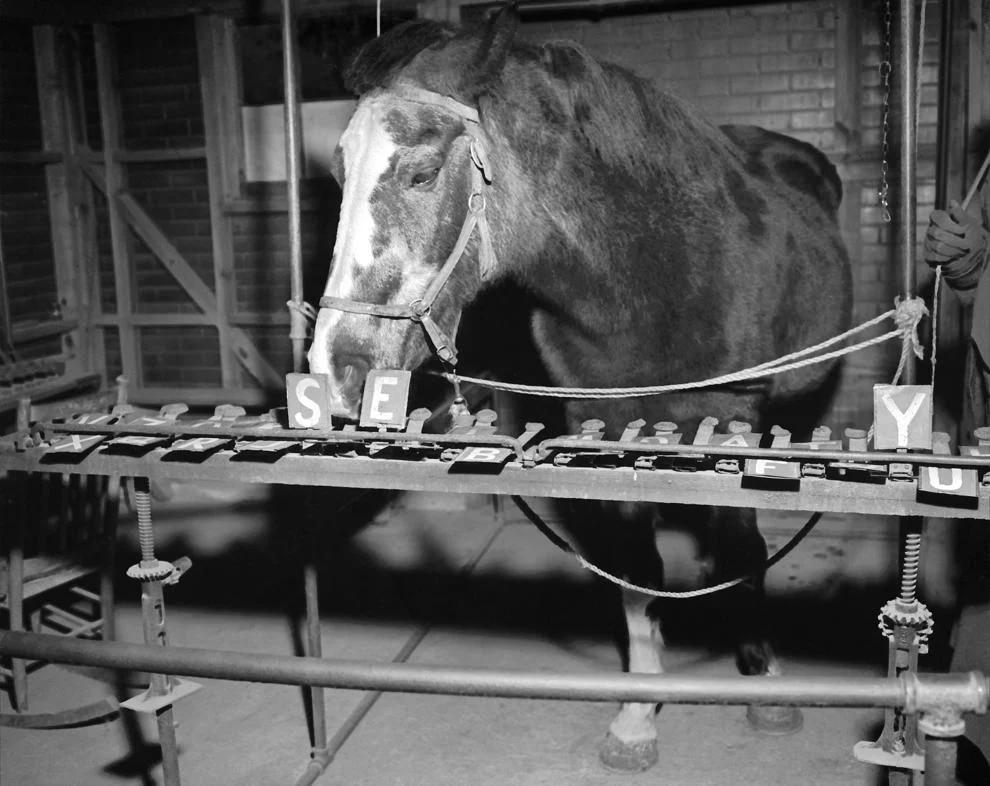
Lady had developed a reputation as a psychic horse (visit the From the Archives blog to read about her), and the boy’s mother, who read about Lady and was desperate for help, arranged for her to field questions about the case. Tragically, the child’s skull was found a year later only 1 mile from his Rhode Island school. Missing Boy Alive, Wonder Horse 'Says' Carefully, She Spells Out Word, 'Yes'
#238 Hundreds of dancers crowded the floor of the Winter Garden at the Hotel Richmond to mark the first anniversary of a series of Saturday night hotel dances for military members, 1951.
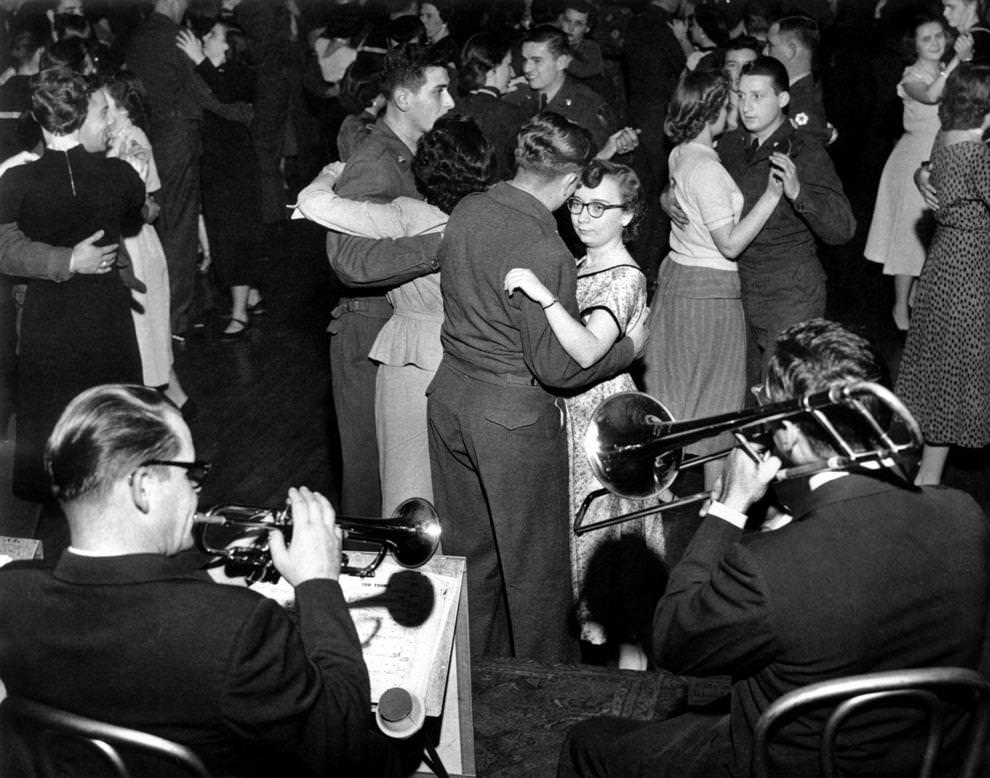
The series, sponsored by the Department of Recreation and Parks and Richmond Hotels Inc., had its first dance on Armistice Day of 1950. TONING COMPLETE: Hundreds of dancers crowded the floor of the Winter Garden of Hotel Richmond Saturday night for the first anniversary of the beginning of a series of Saturday hotel dances for men in uniform, sponsored by the Department of Recreation and Parks and Richmond Hotels, Inc. The first dance of the series was held on Armistice Day of 1950.
#239 The Virginia War Memorial was dedicated despite the statue “Memory” still being unfinished, 1951.
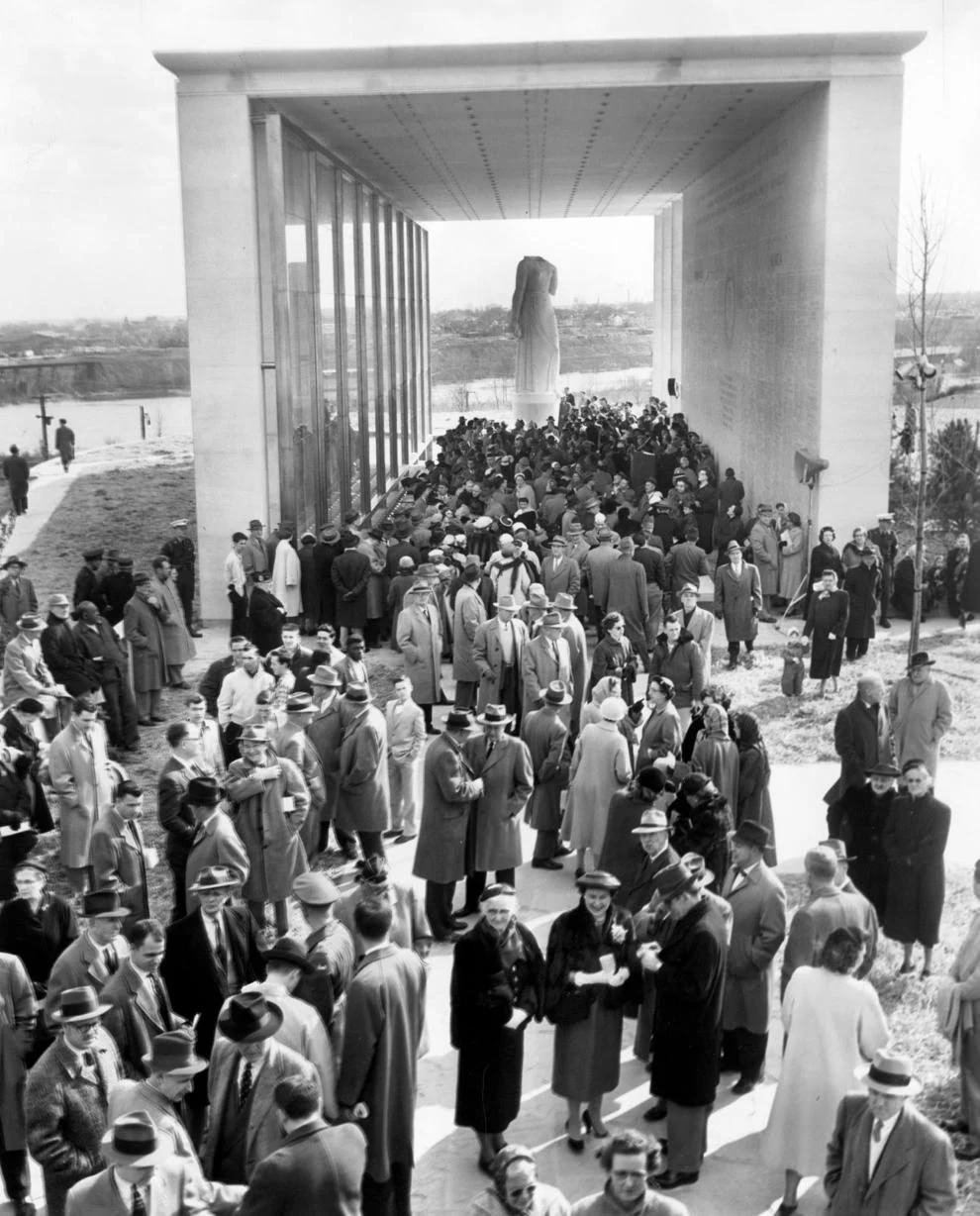
The statue’s head was finally placed on March 13, after which the smoothing process was completed. With the ceiling of the memorial only 2 feet above the top of the head, it was an arduous six-hour process to get the head installed. TONING COMPLETE: Still headless, 'Memory' will be completed. Figure honors Virginia women as inspiration, at the Virginia War Memorial


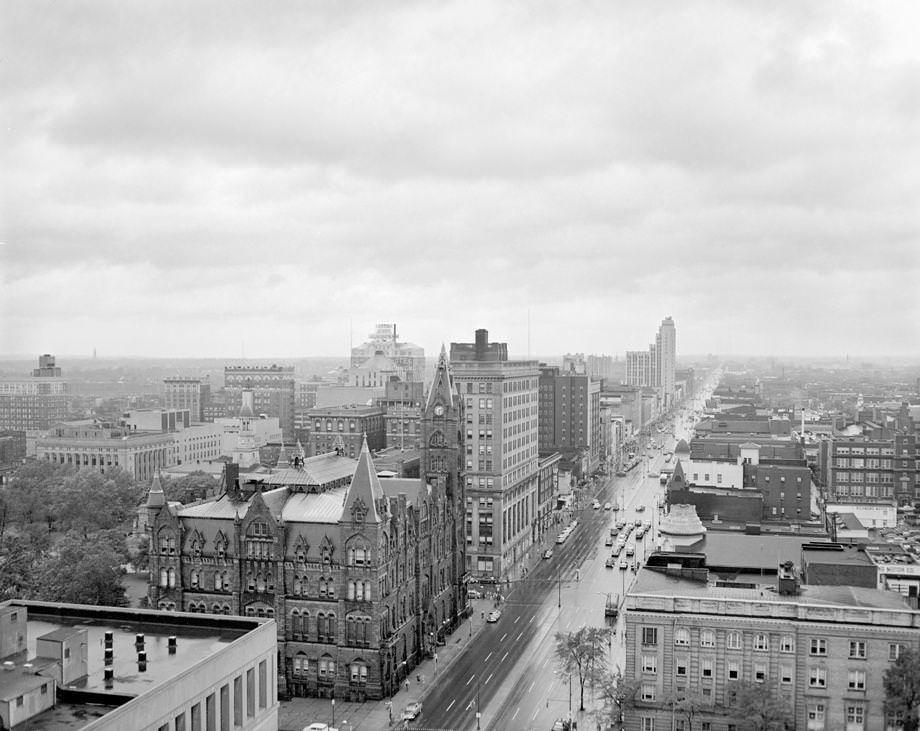
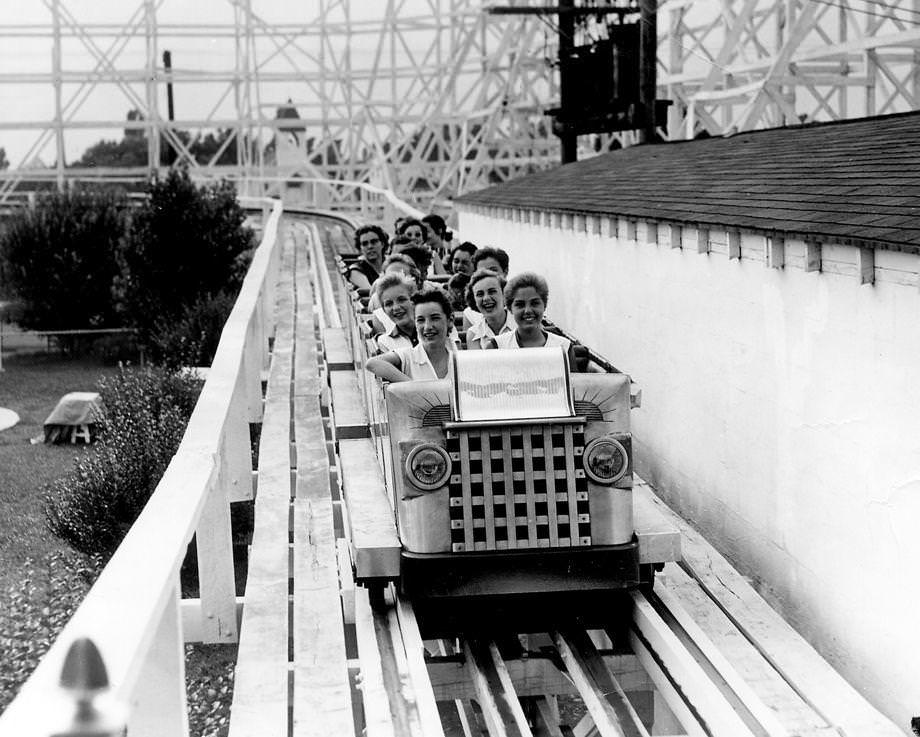
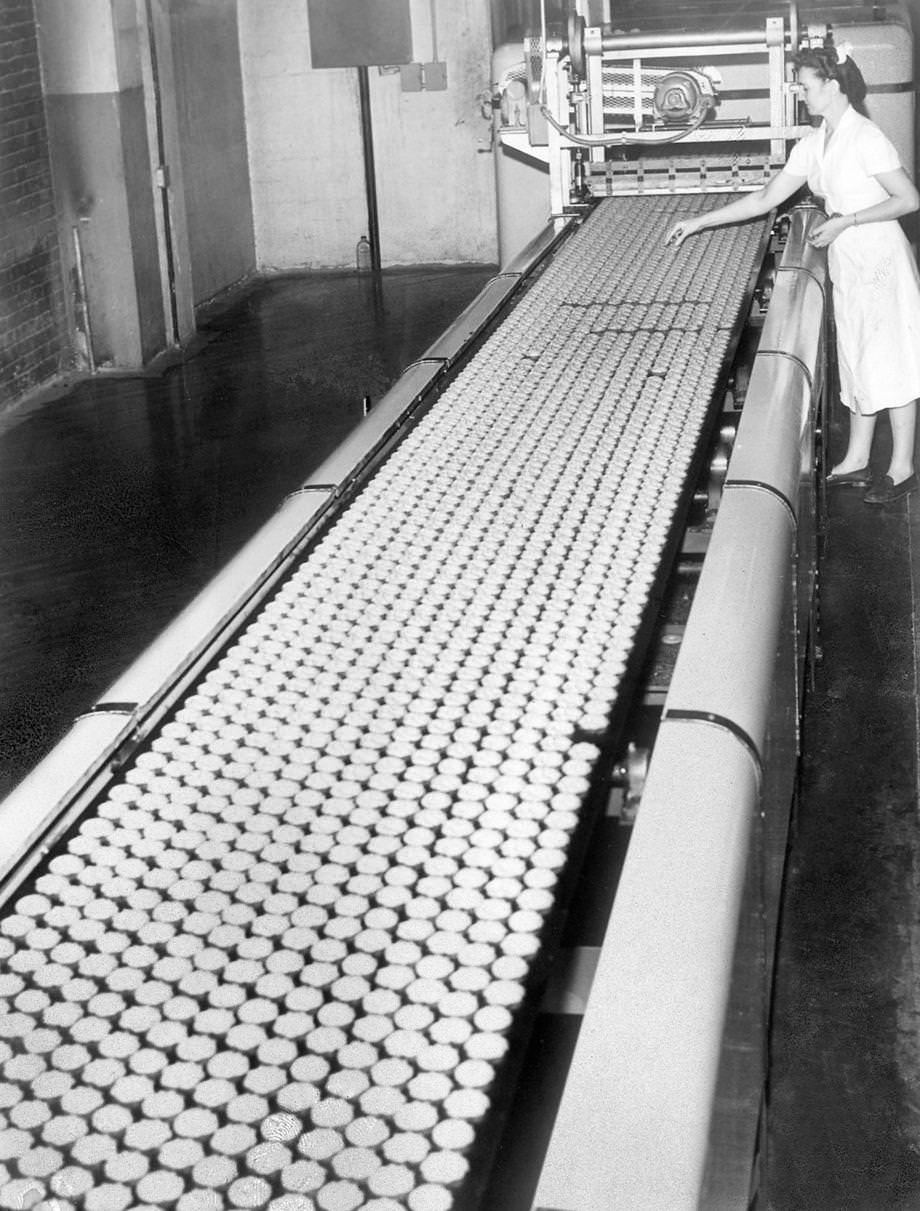
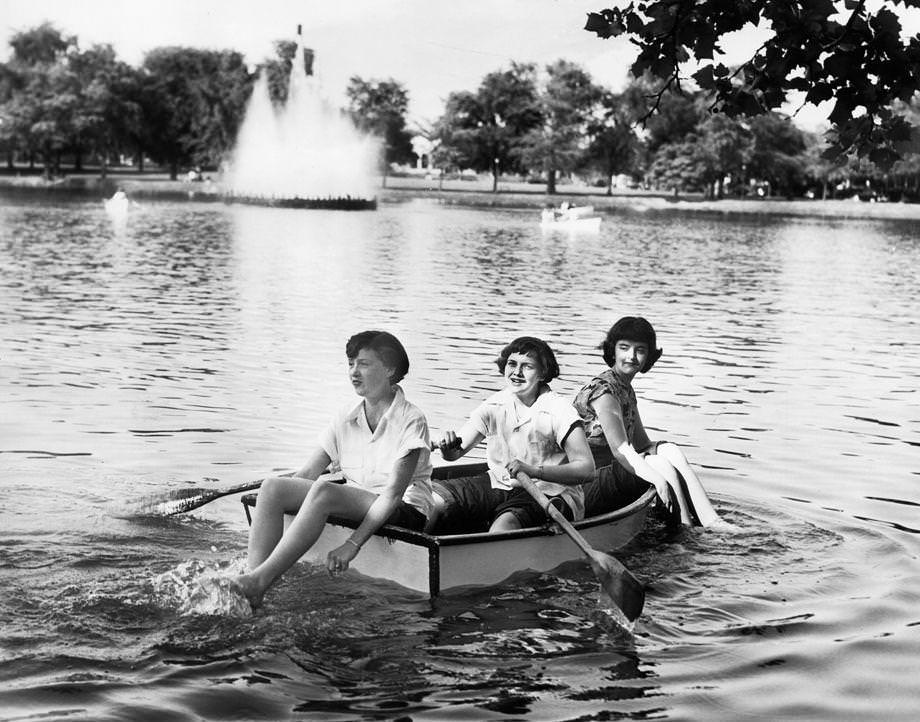
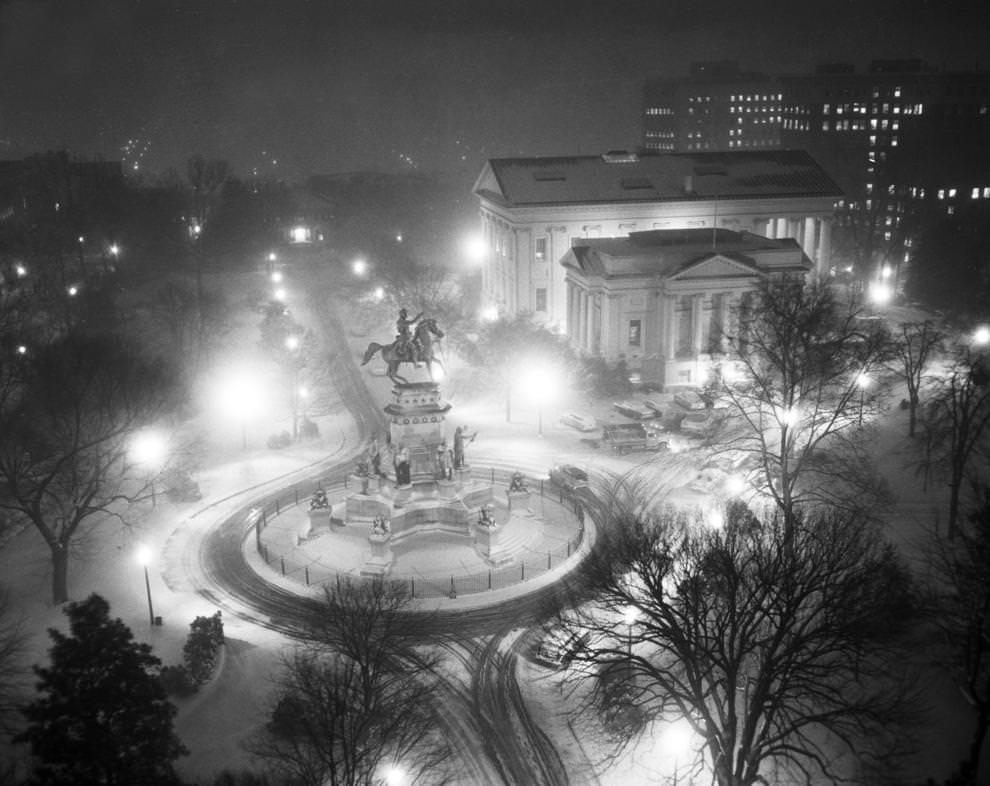
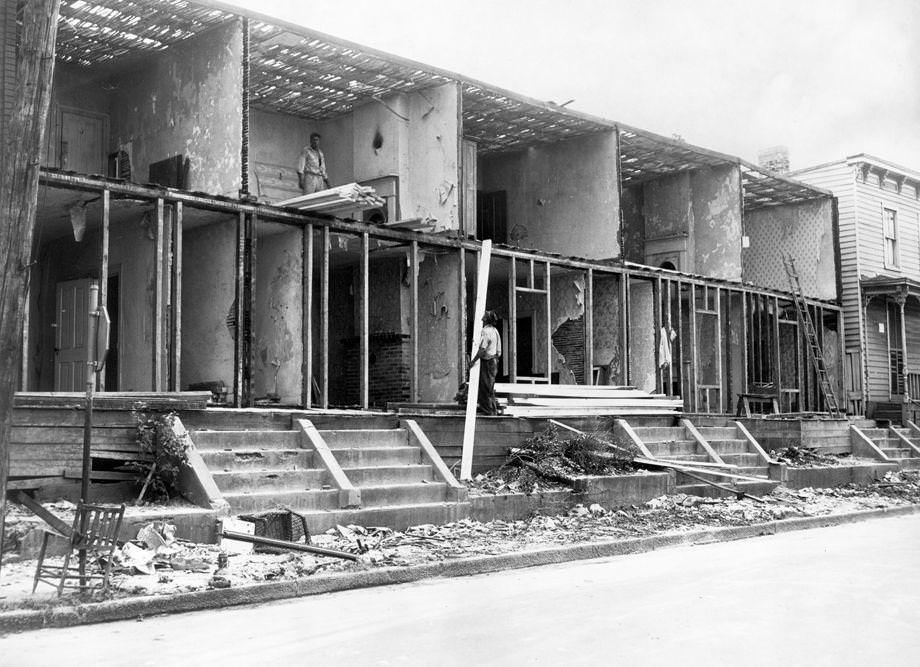
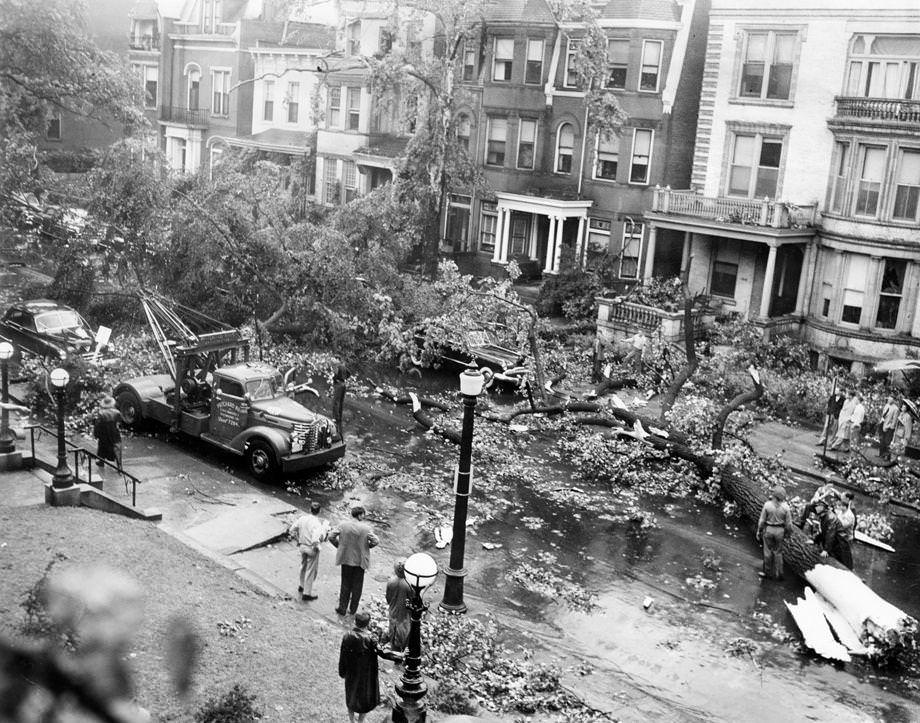
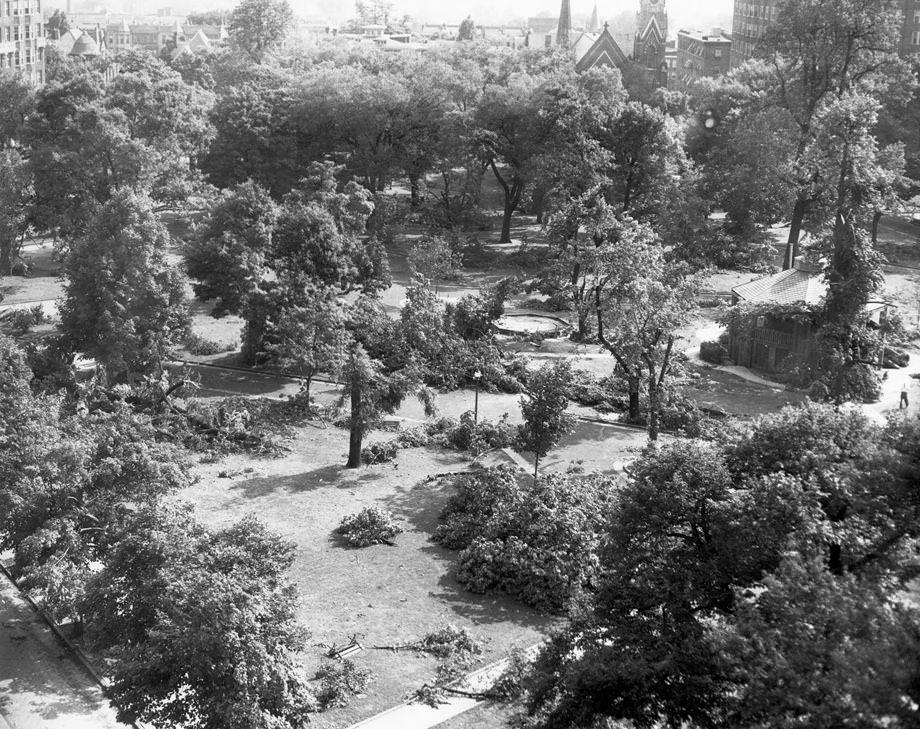
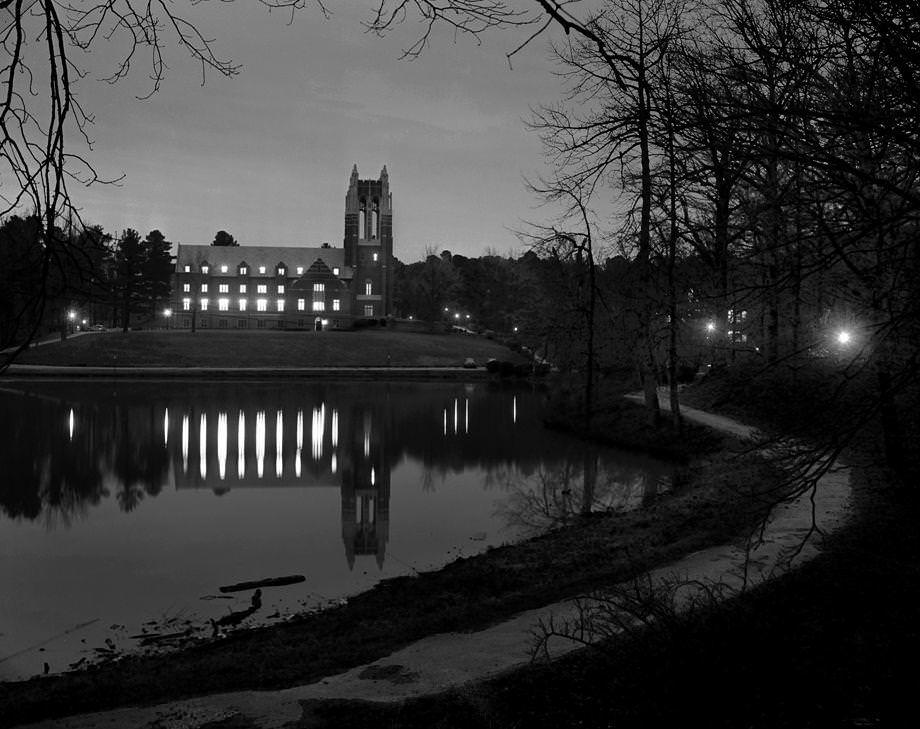
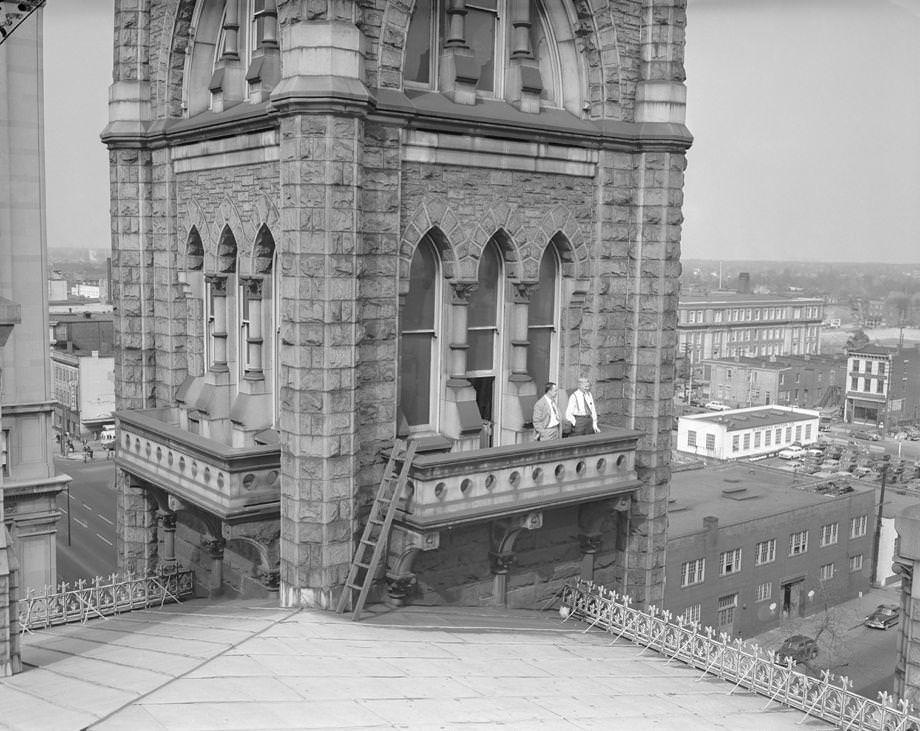
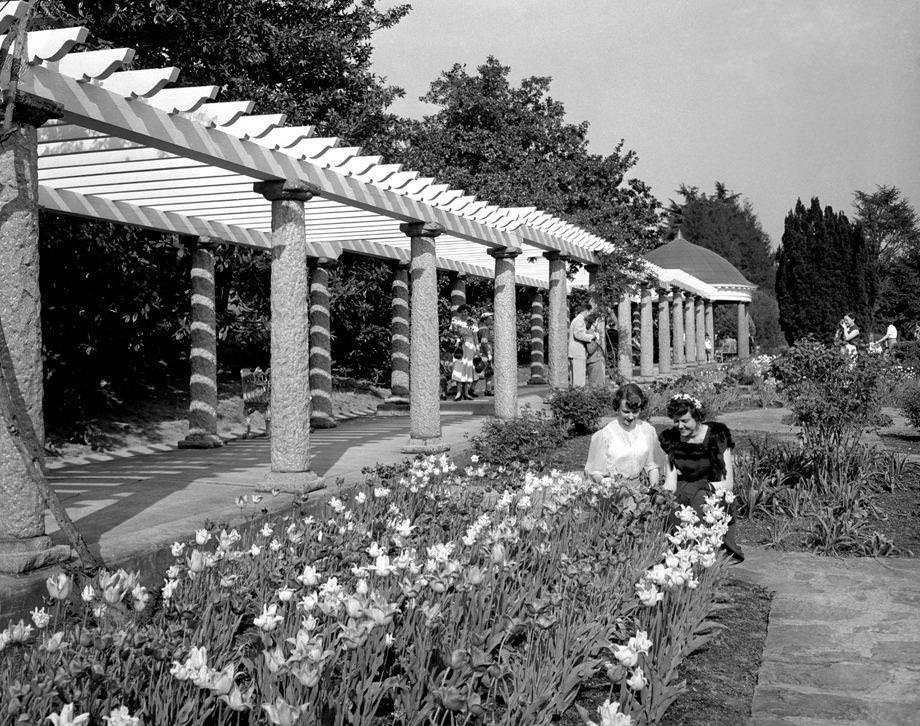
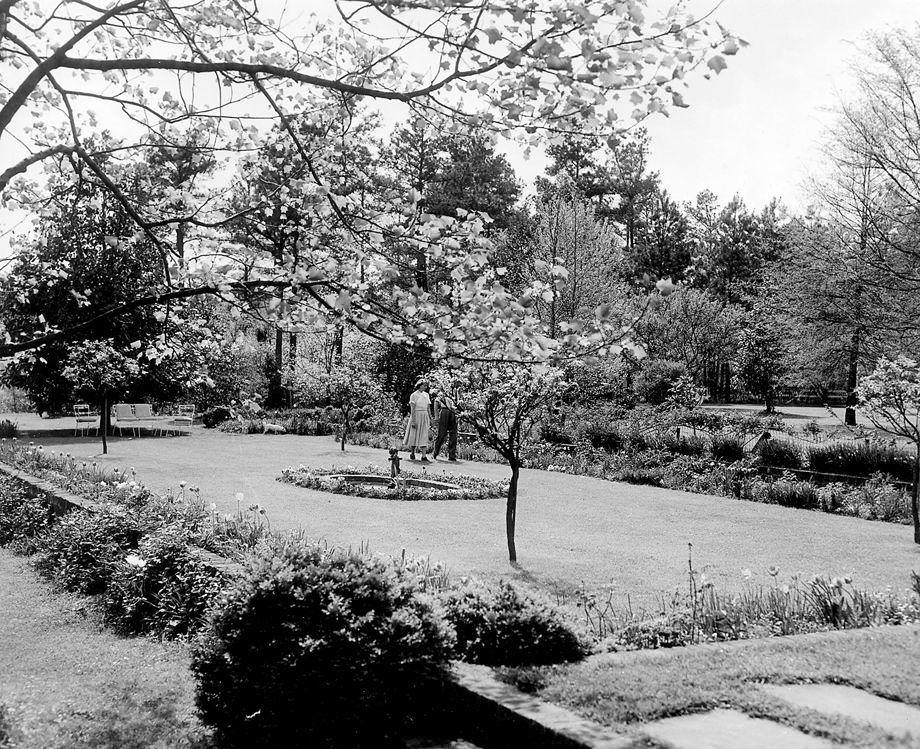
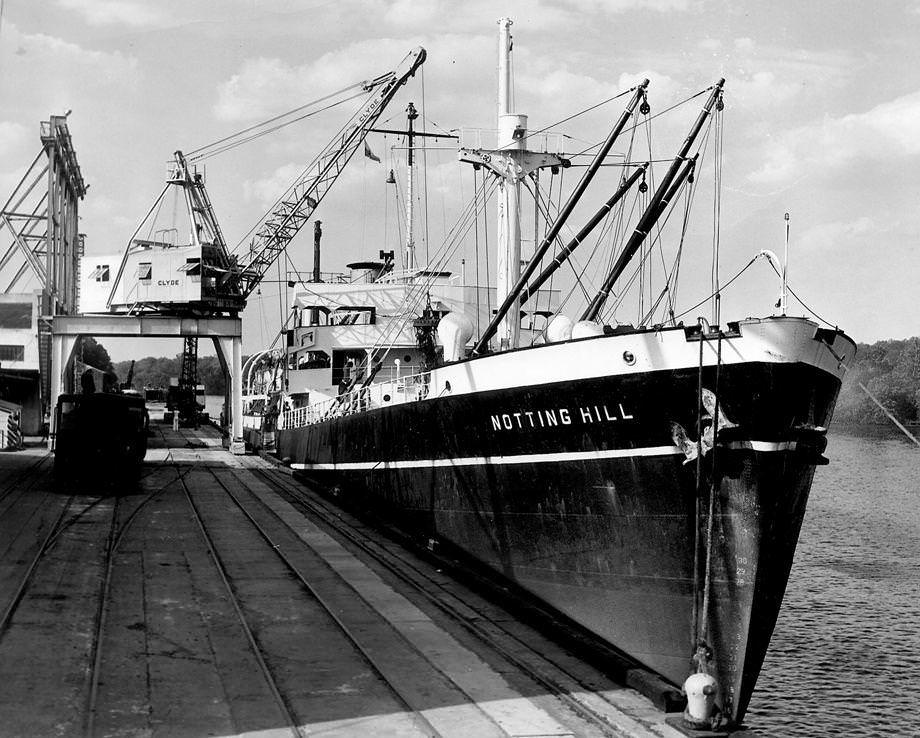
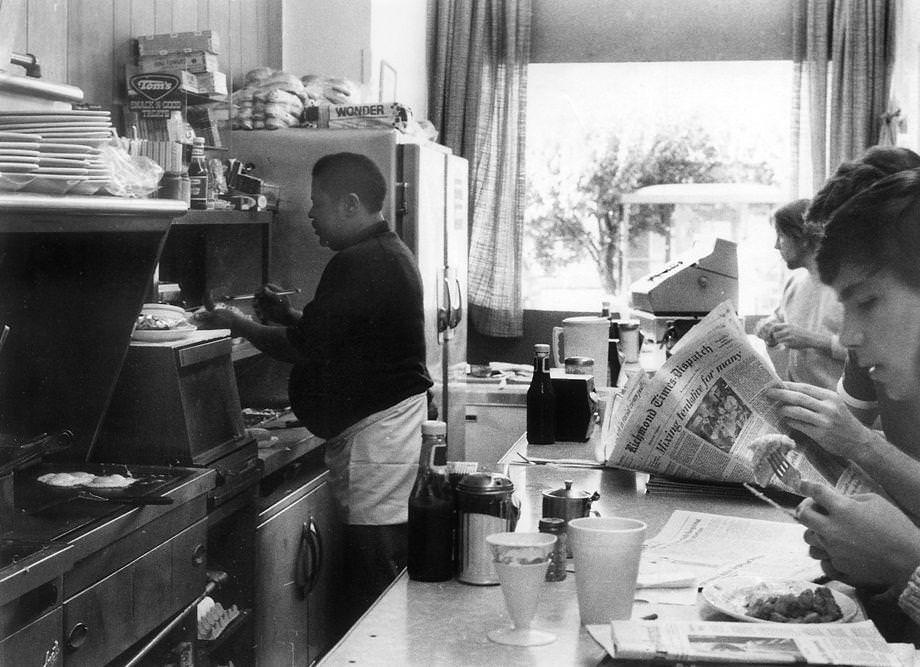
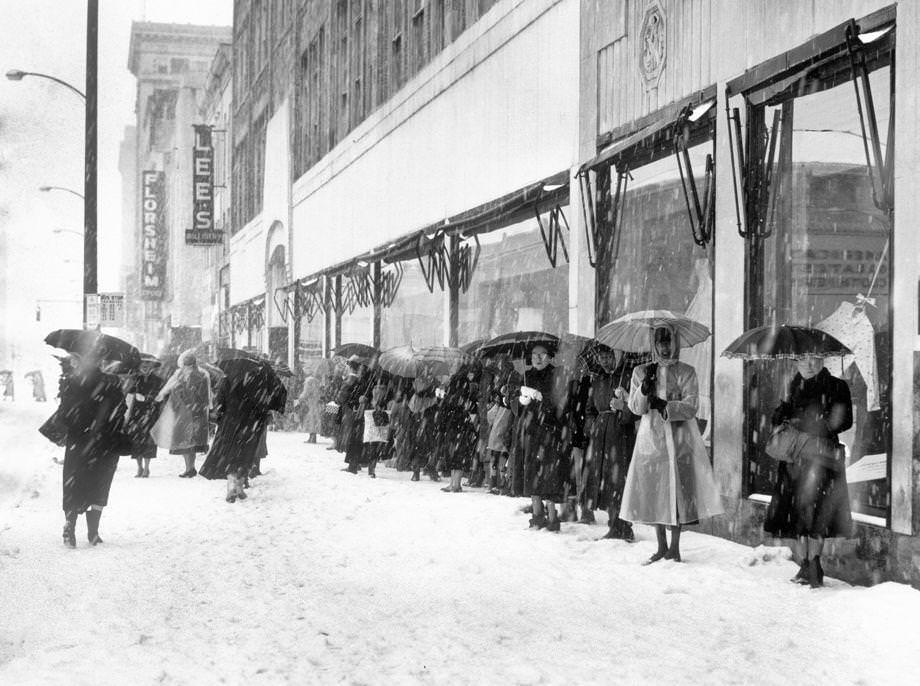
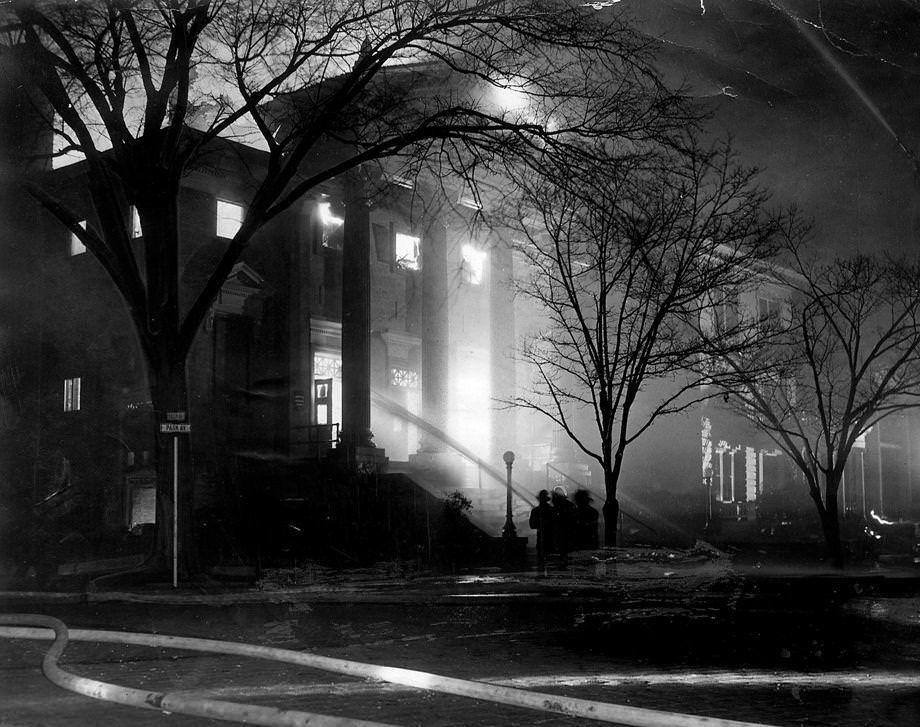
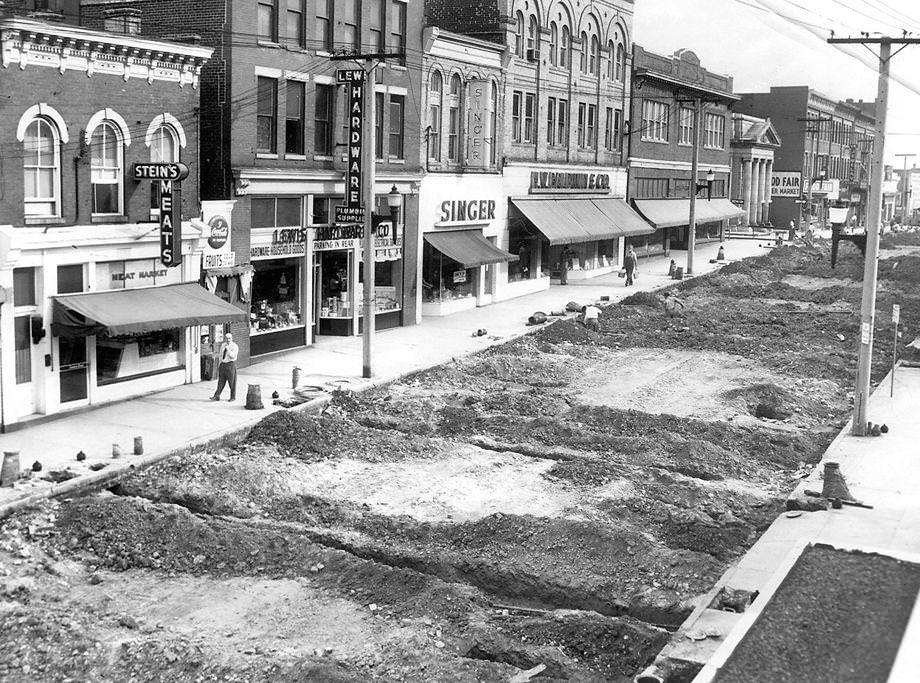
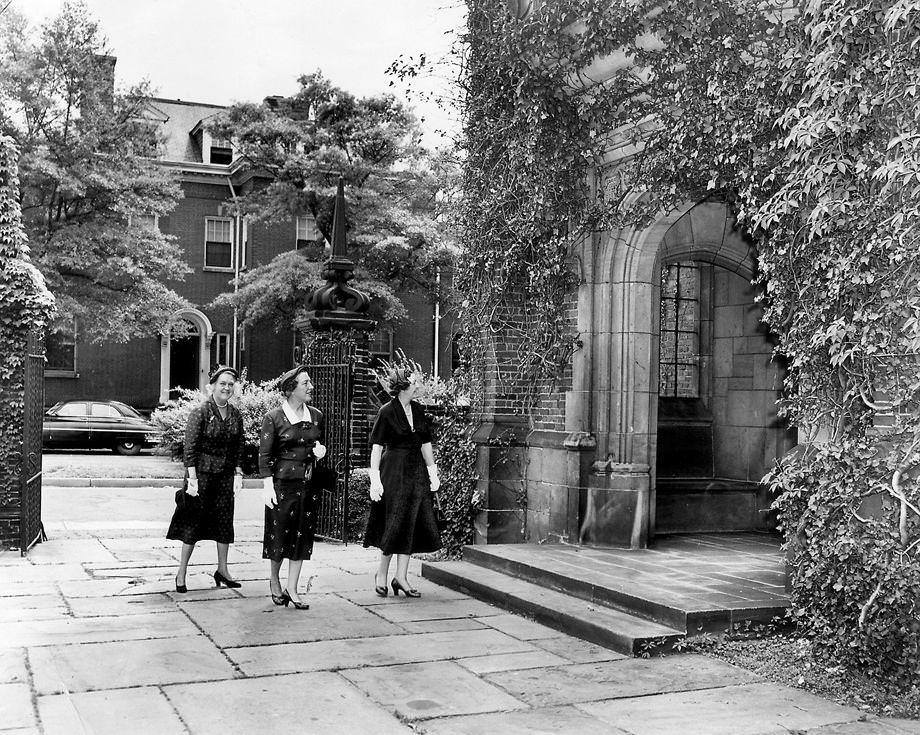
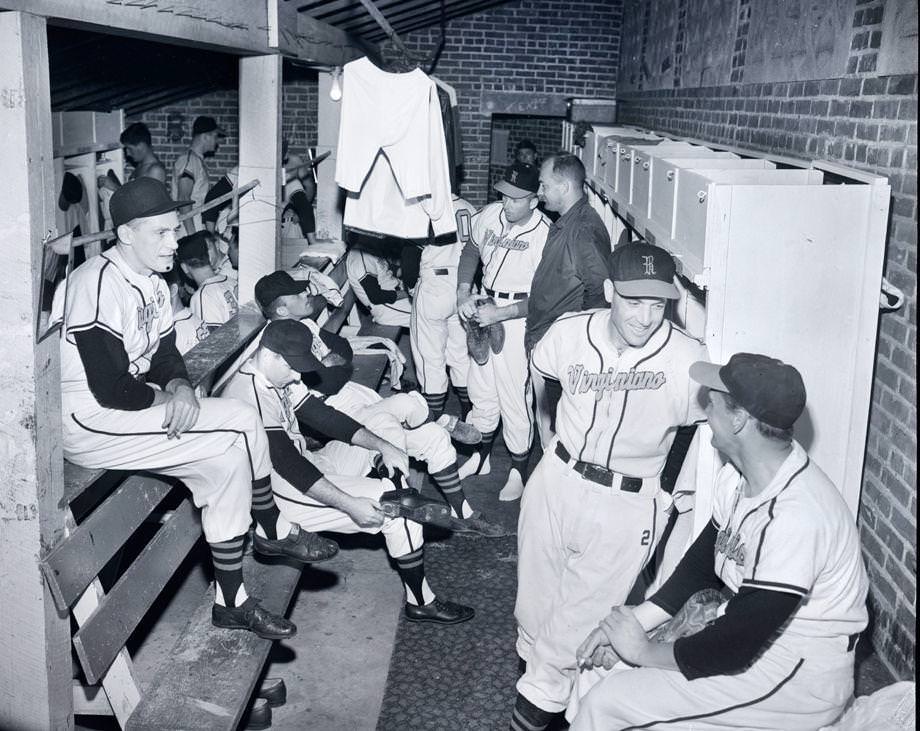
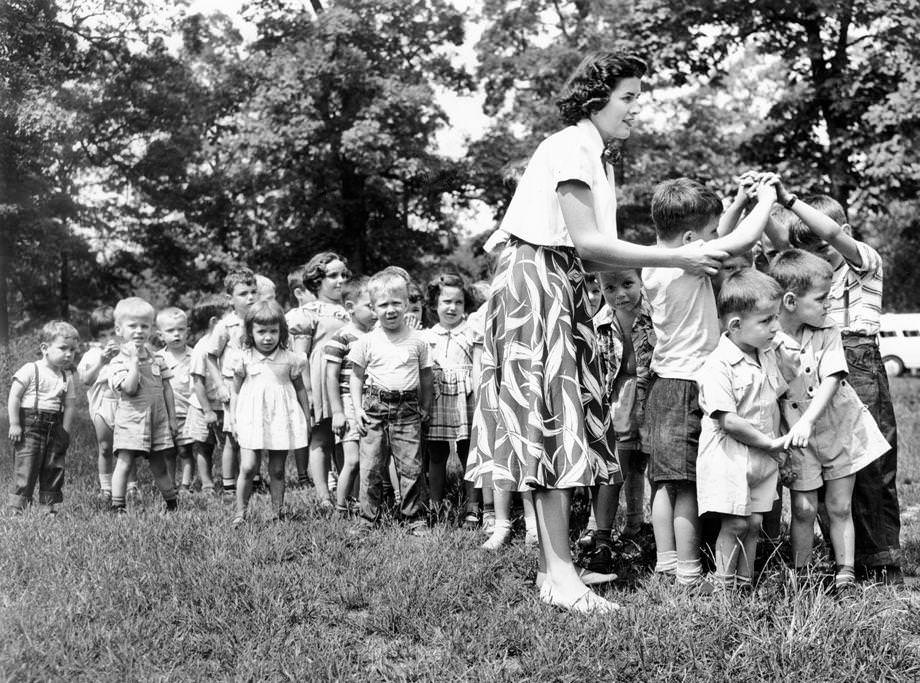
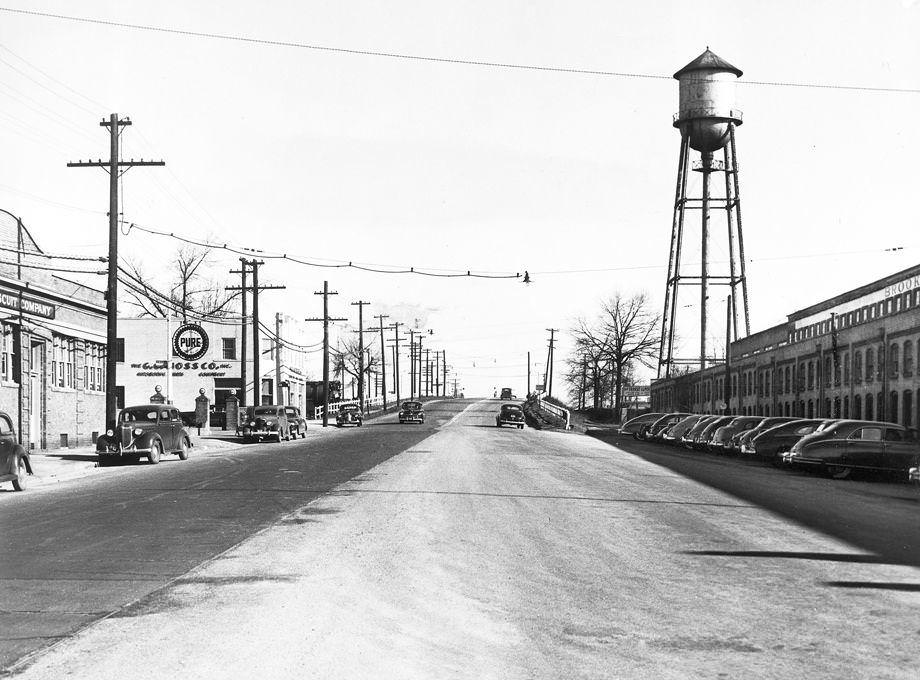
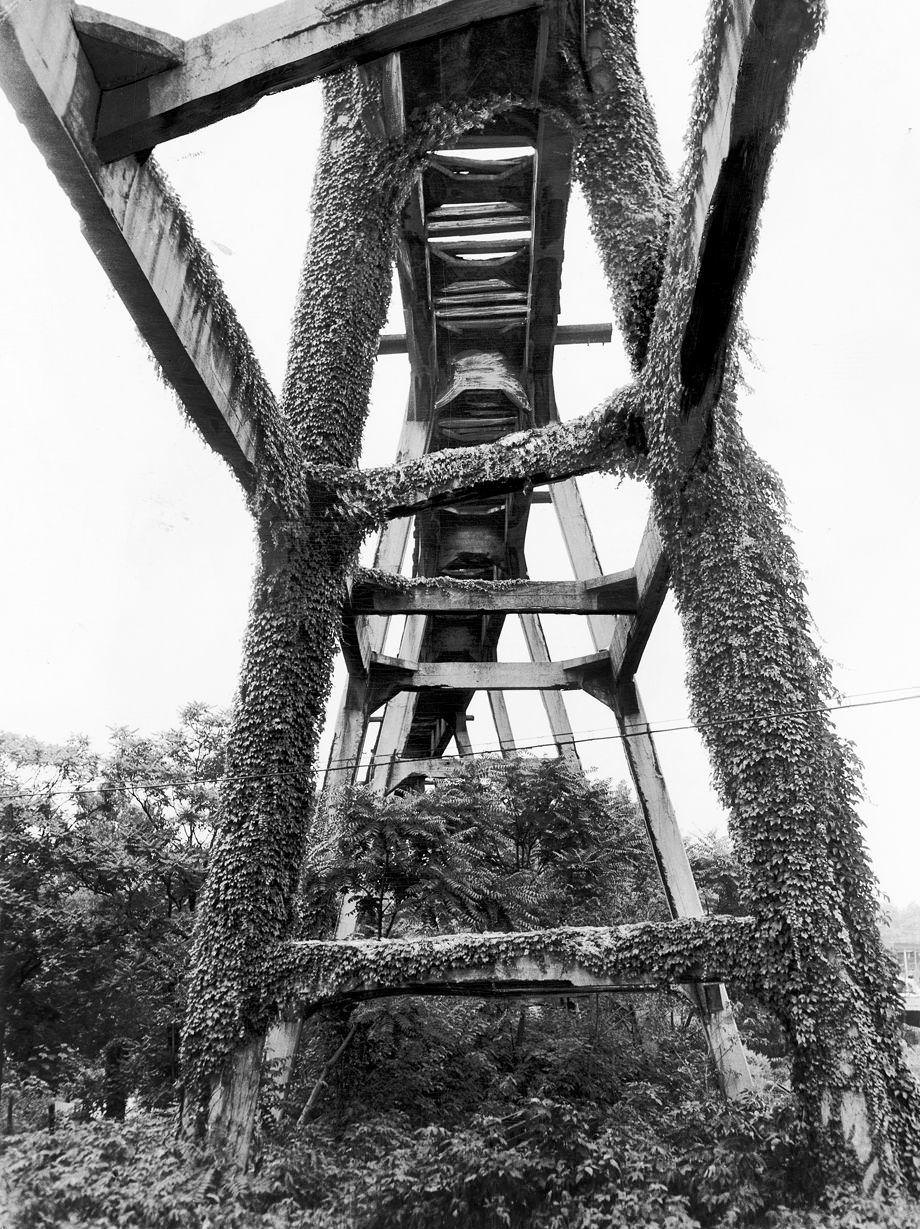
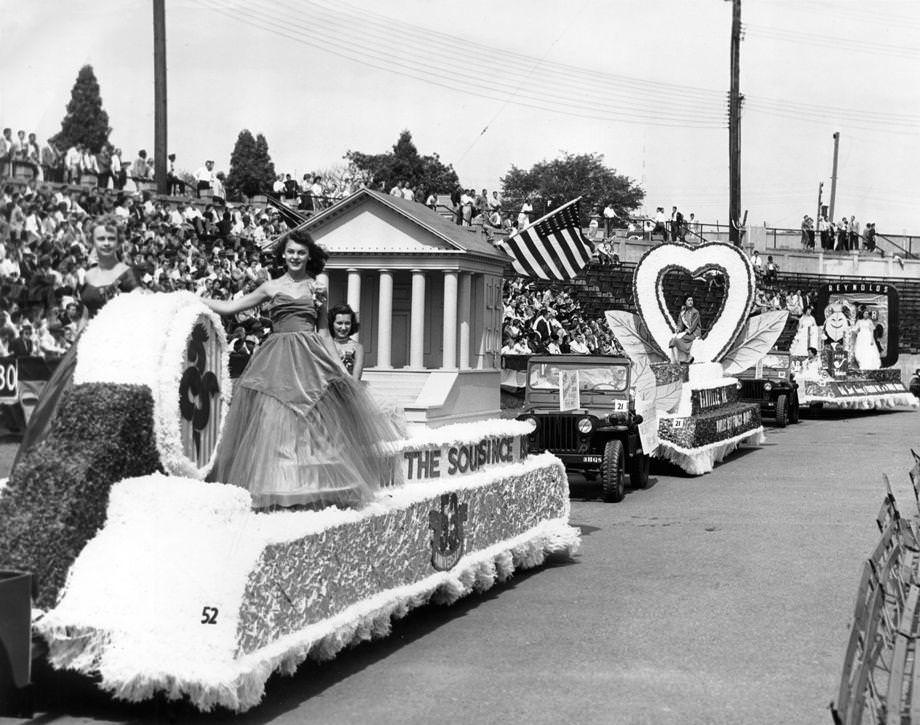
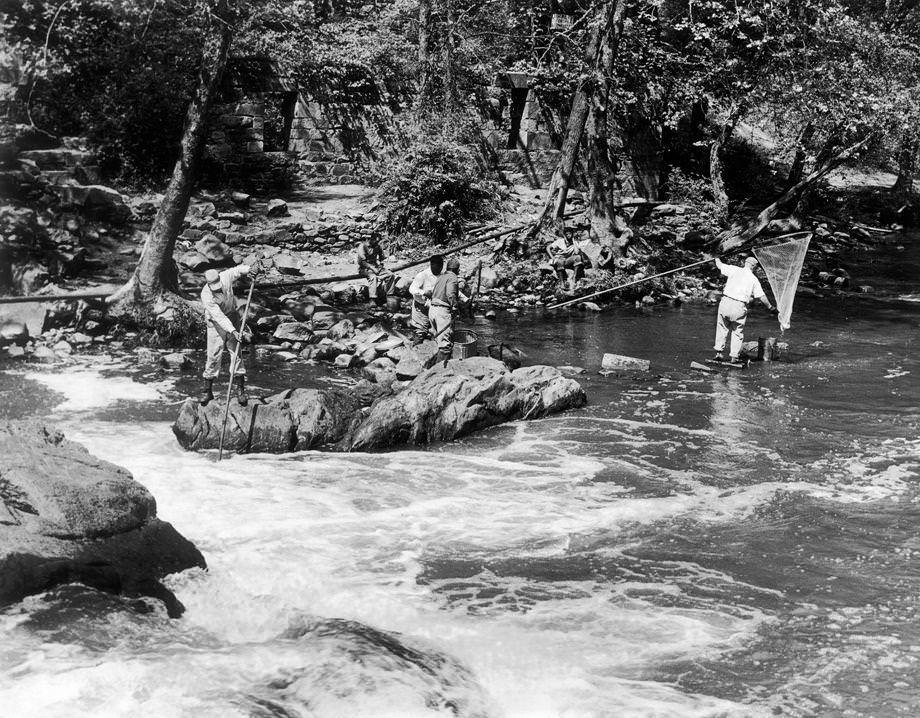
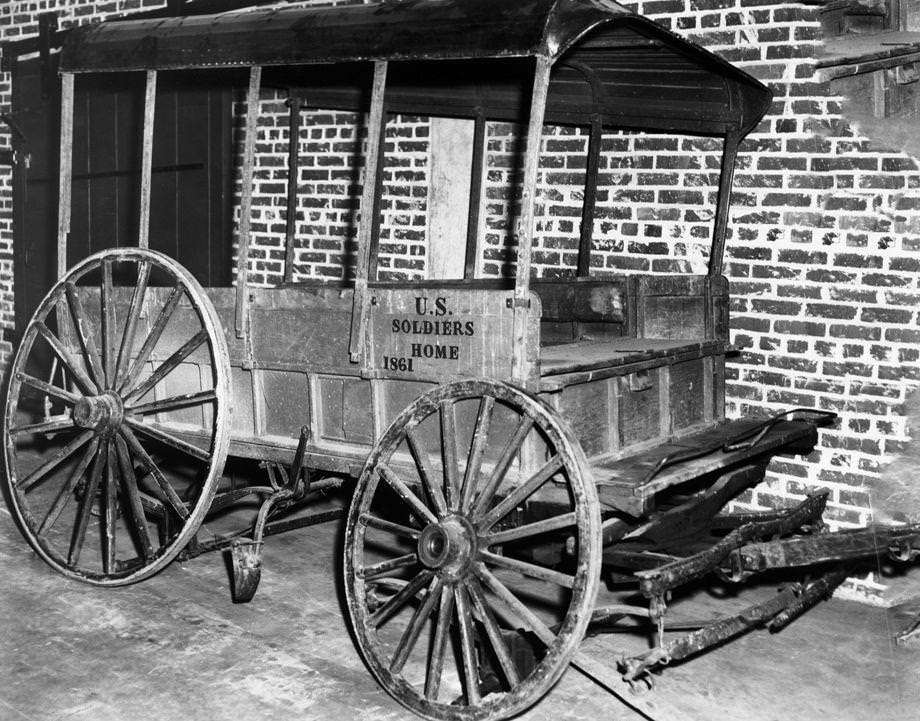
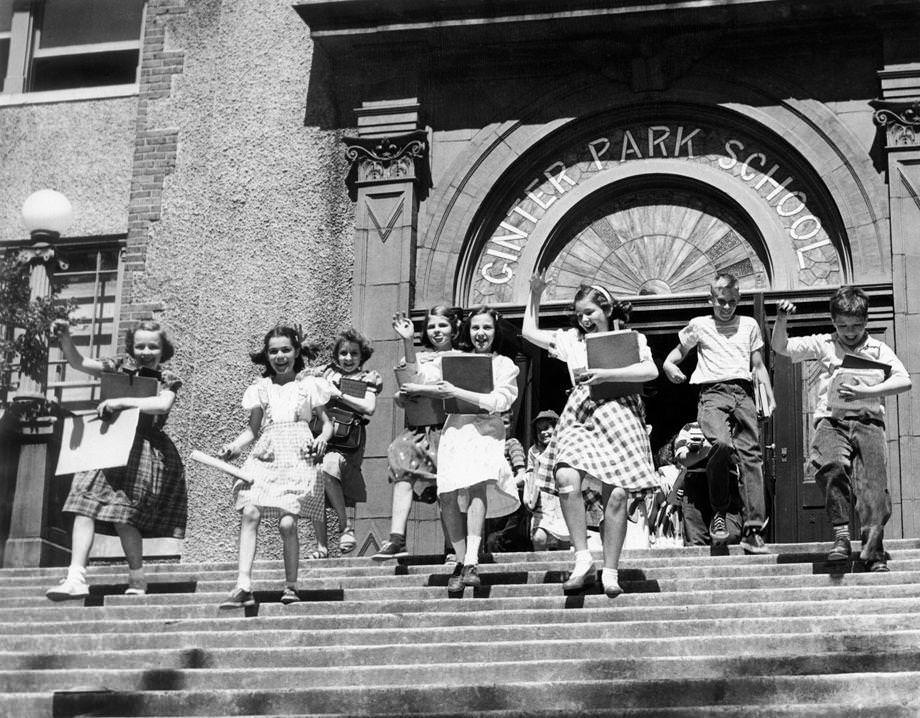
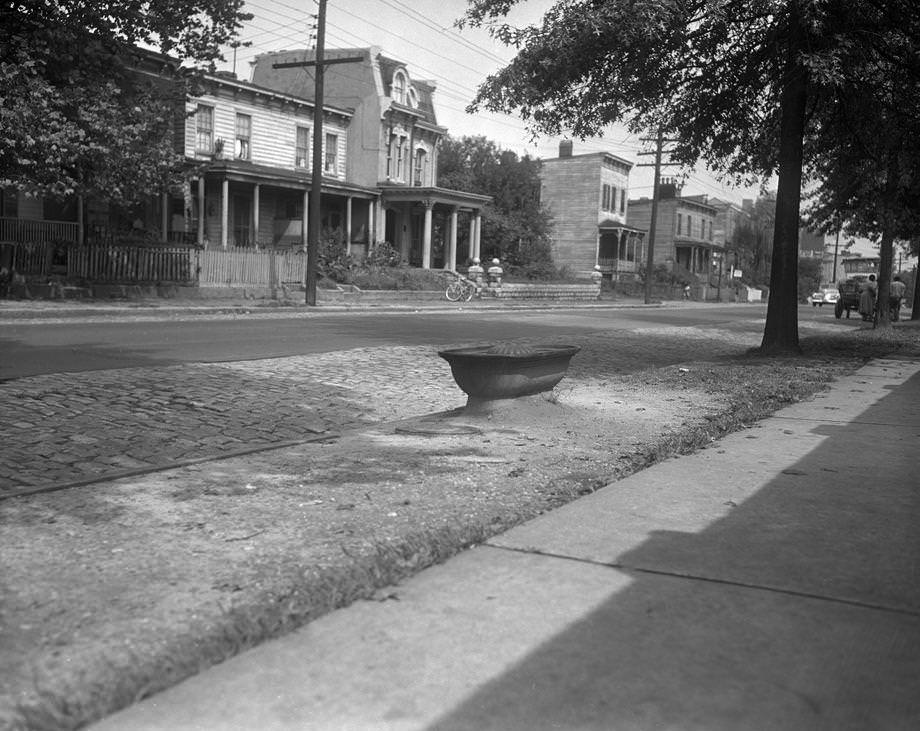
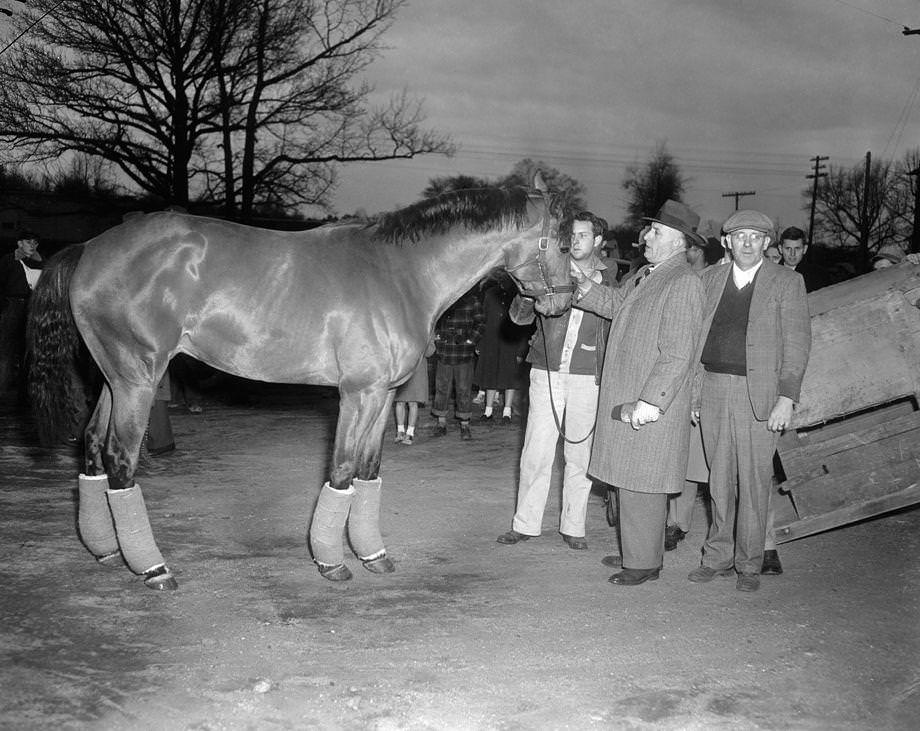
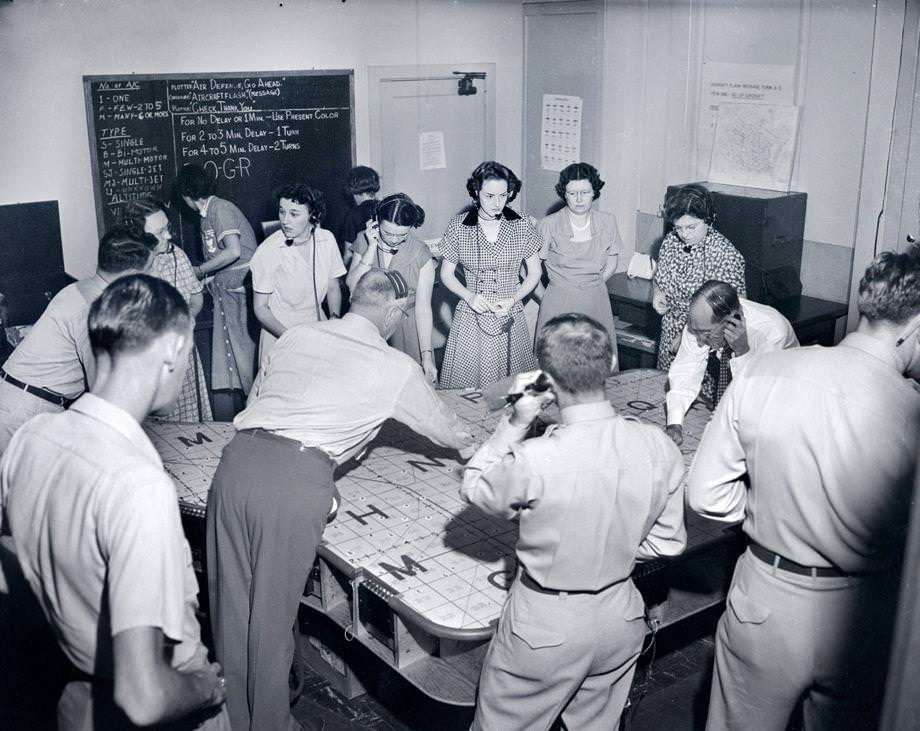
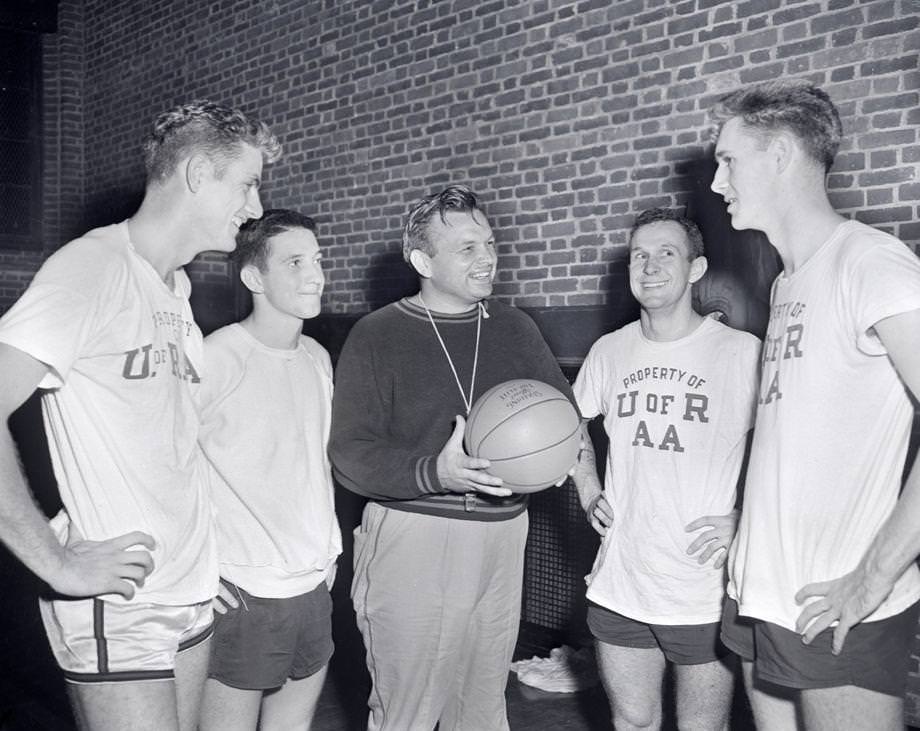
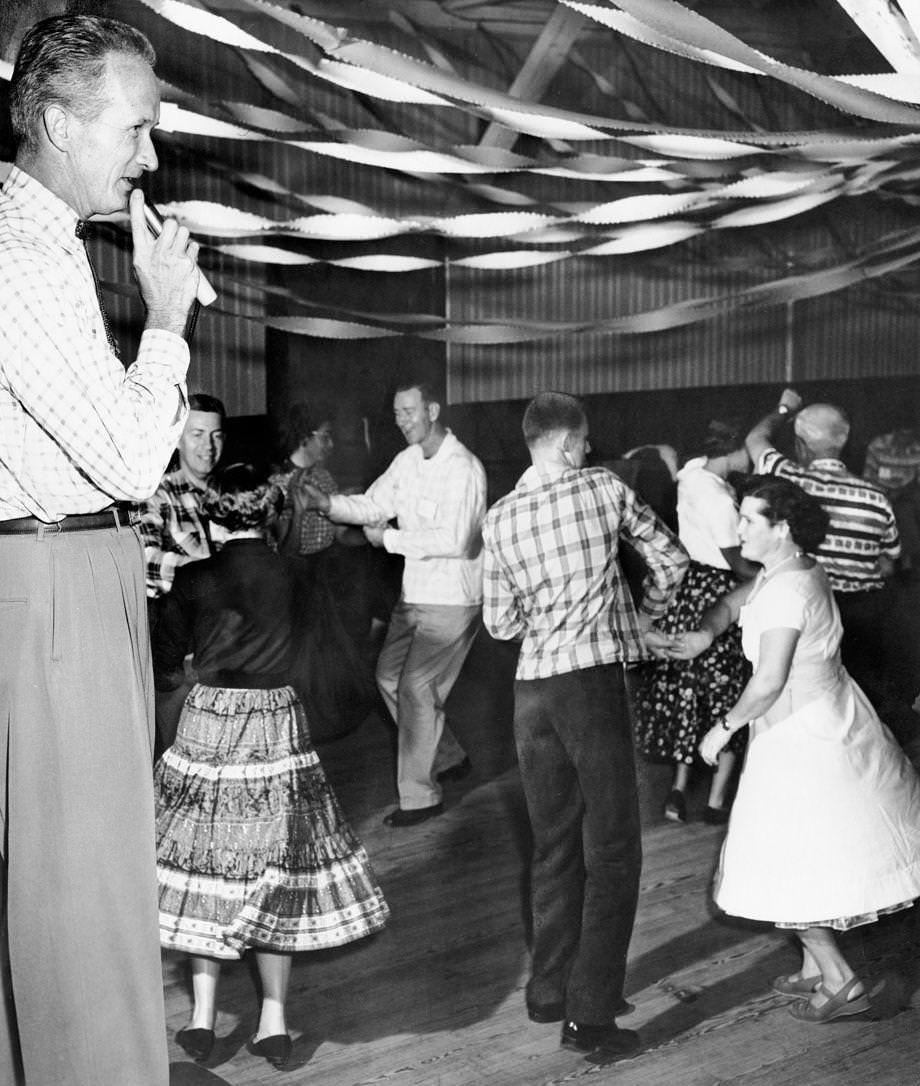
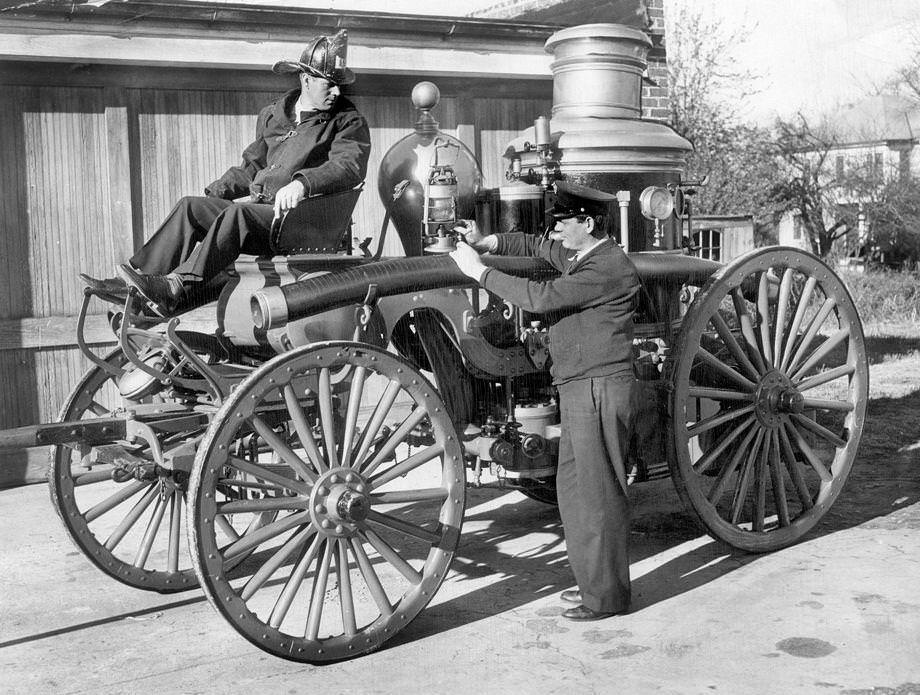
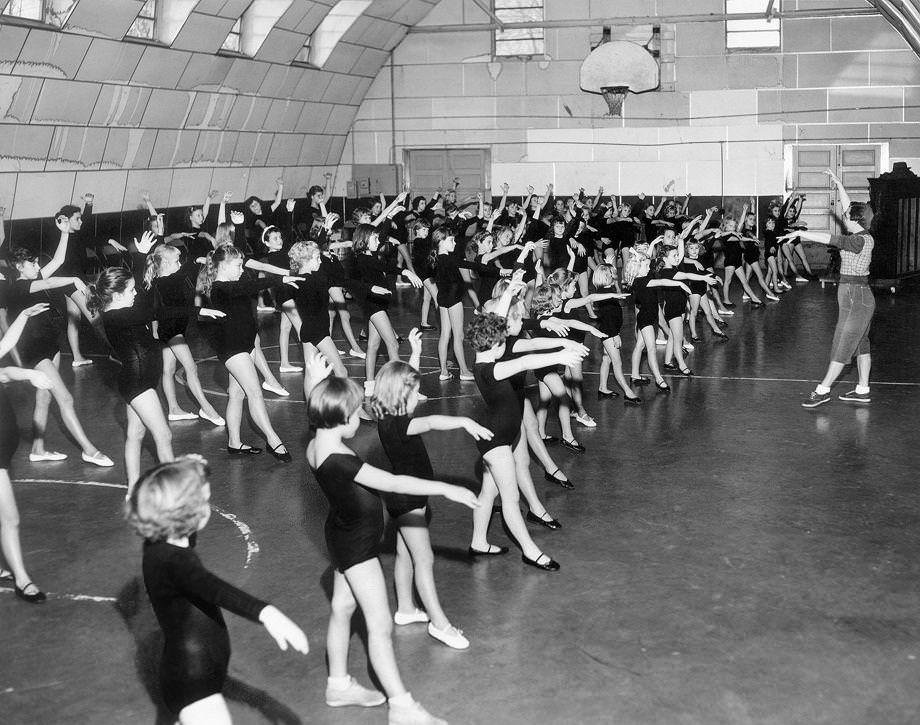
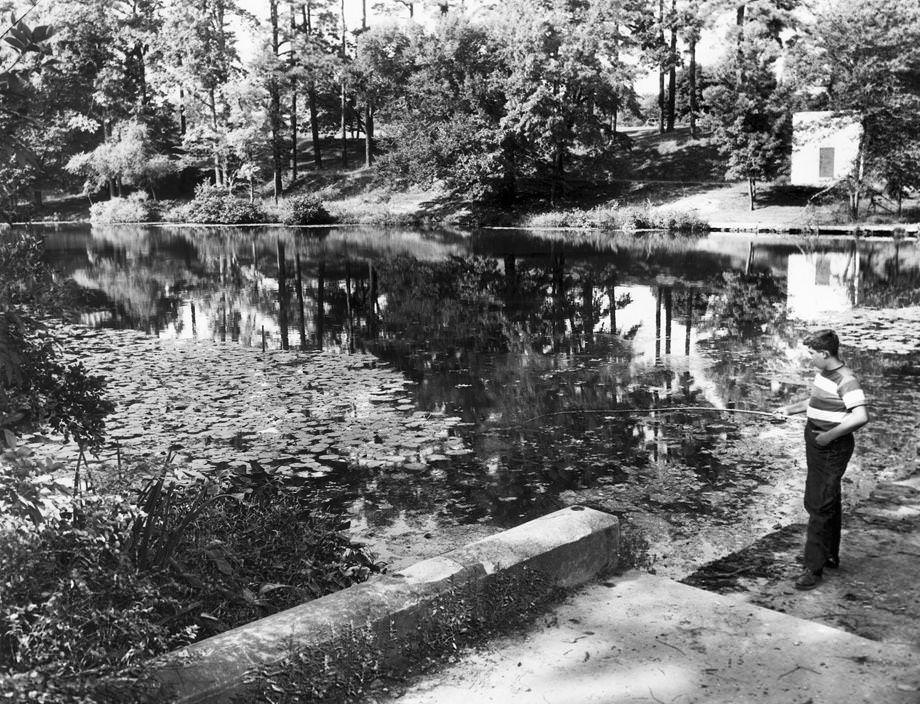
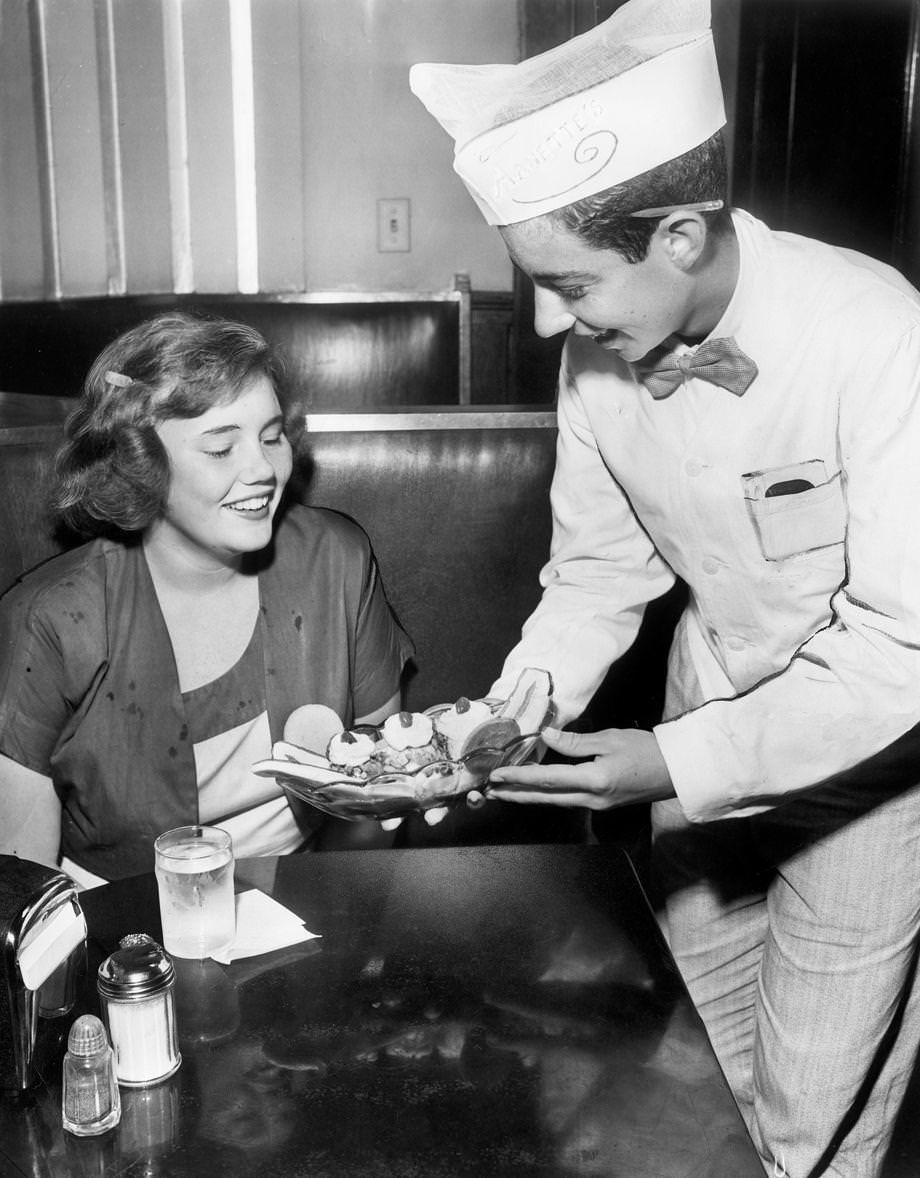
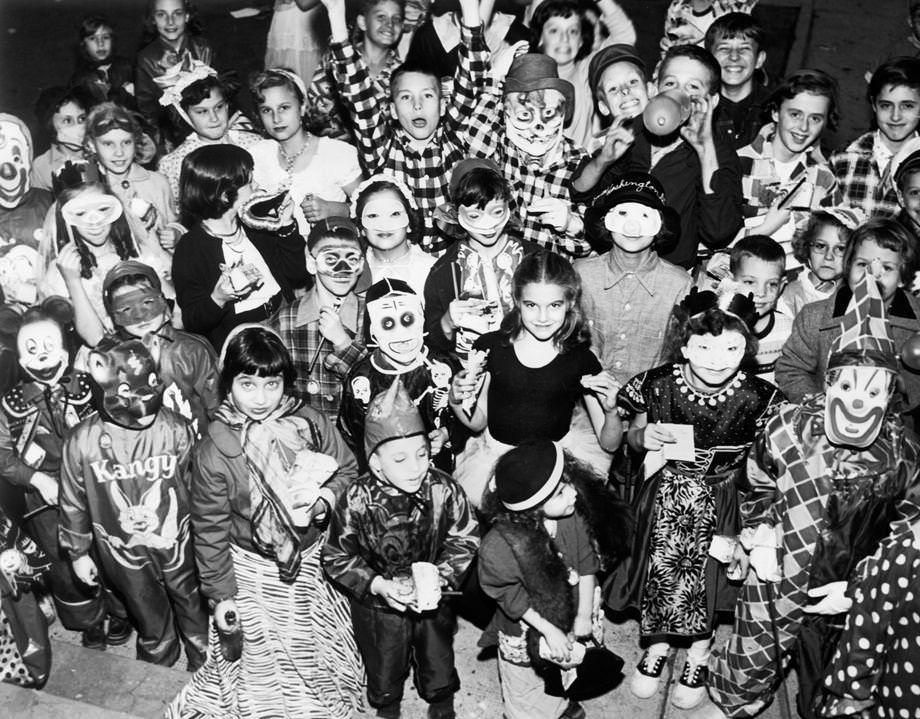
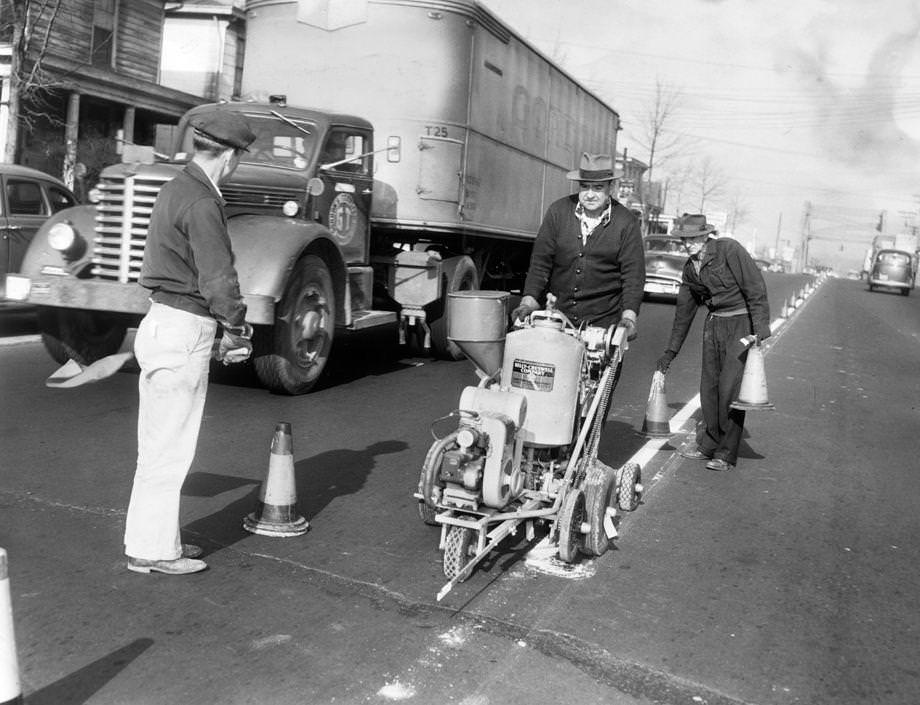
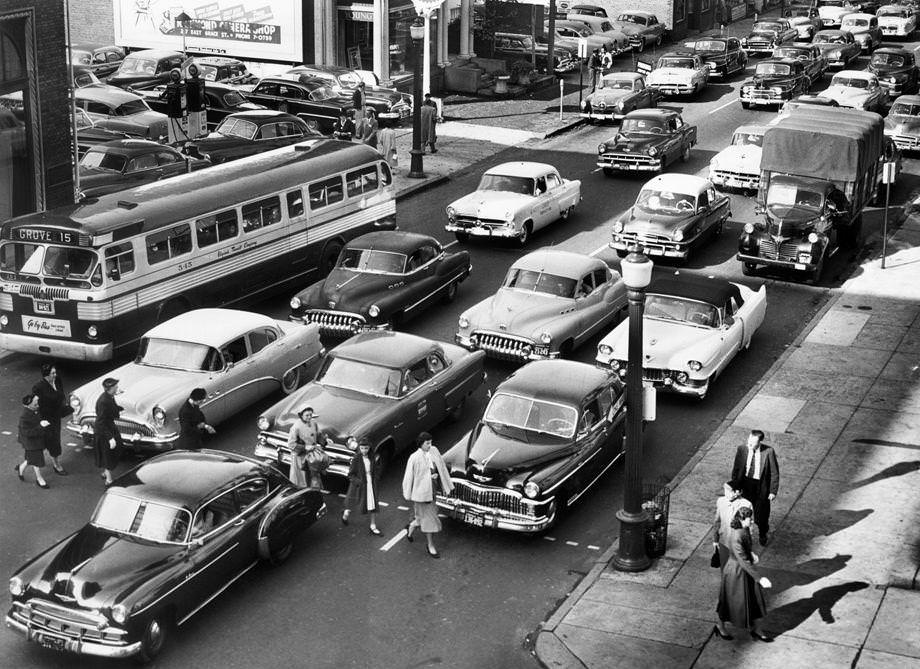
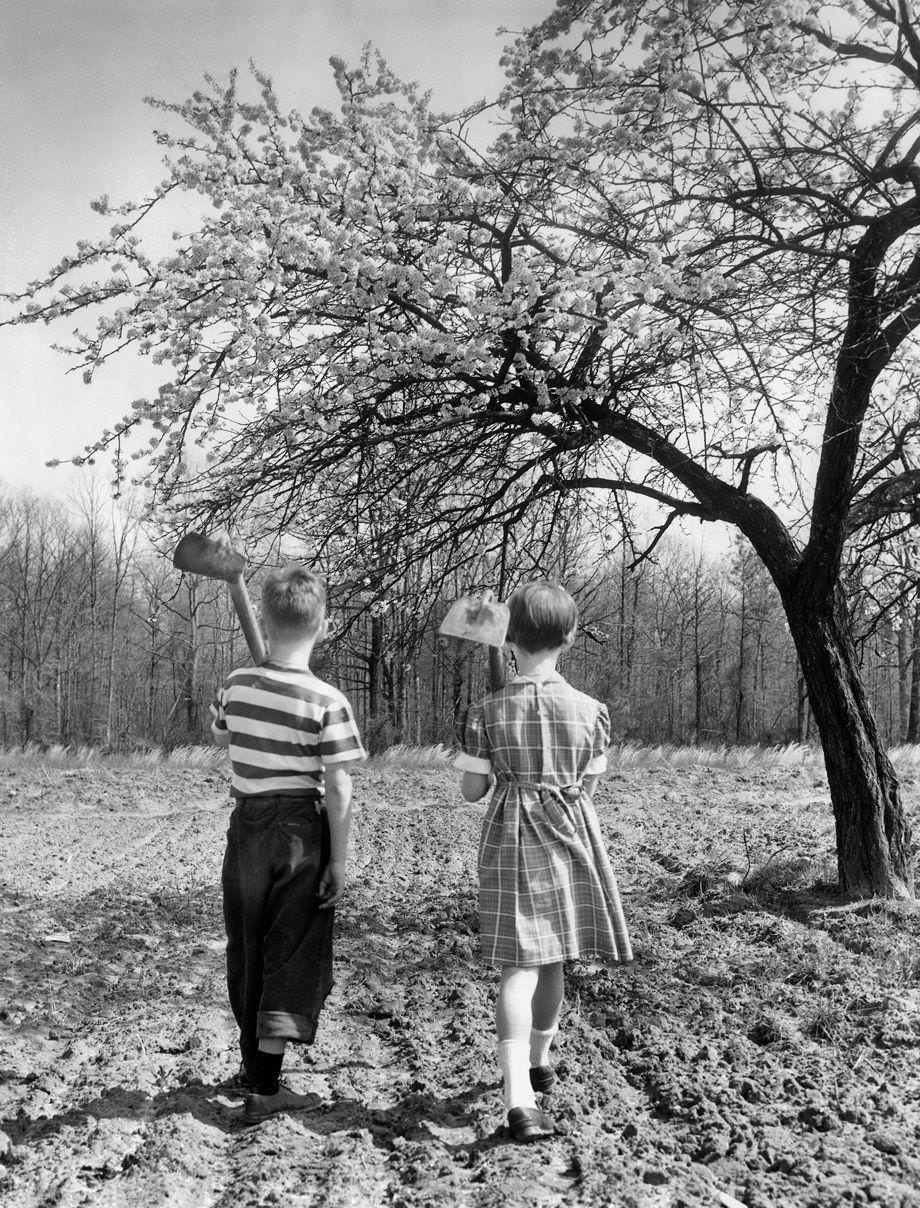
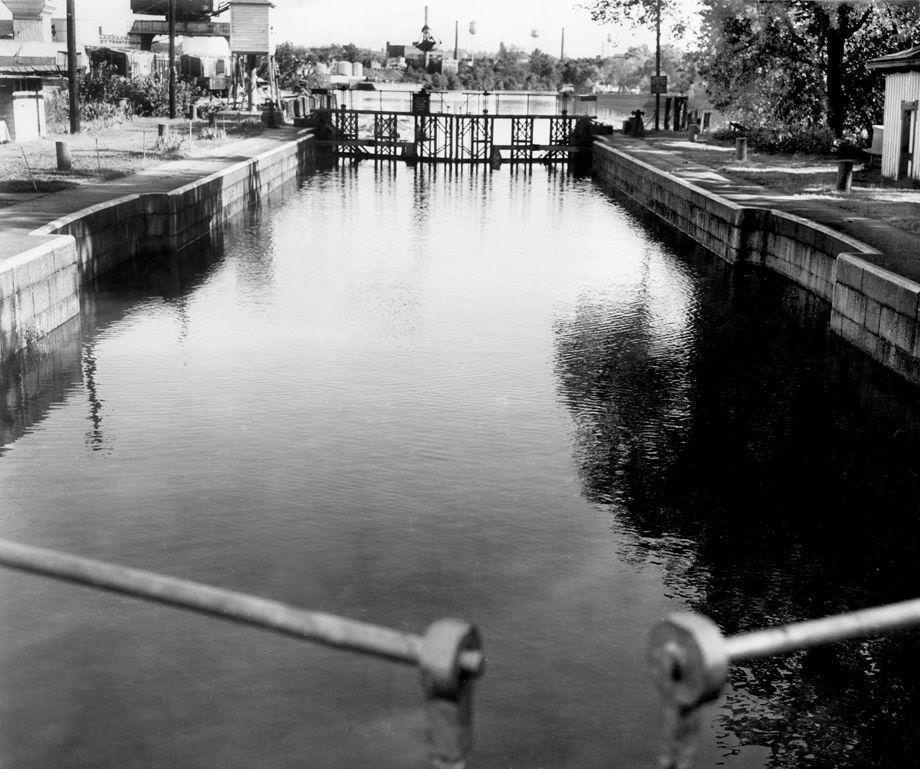
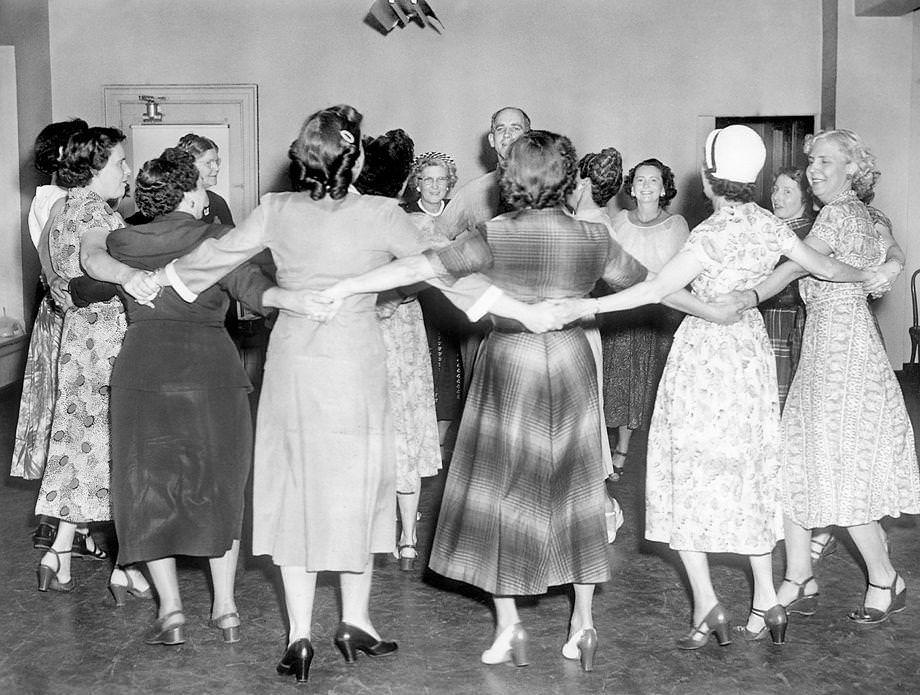
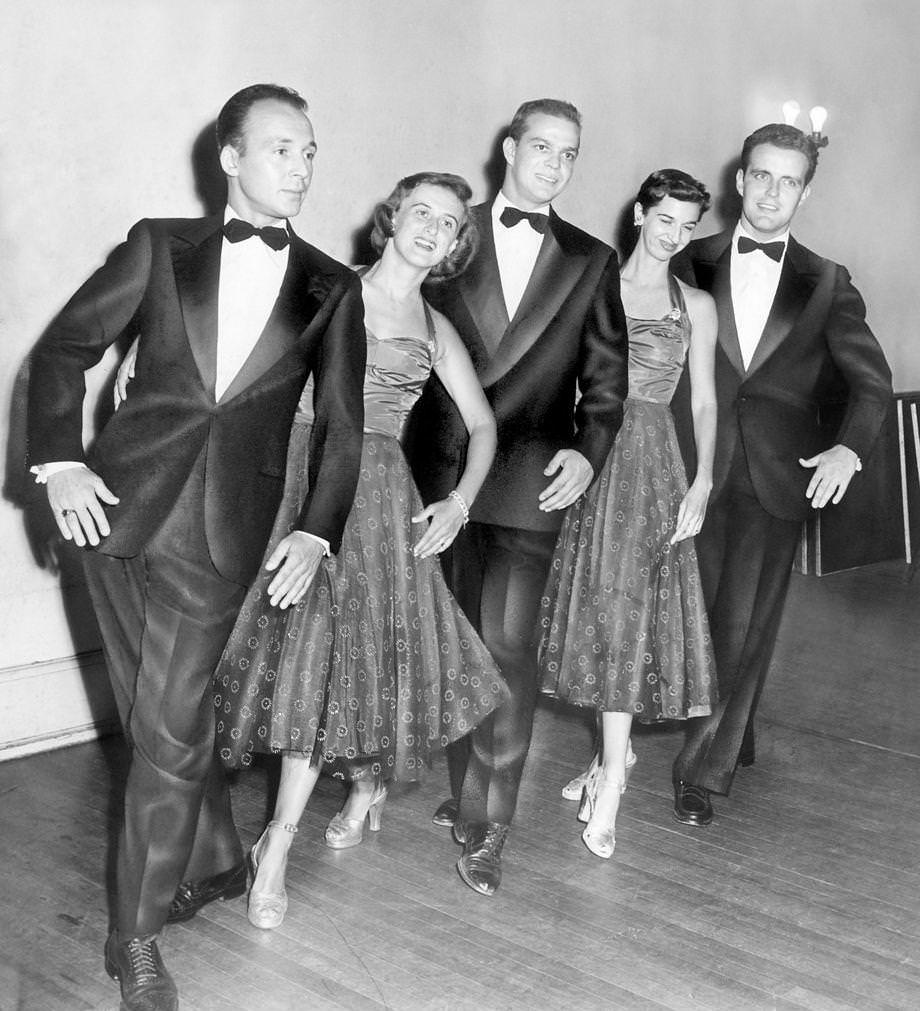
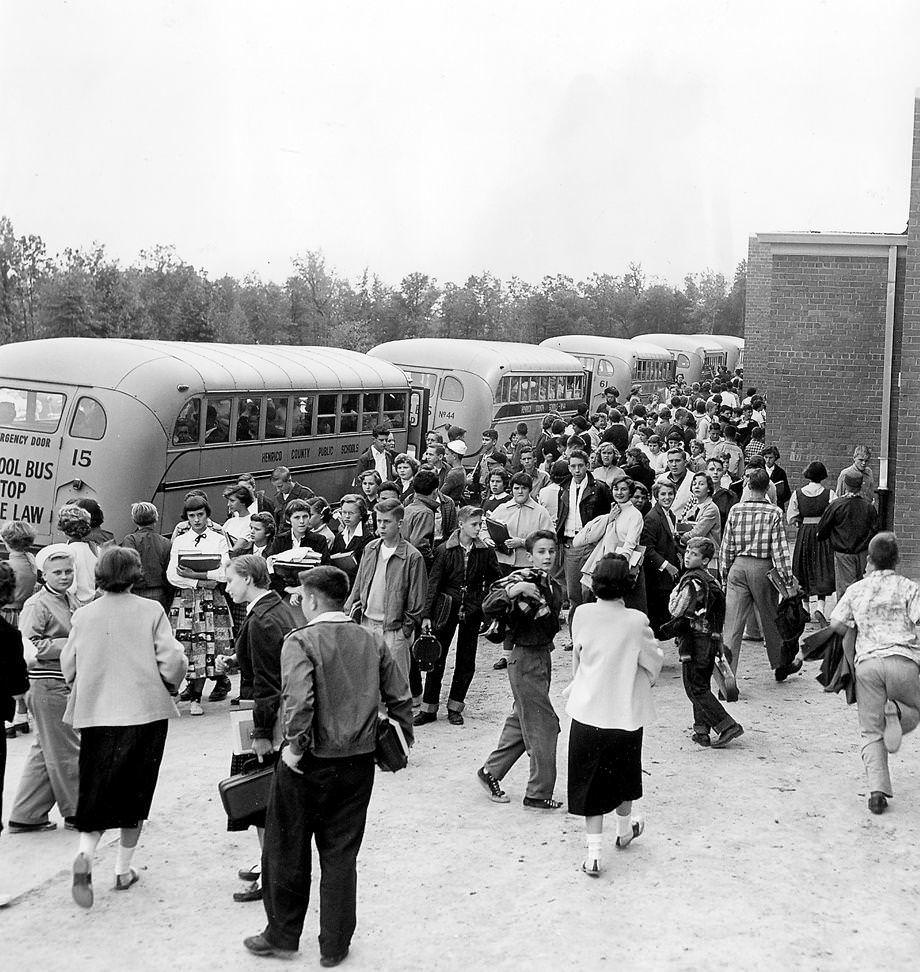
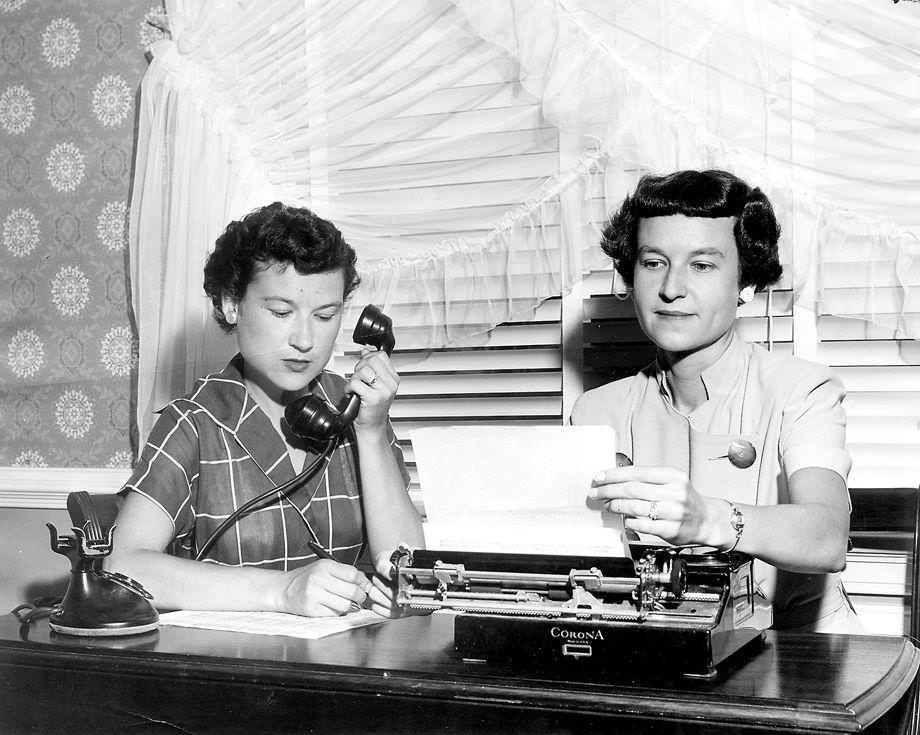
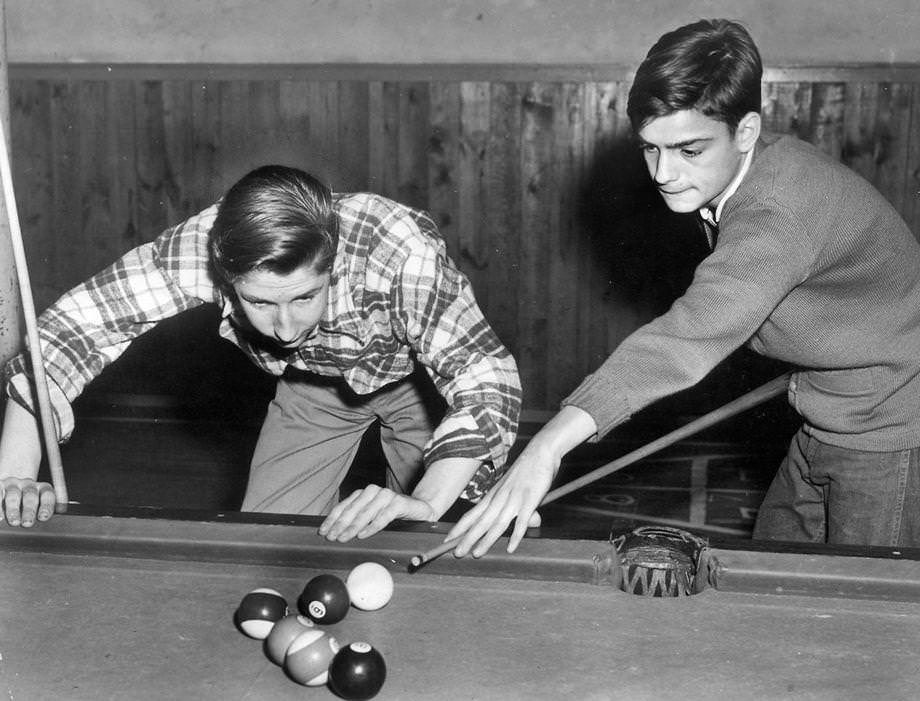
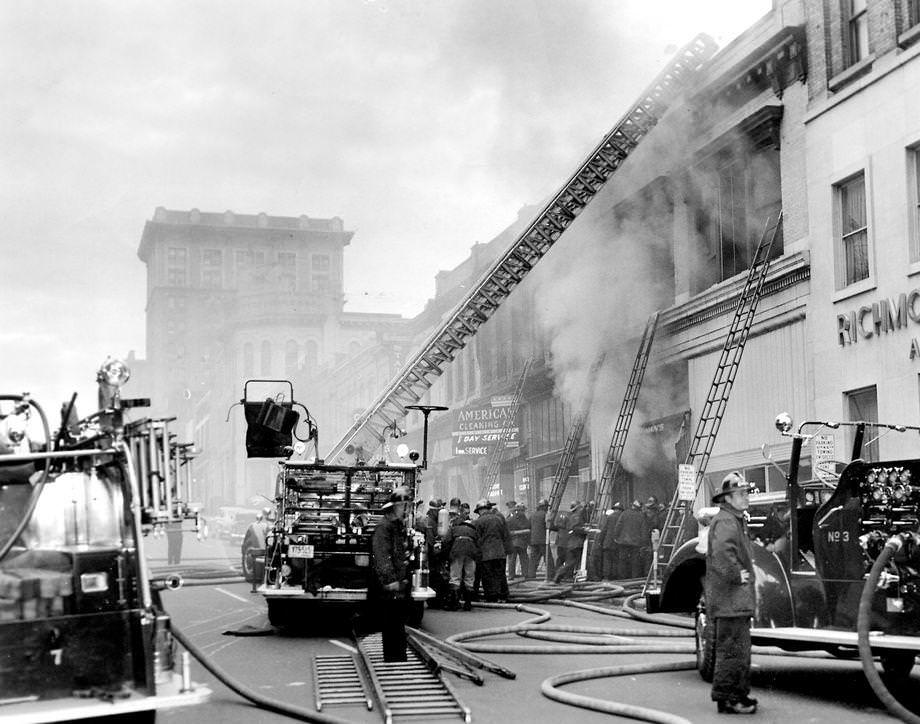
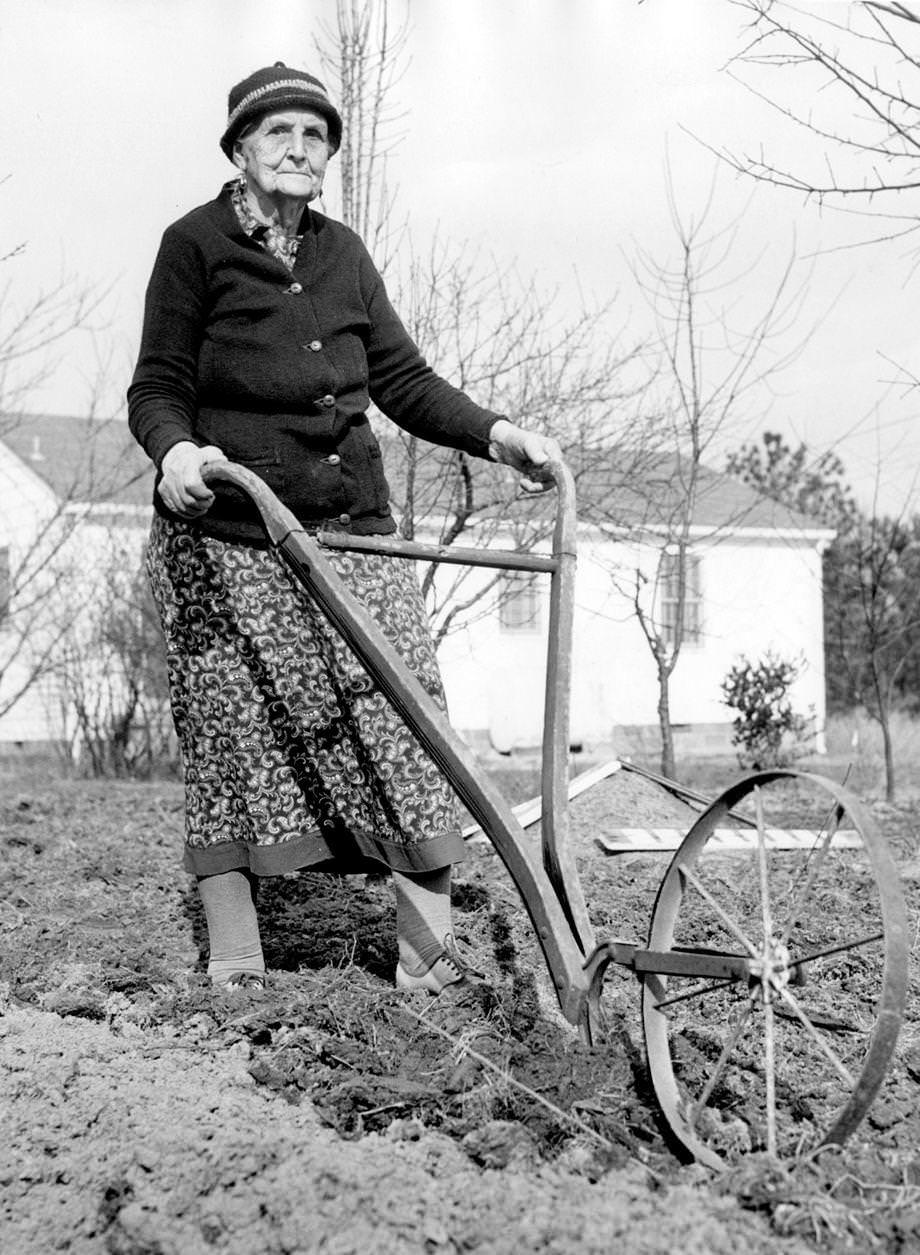
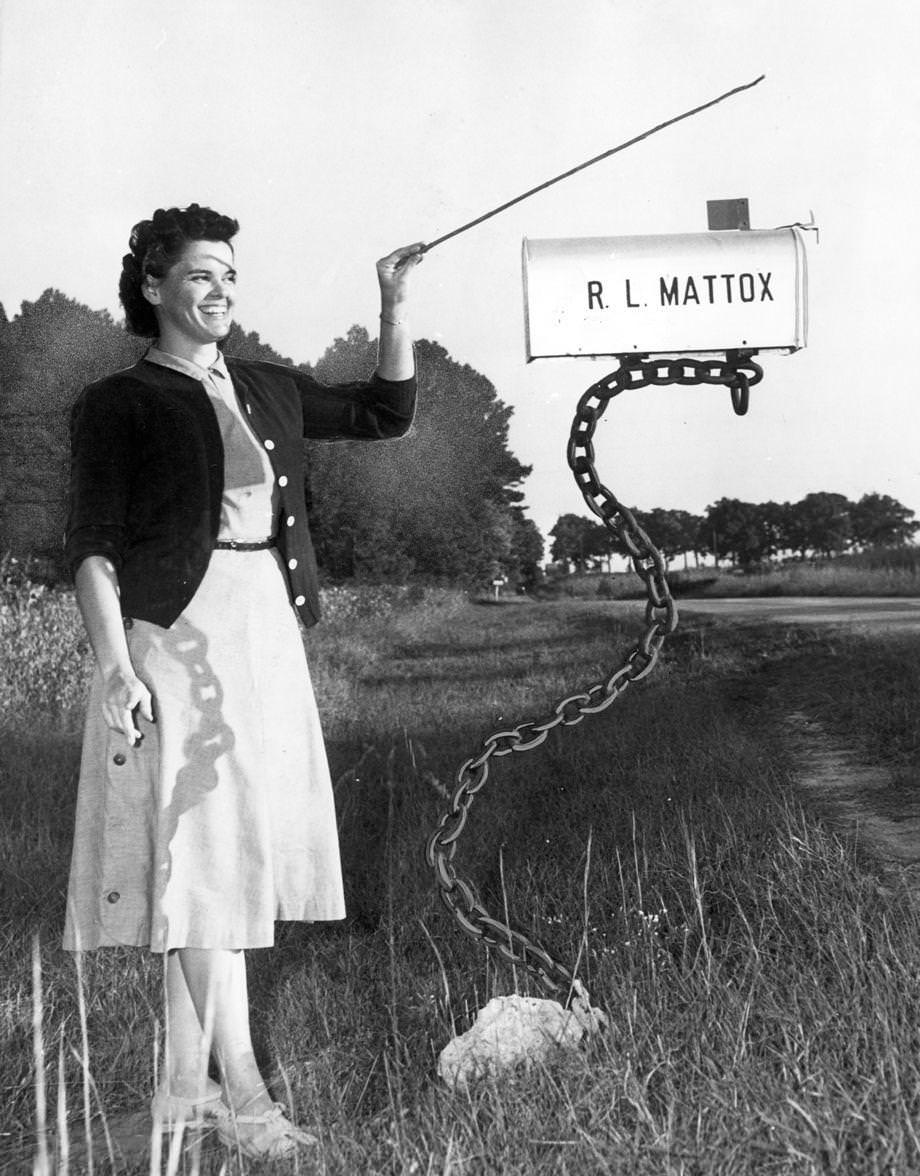
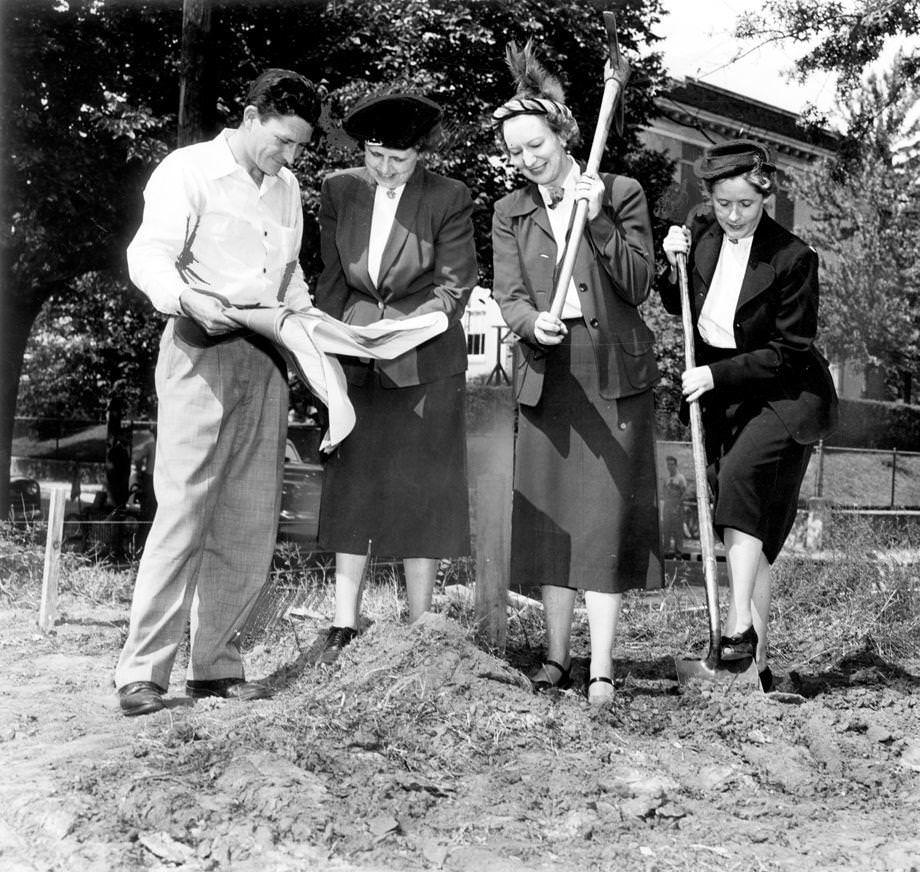
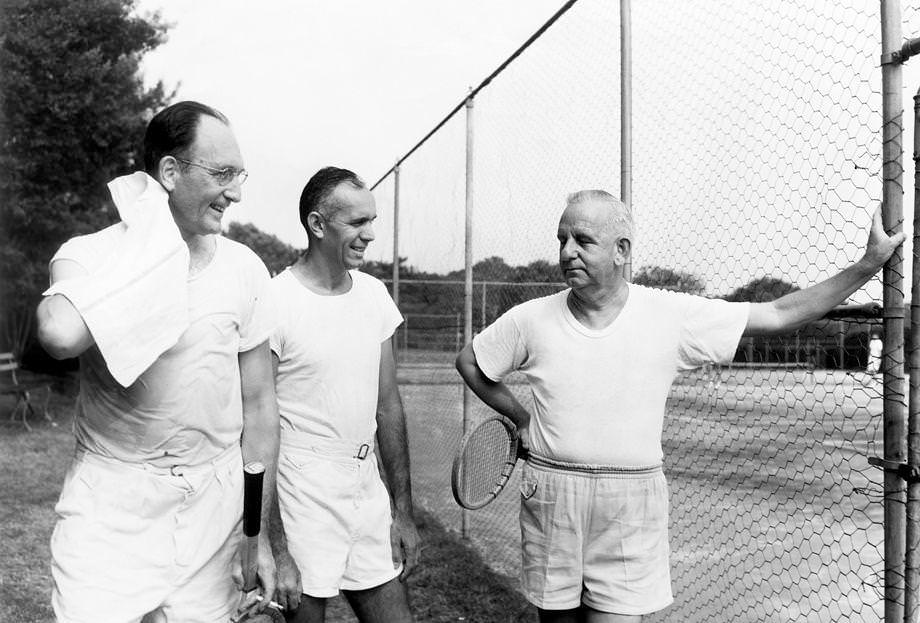
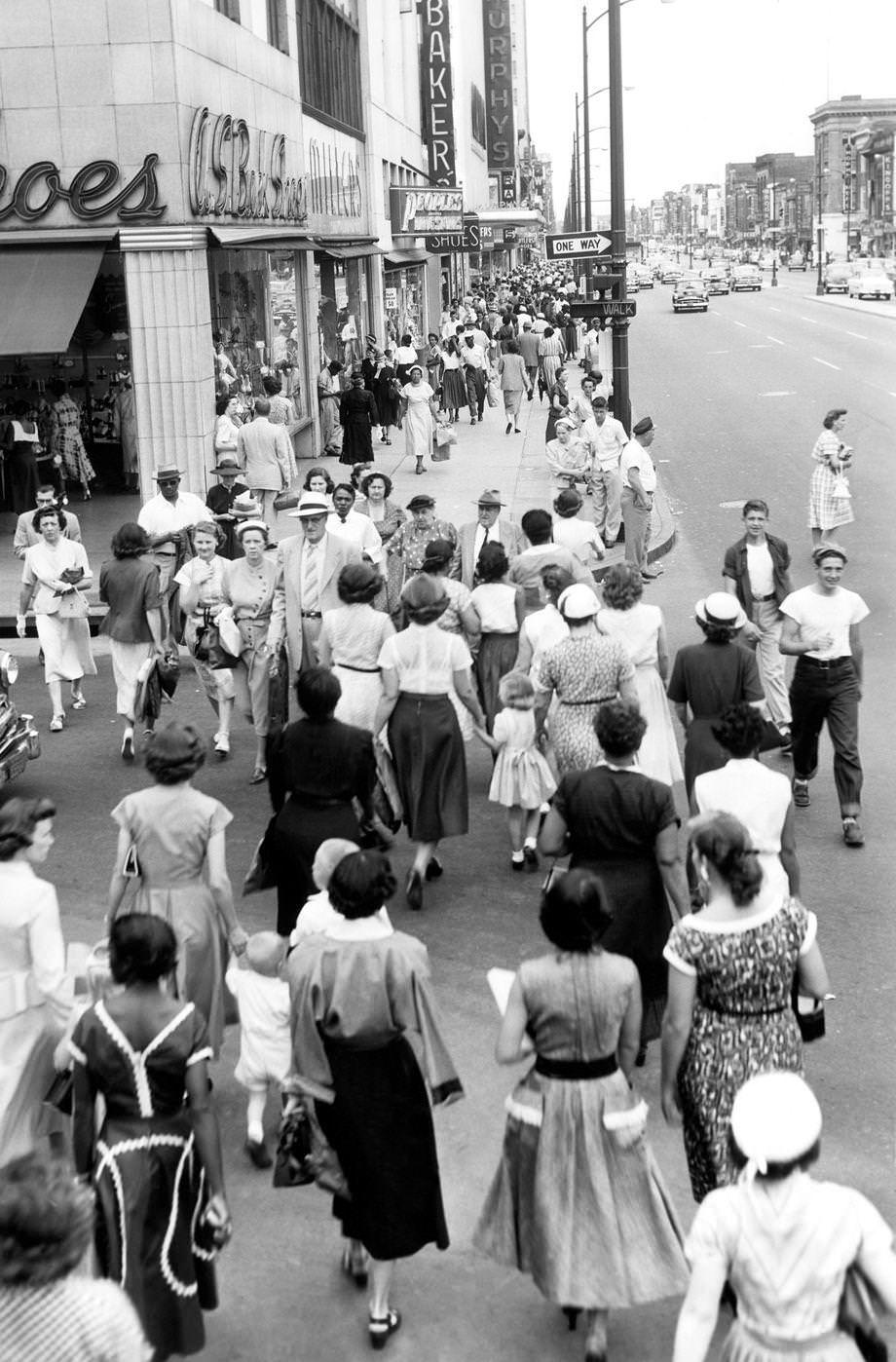
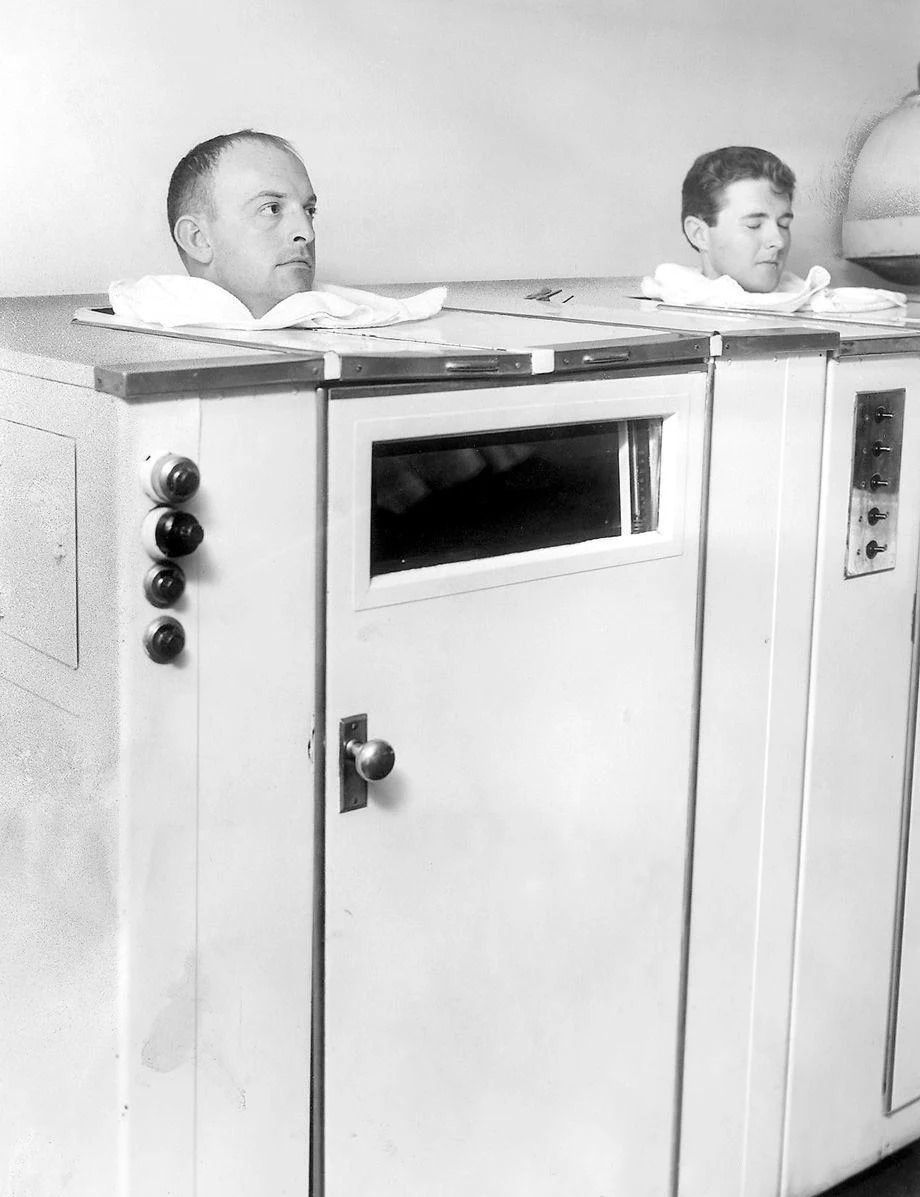
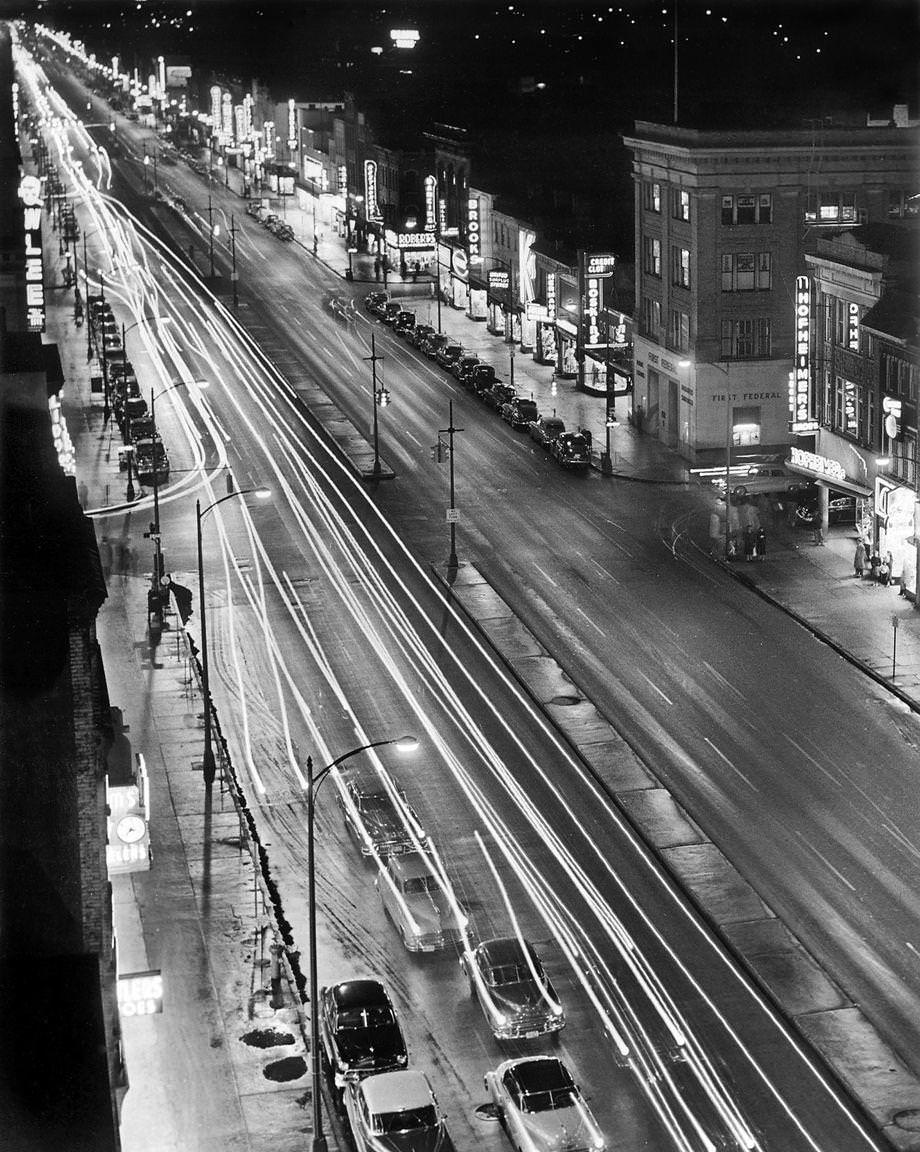
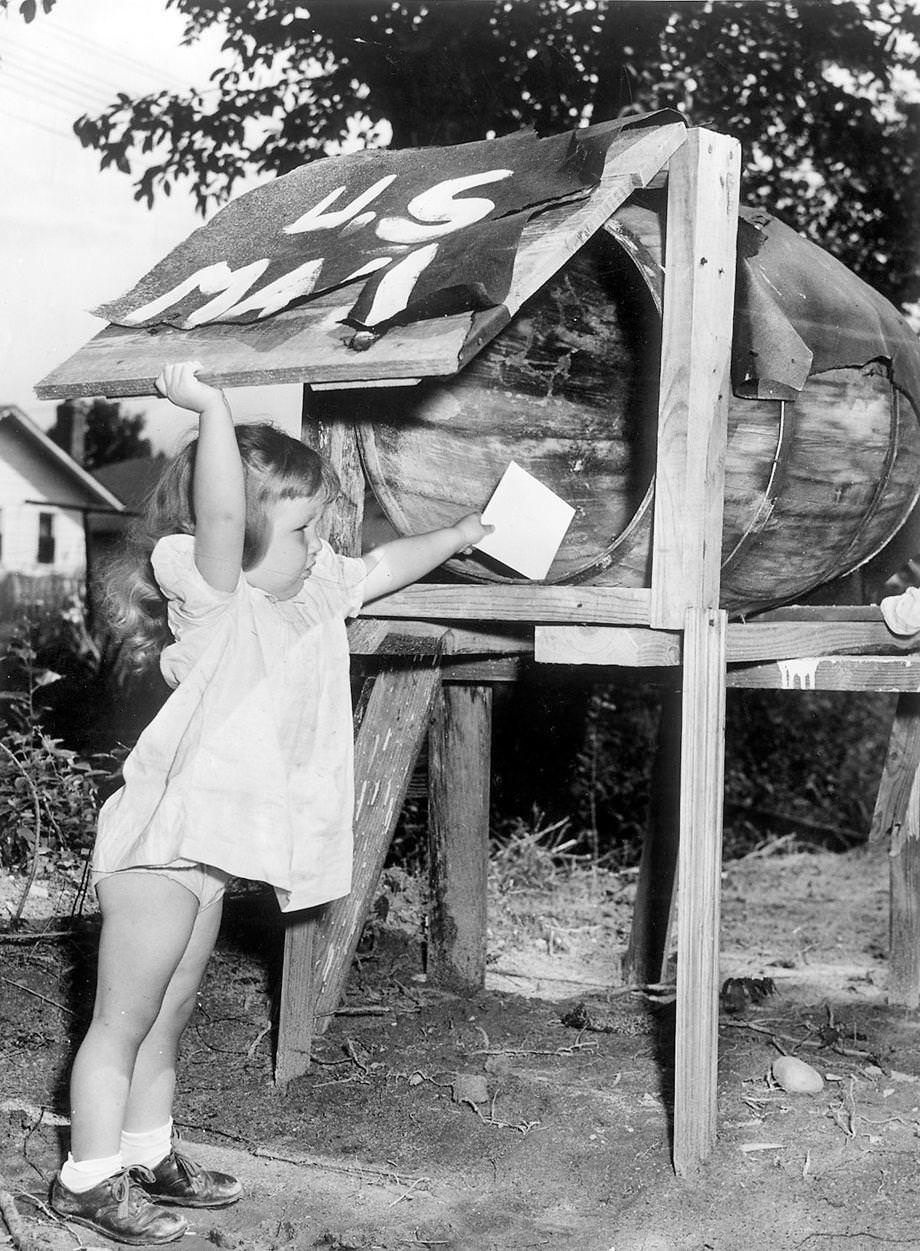
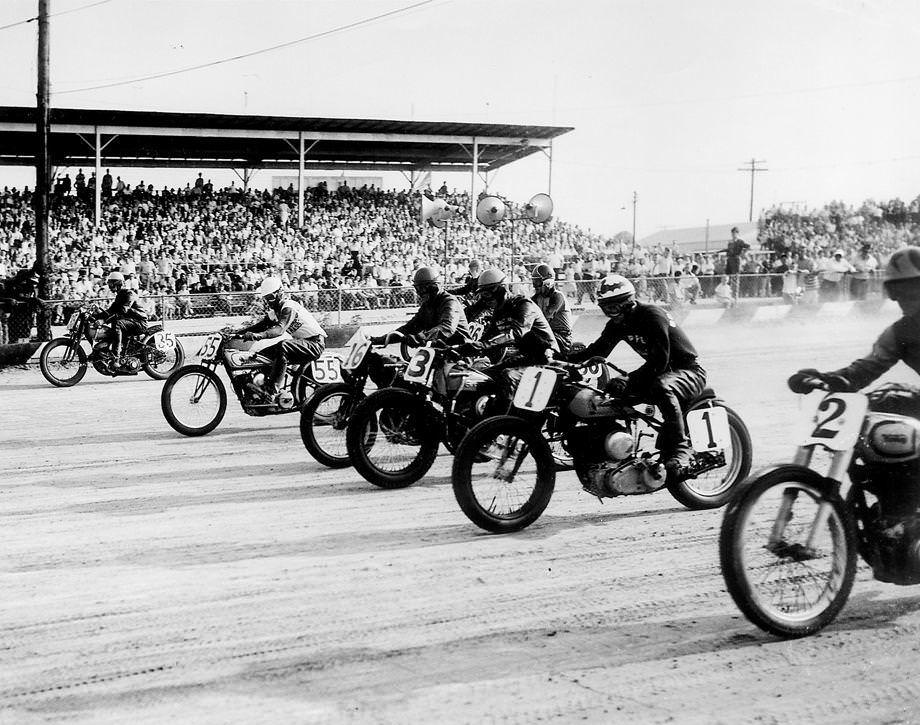
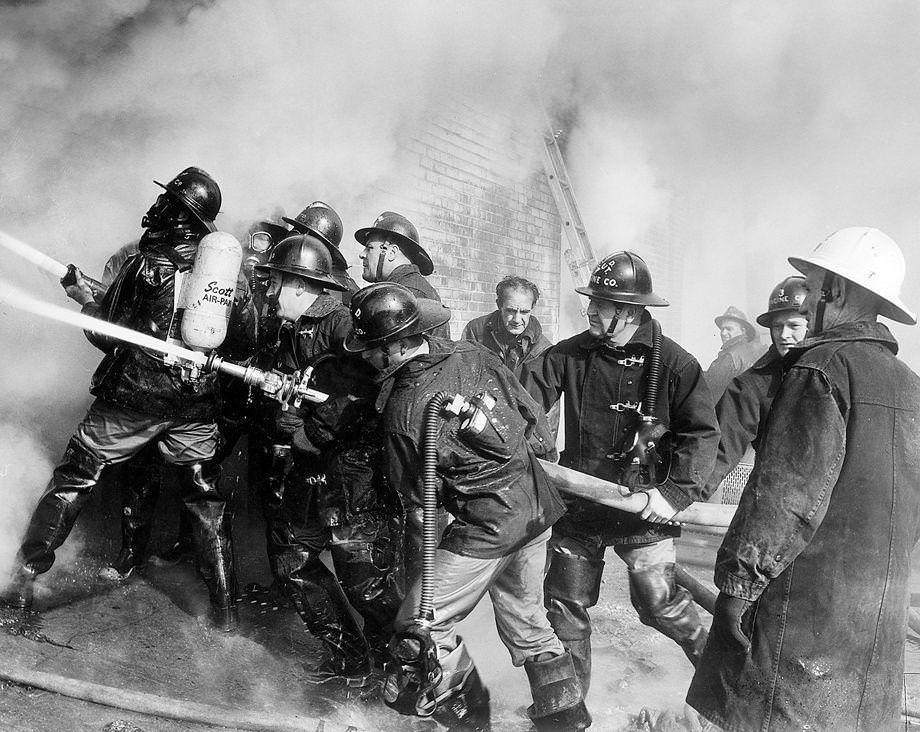
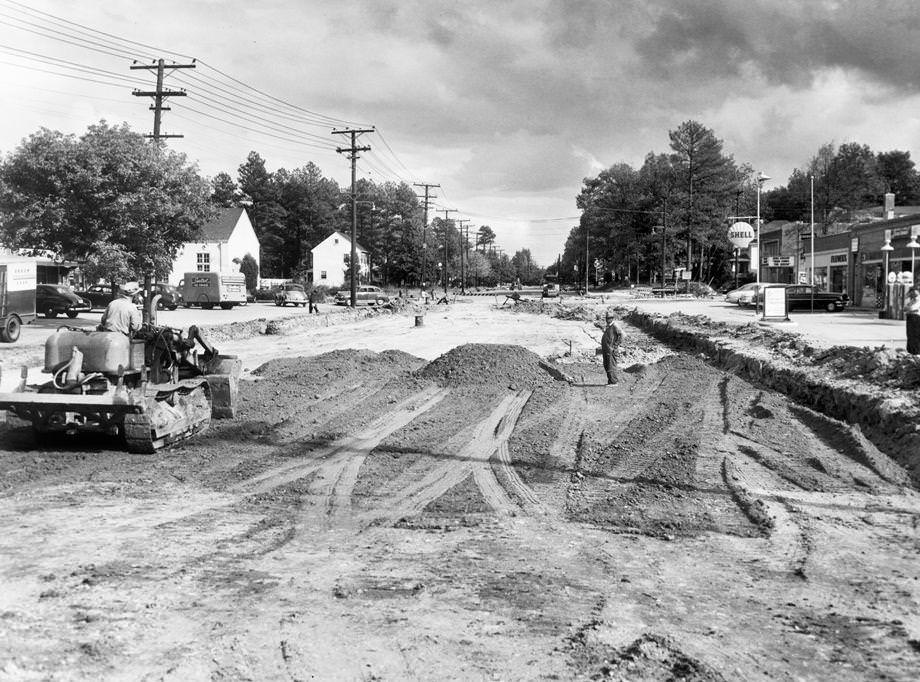
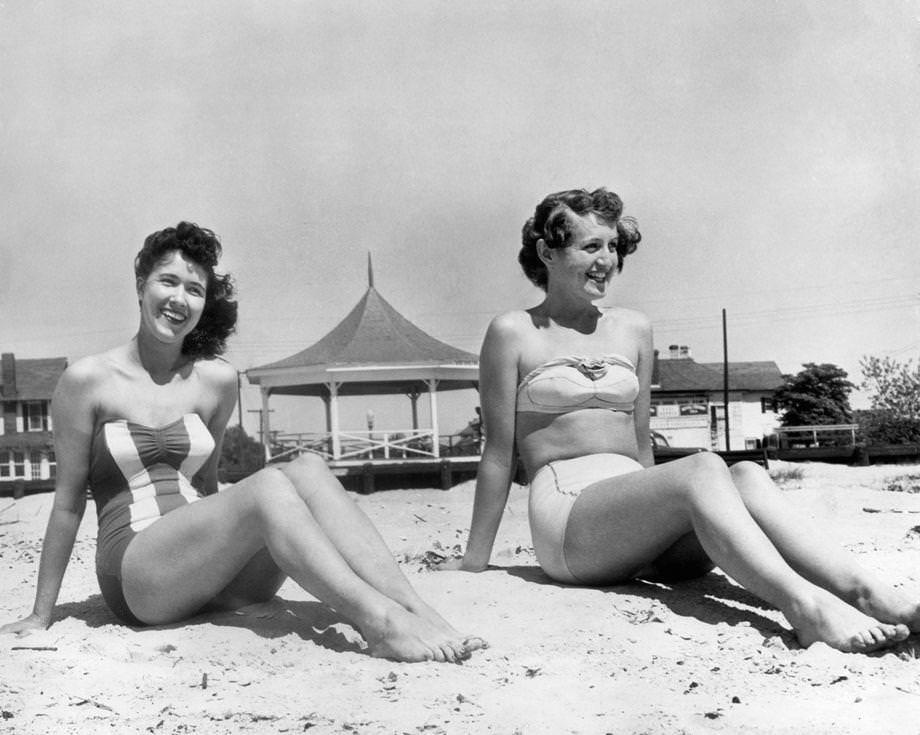
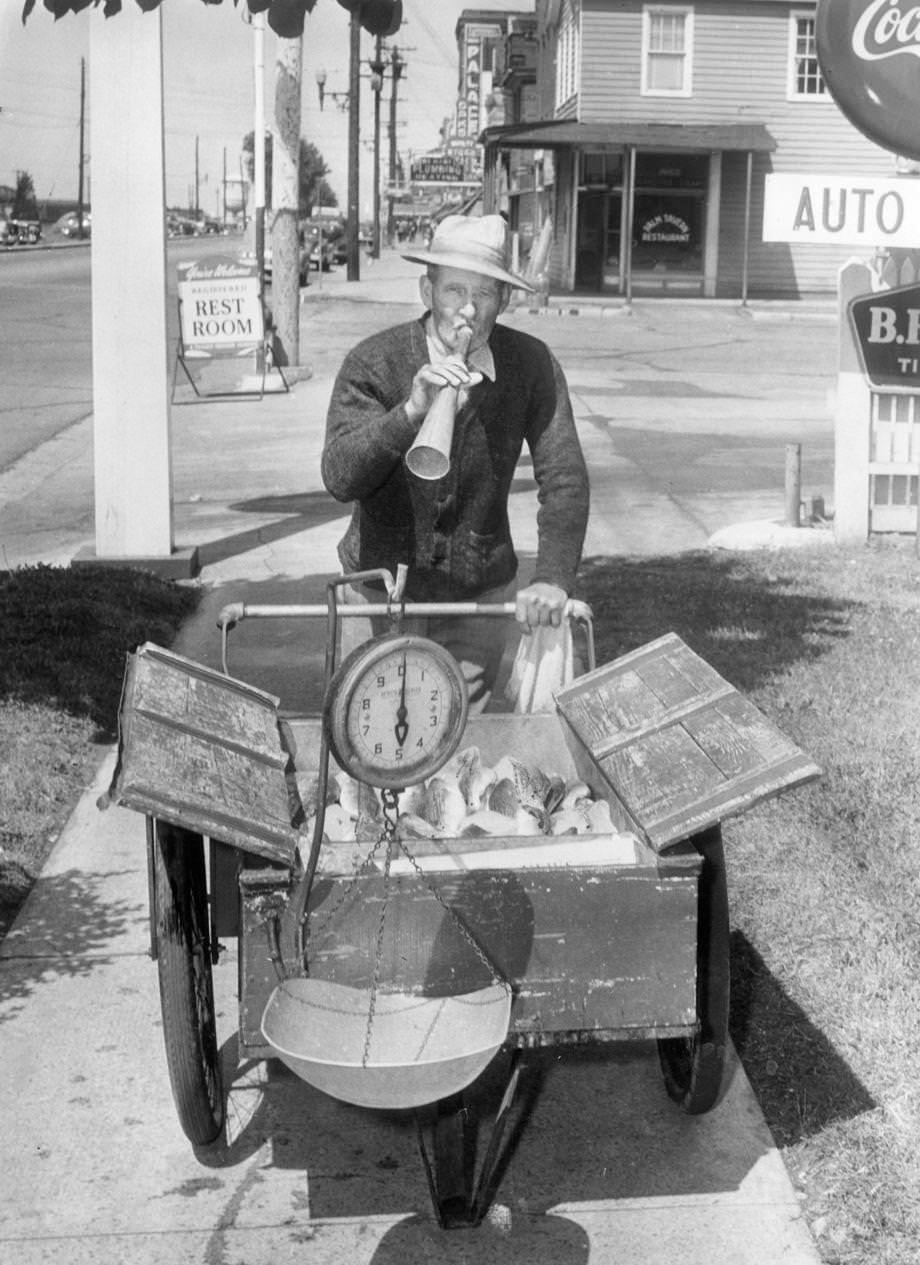
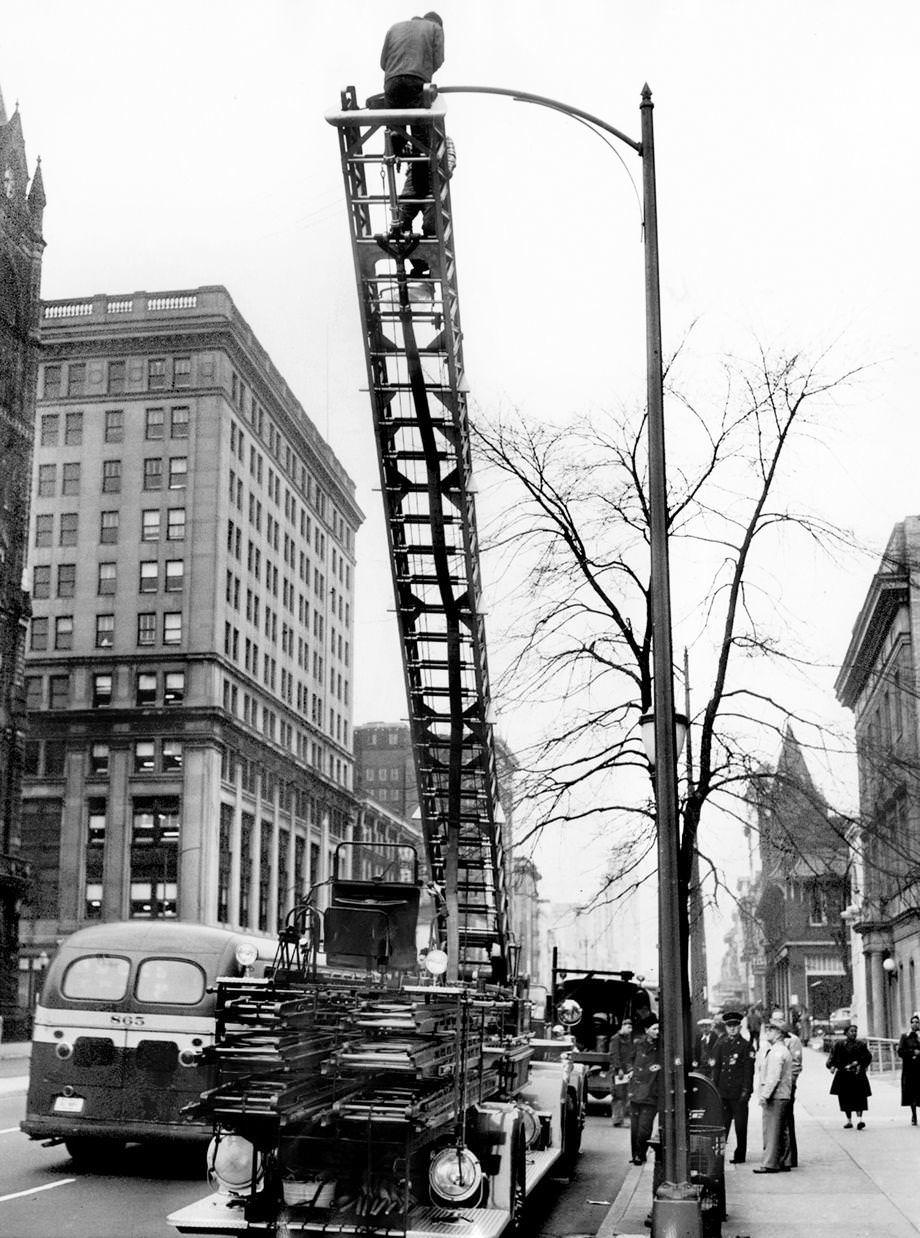
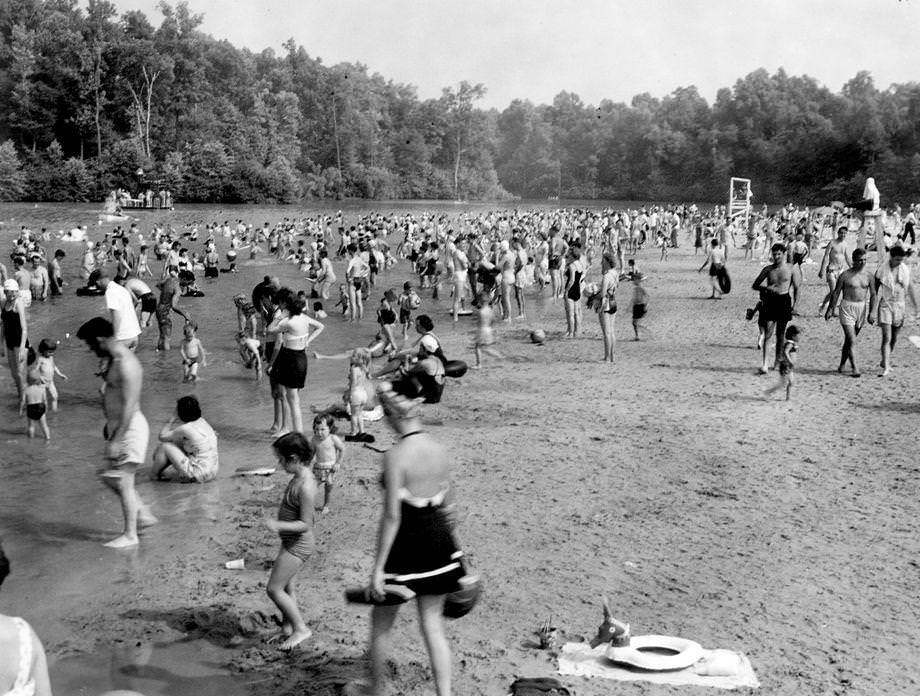
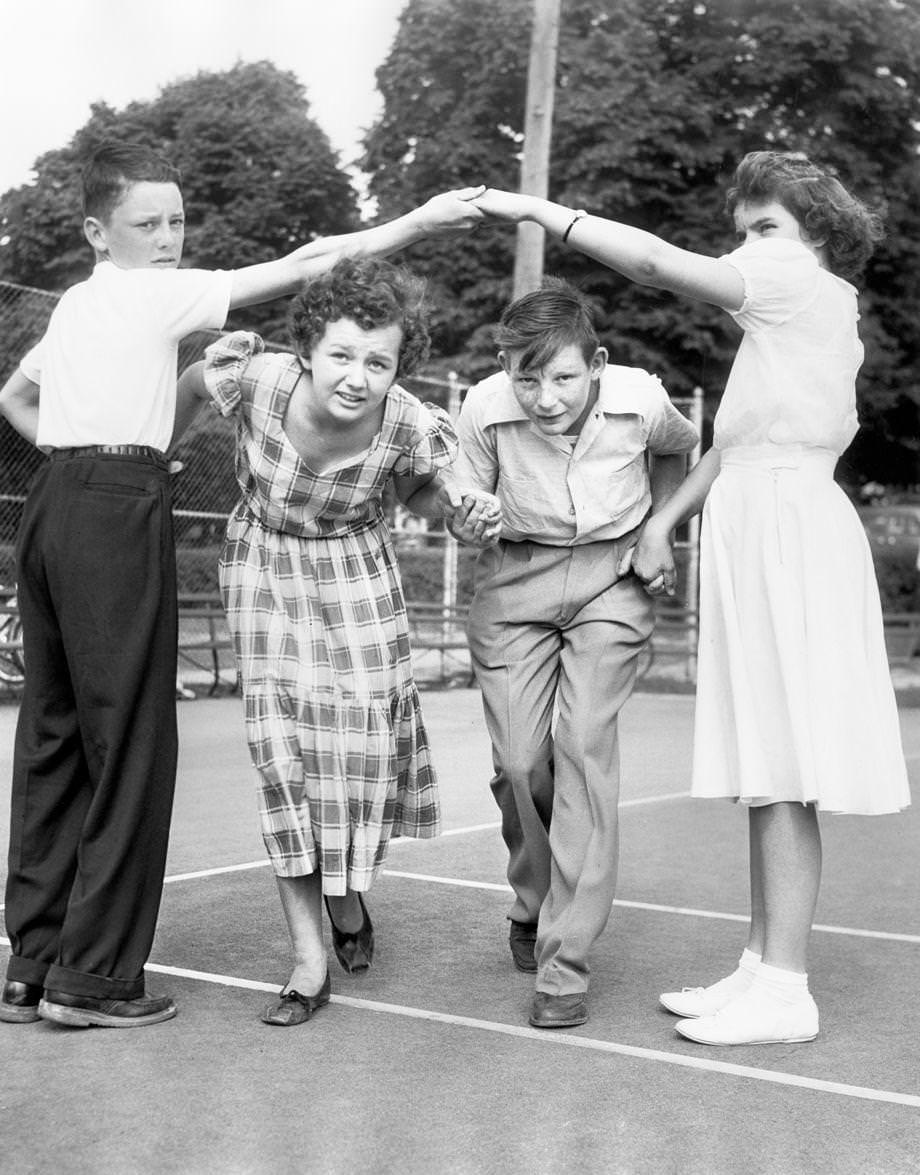
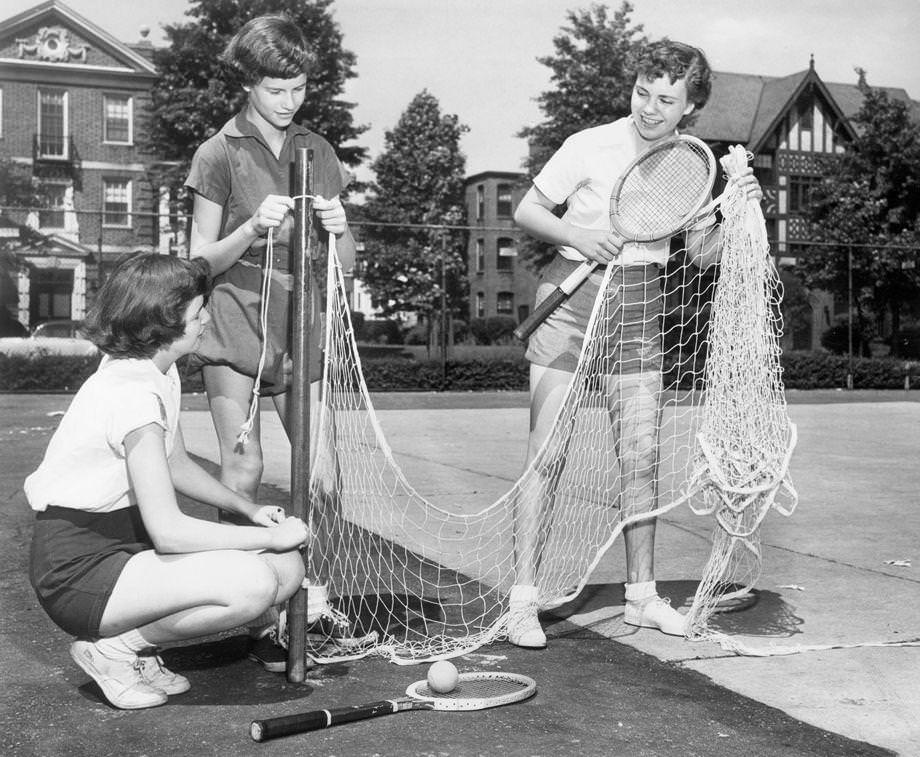
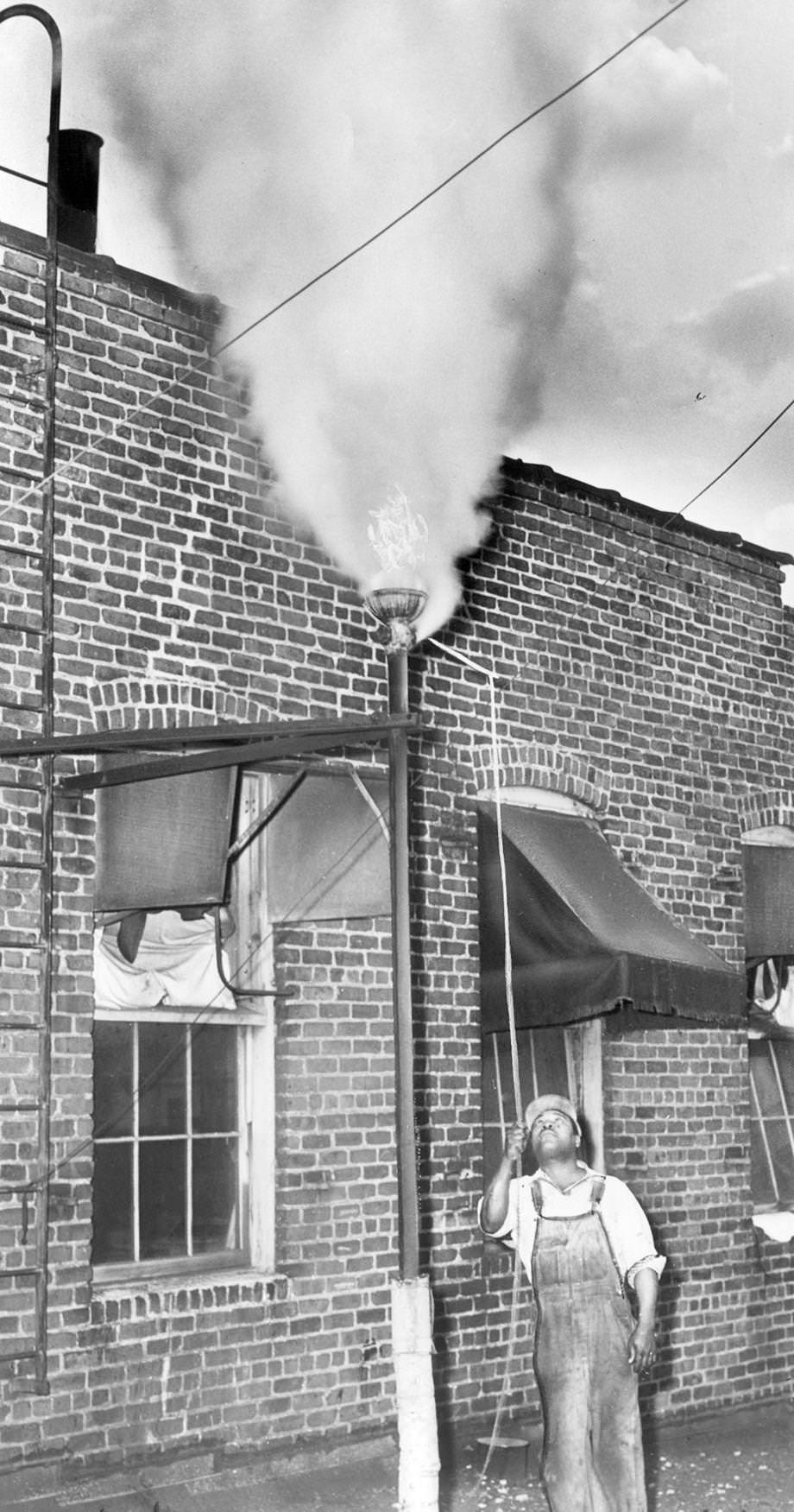
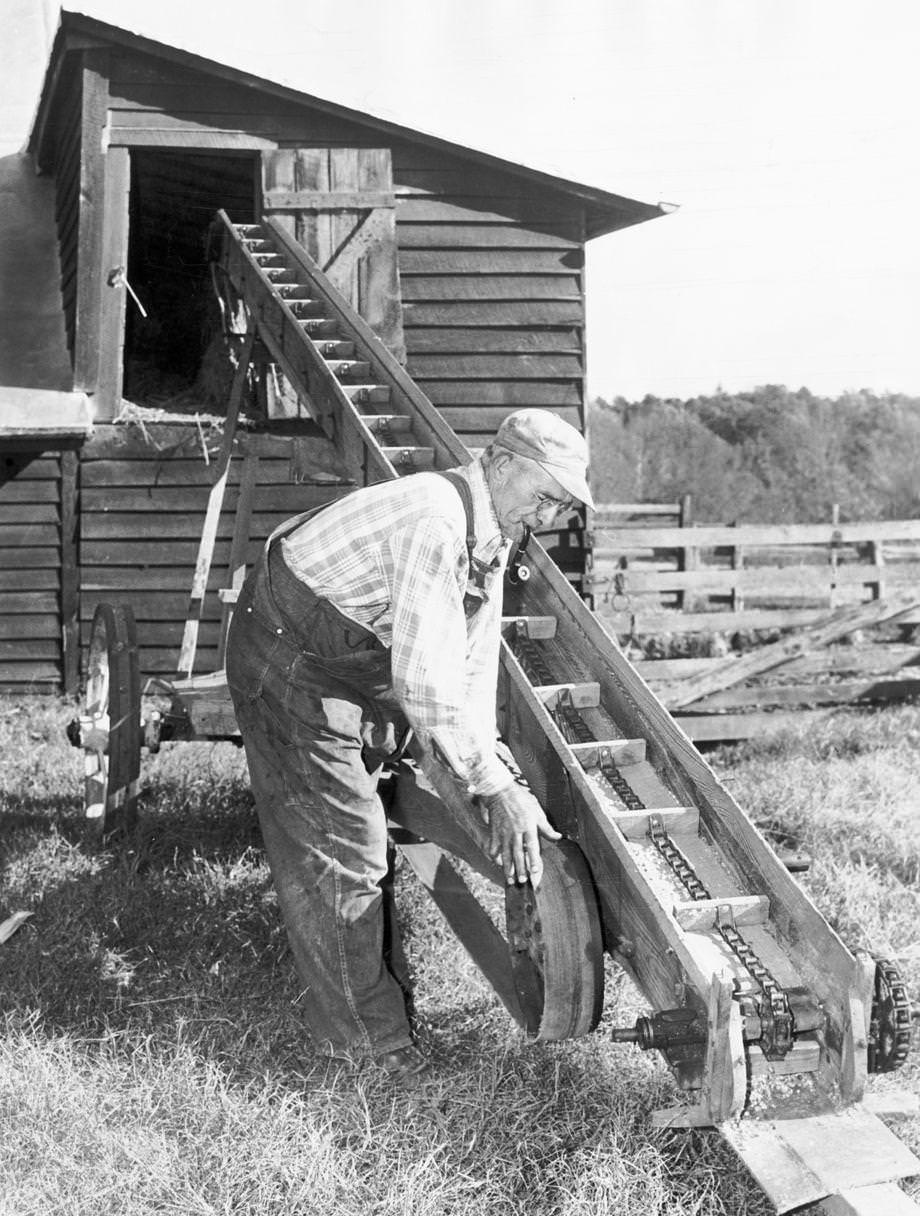
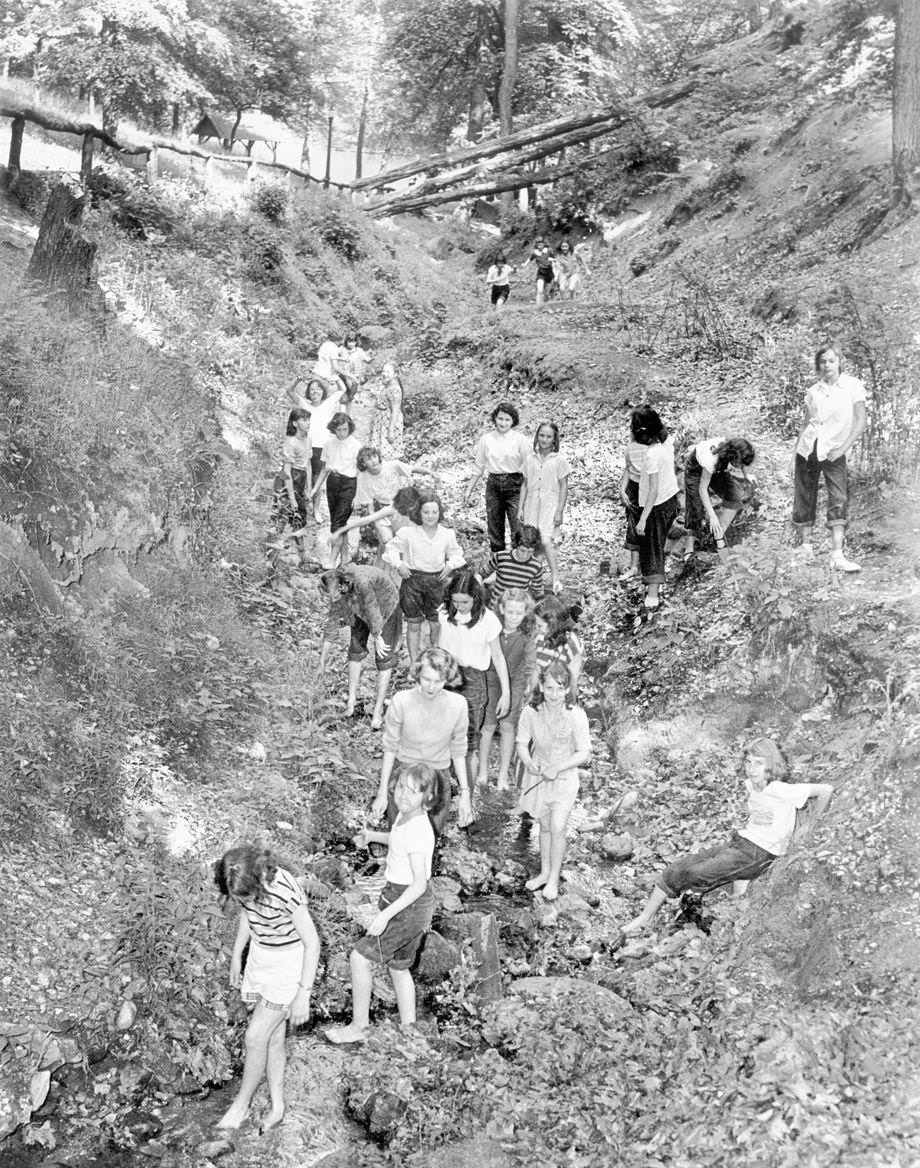
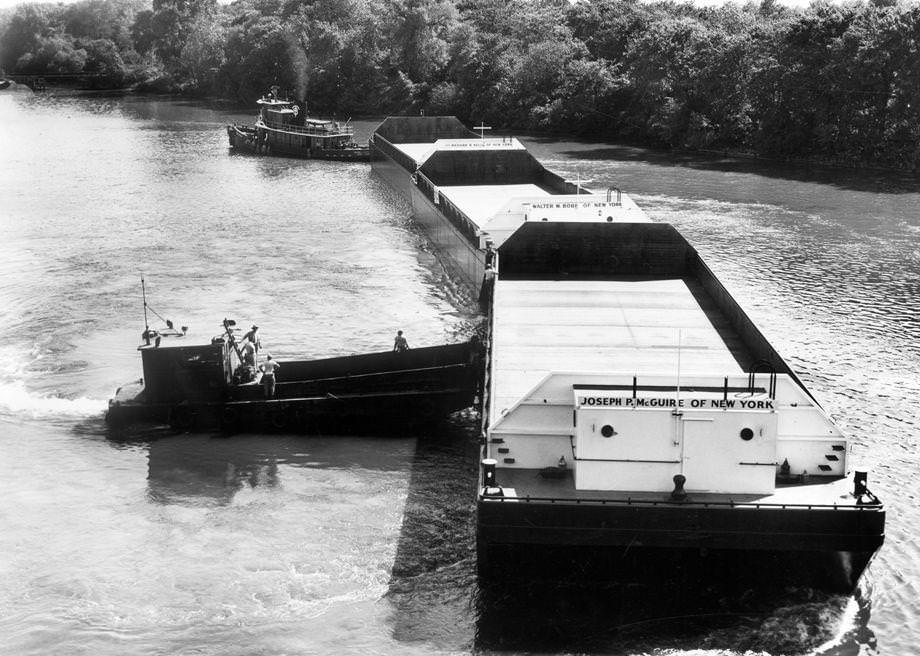
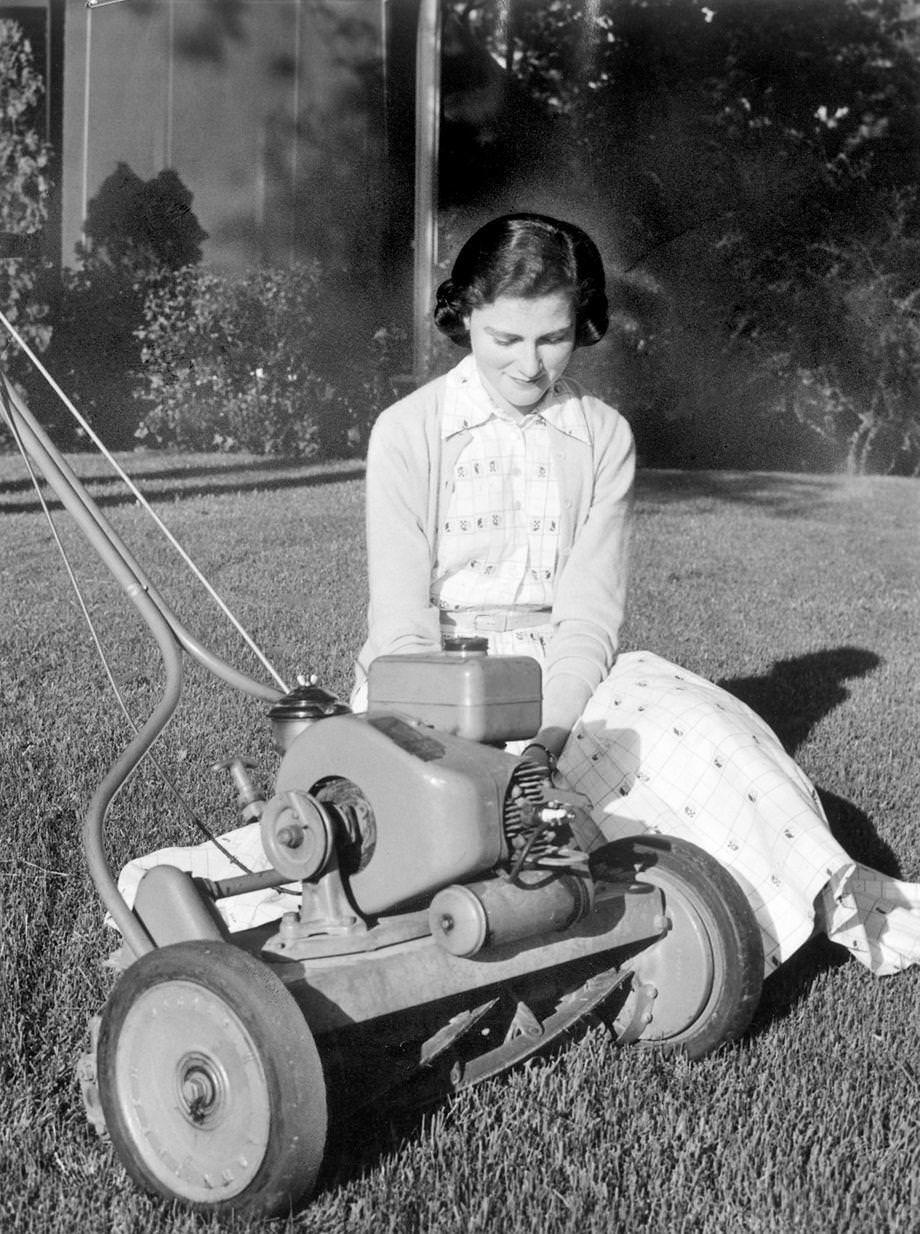
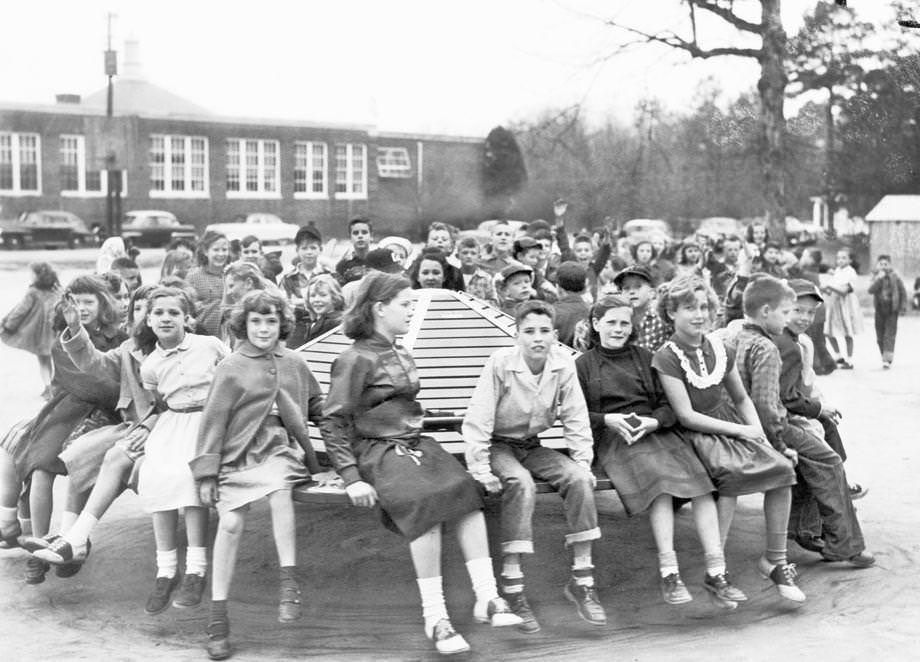
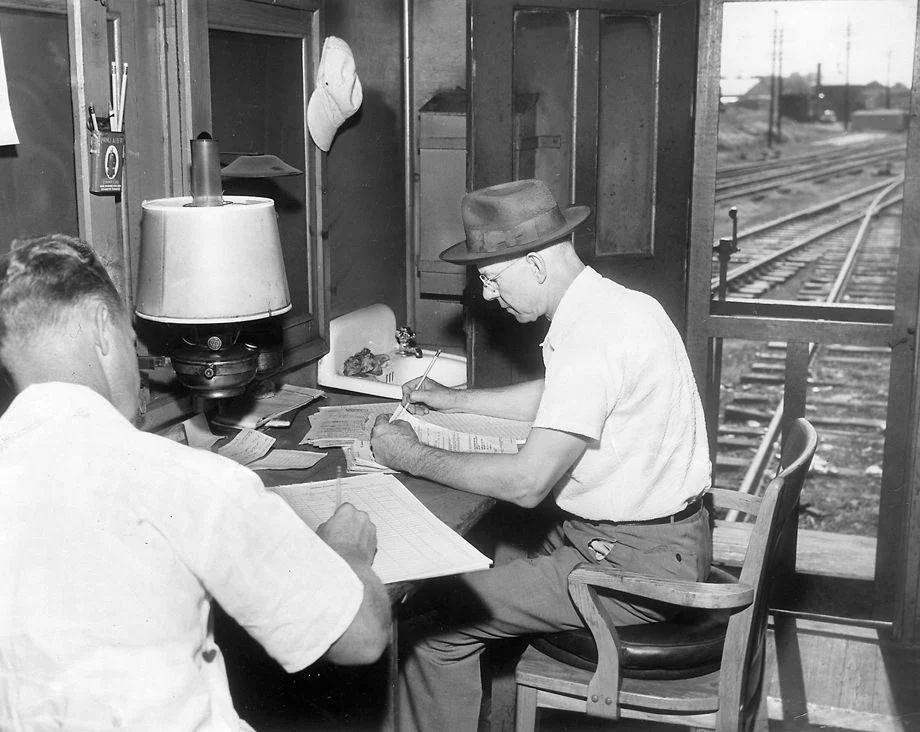
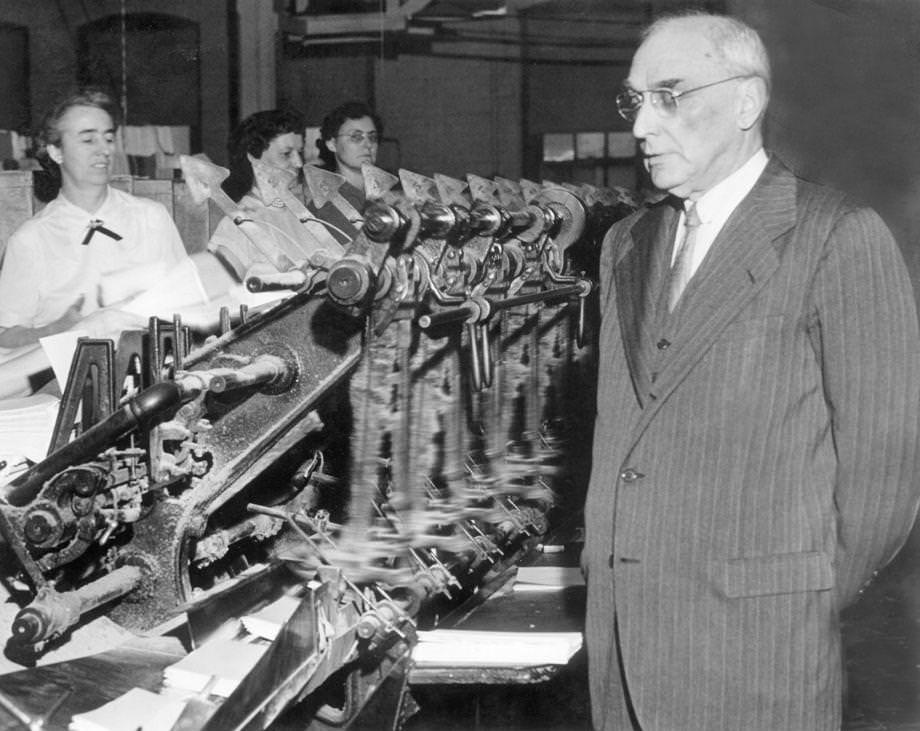
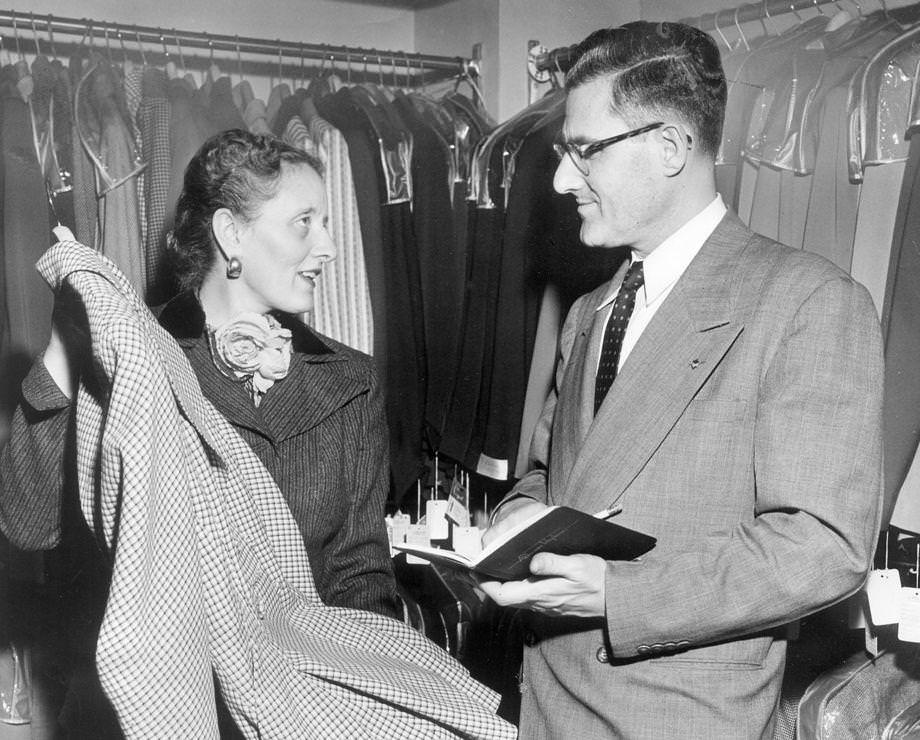
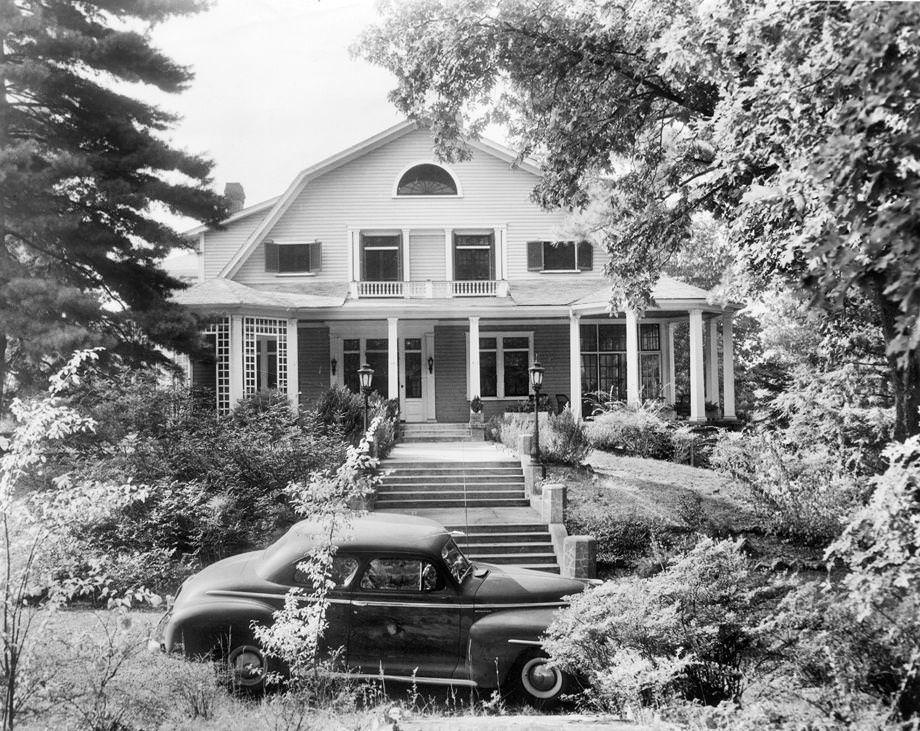
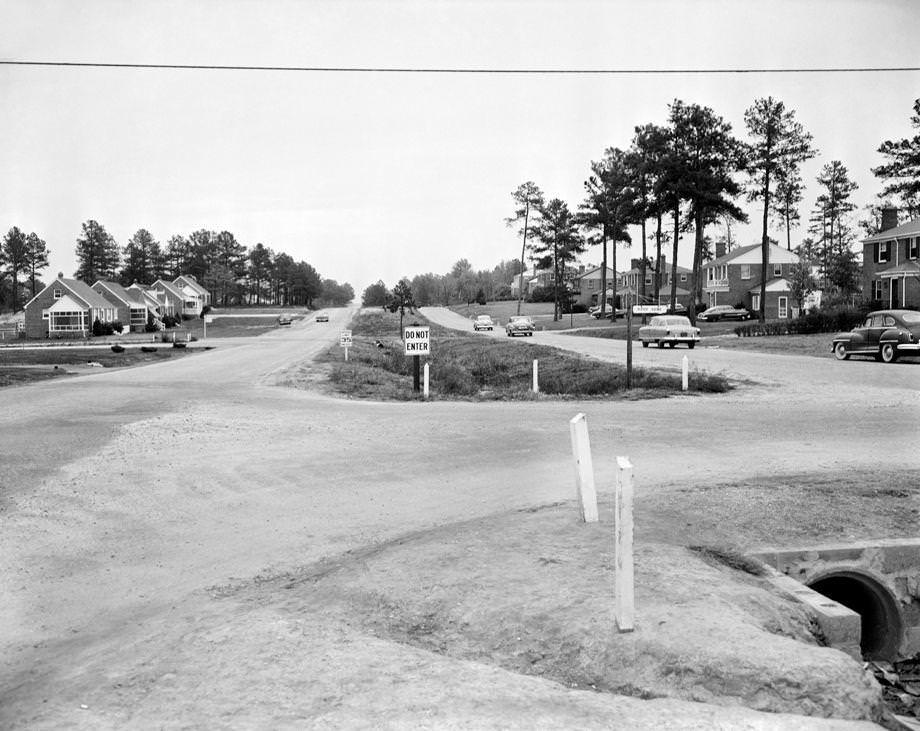
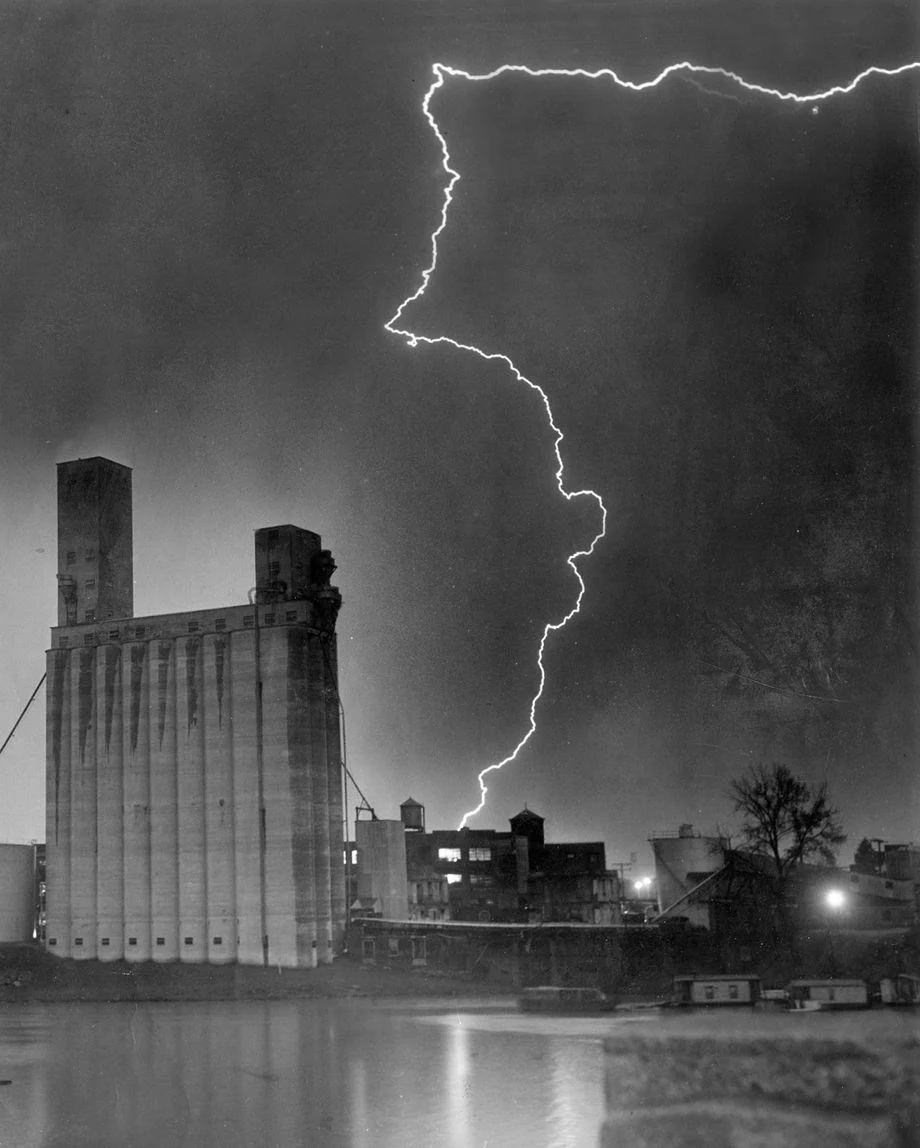
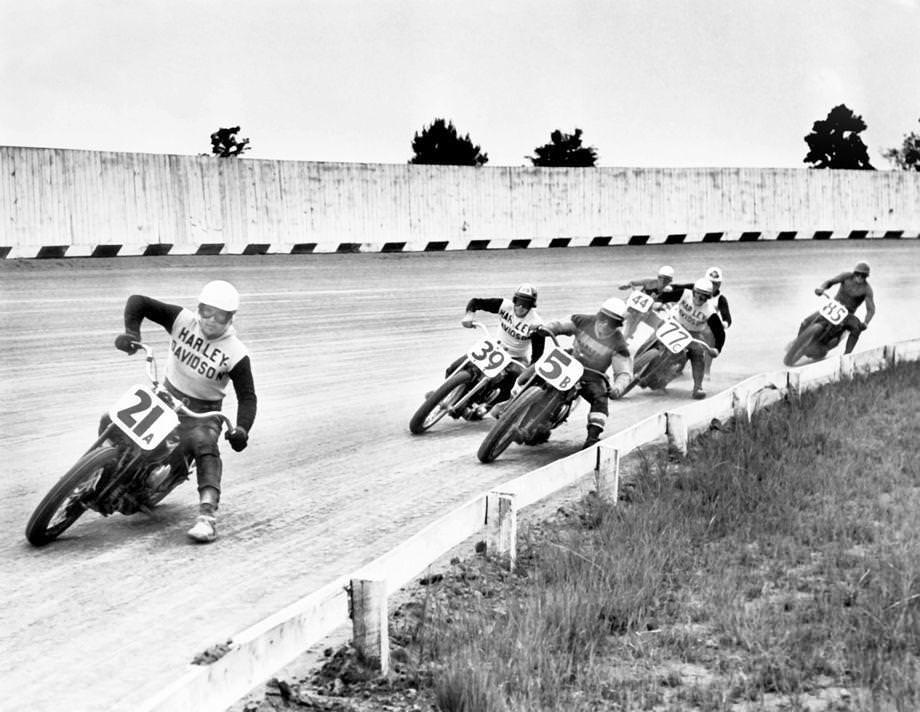
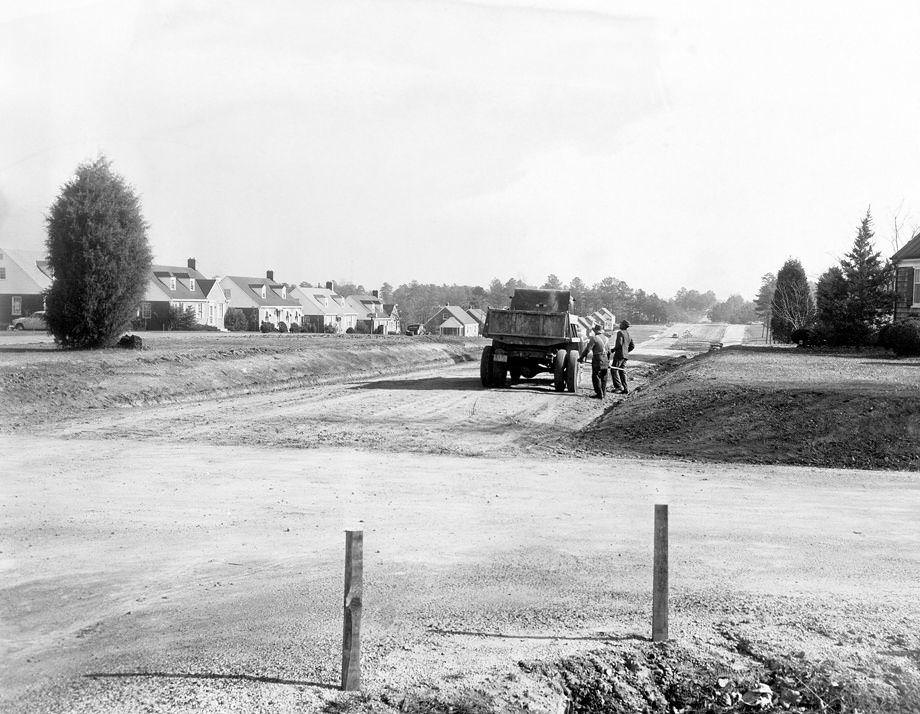
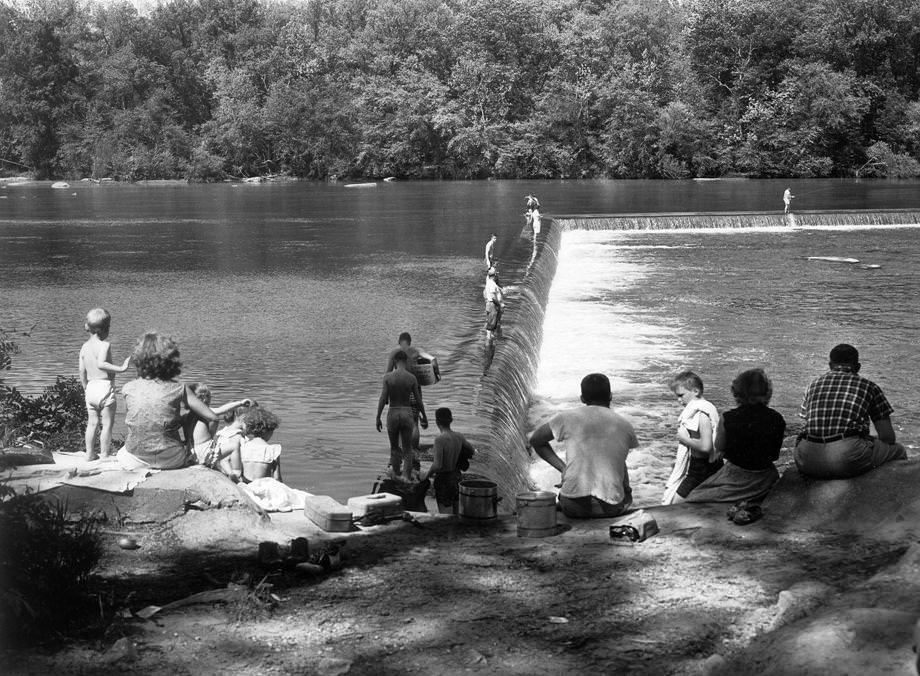
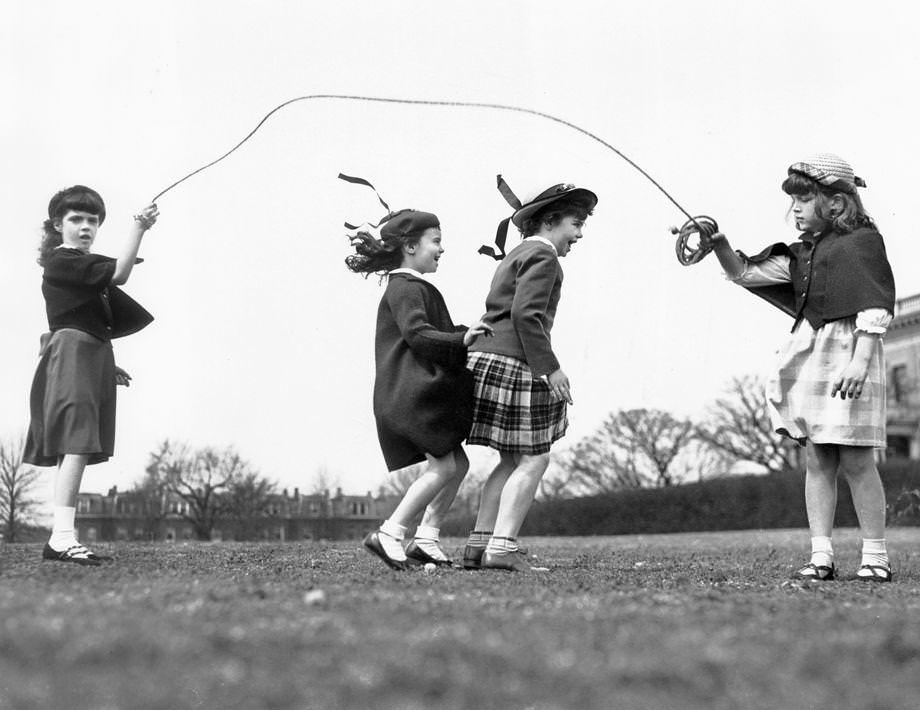
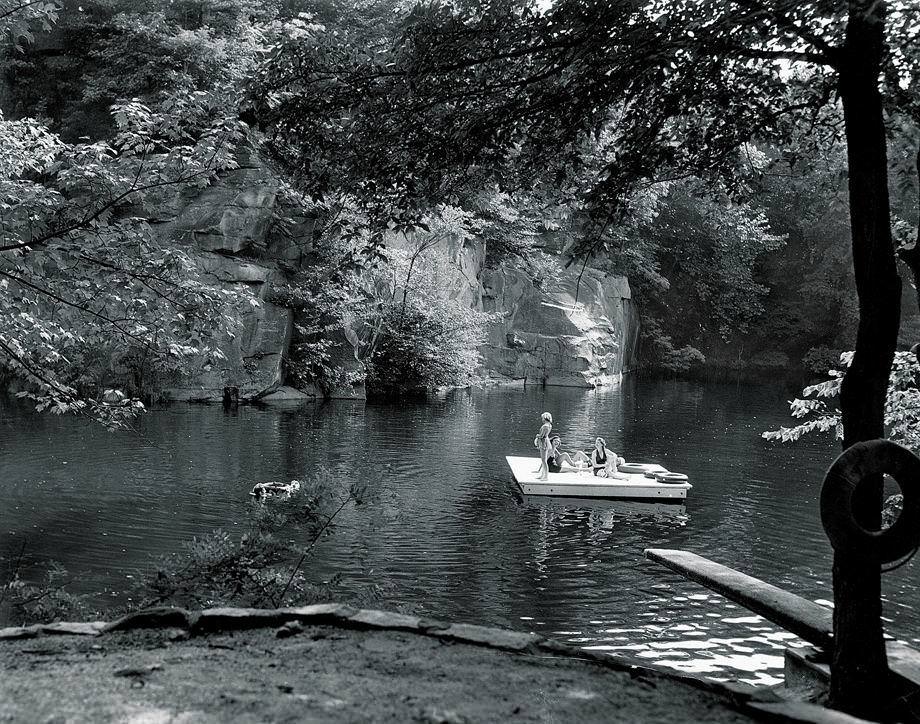
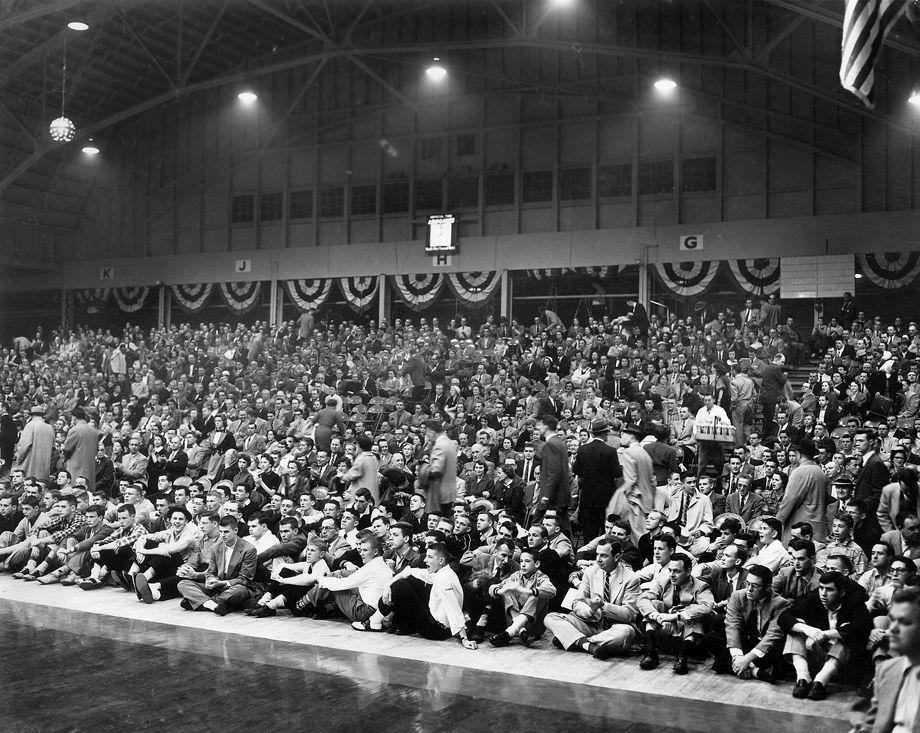
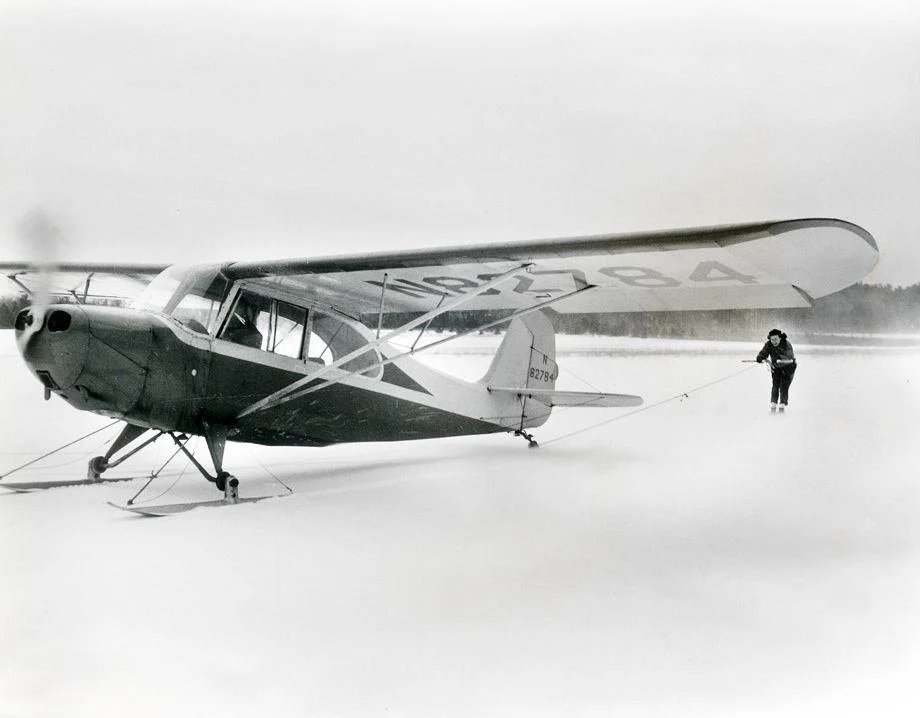
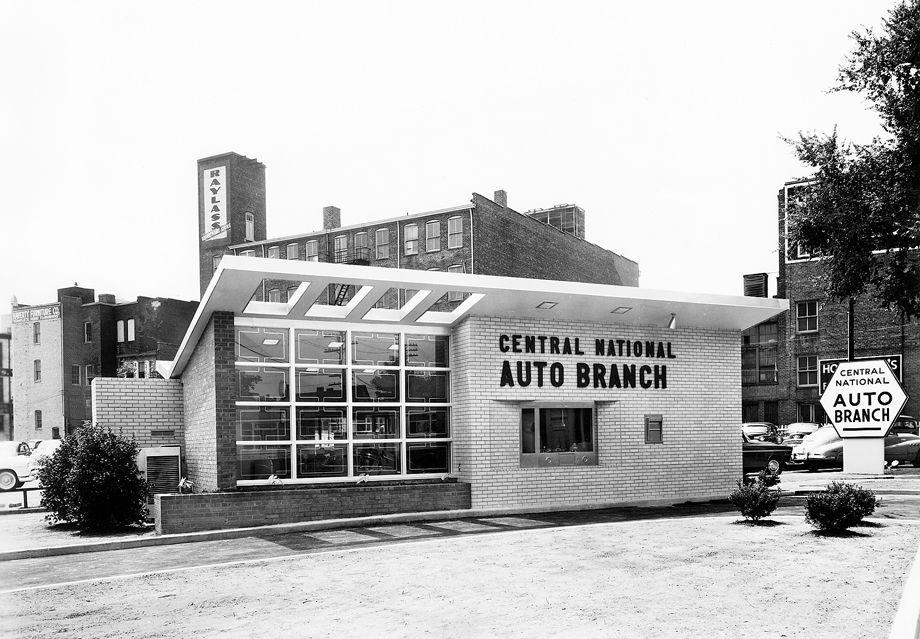
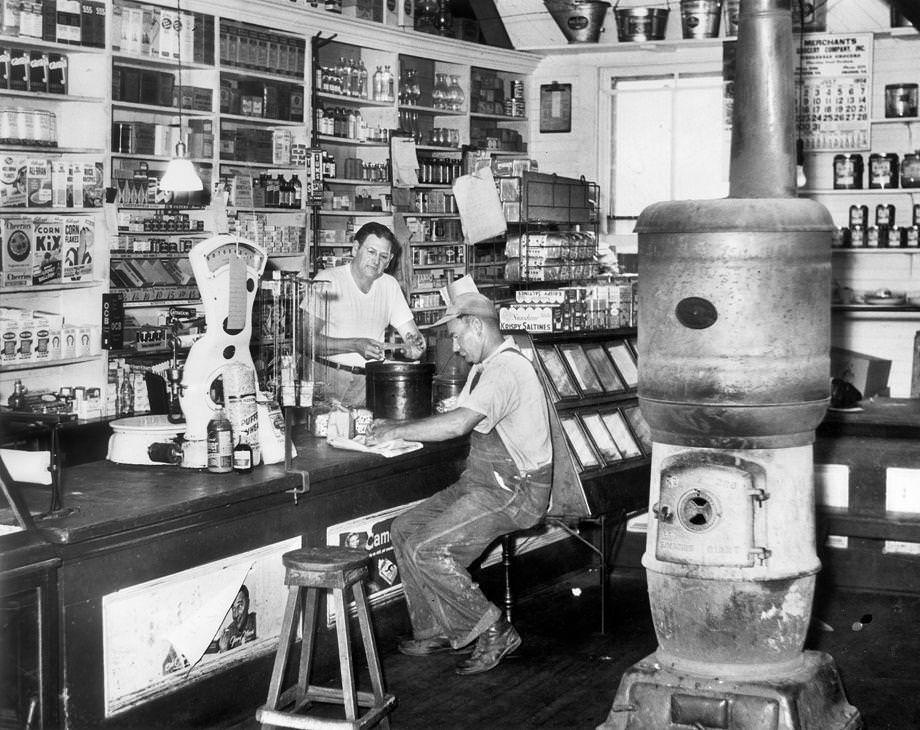
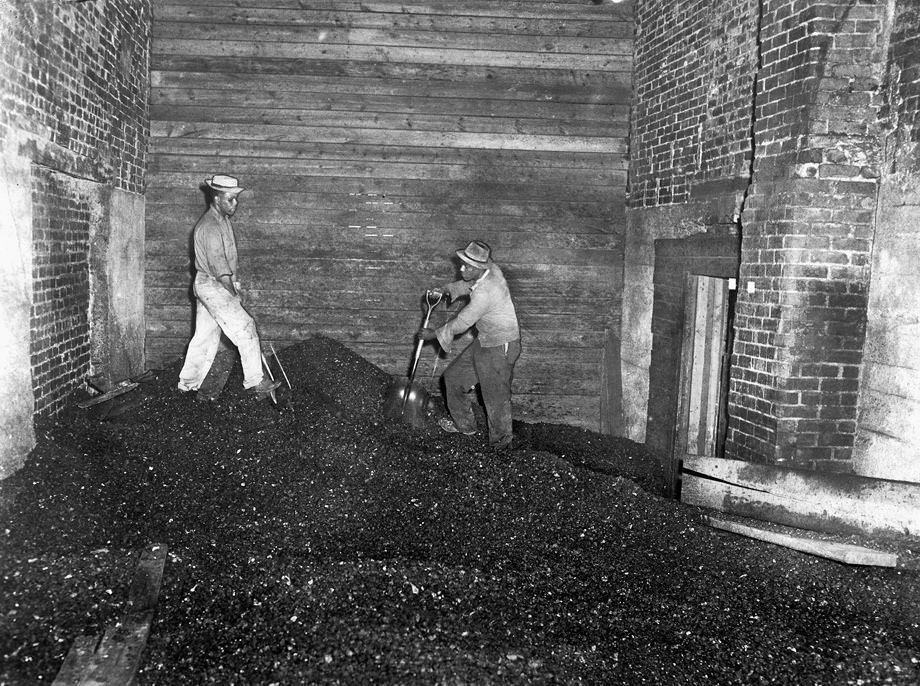
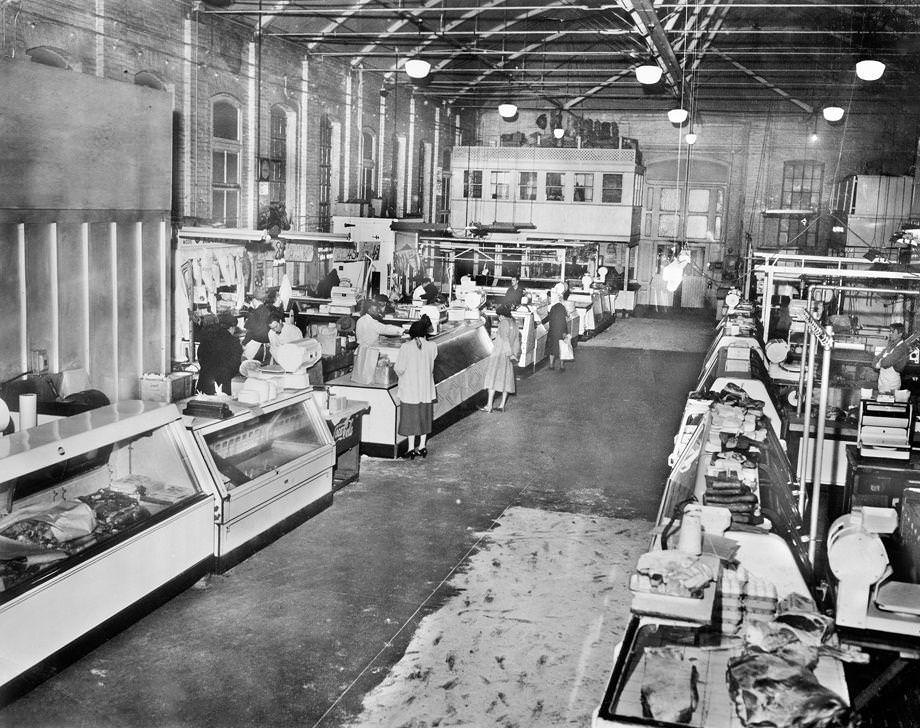
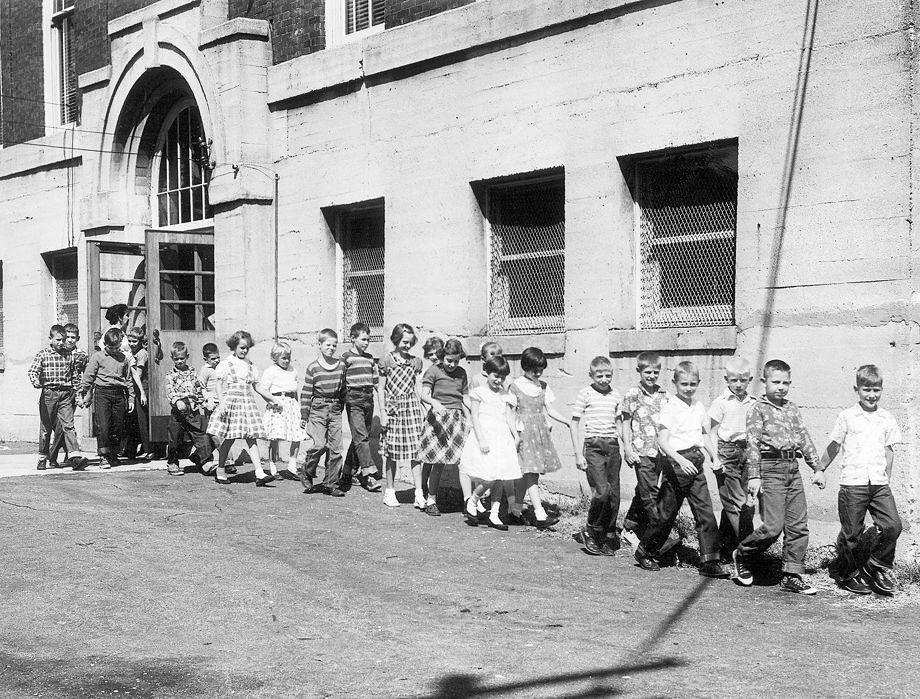
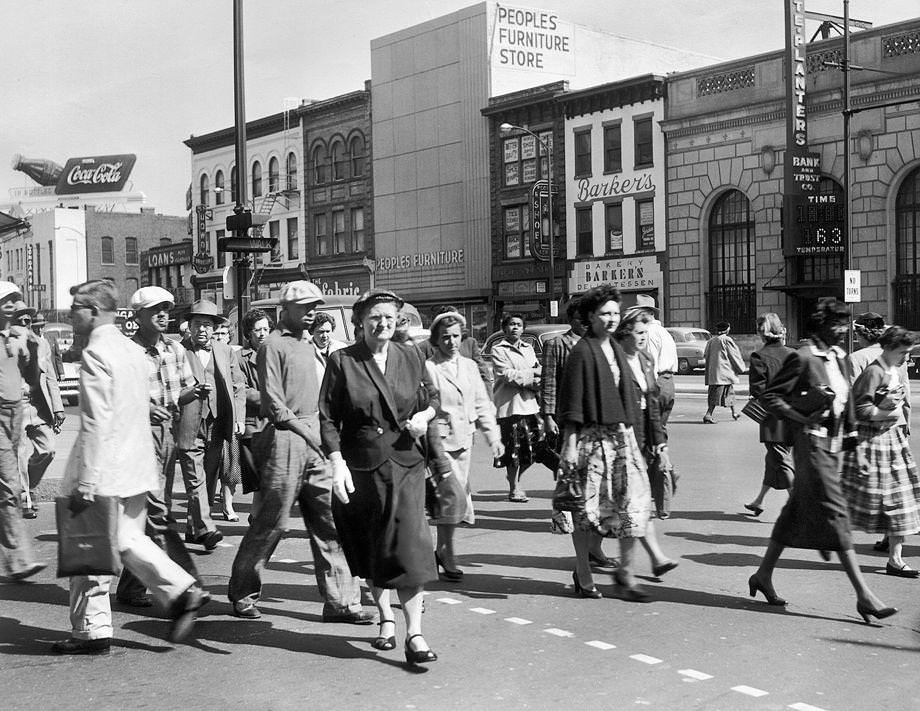
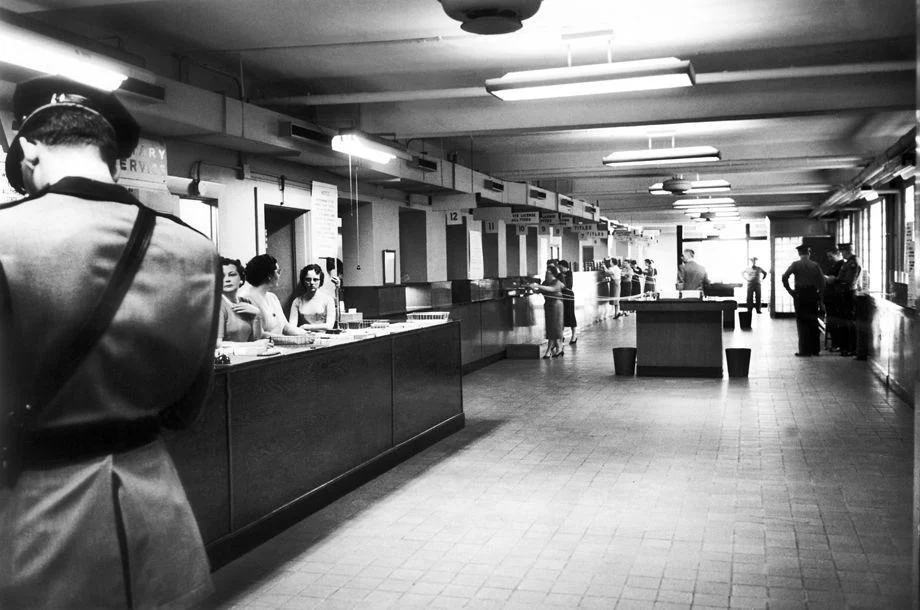
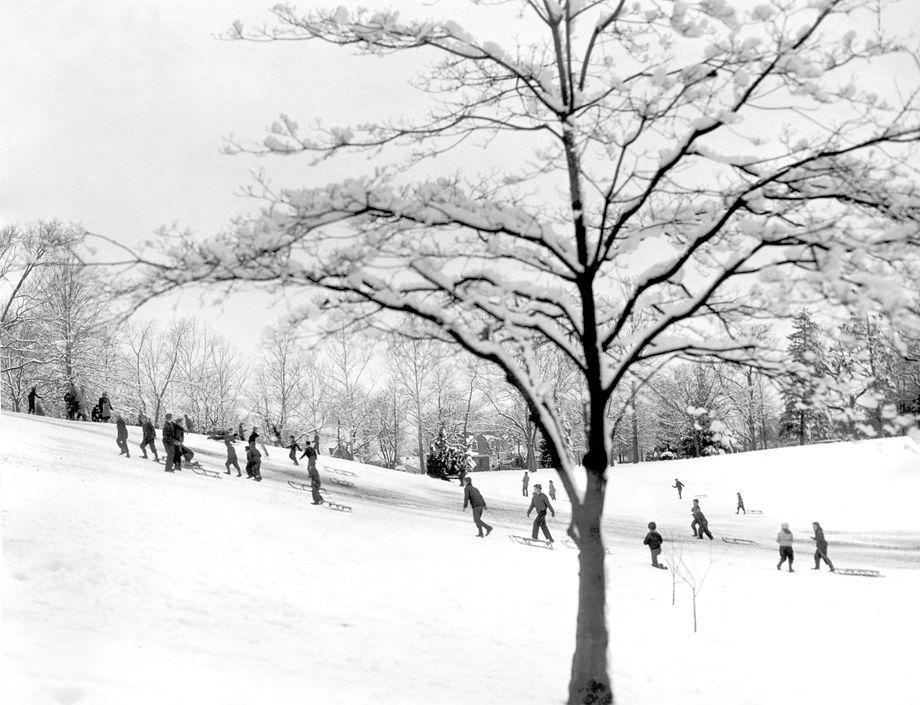
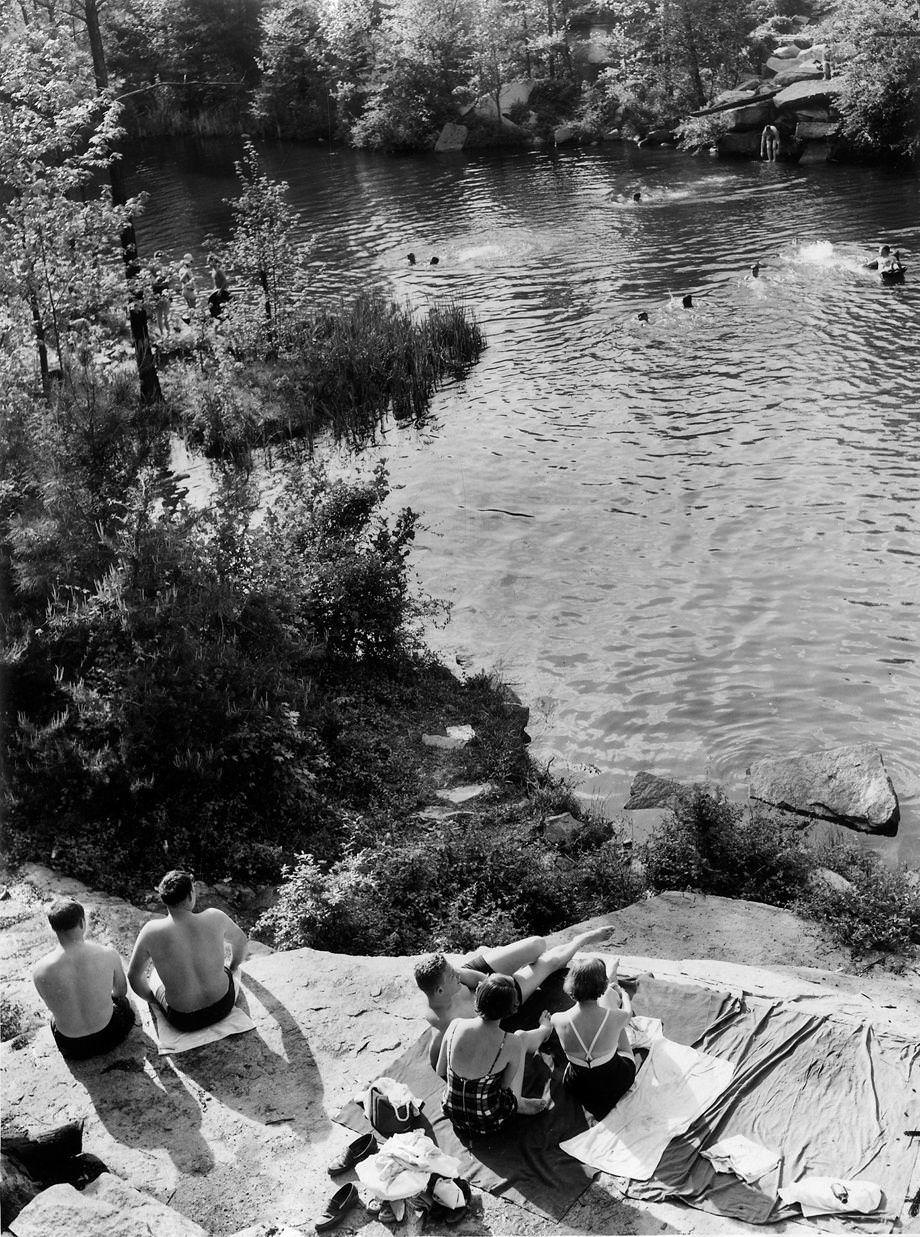
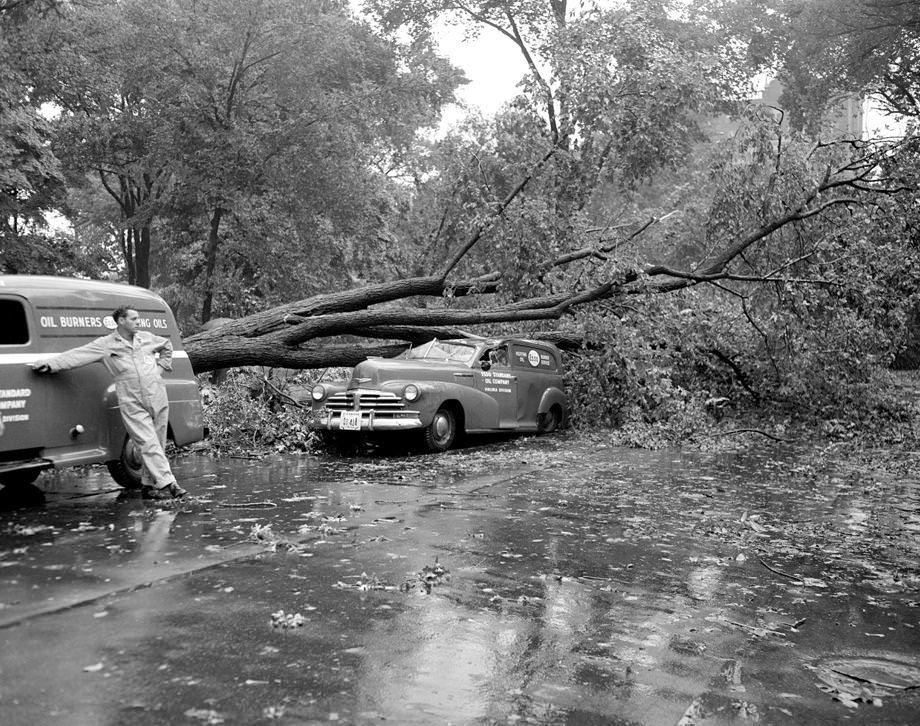
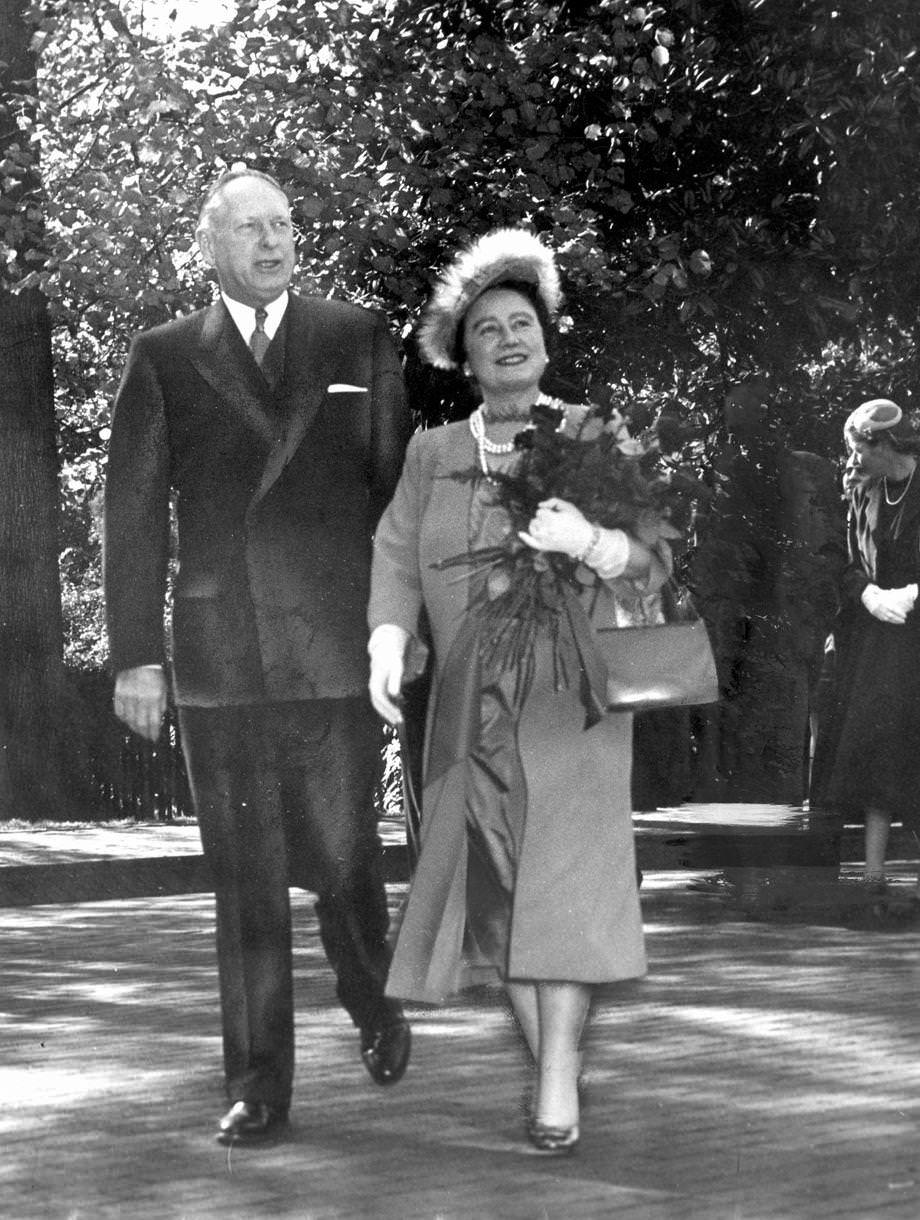
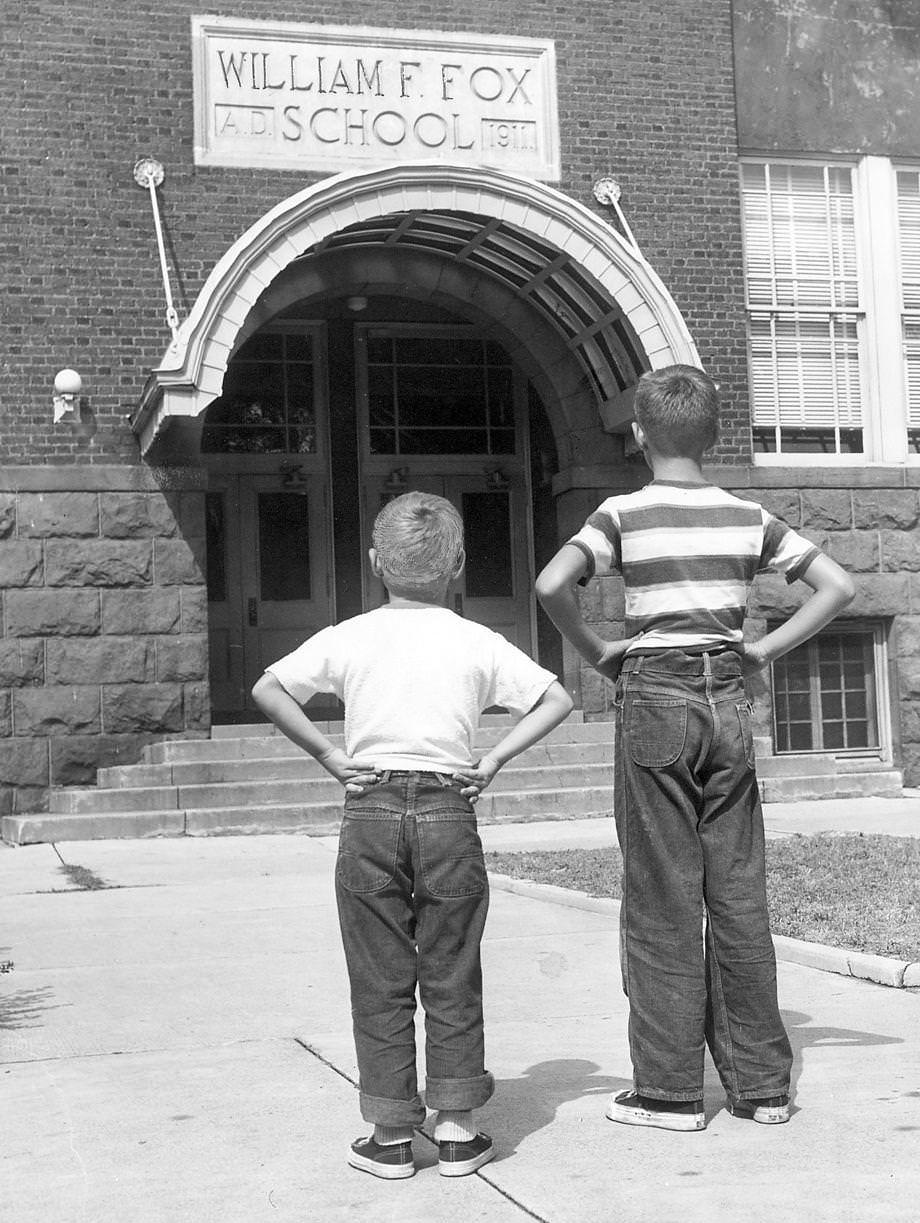
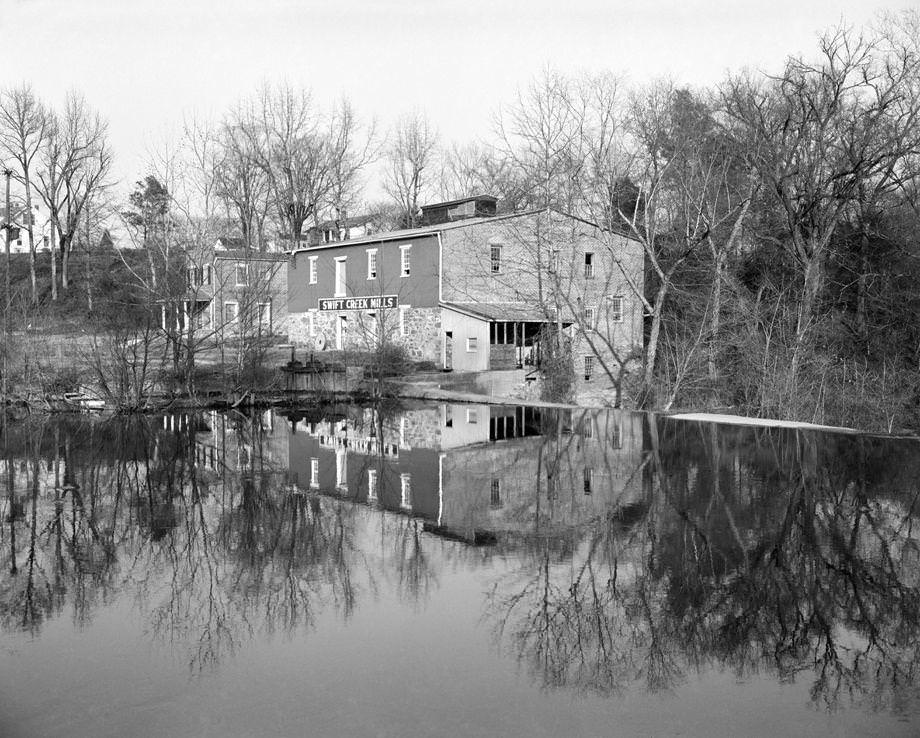
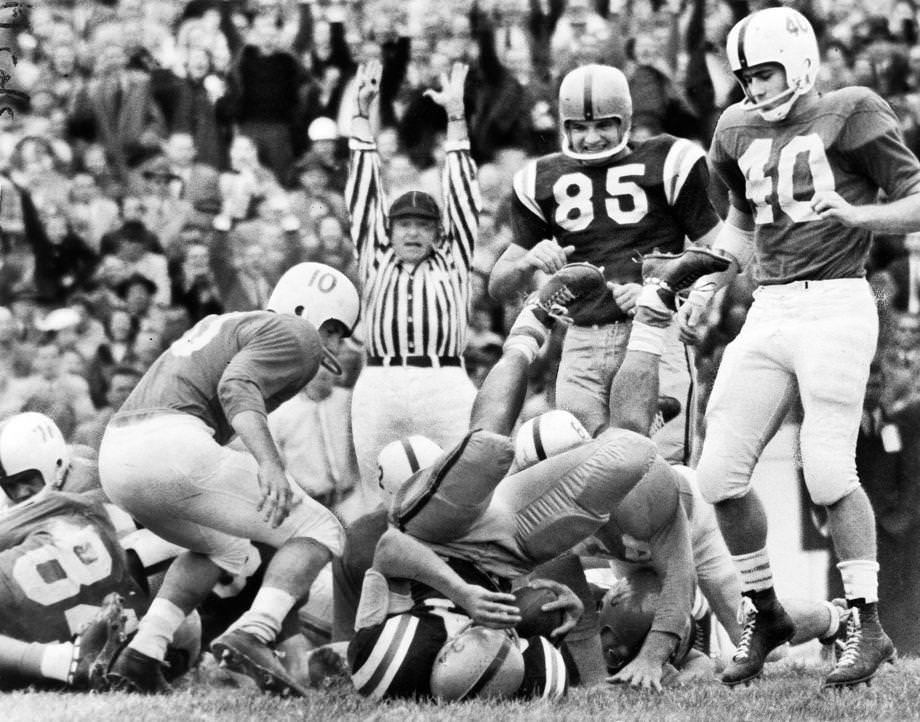
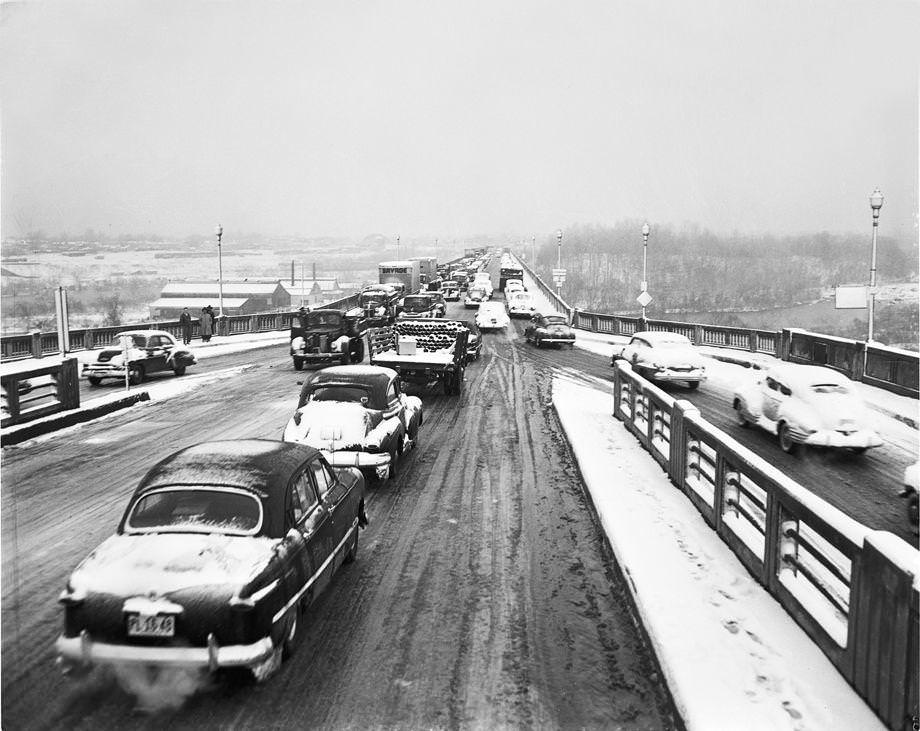
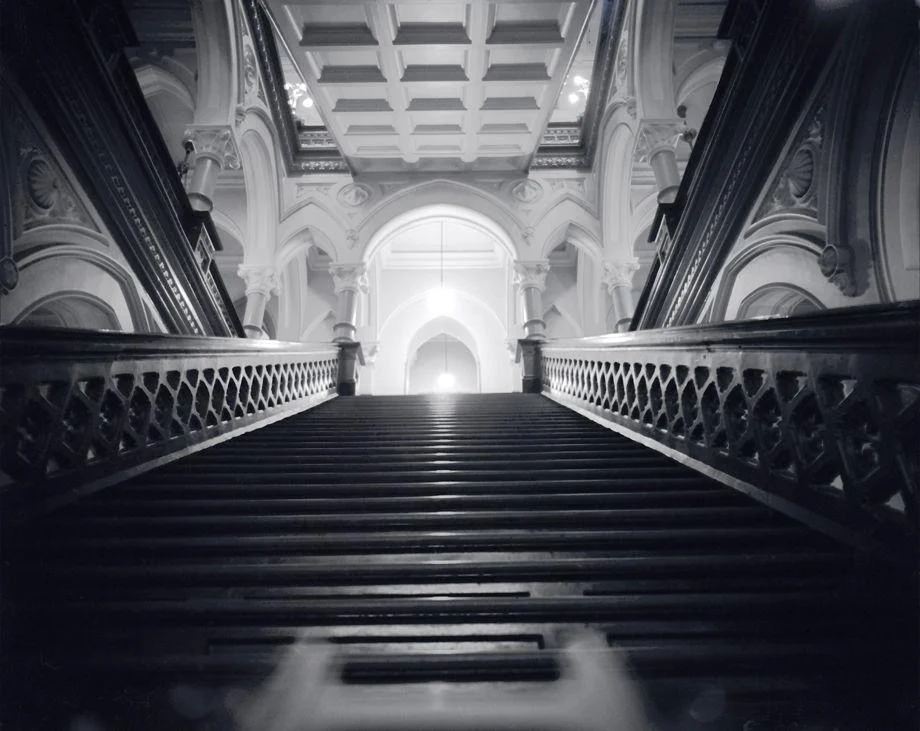
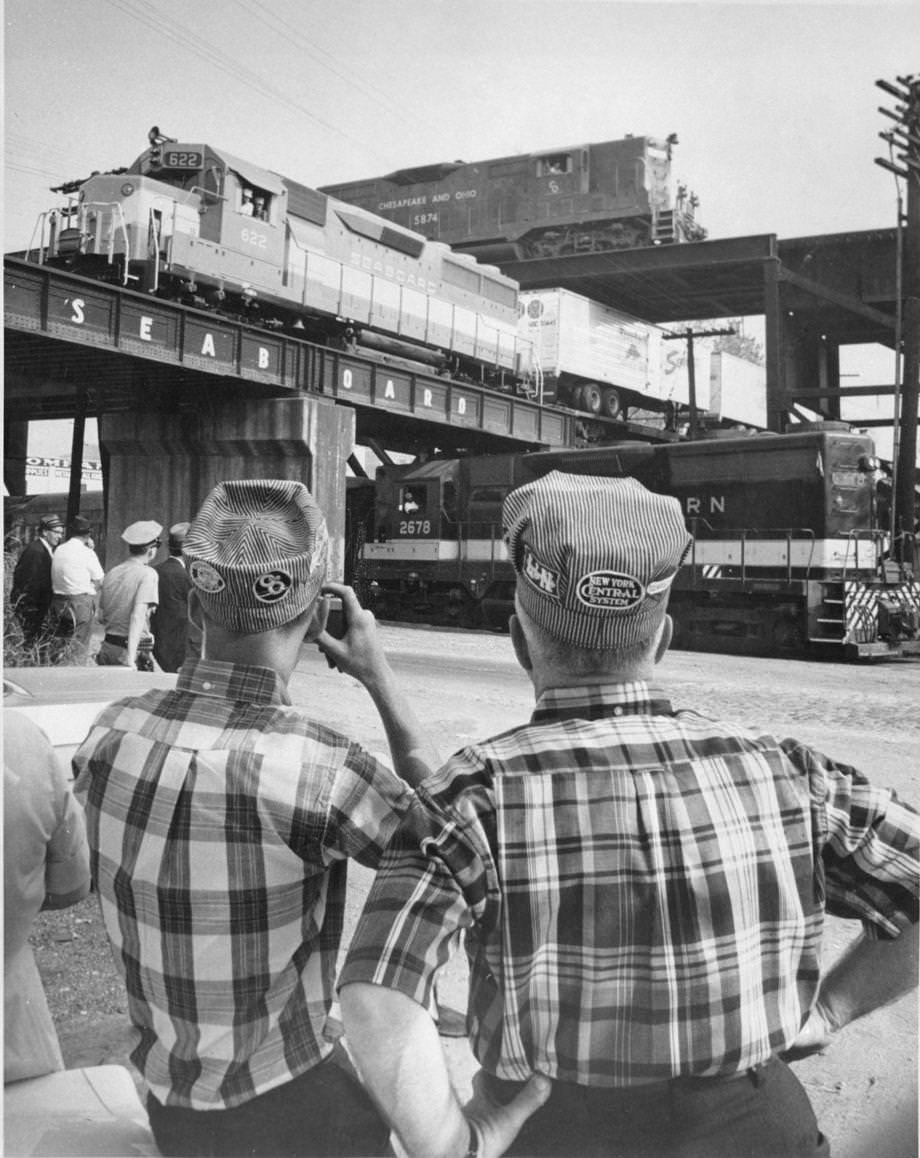
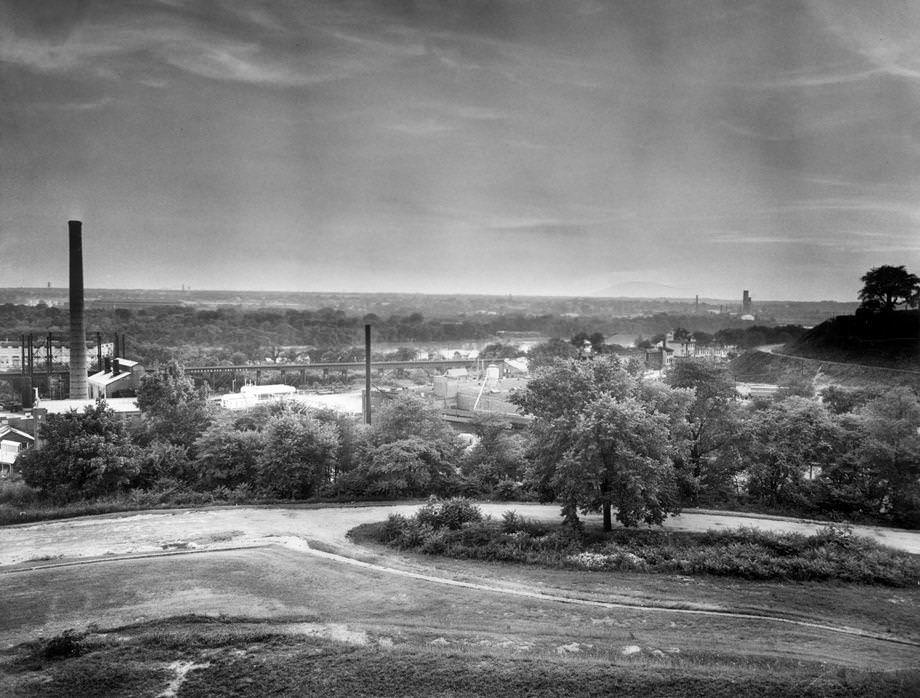
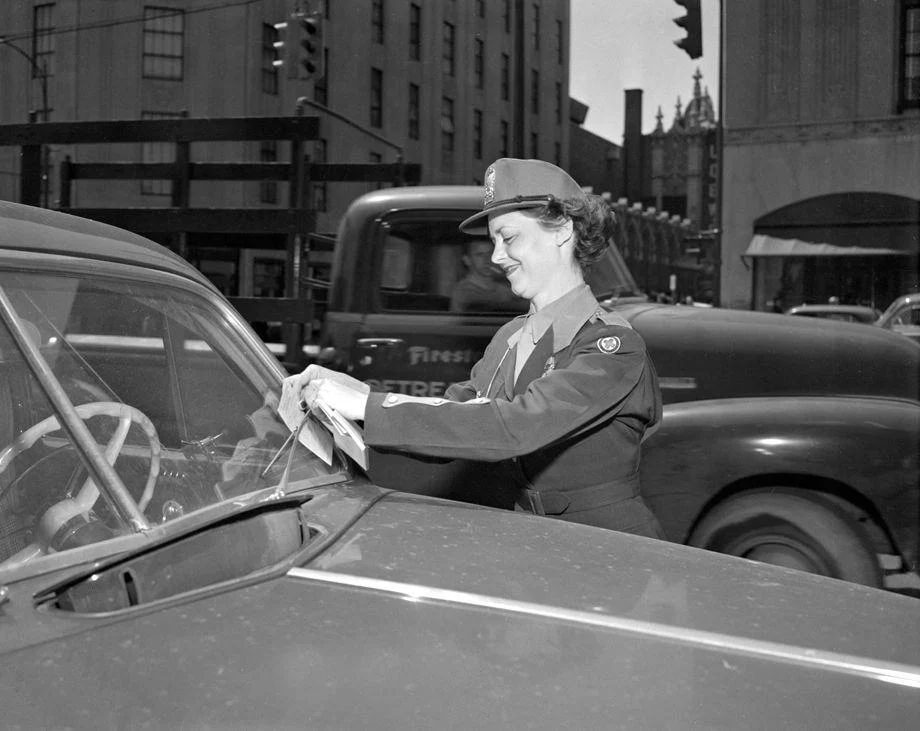
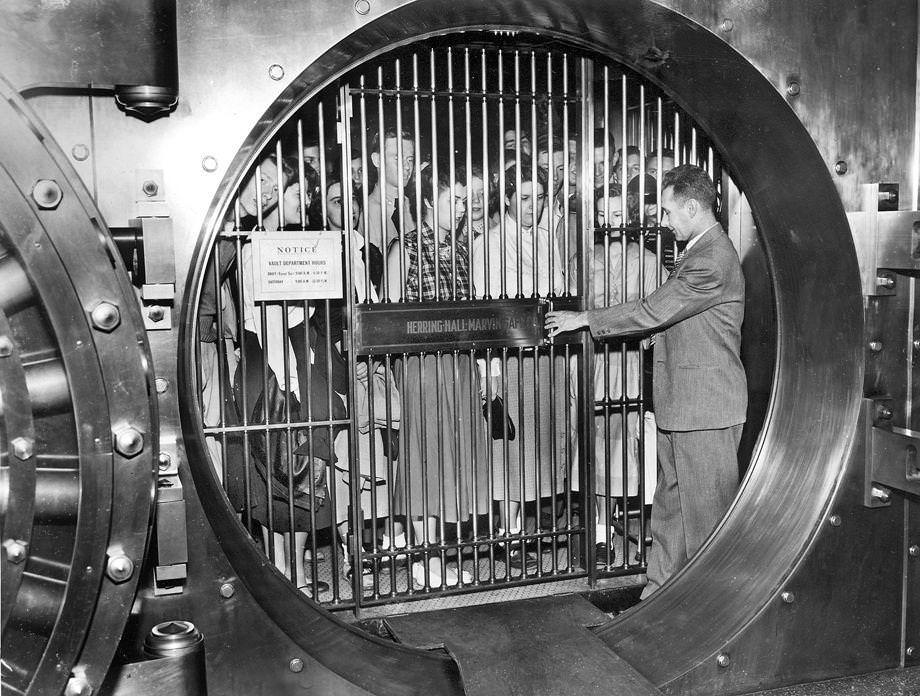
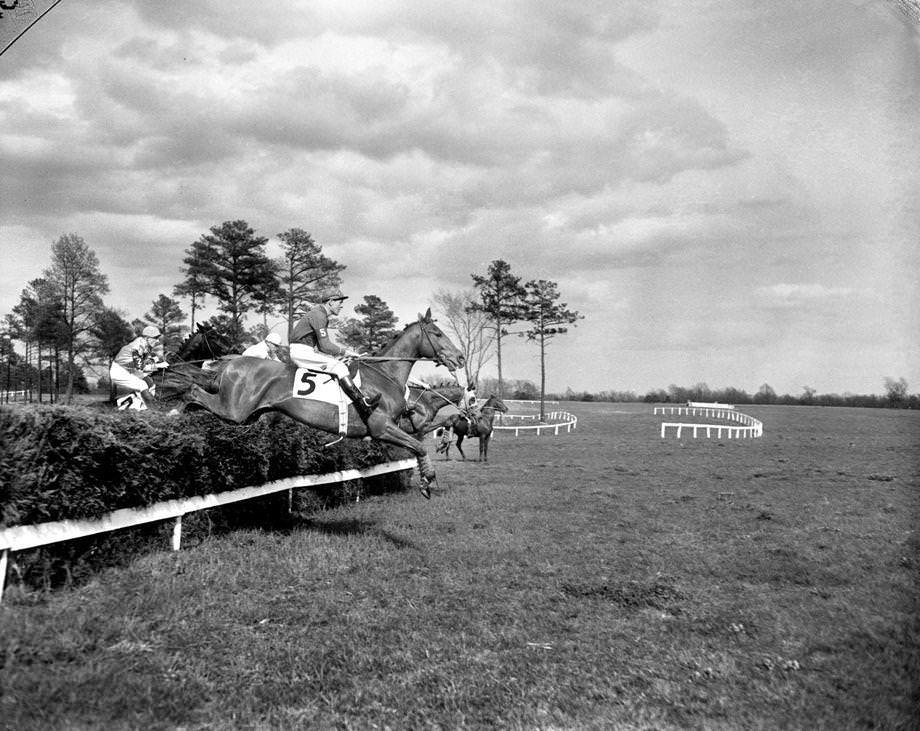
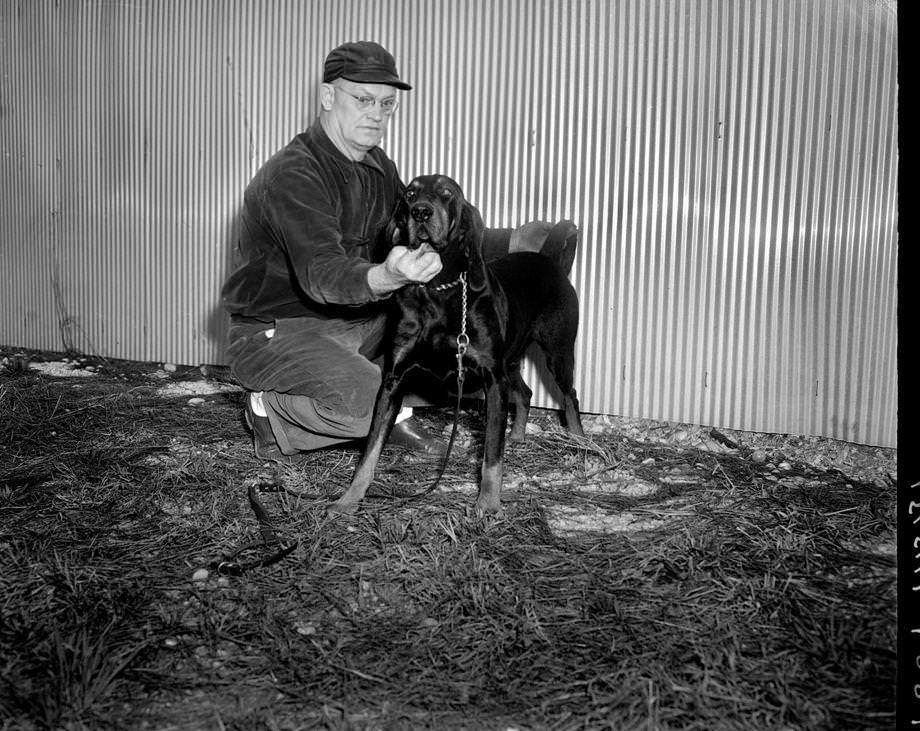
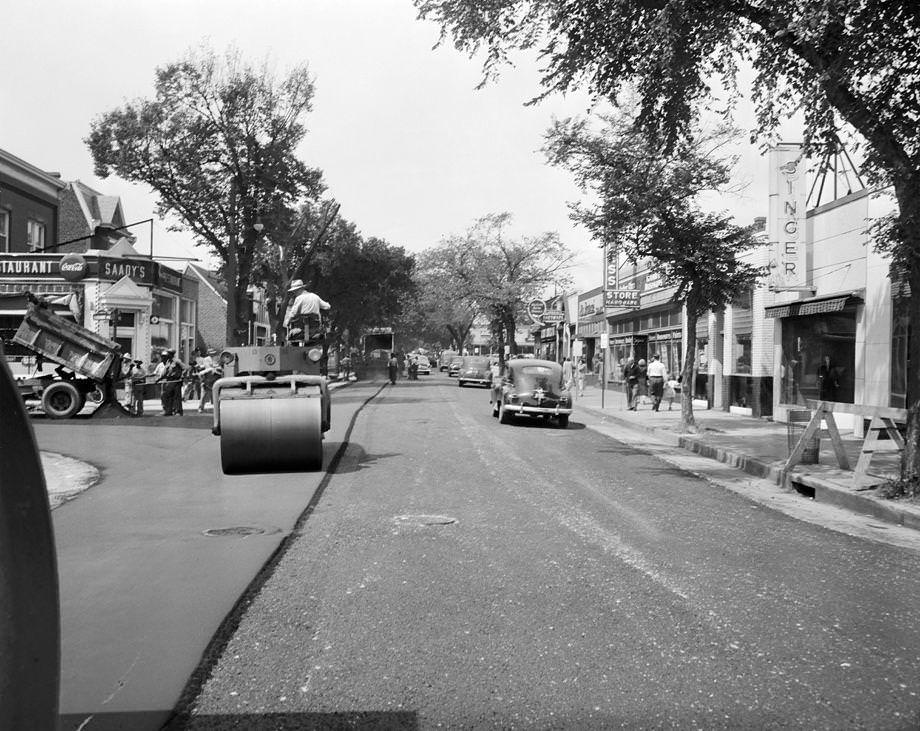
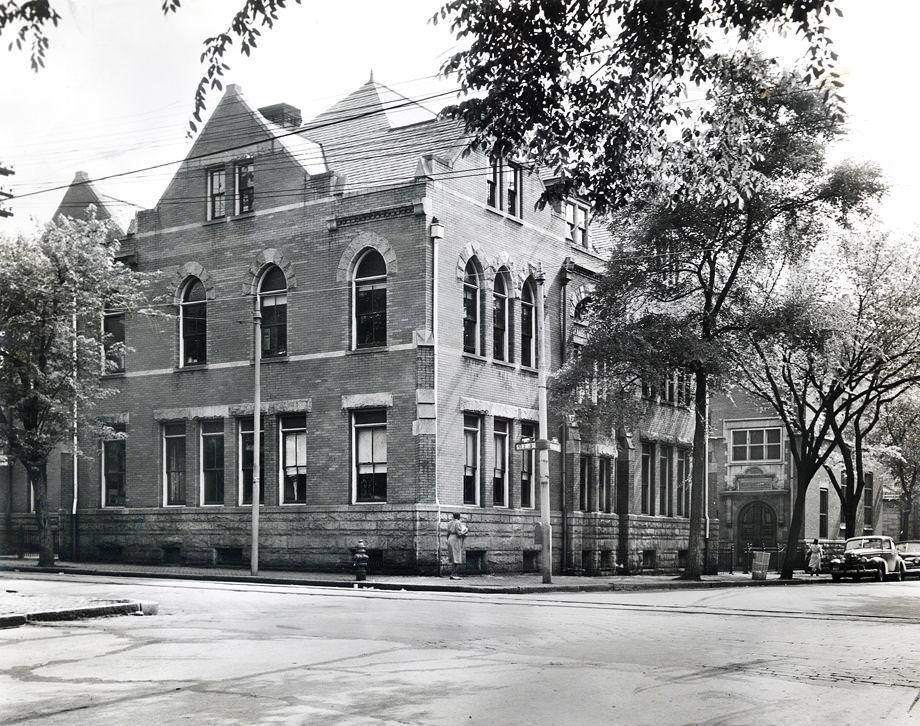
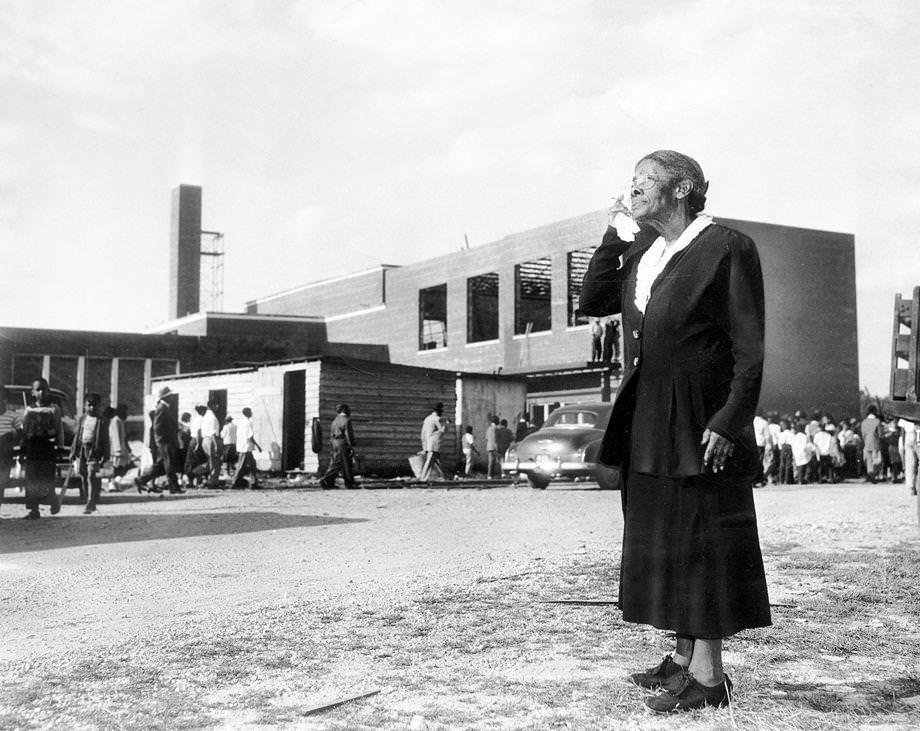
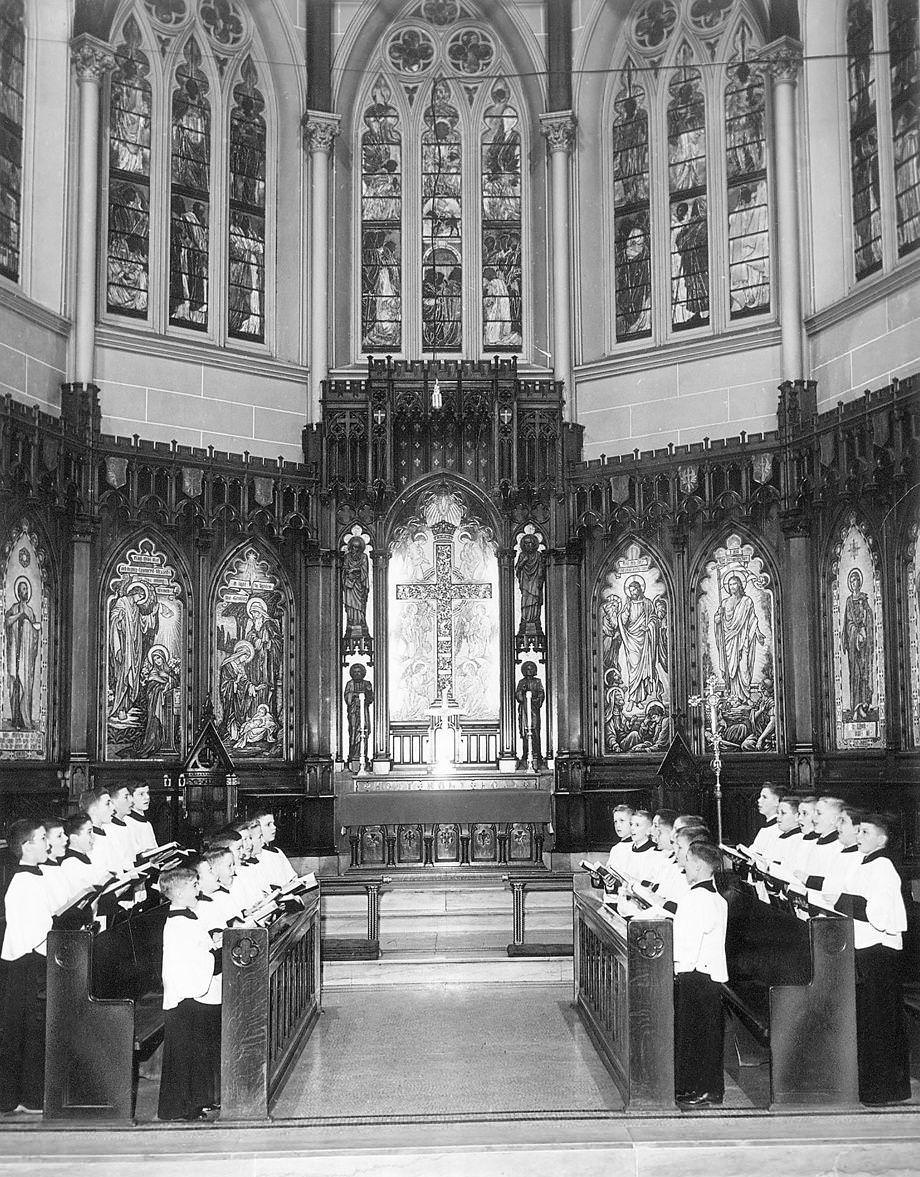
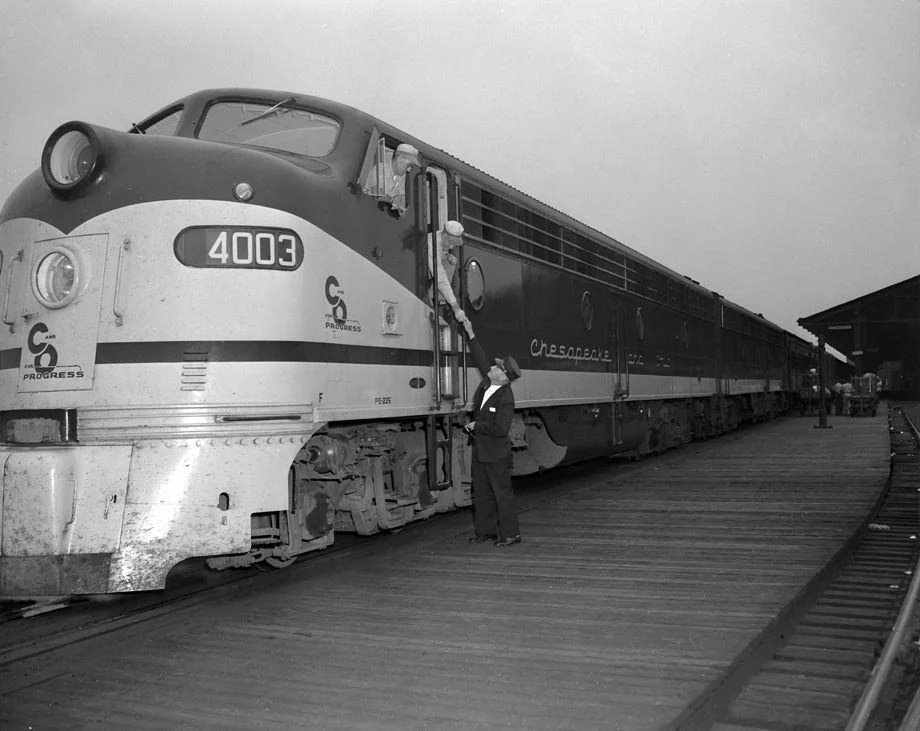
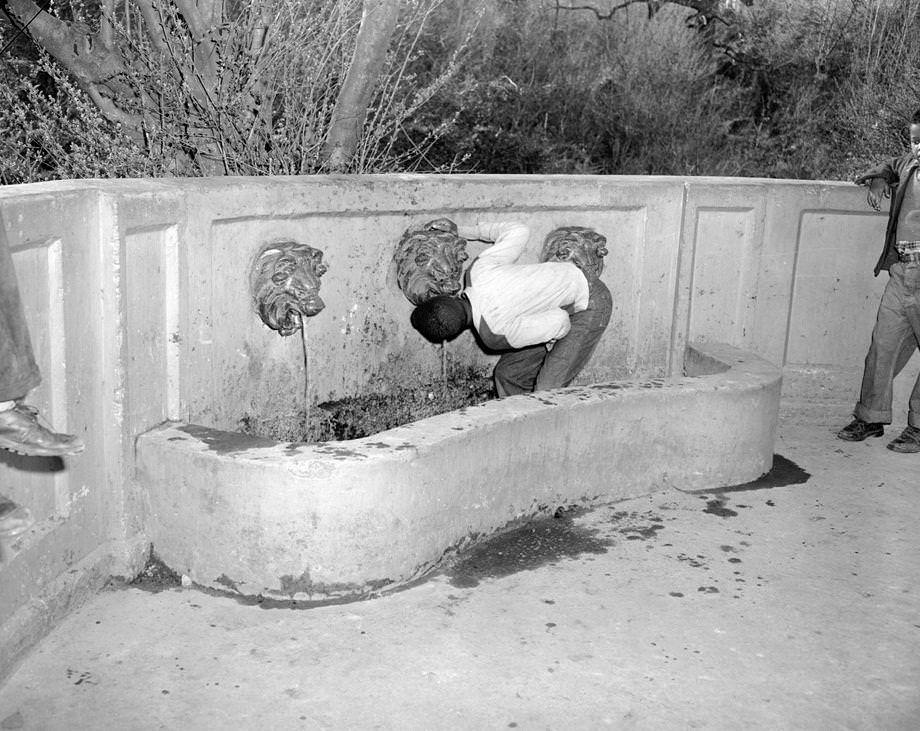
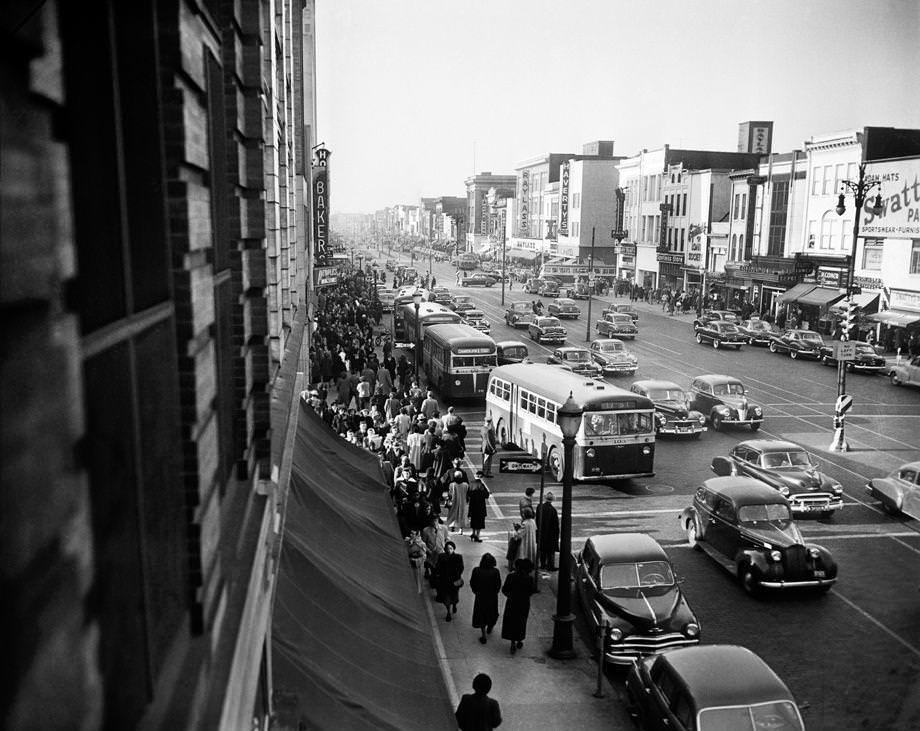
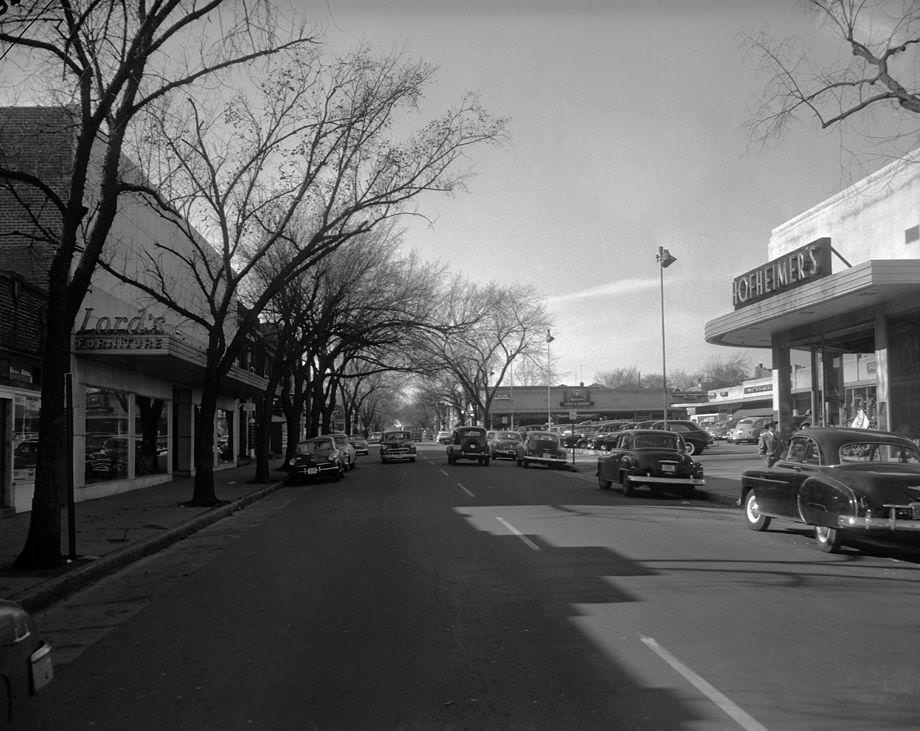
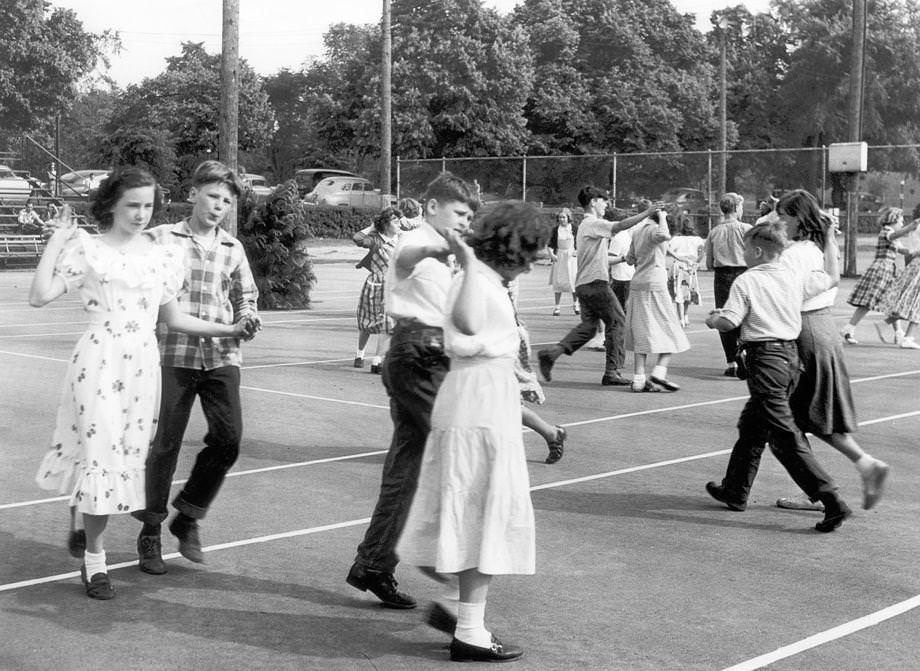
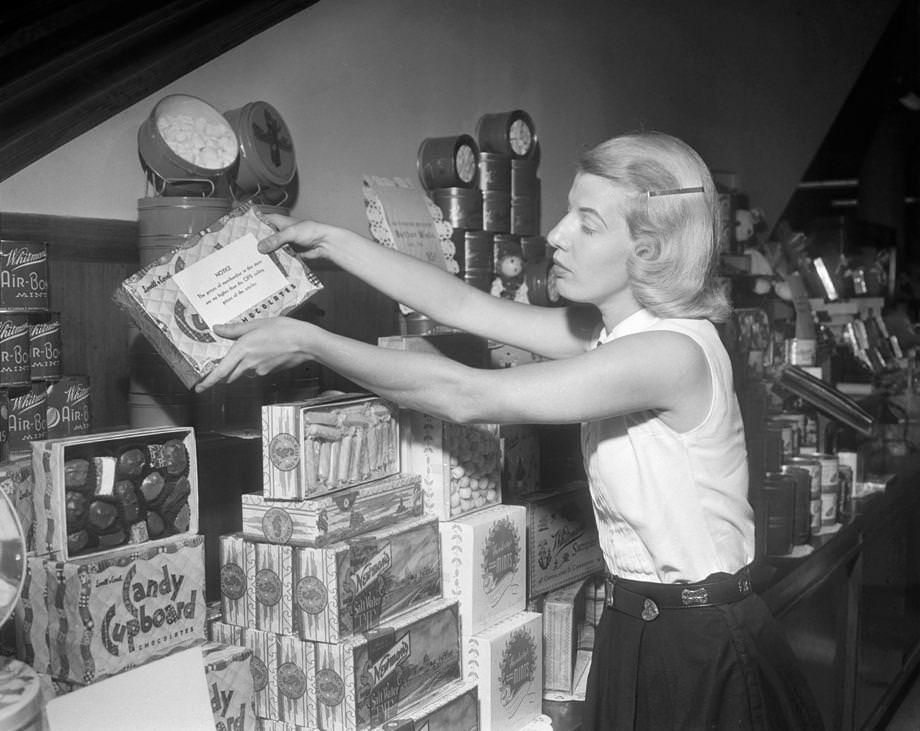
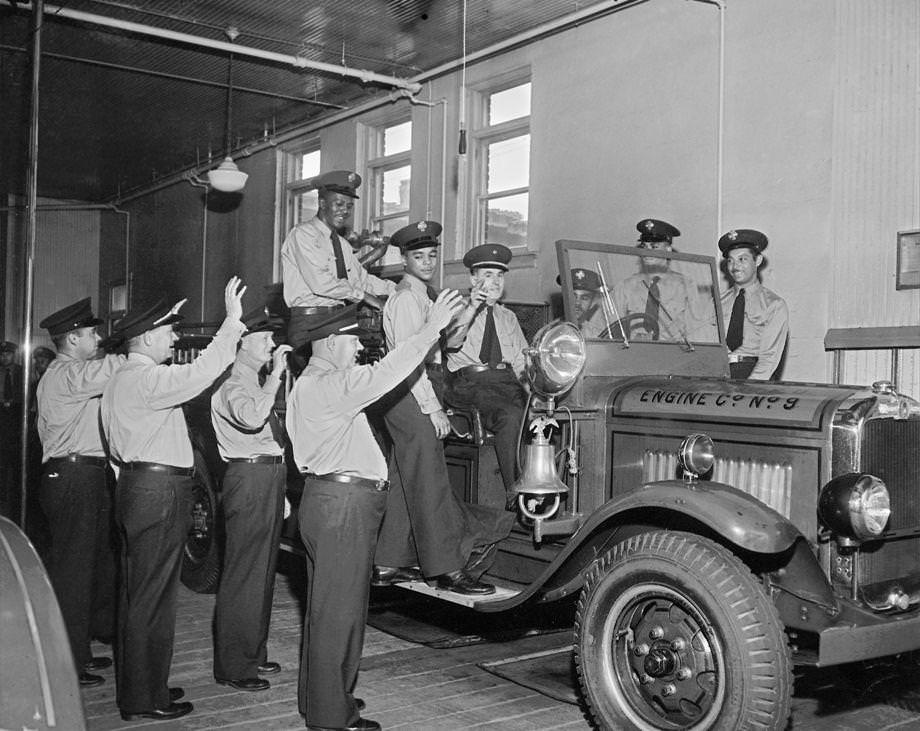
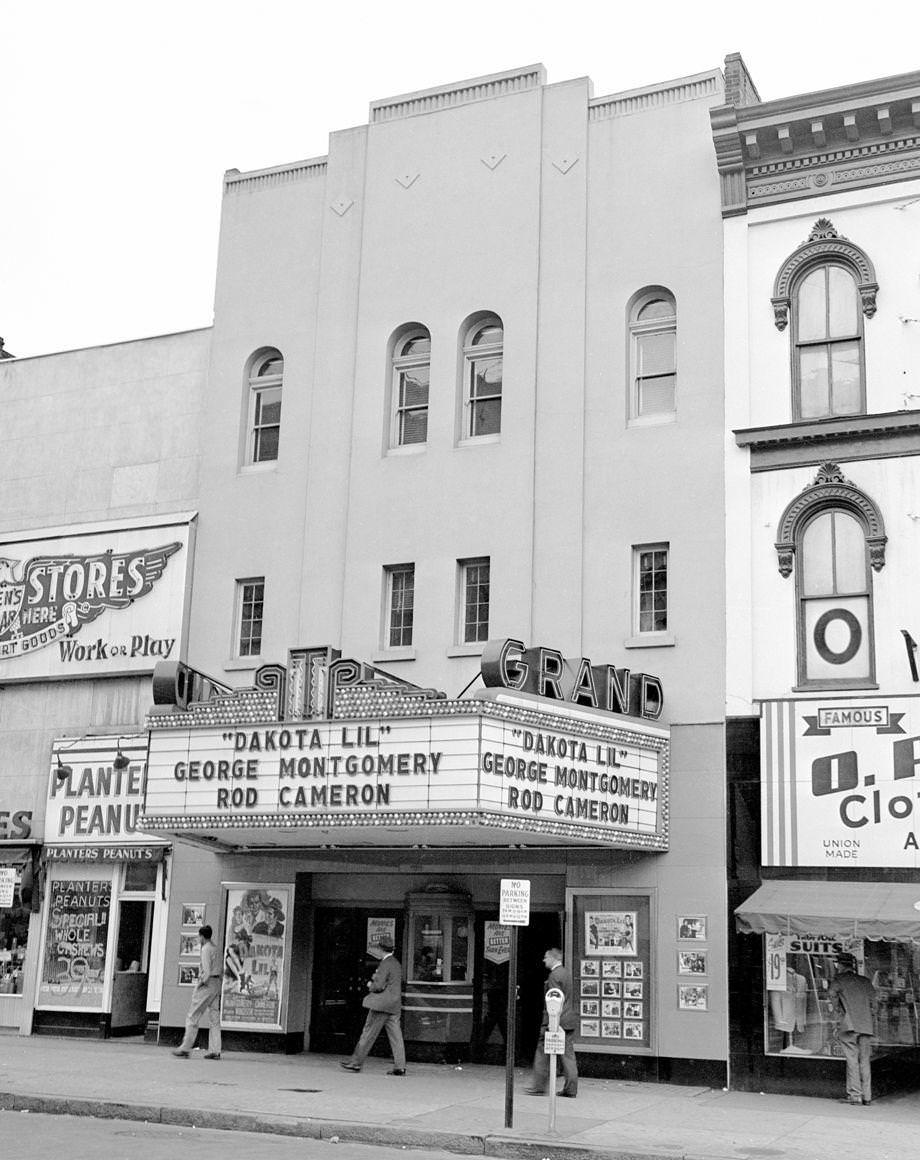
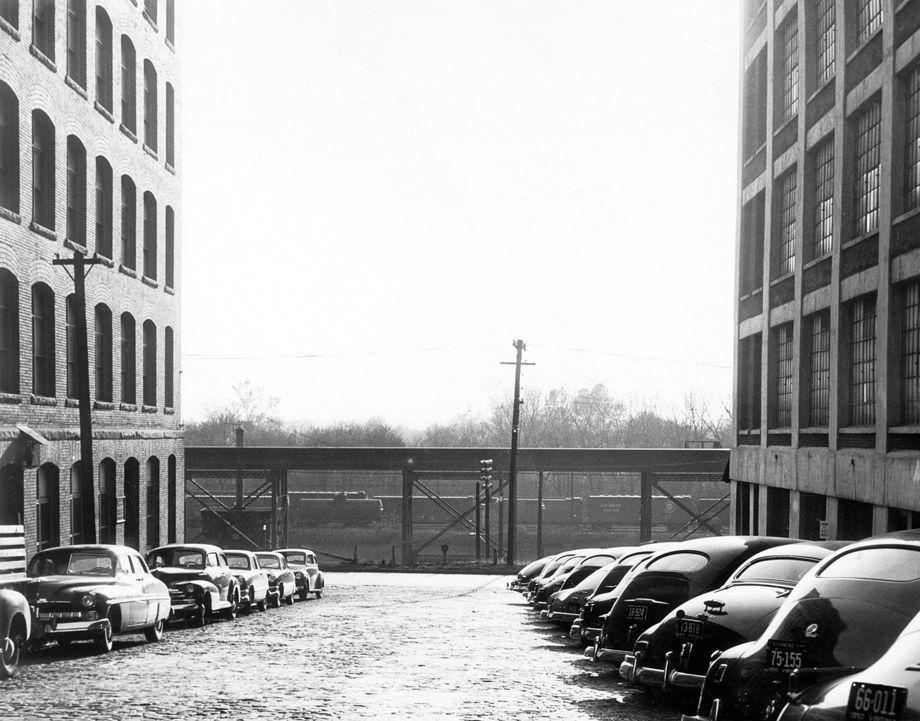
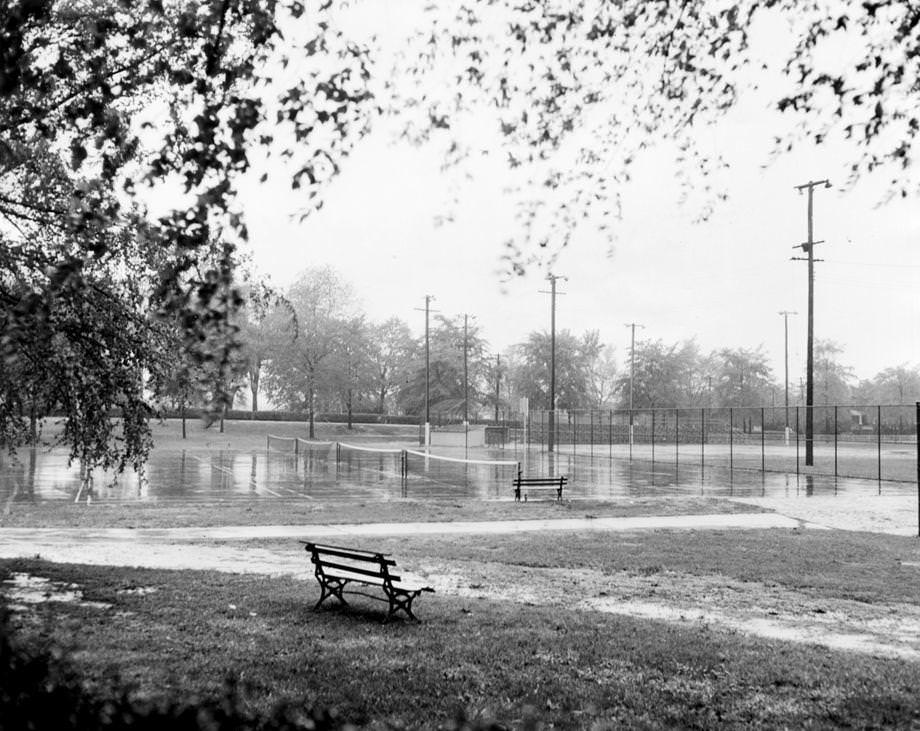
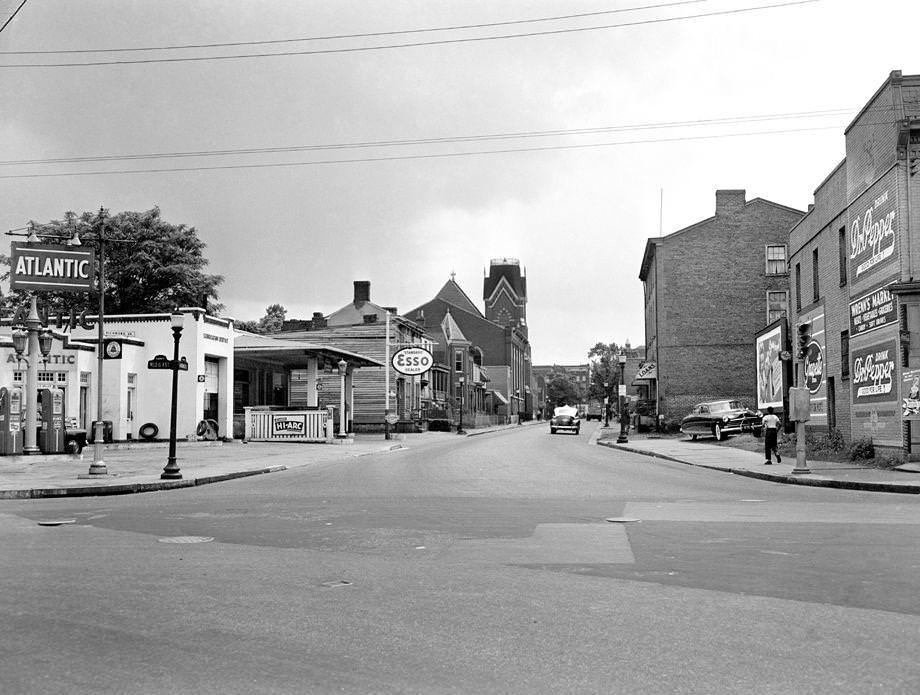
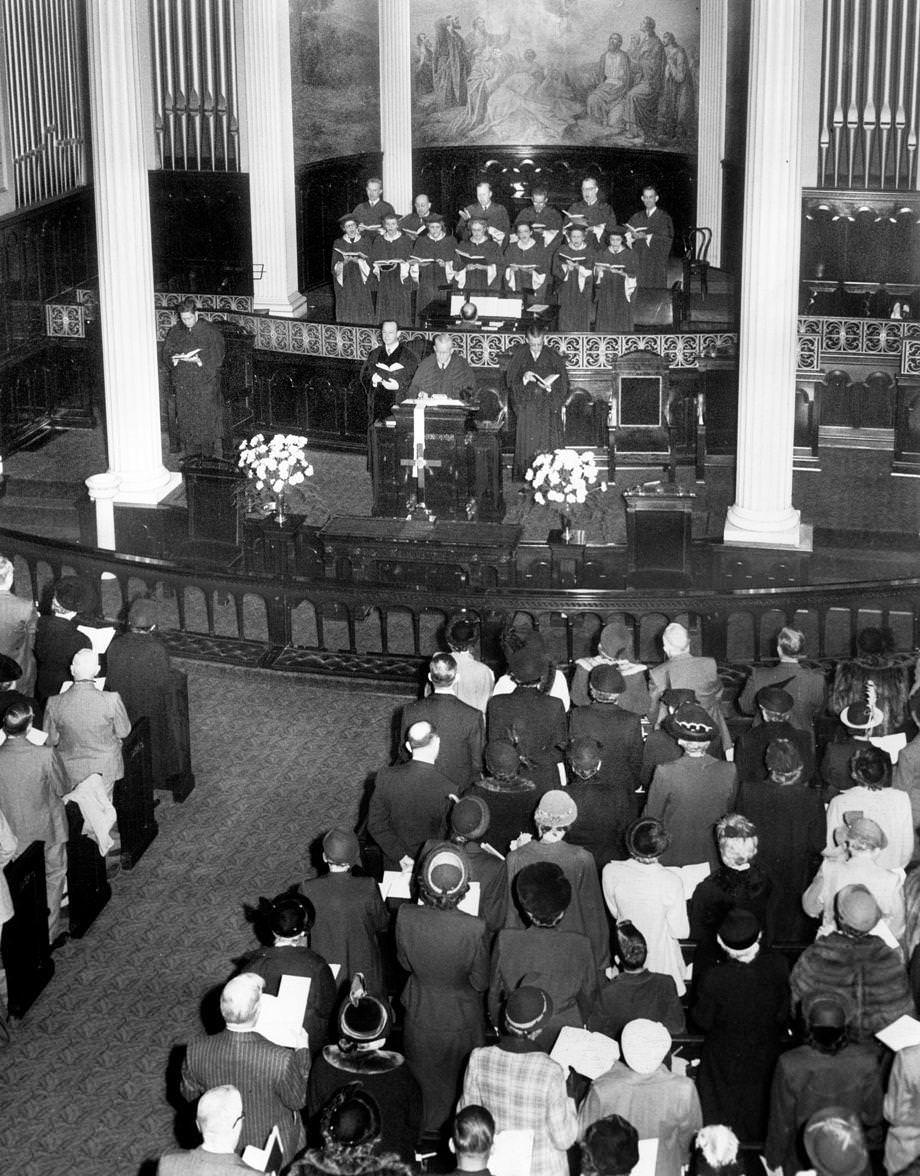
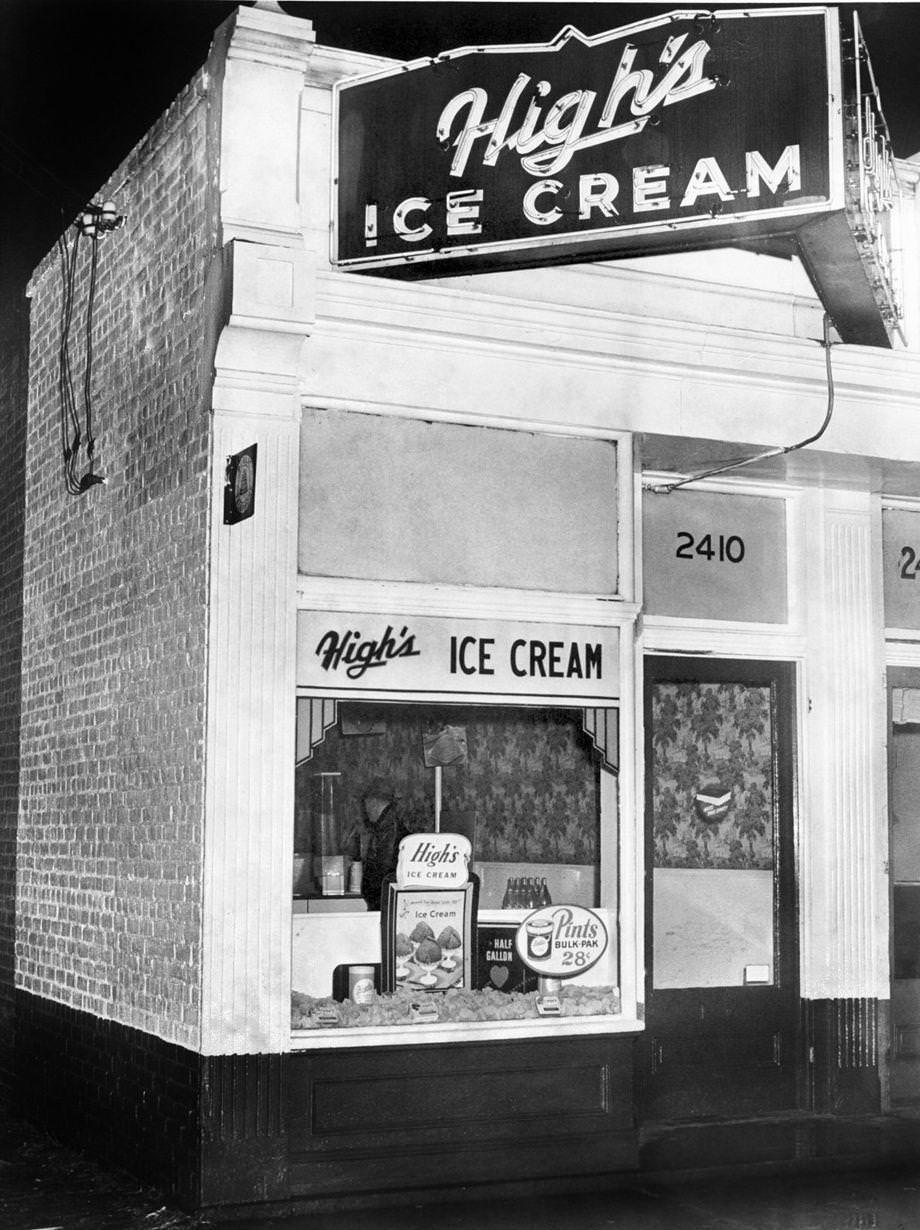
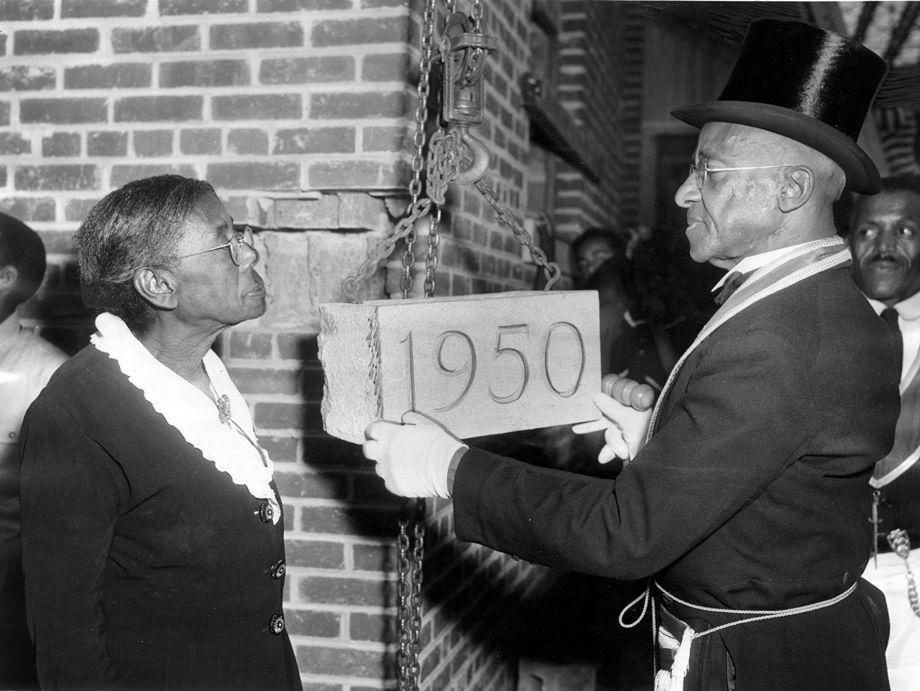
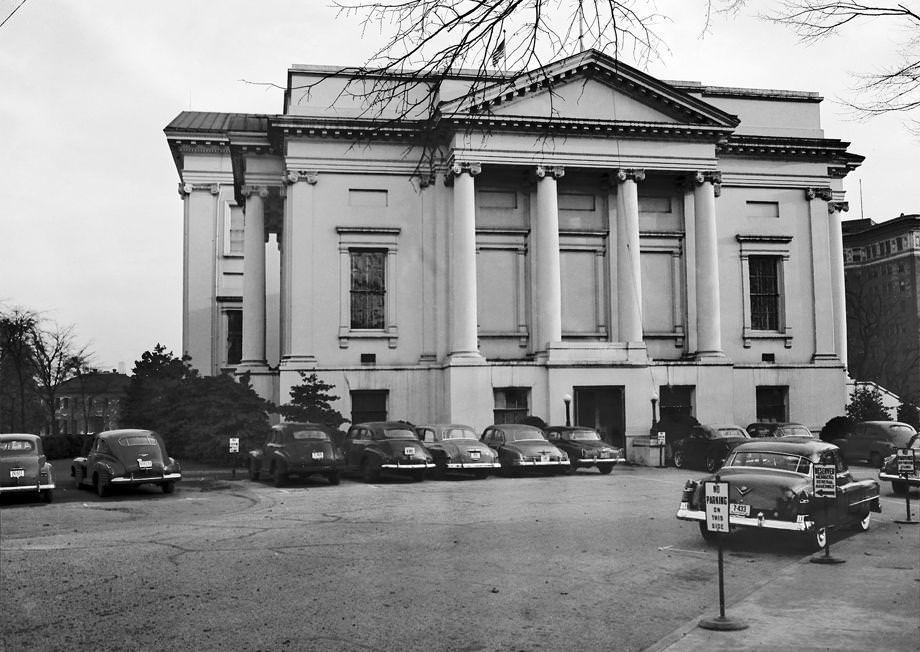
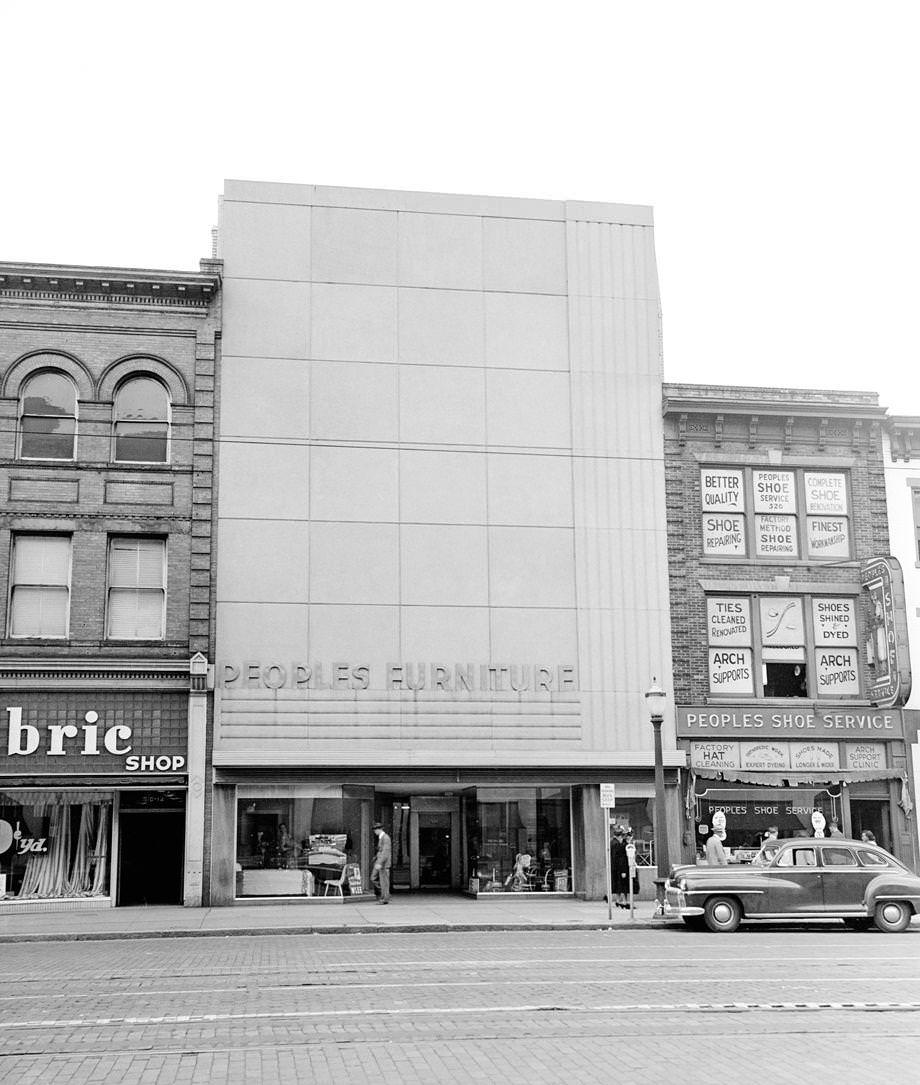
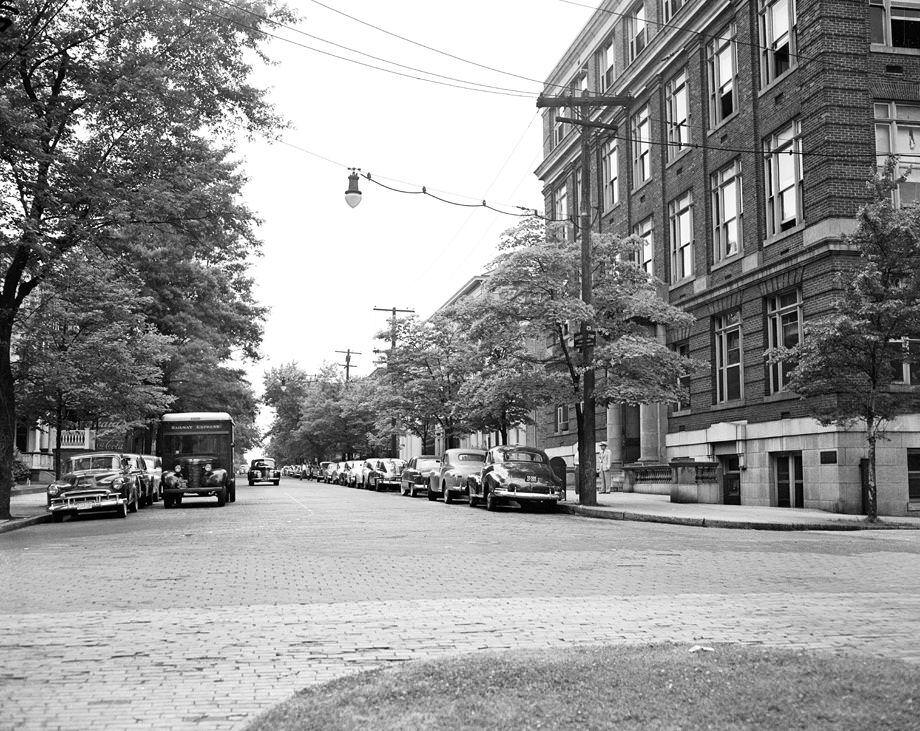
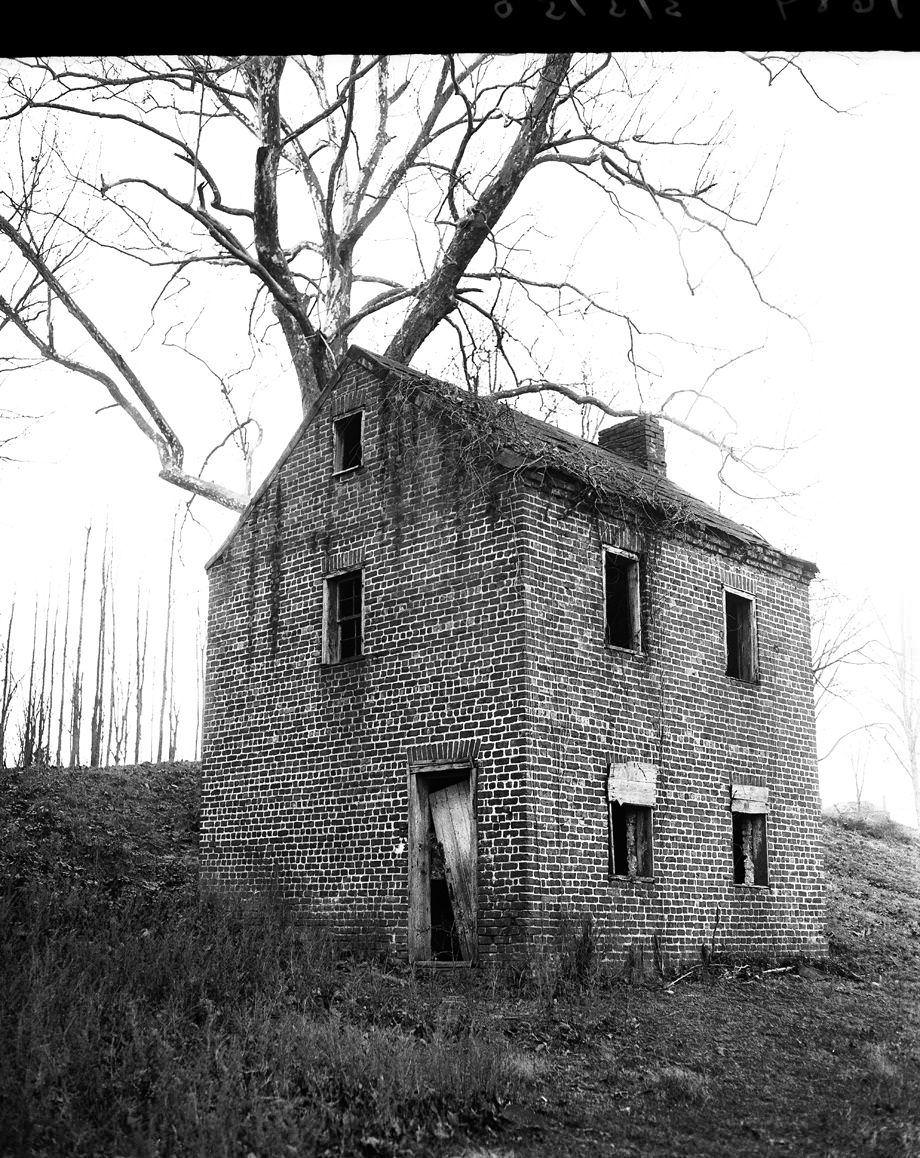
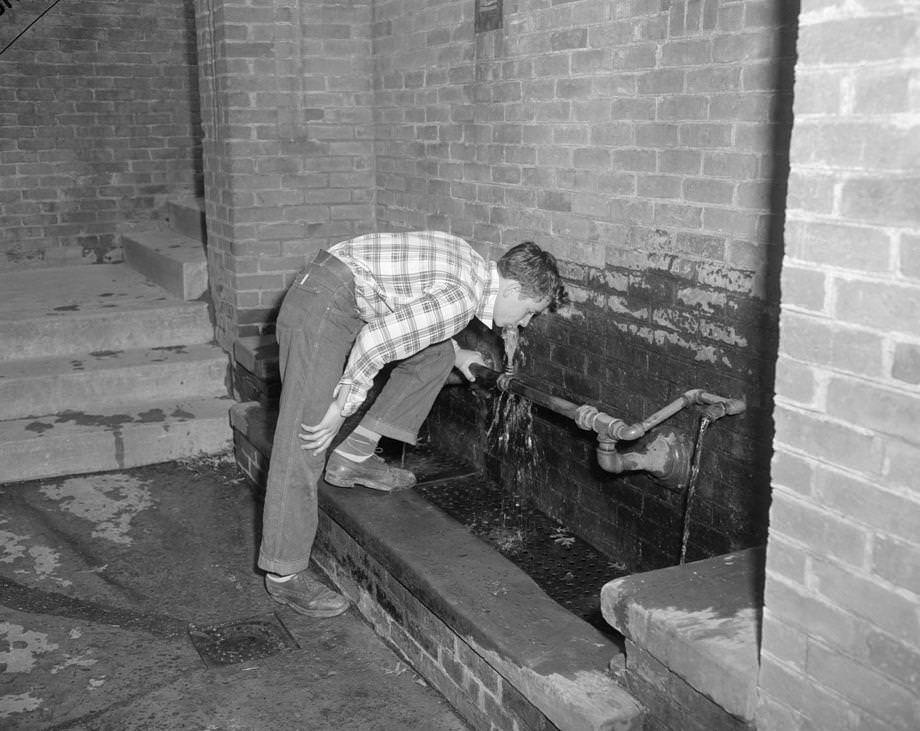
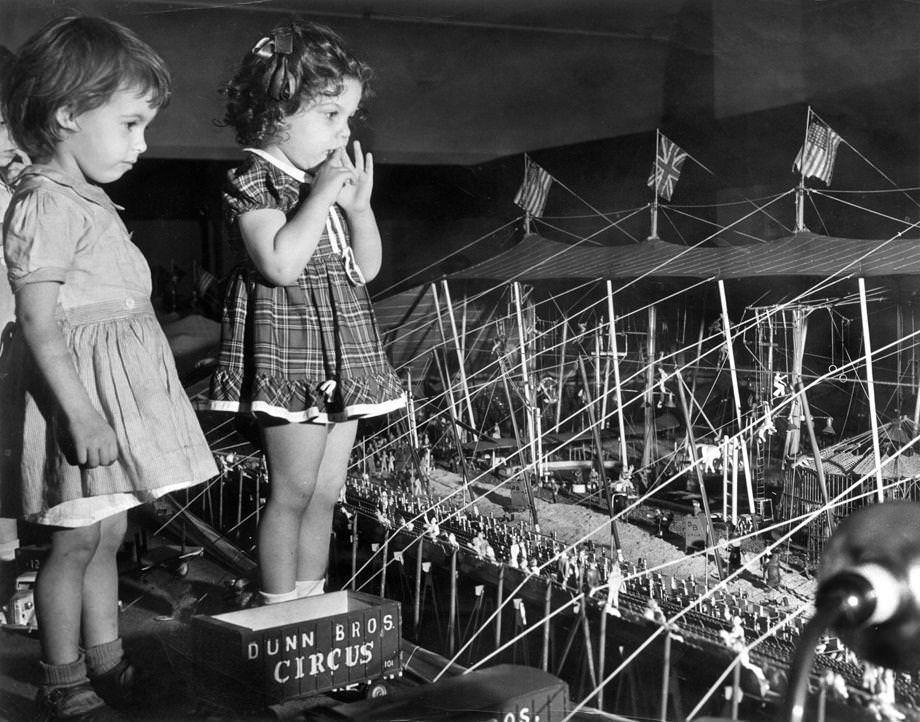
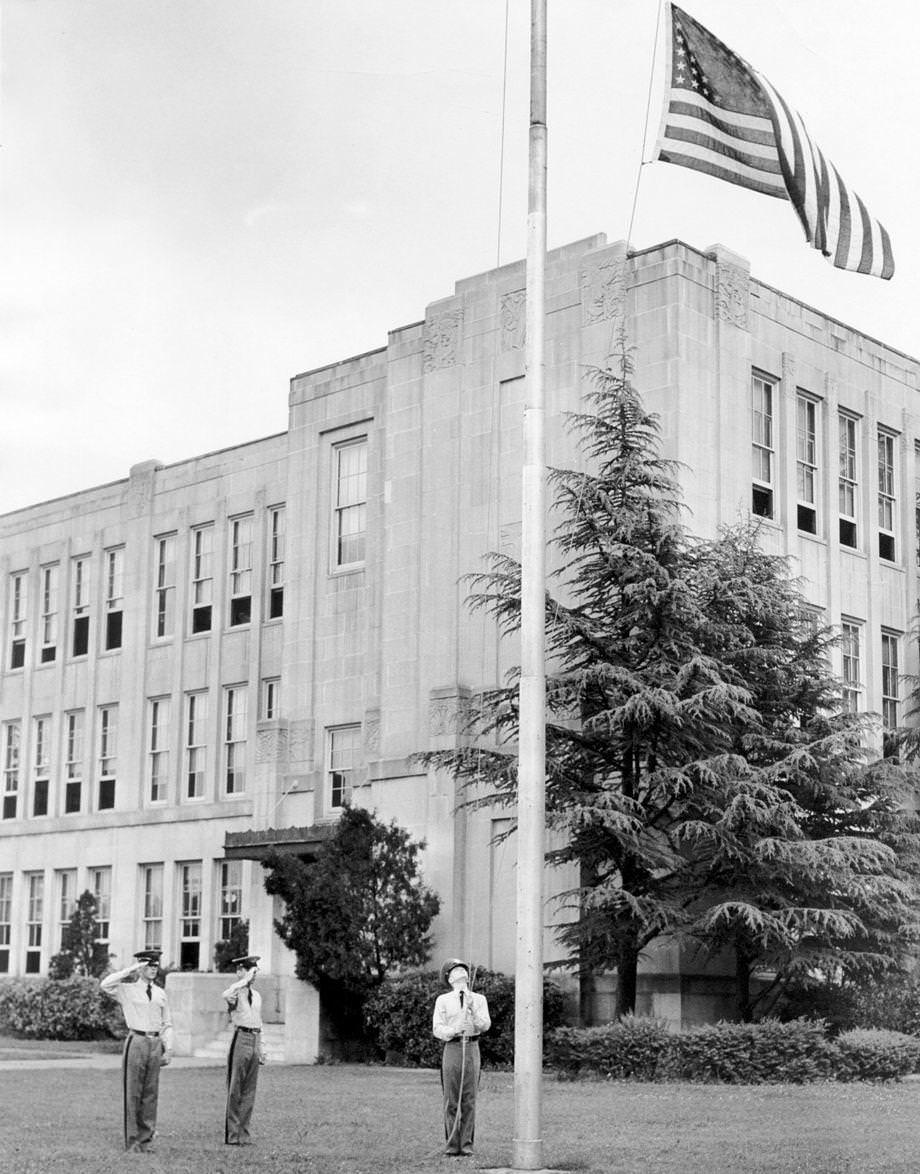
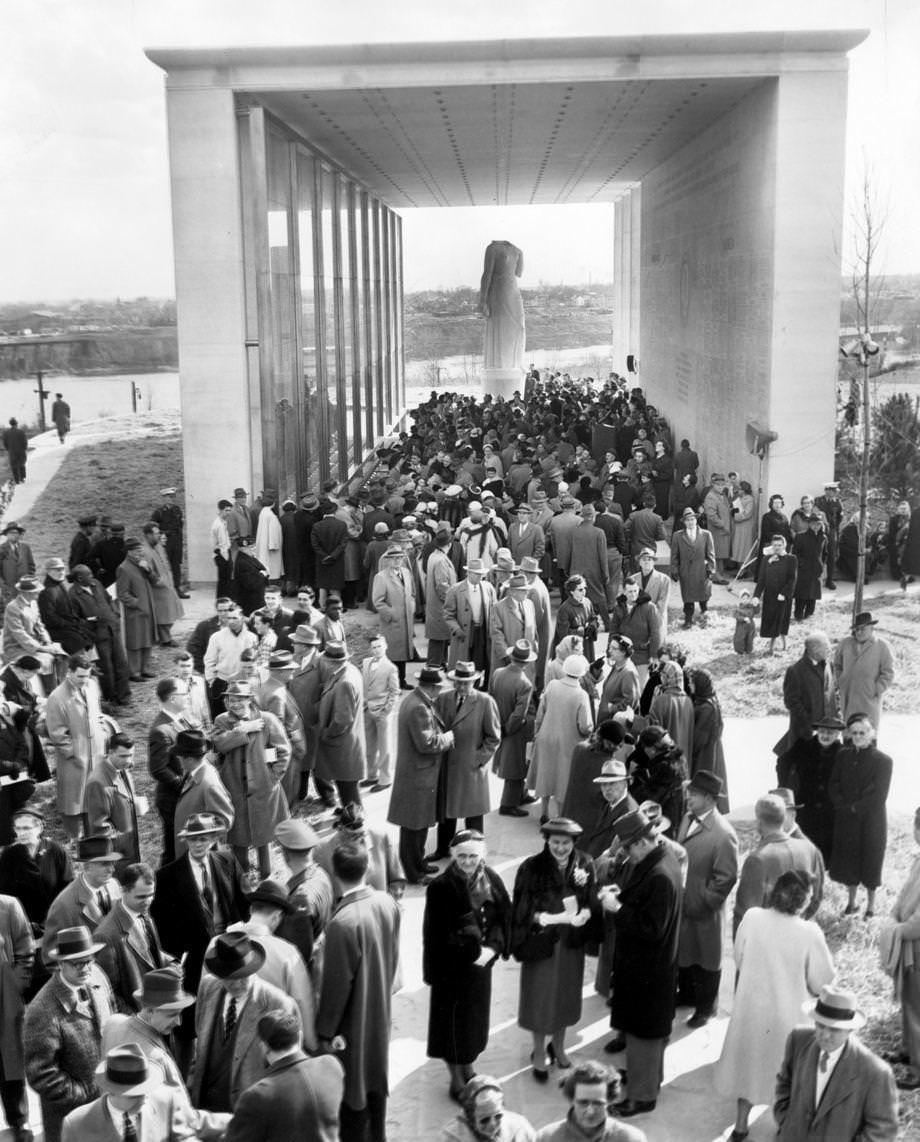
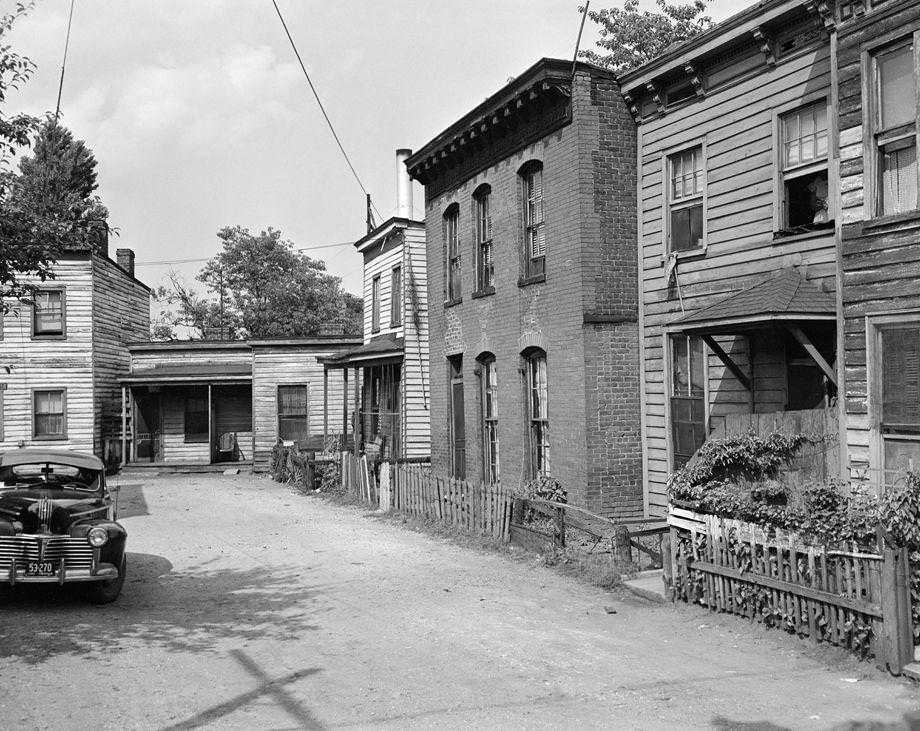
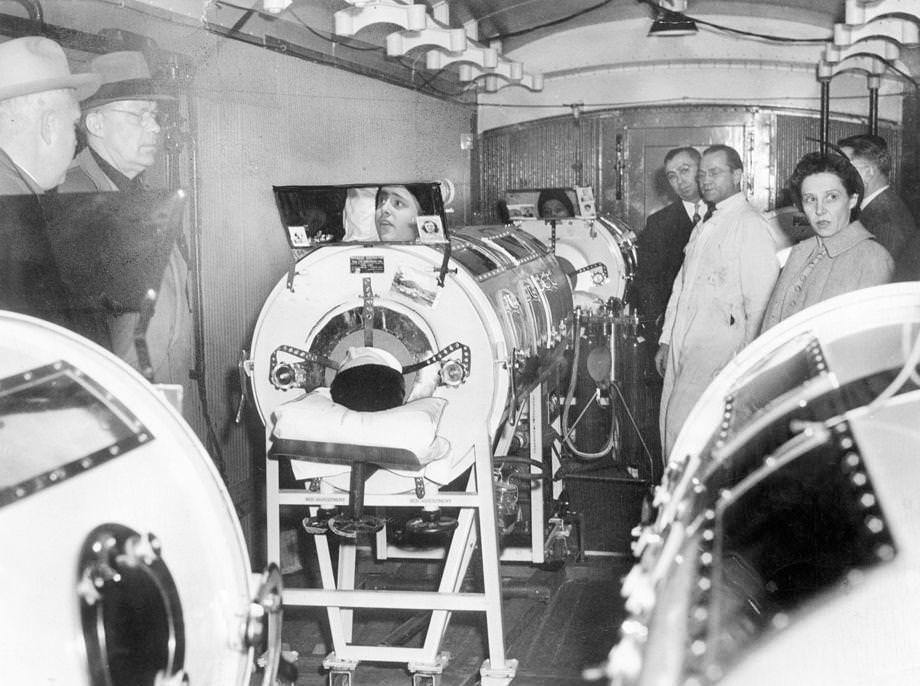
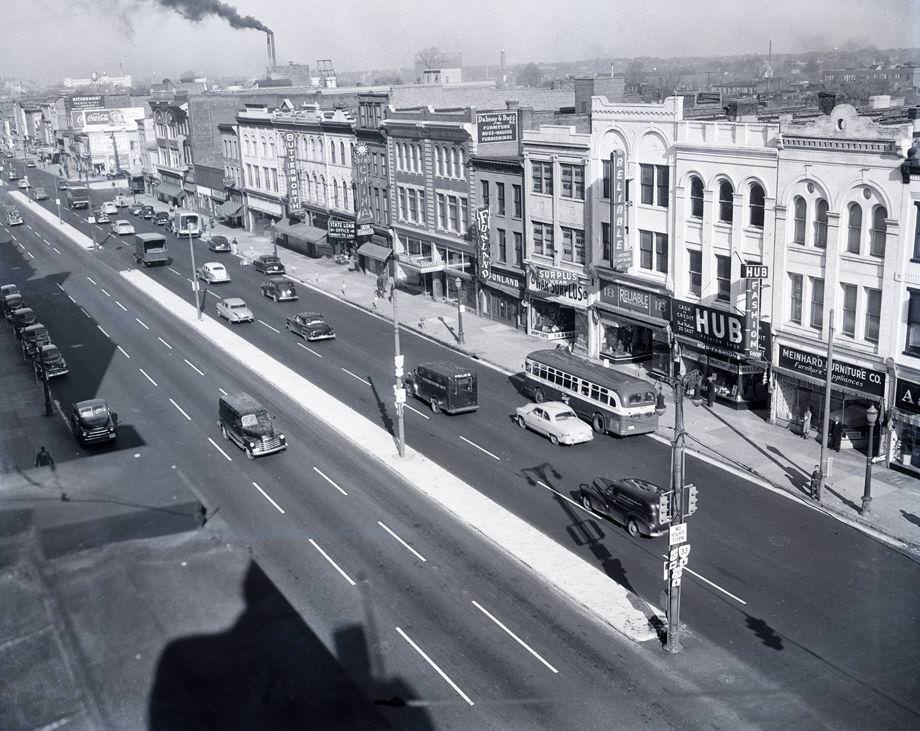
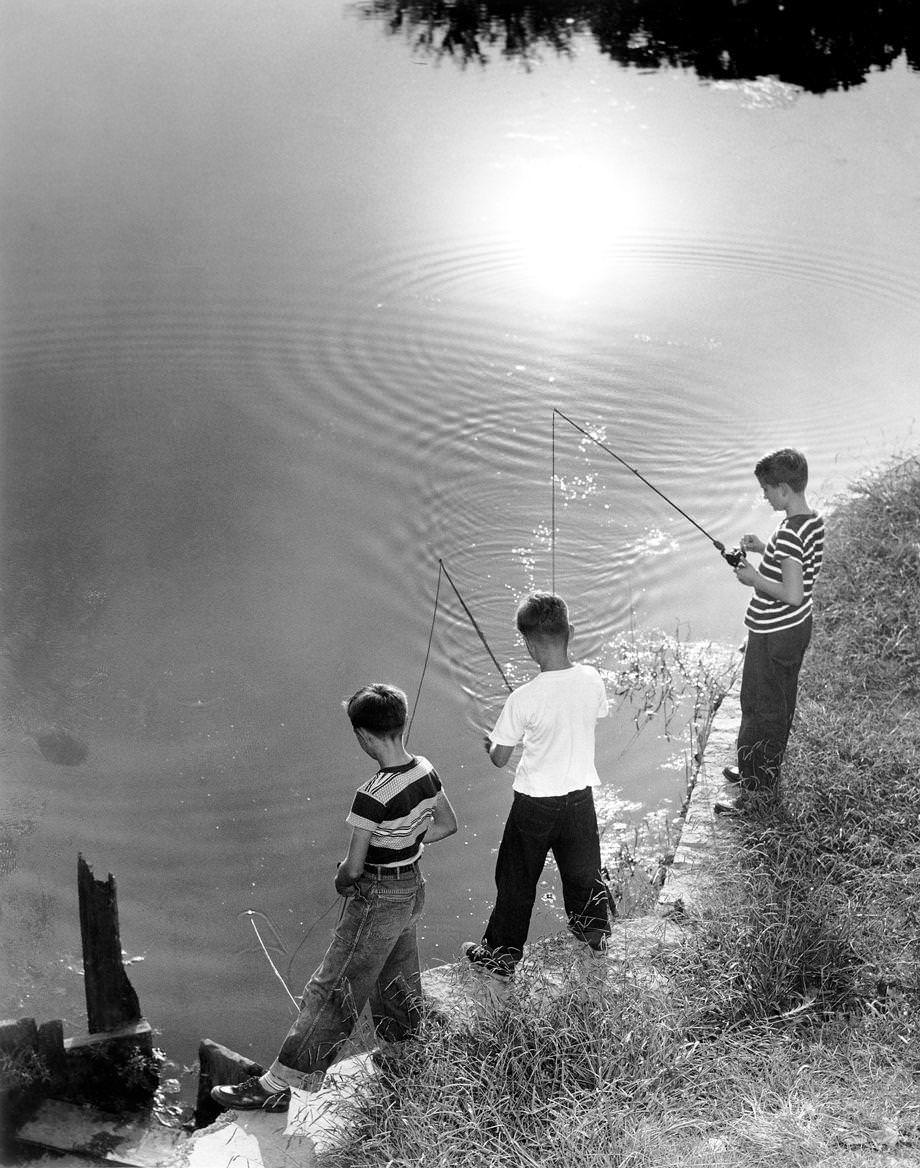
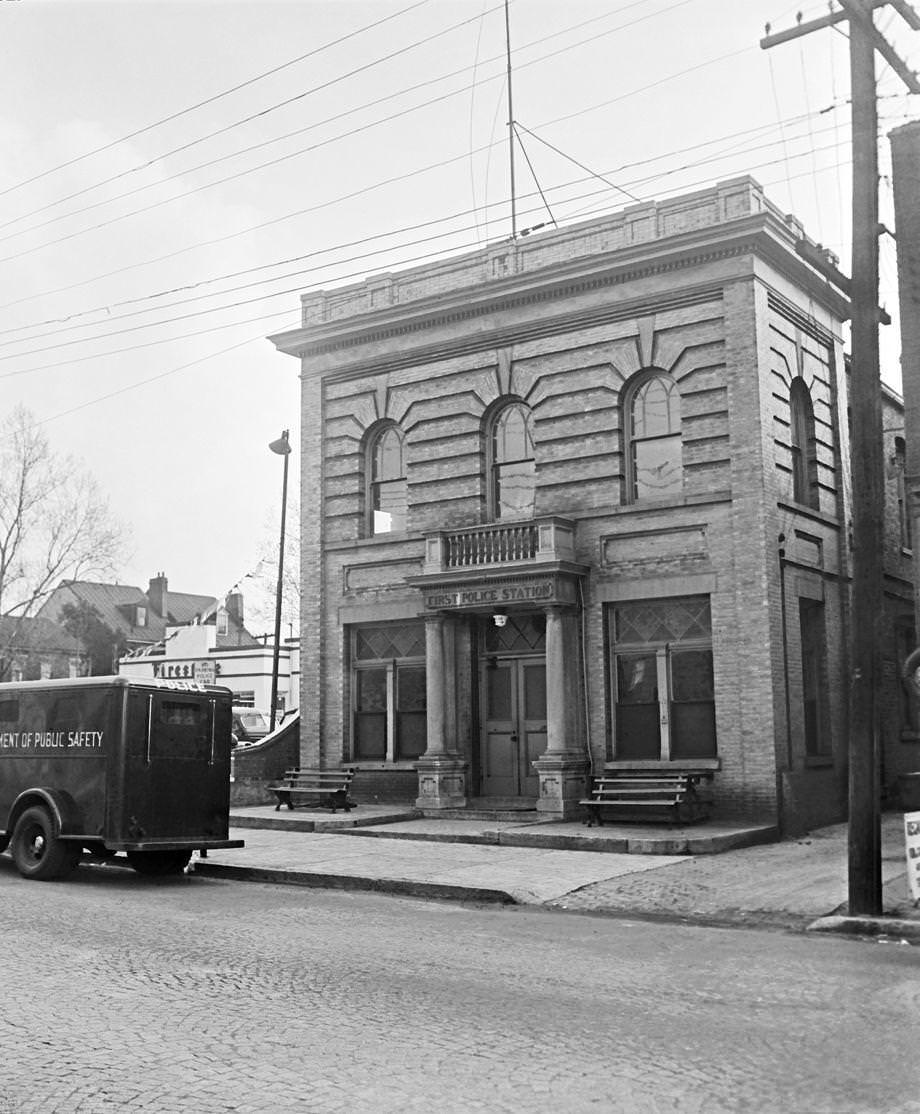
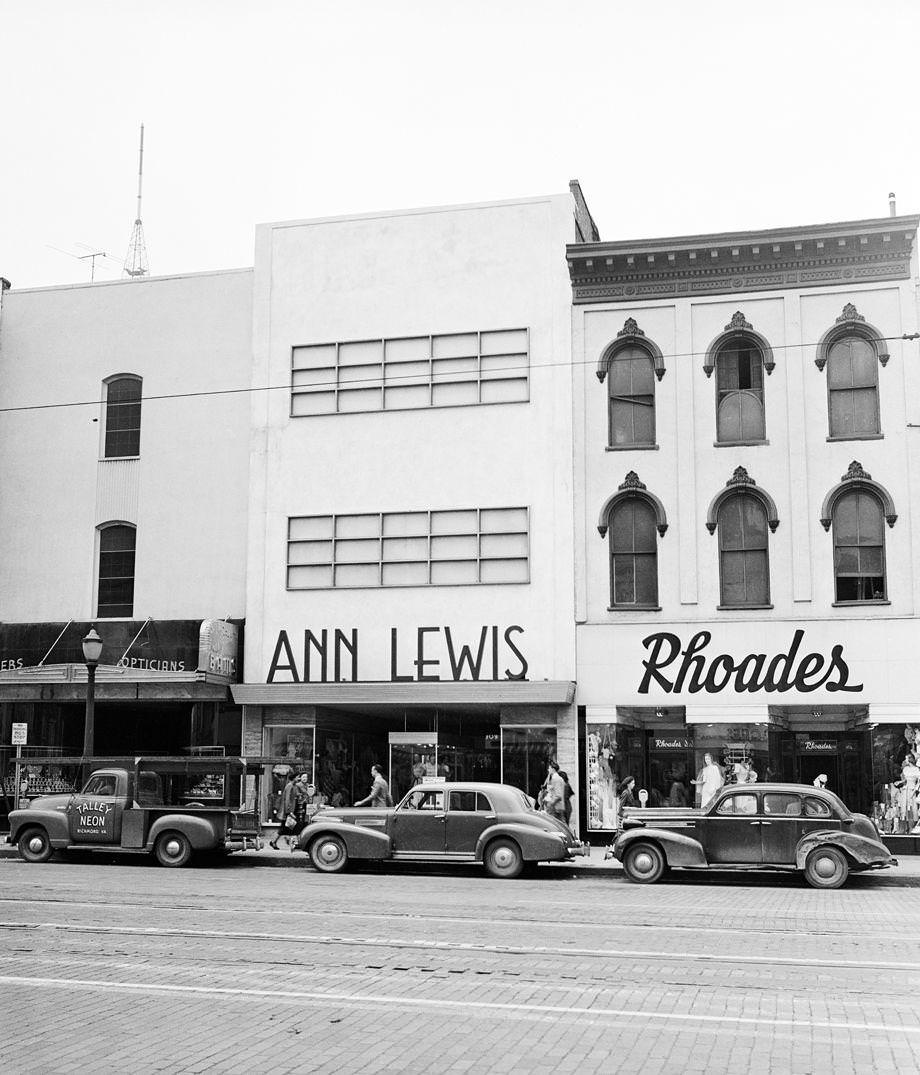
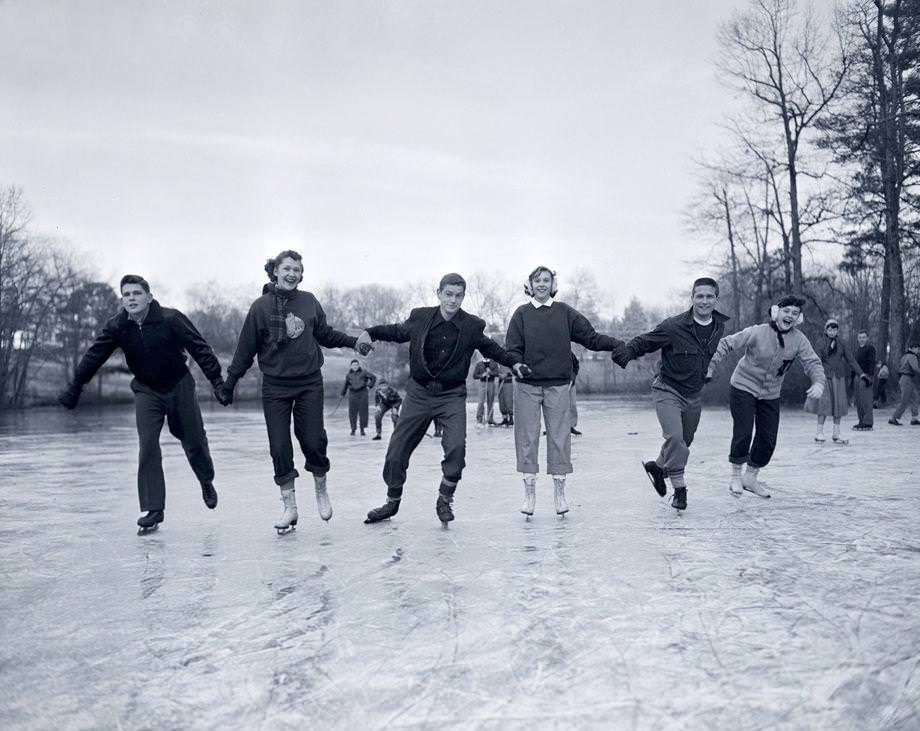
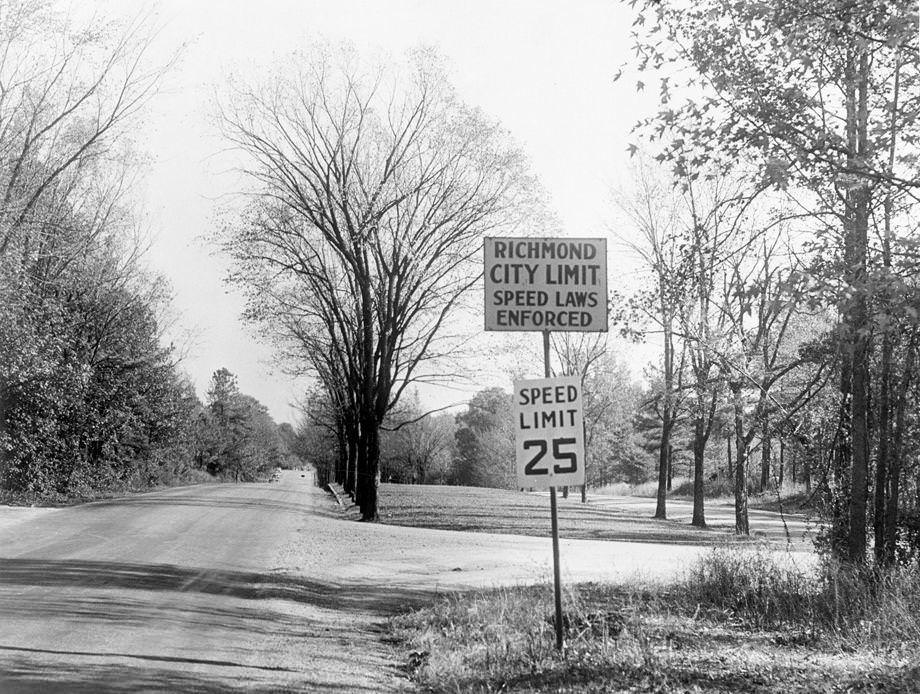
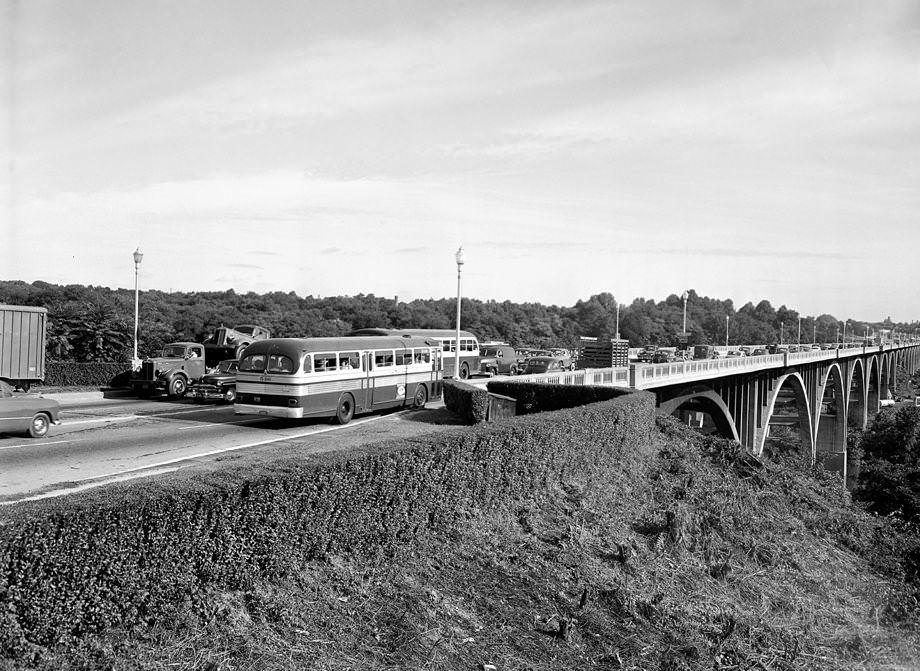
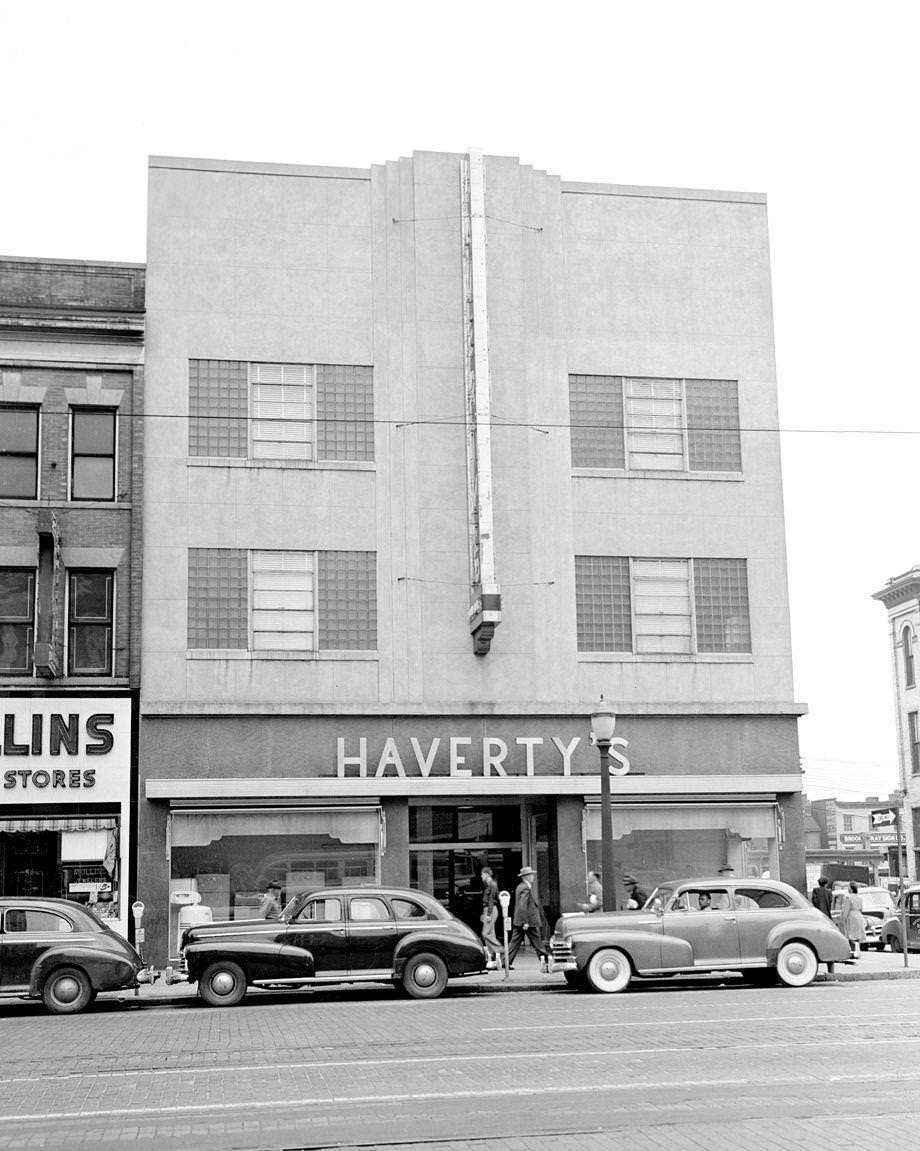
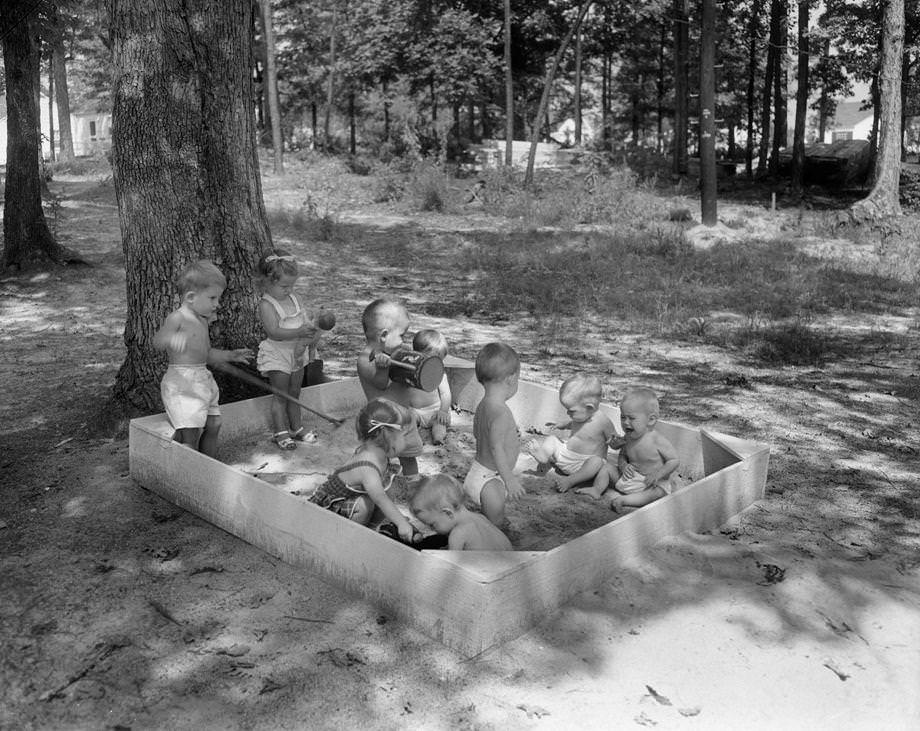
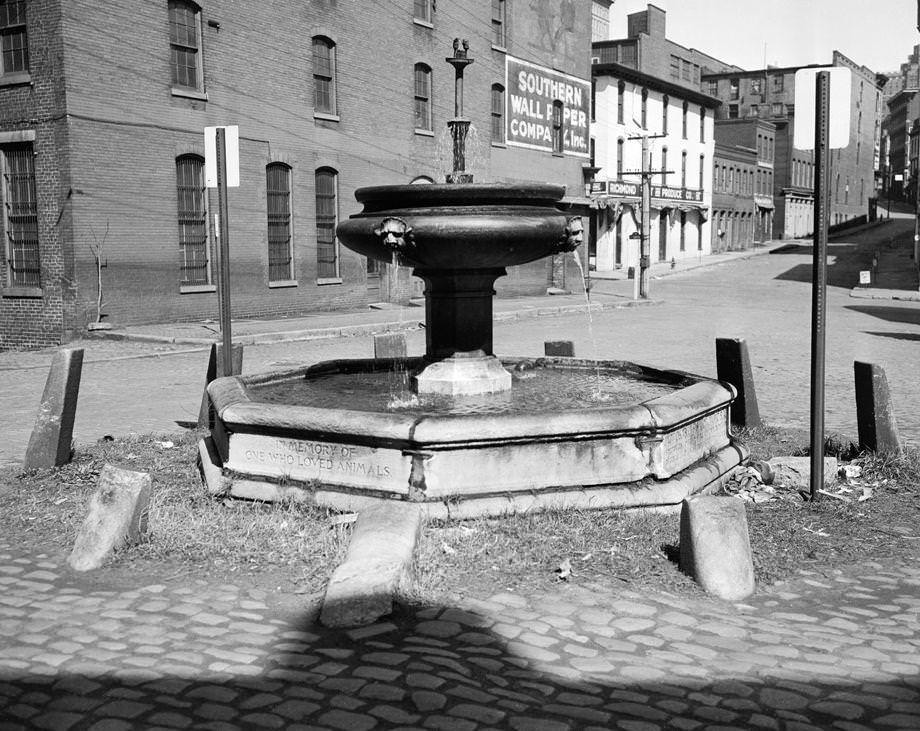
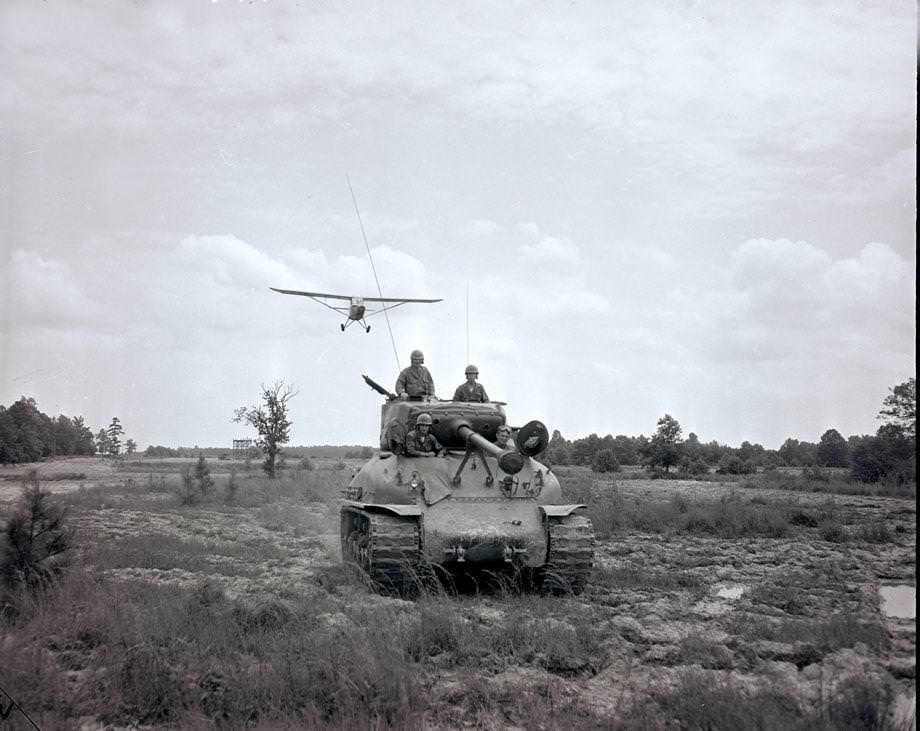
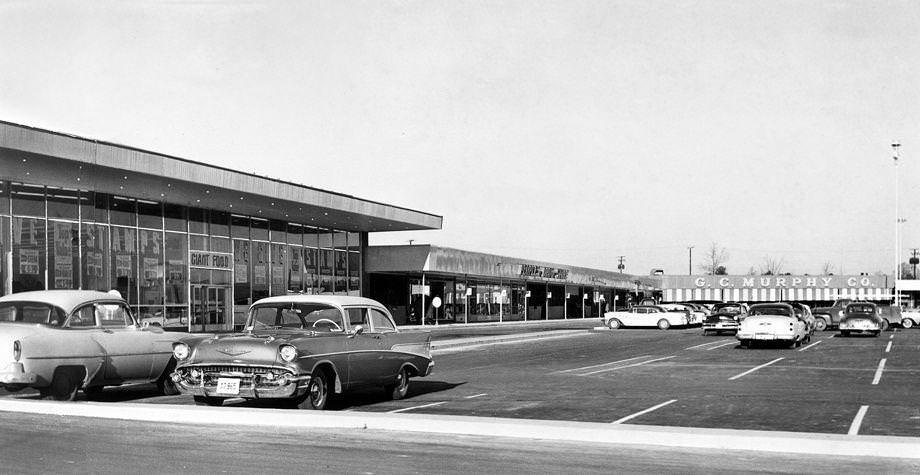
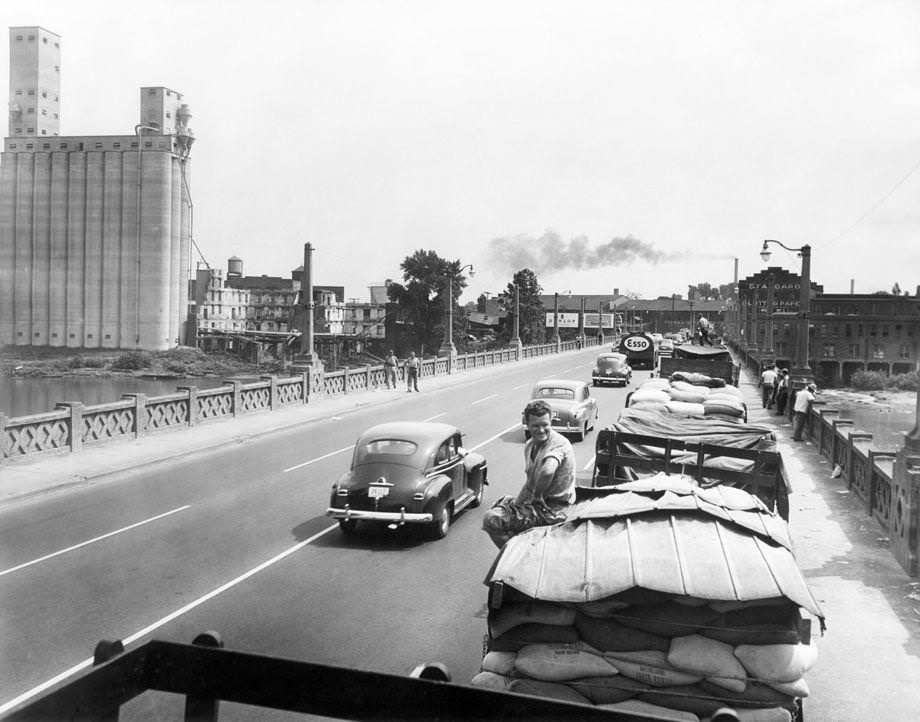
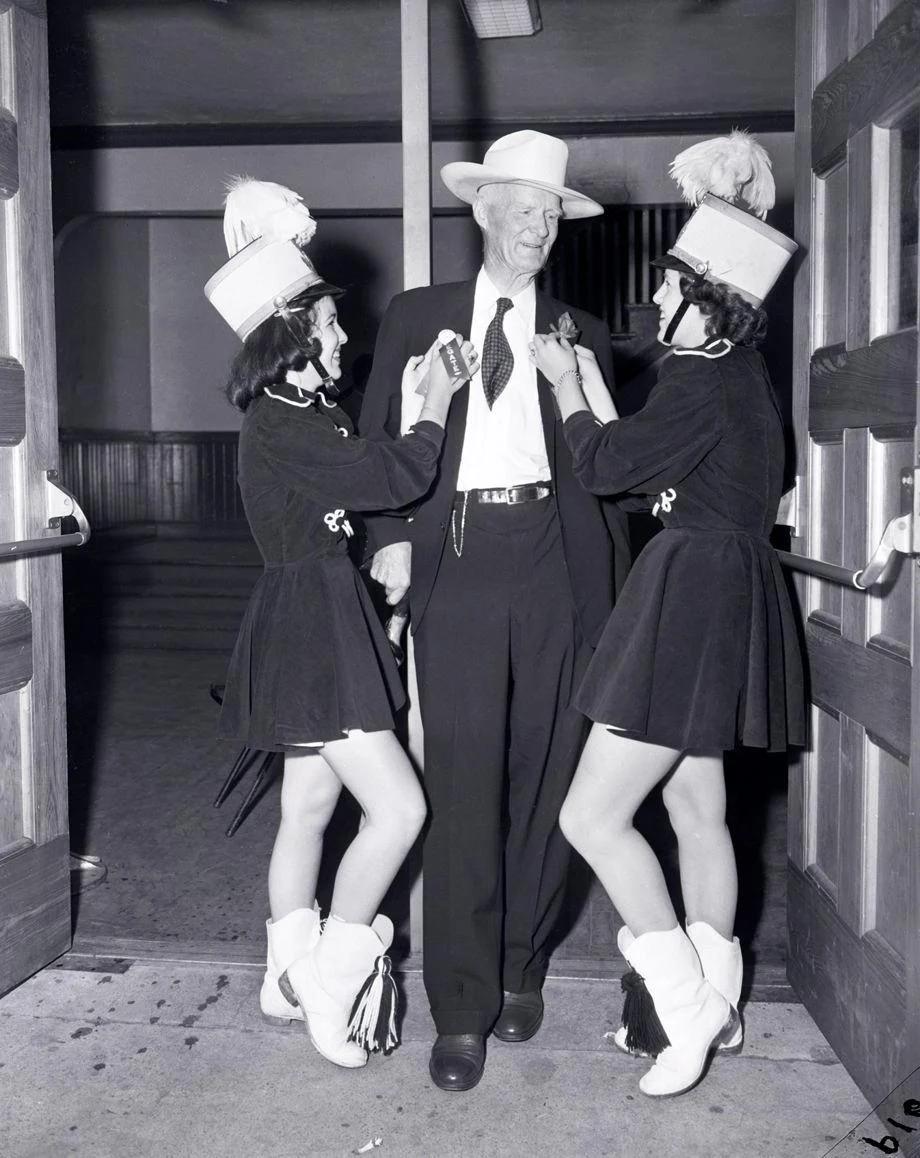
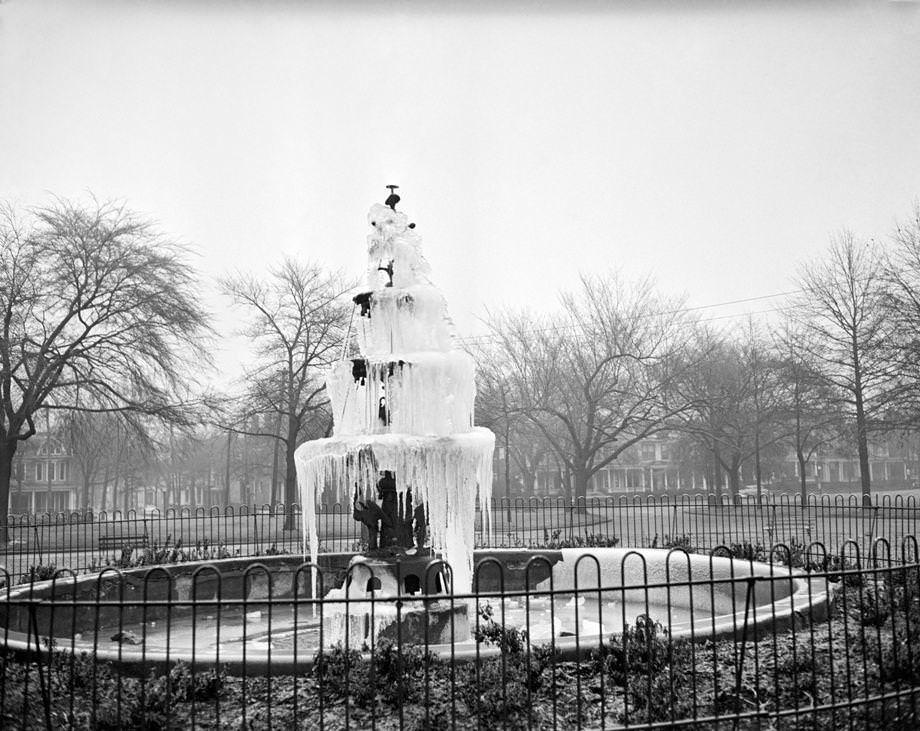
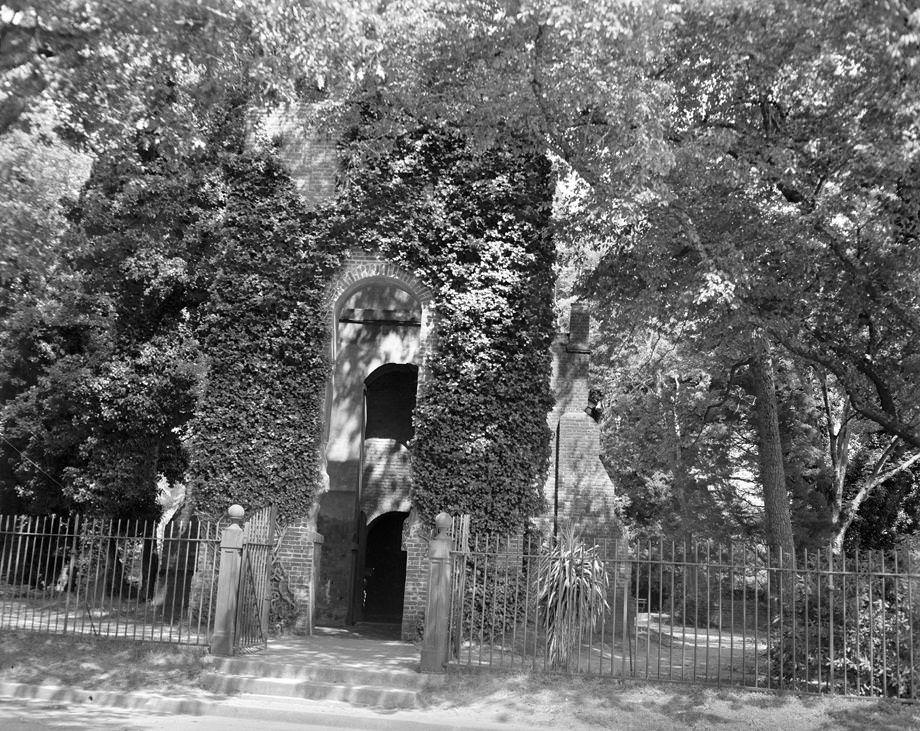
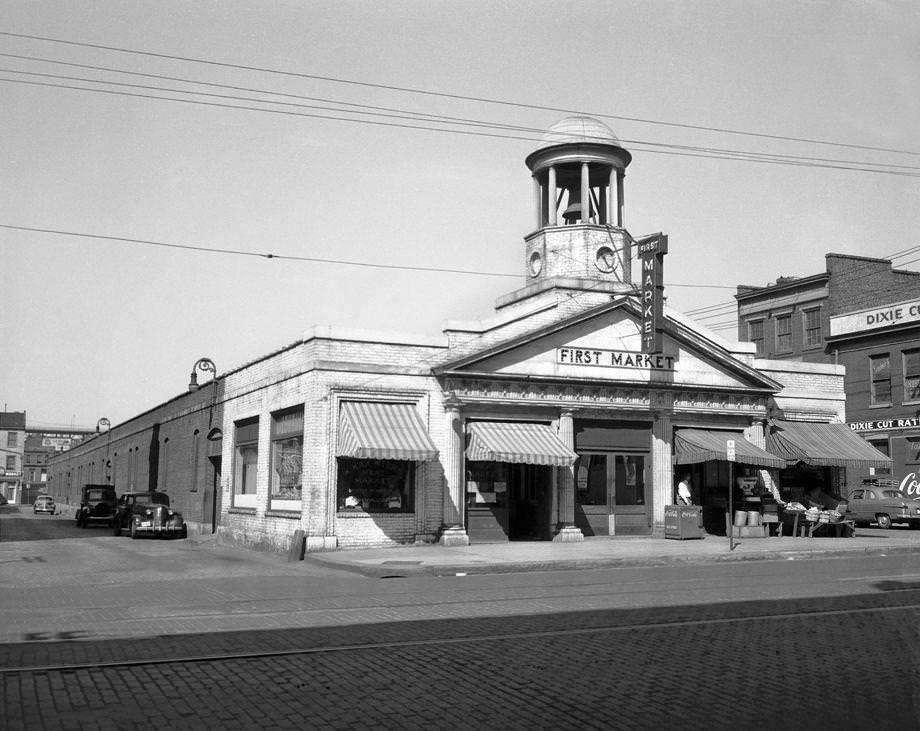
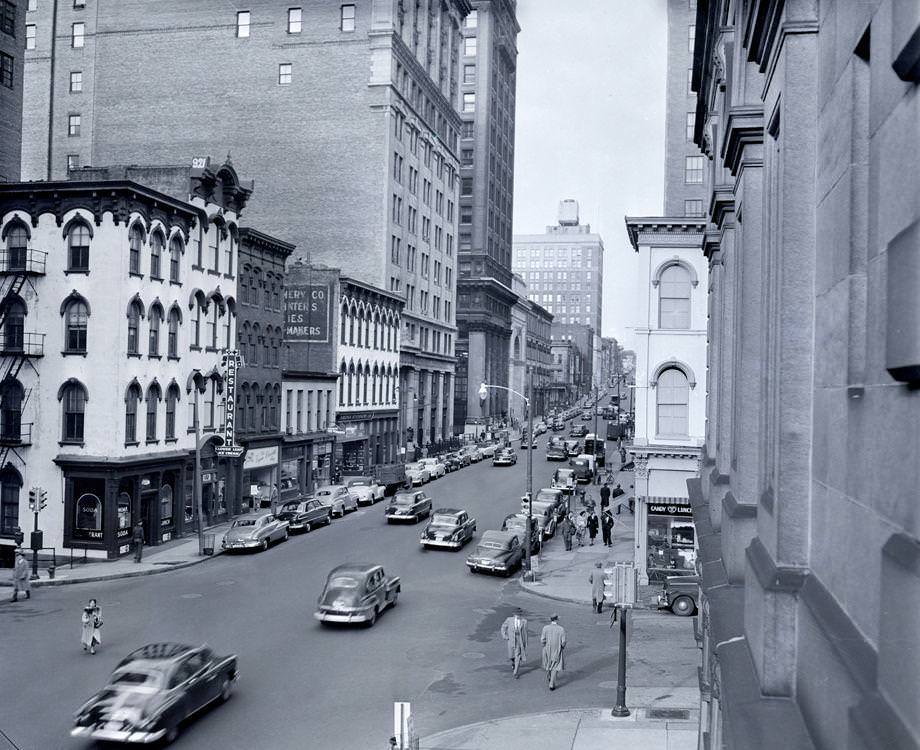
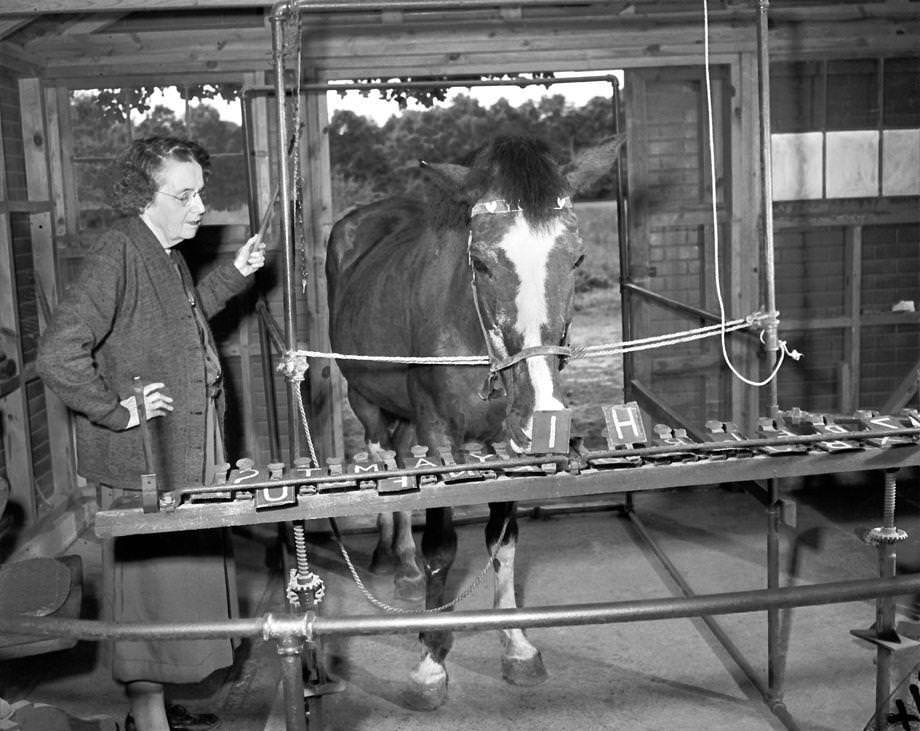
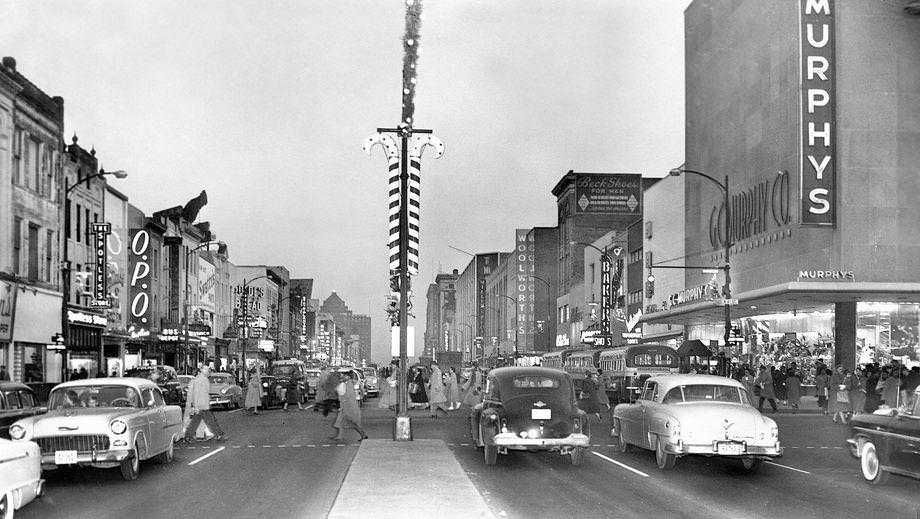
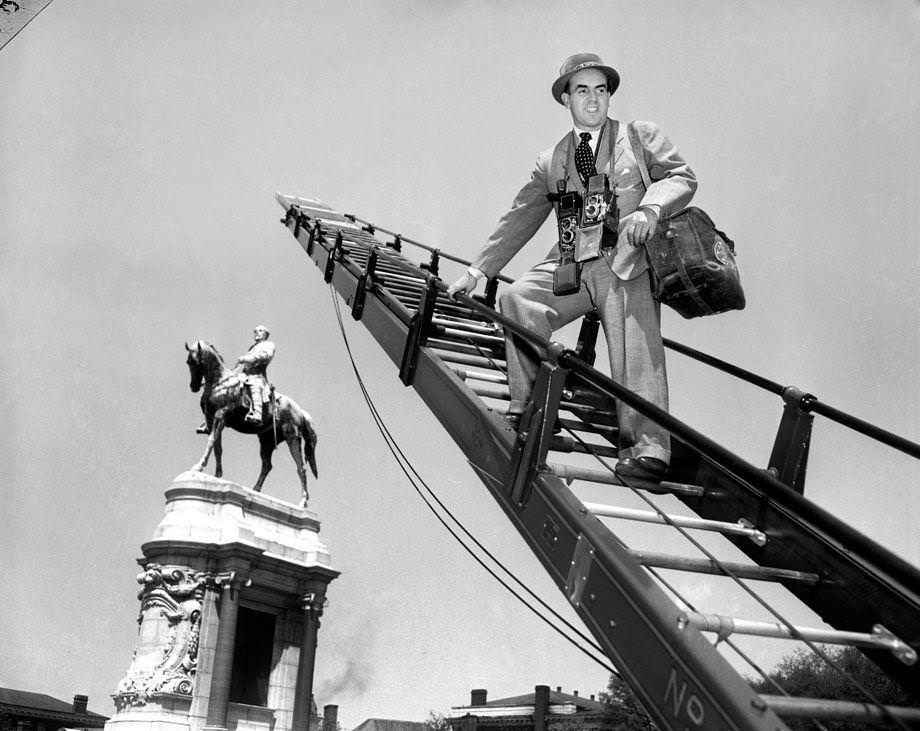
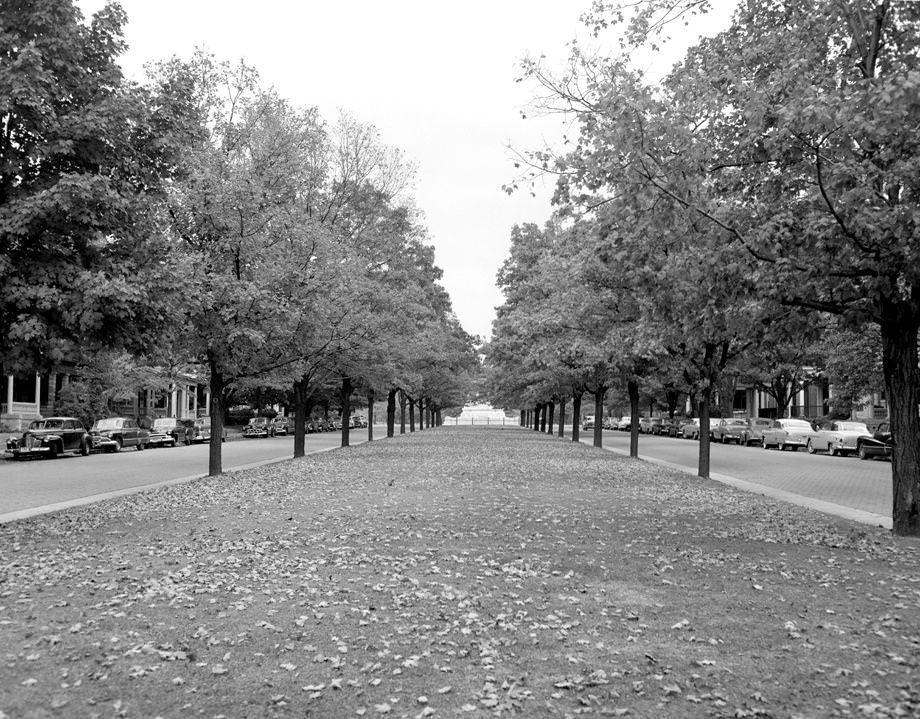
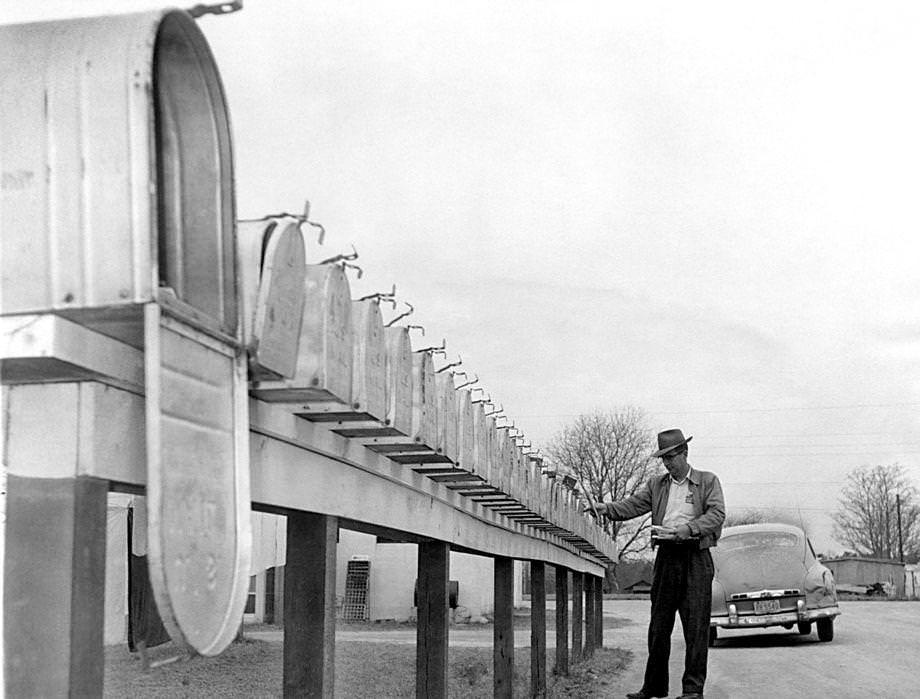
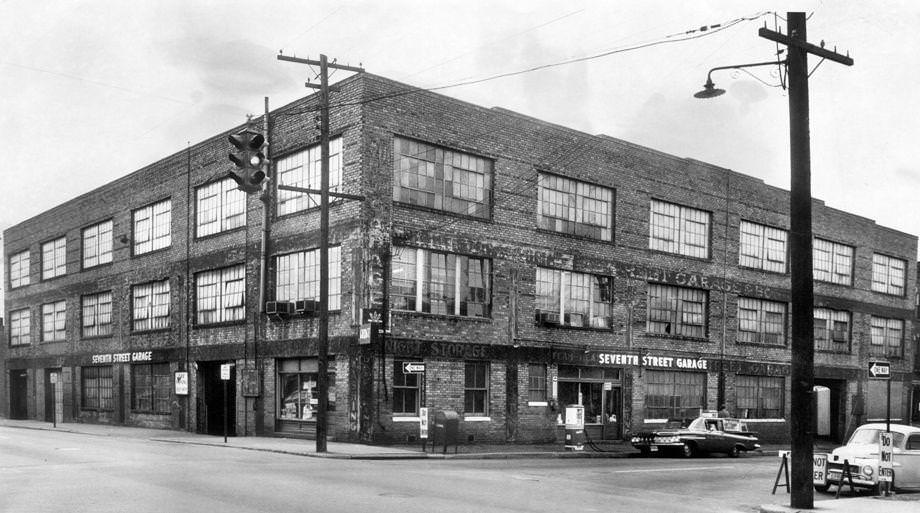
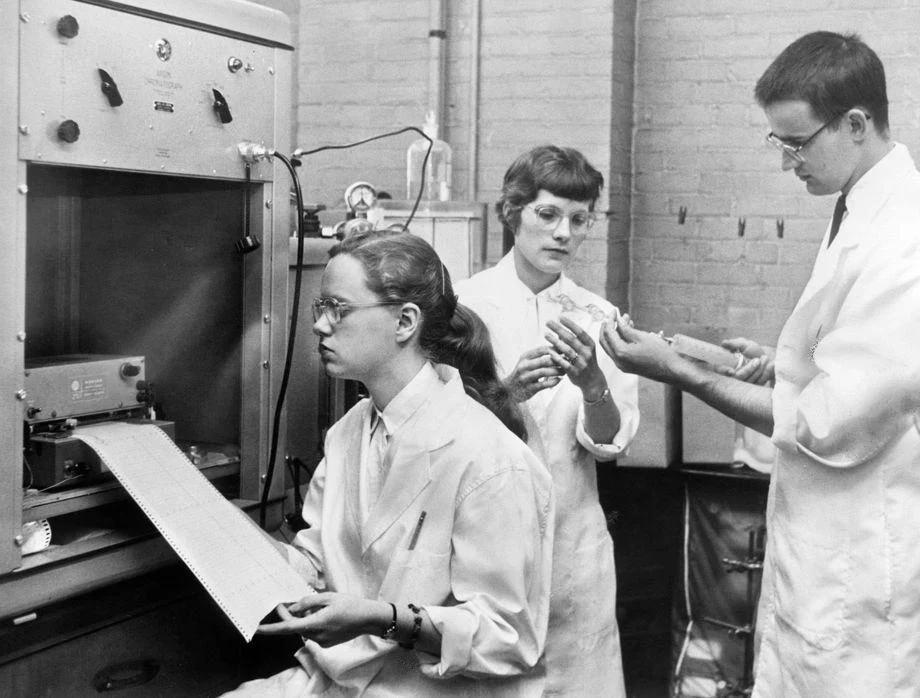
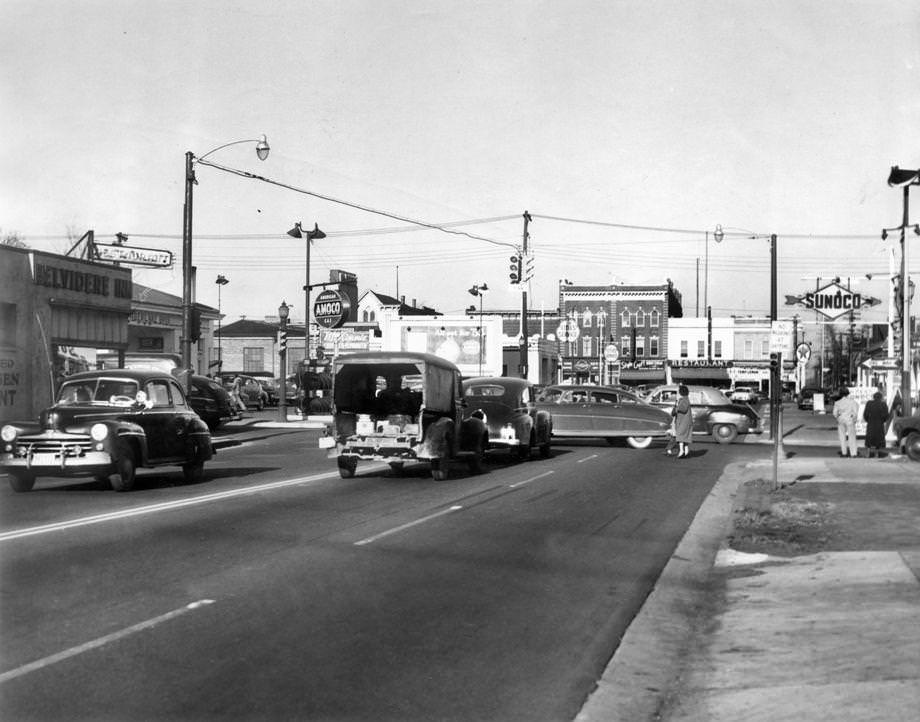
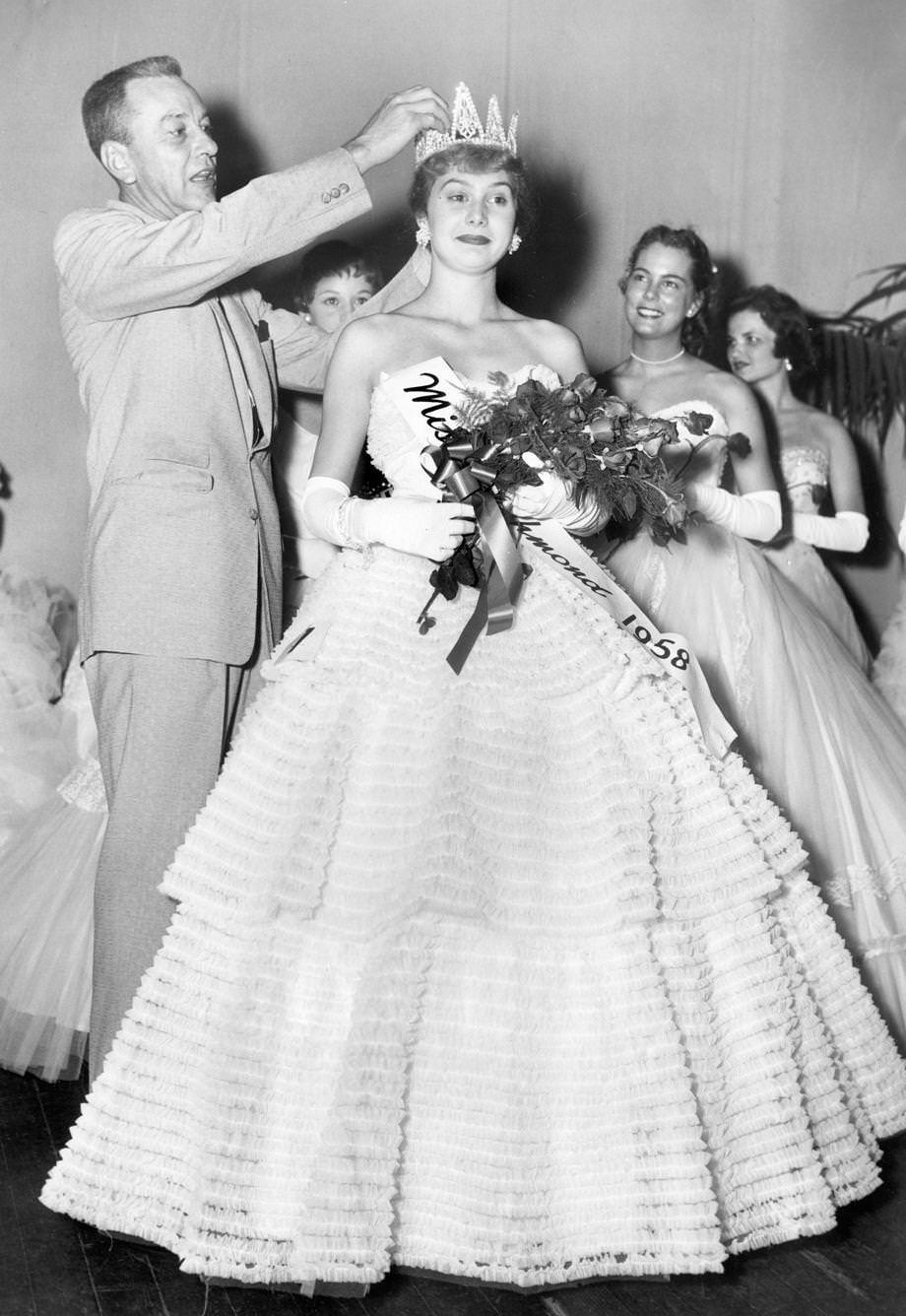
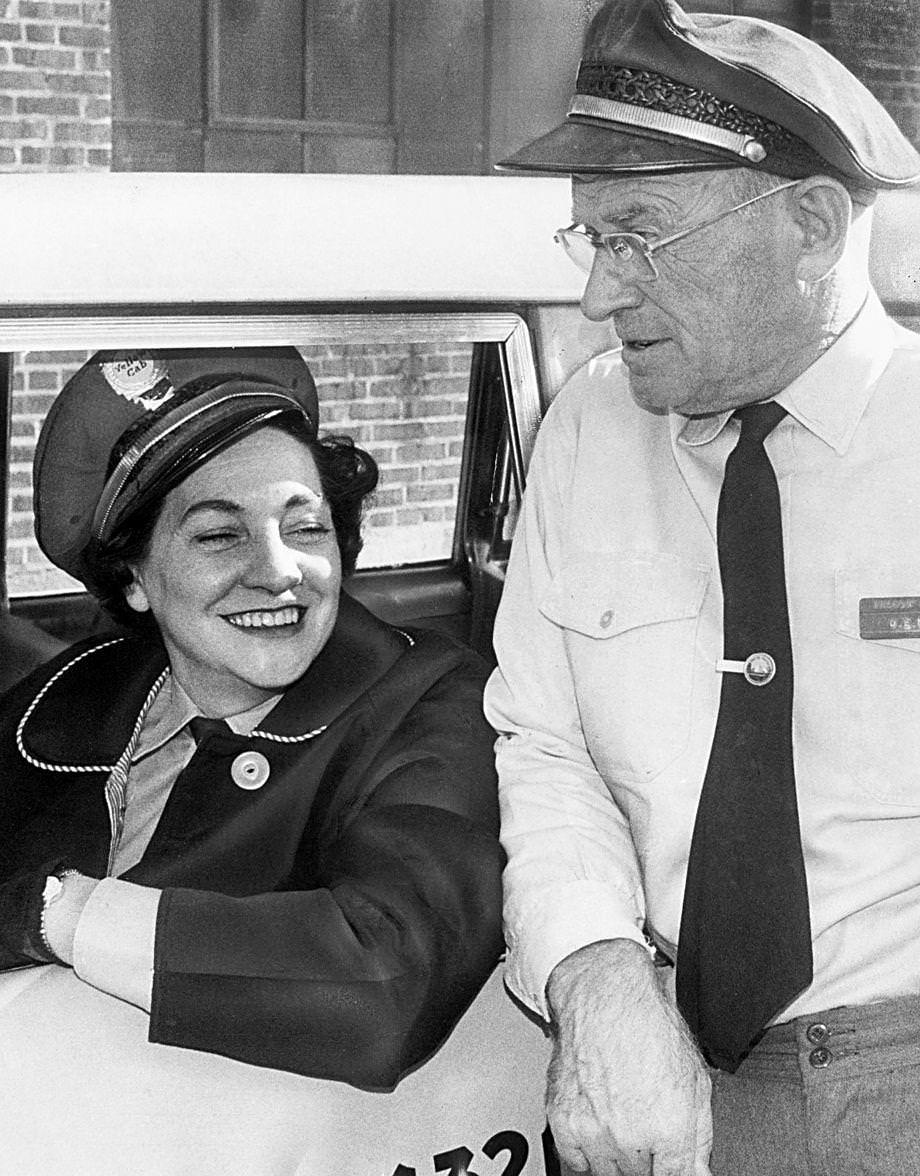
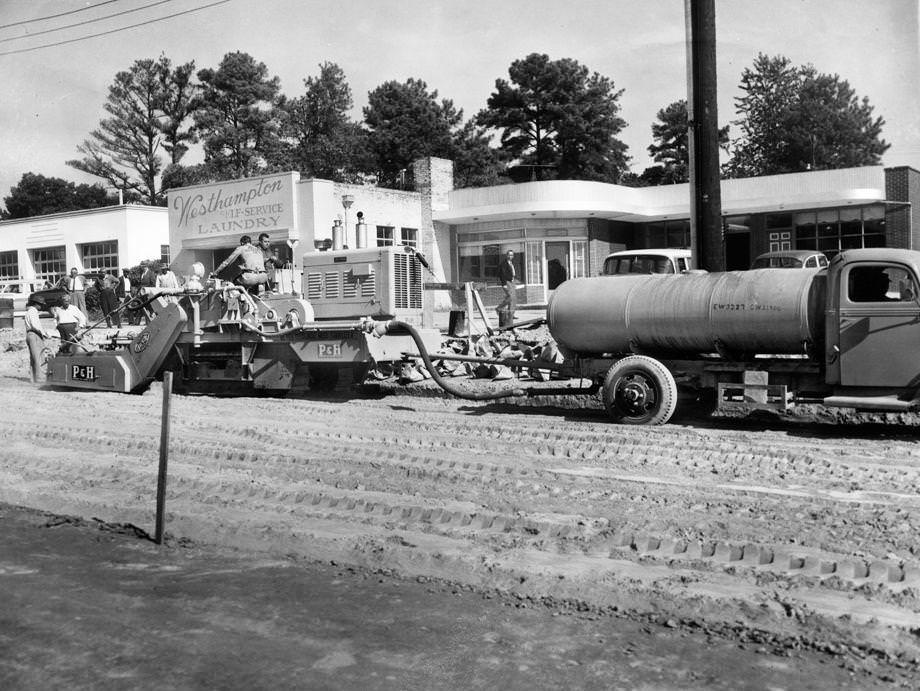
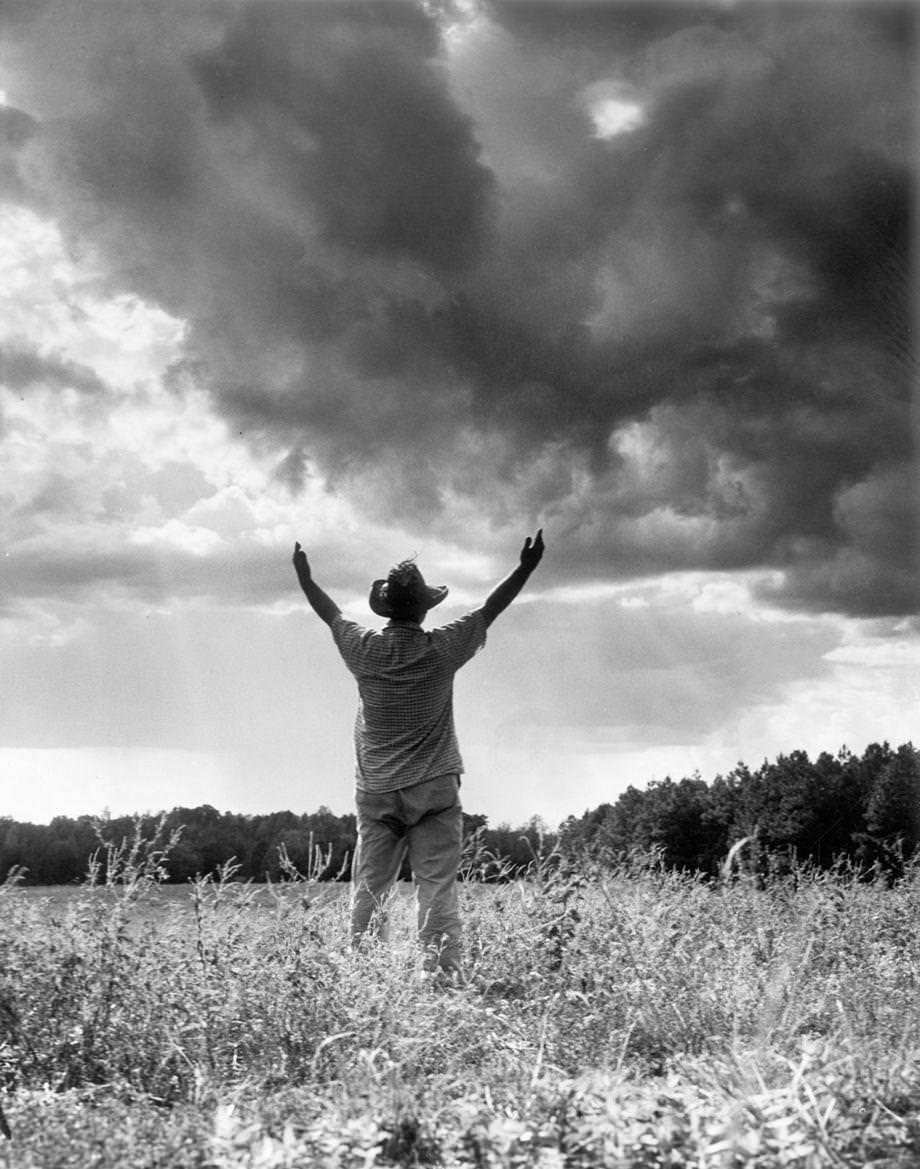
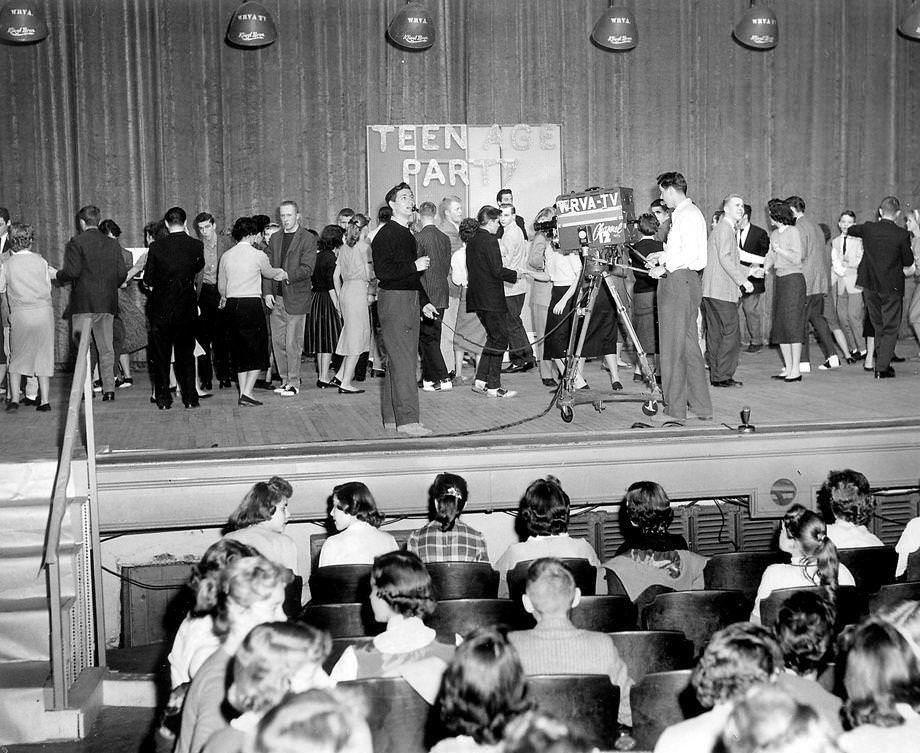
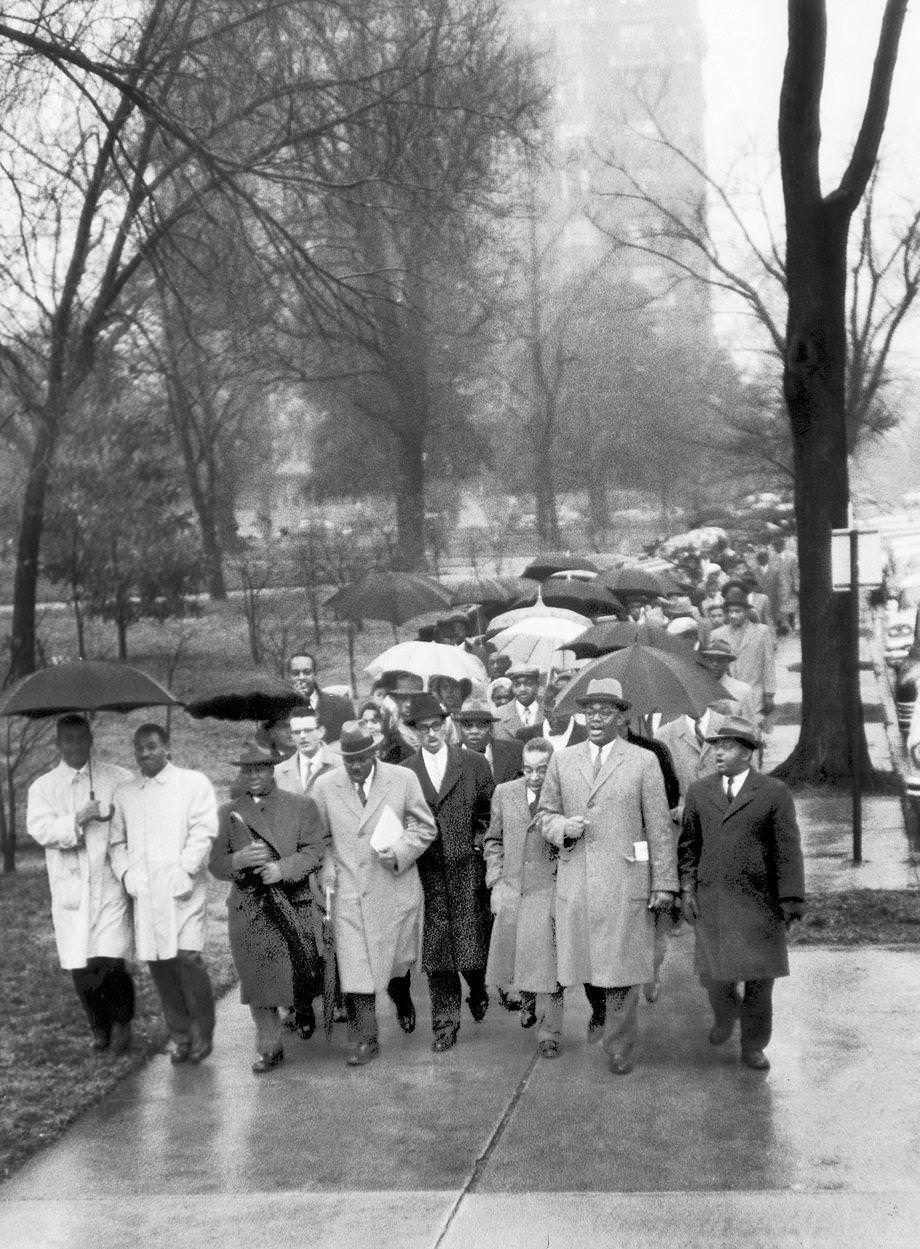
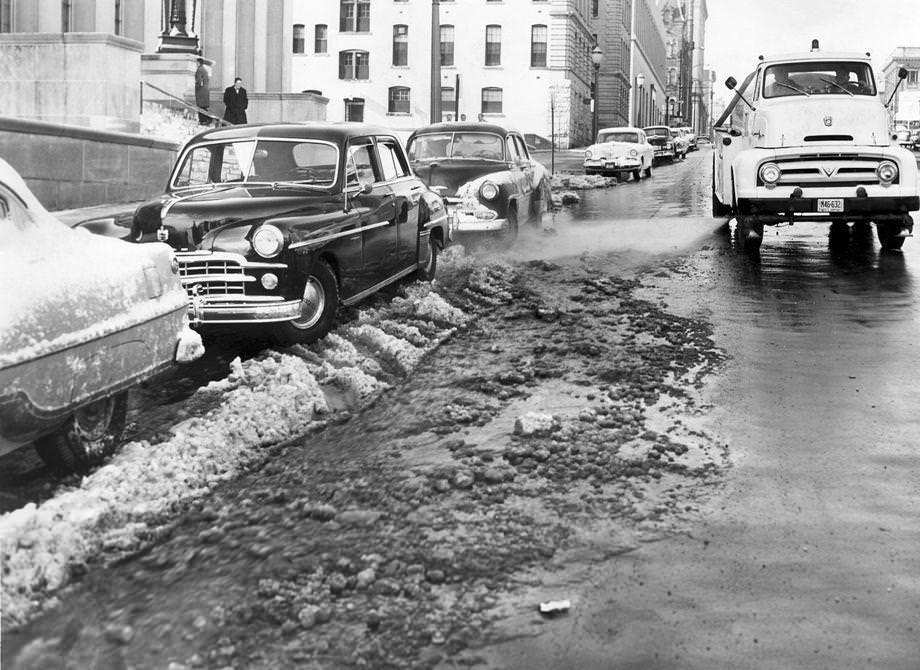
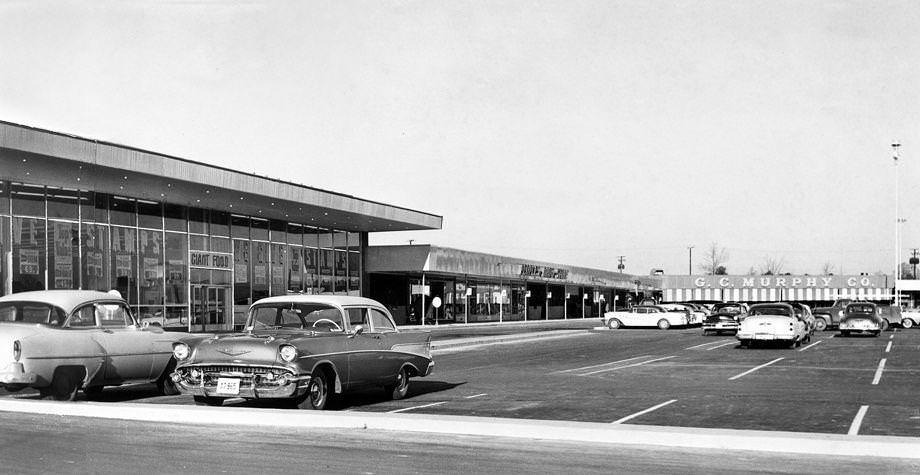
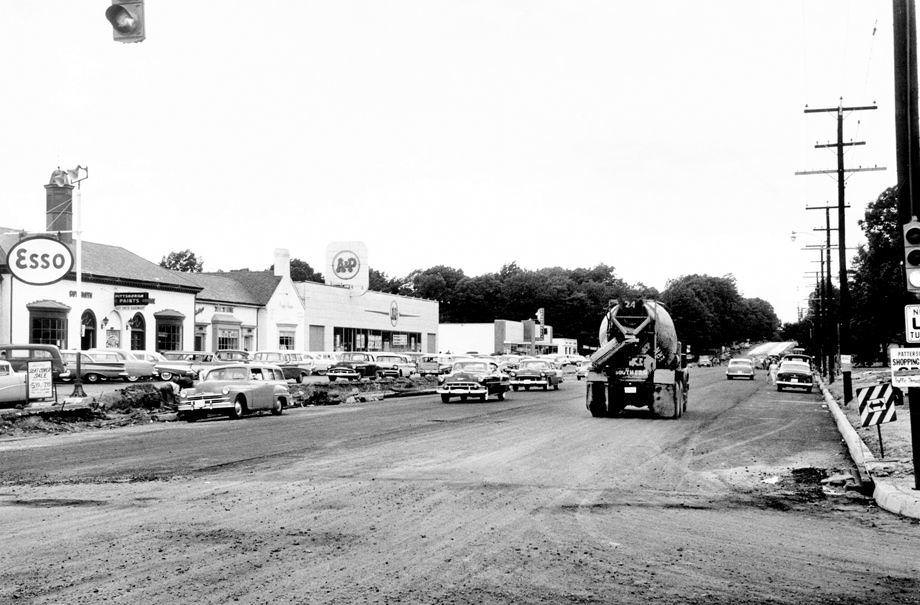
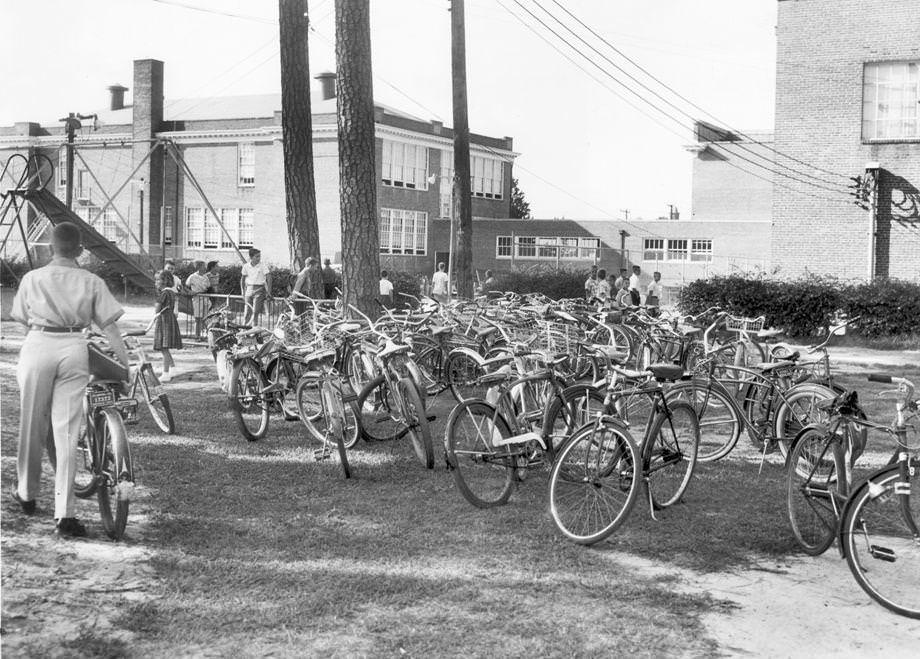
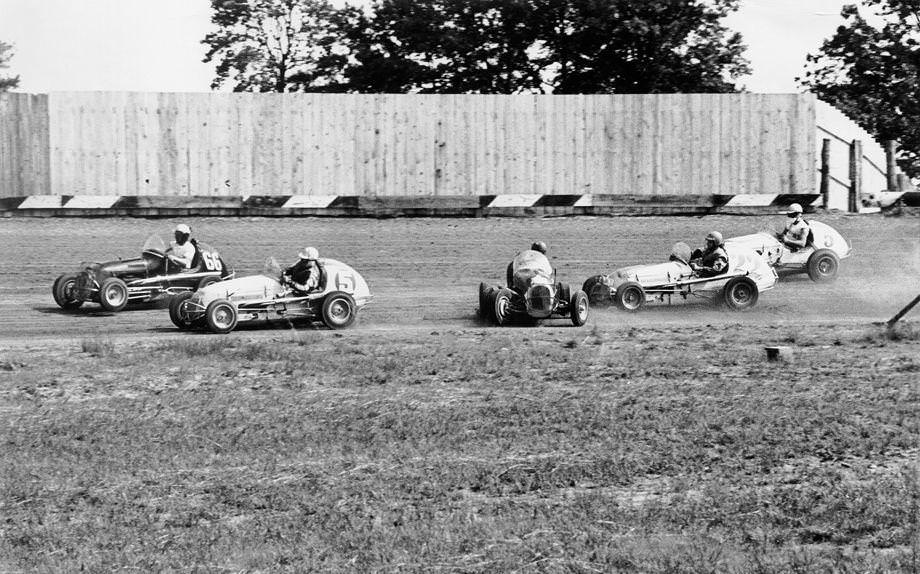
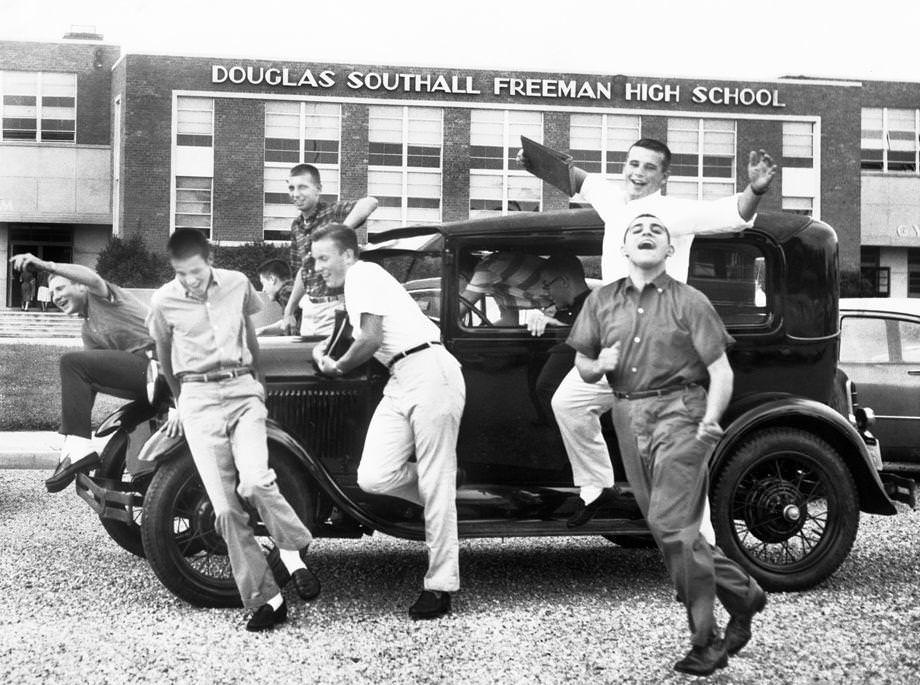
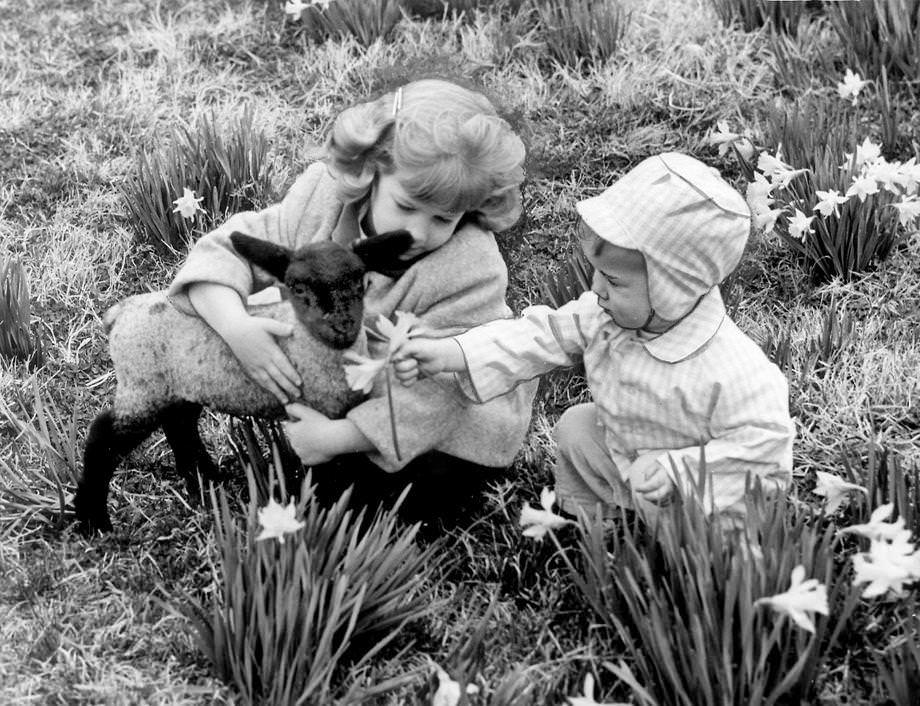
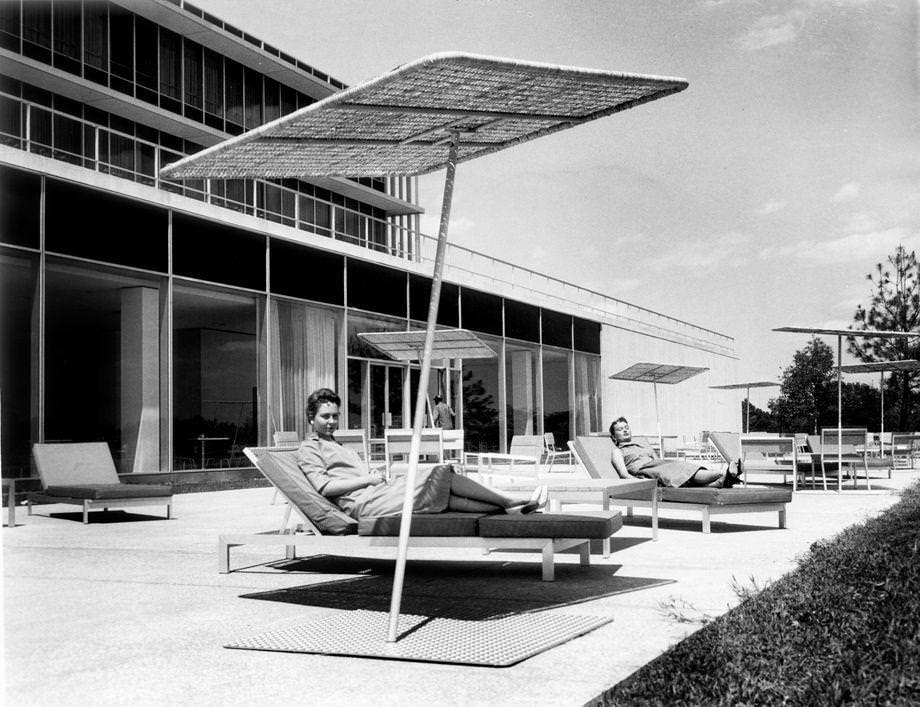
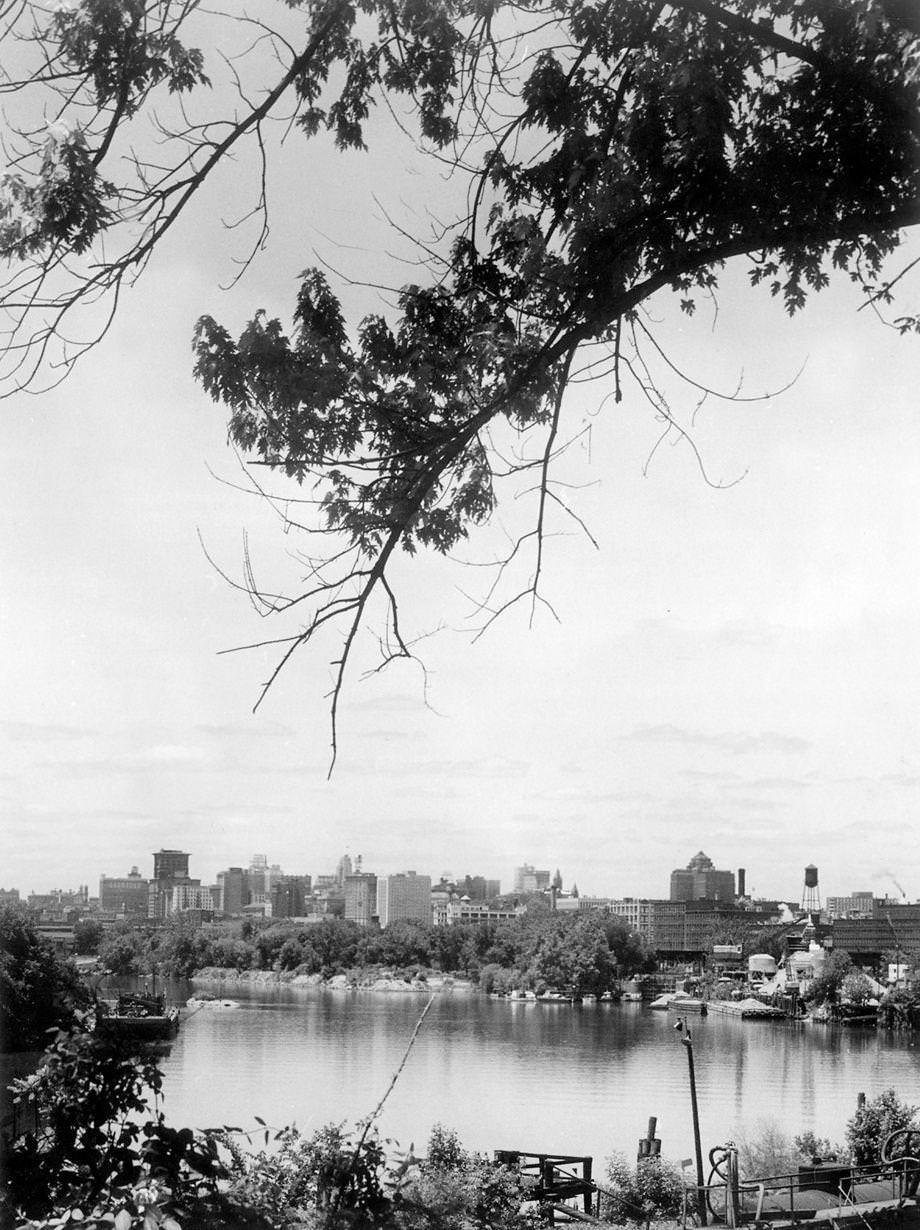
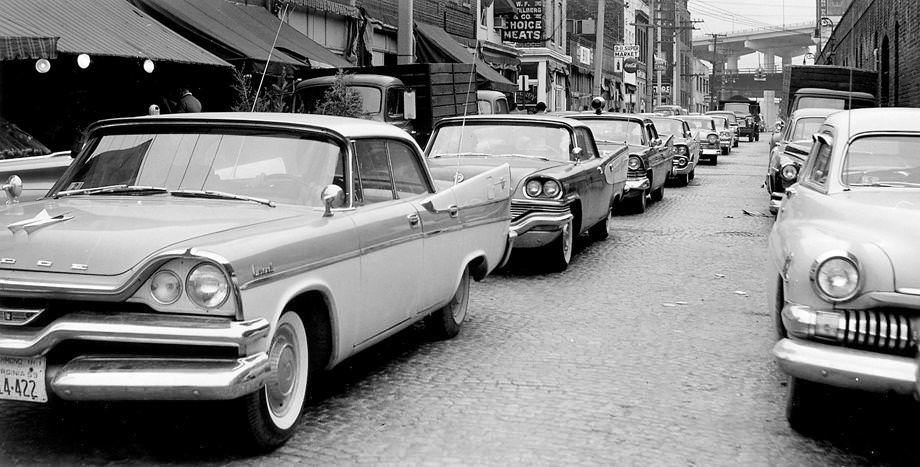
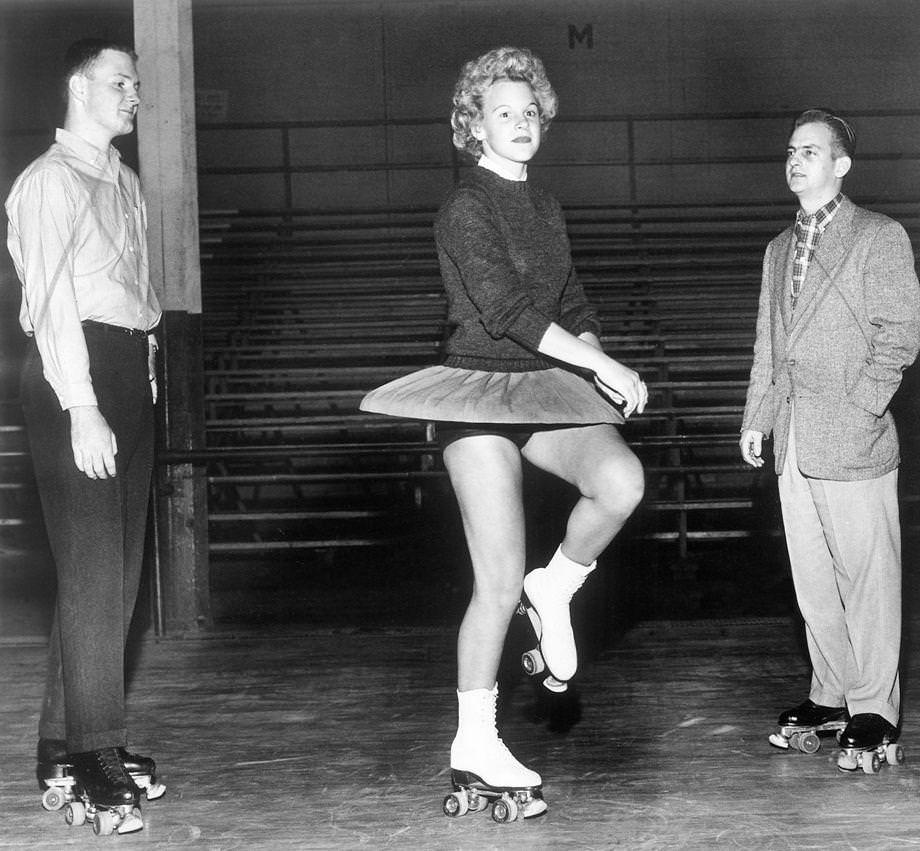
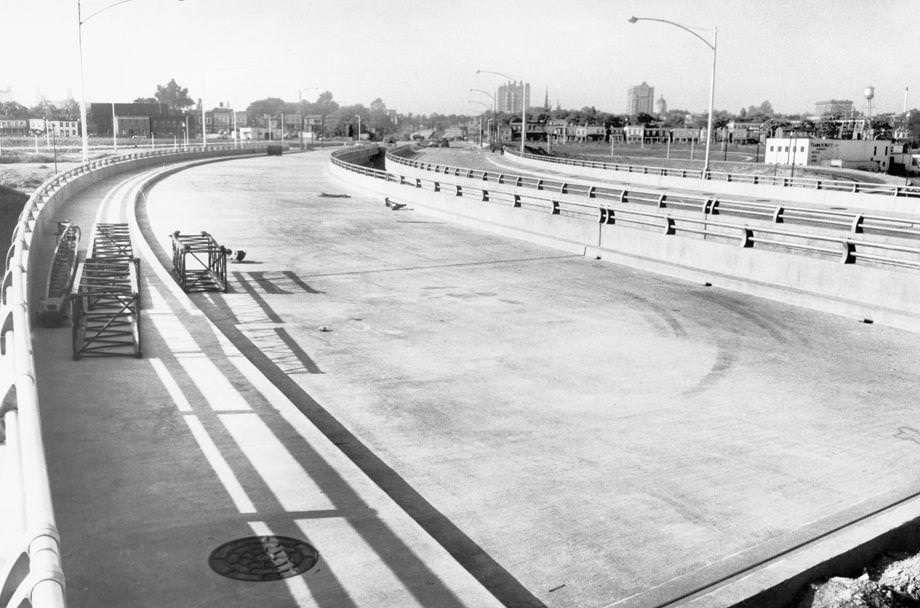
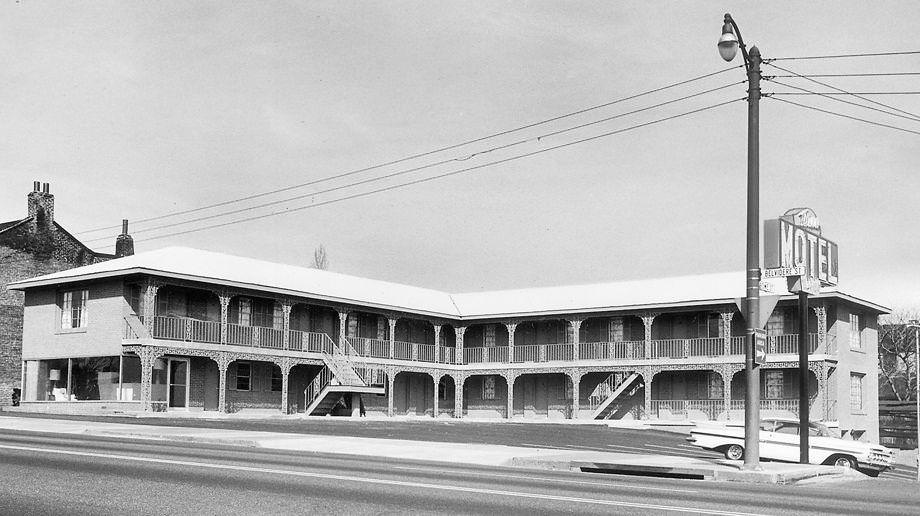
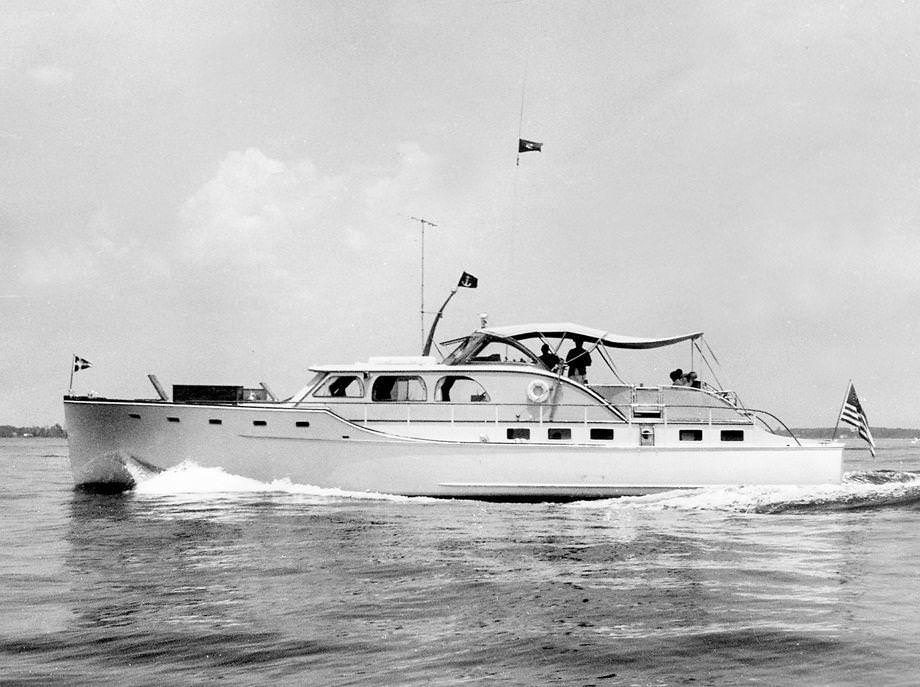
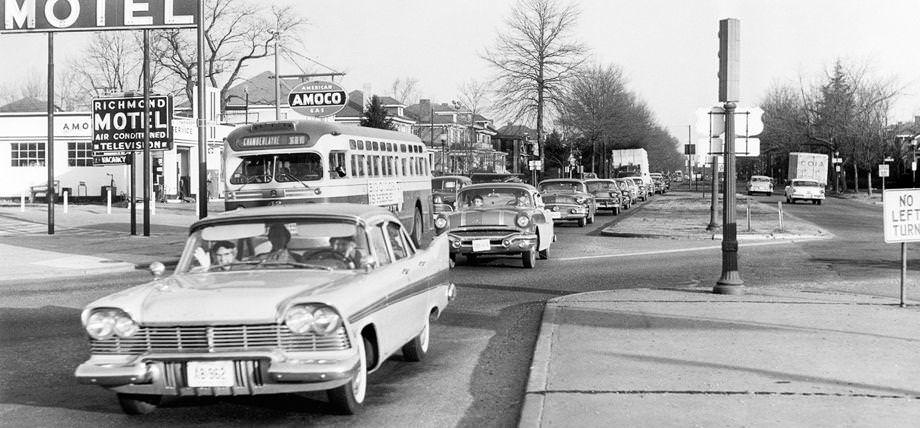
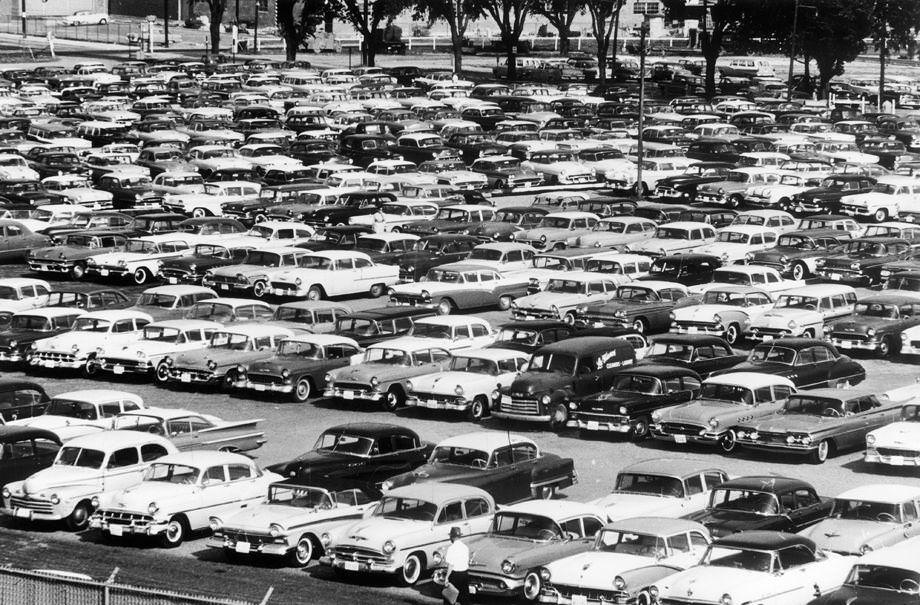
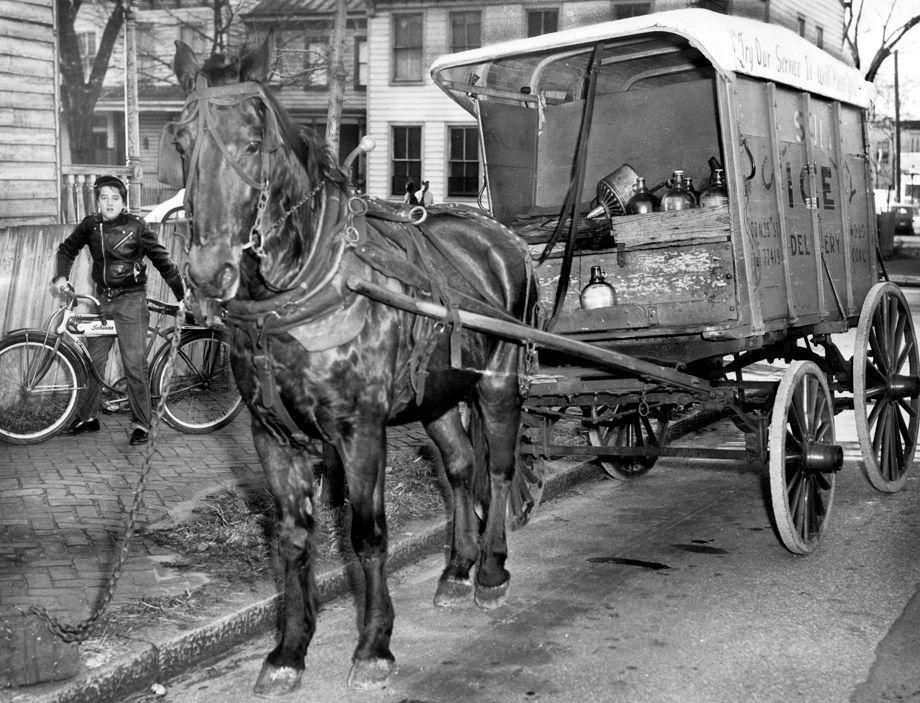
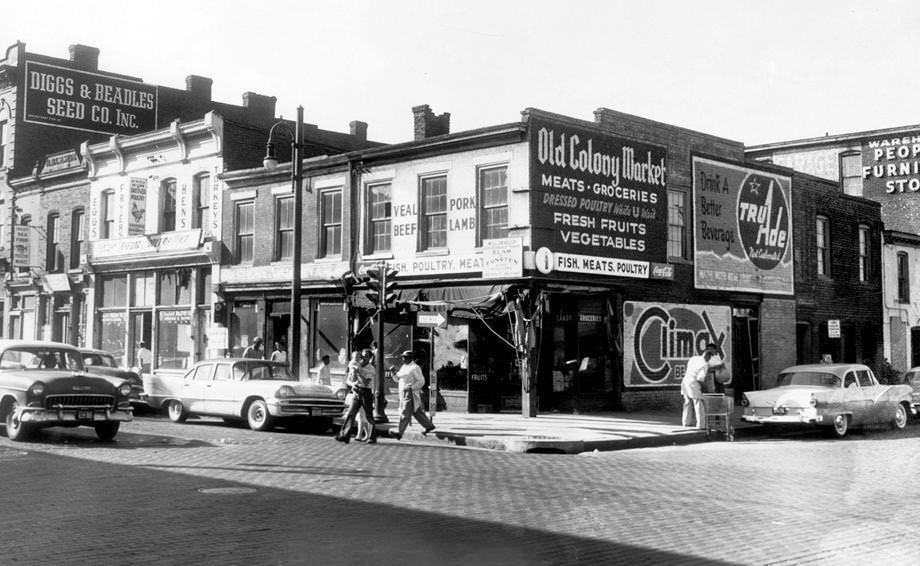
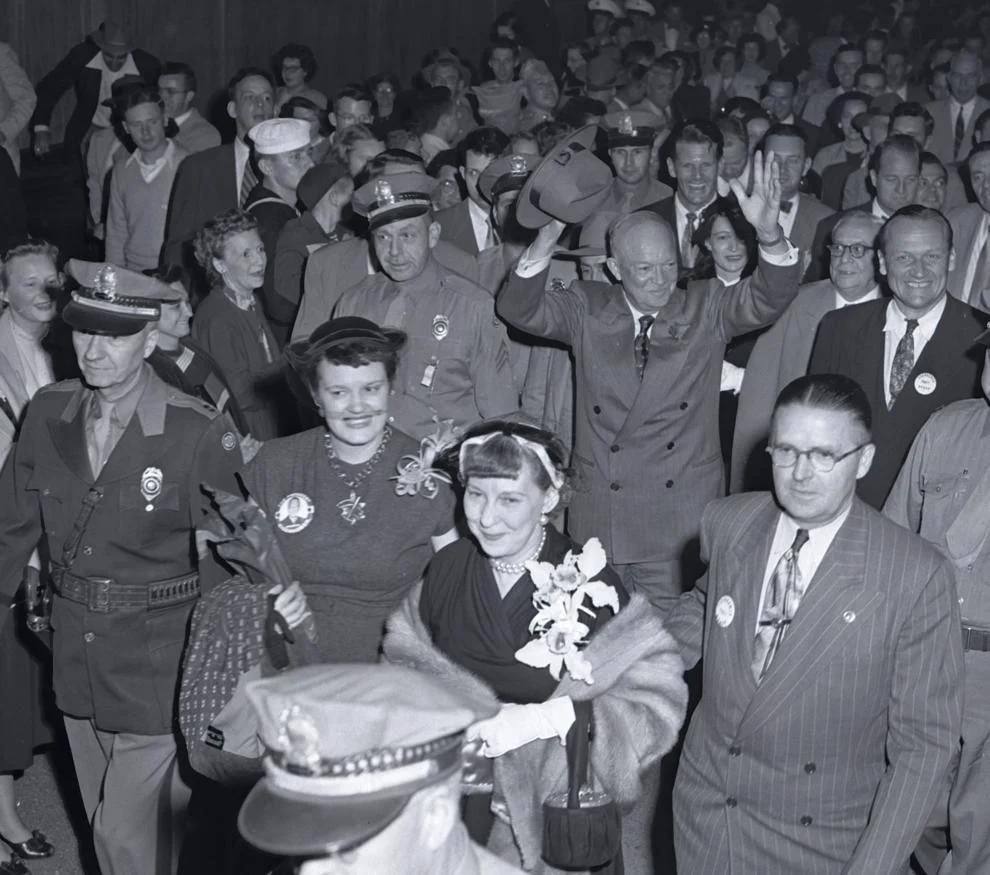
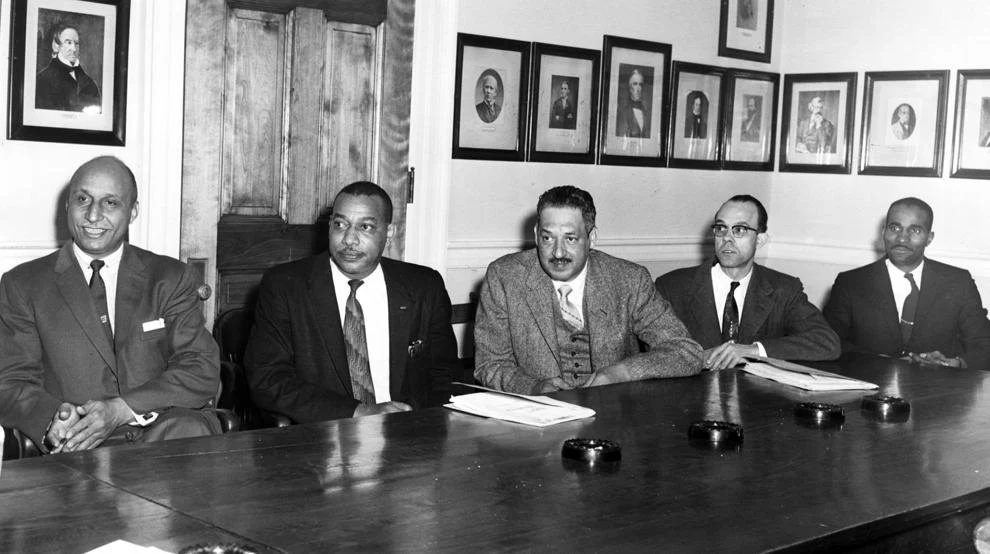
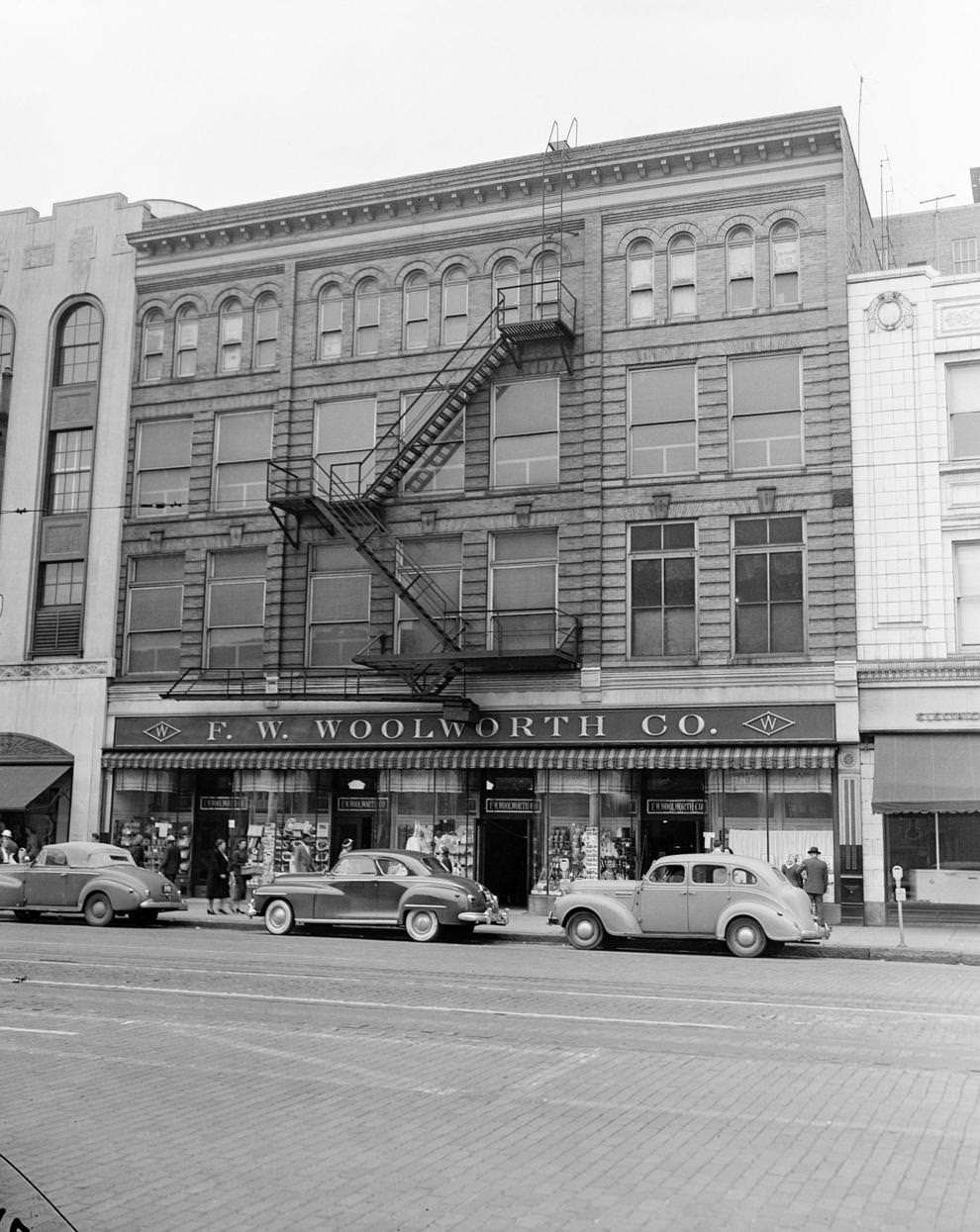
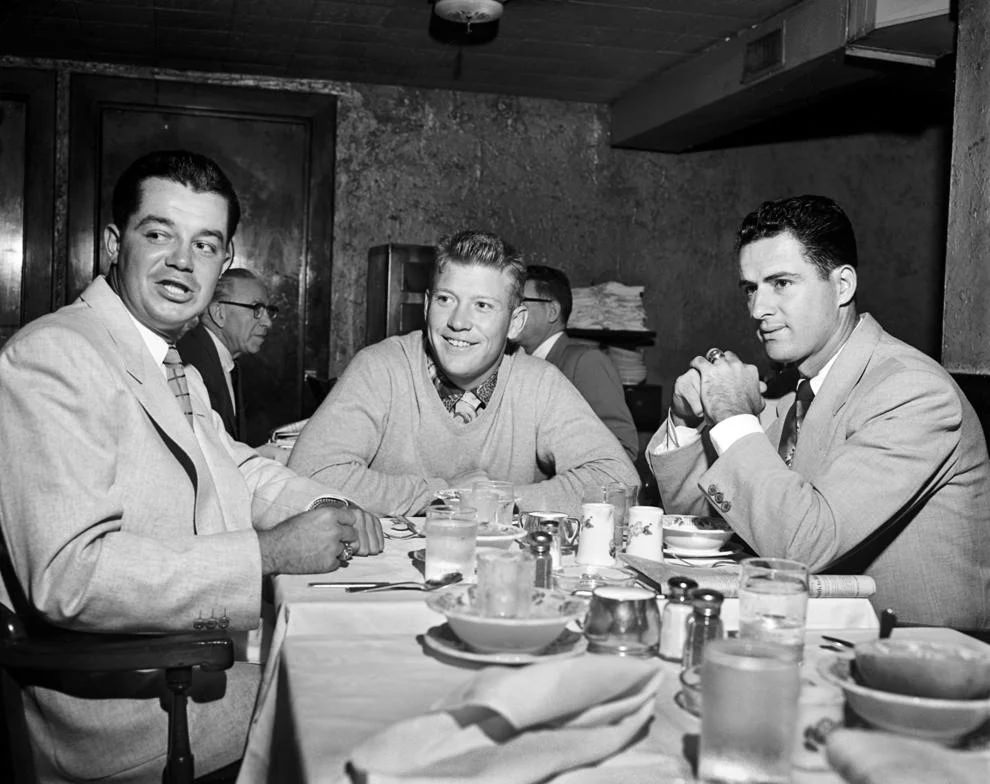
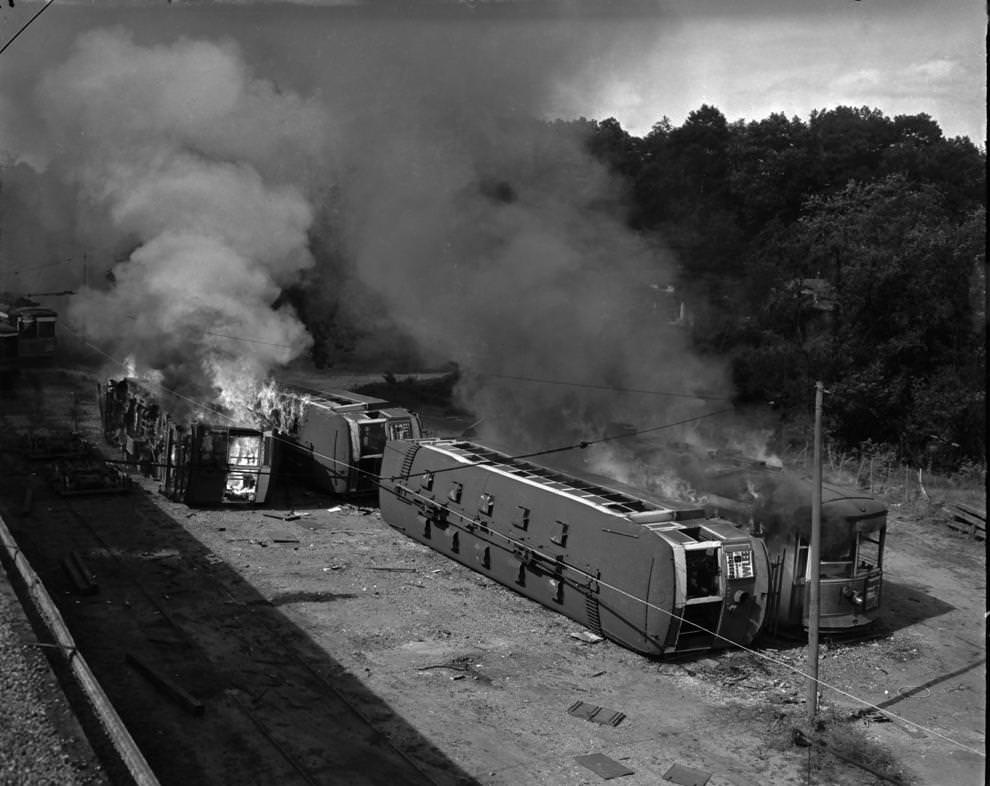
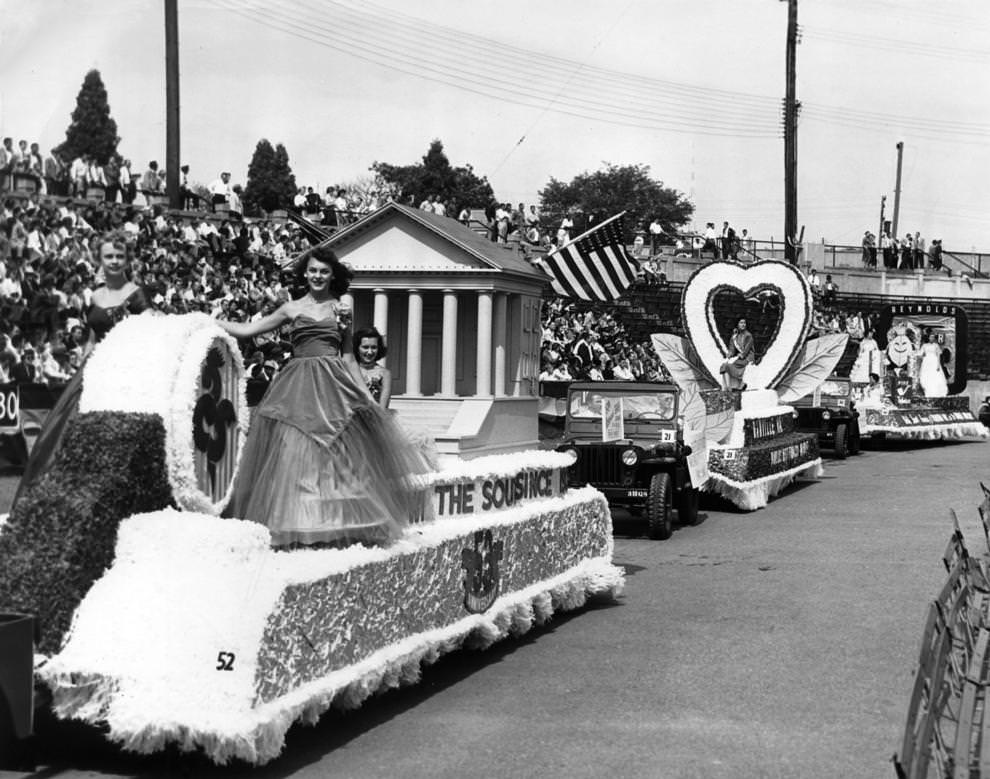
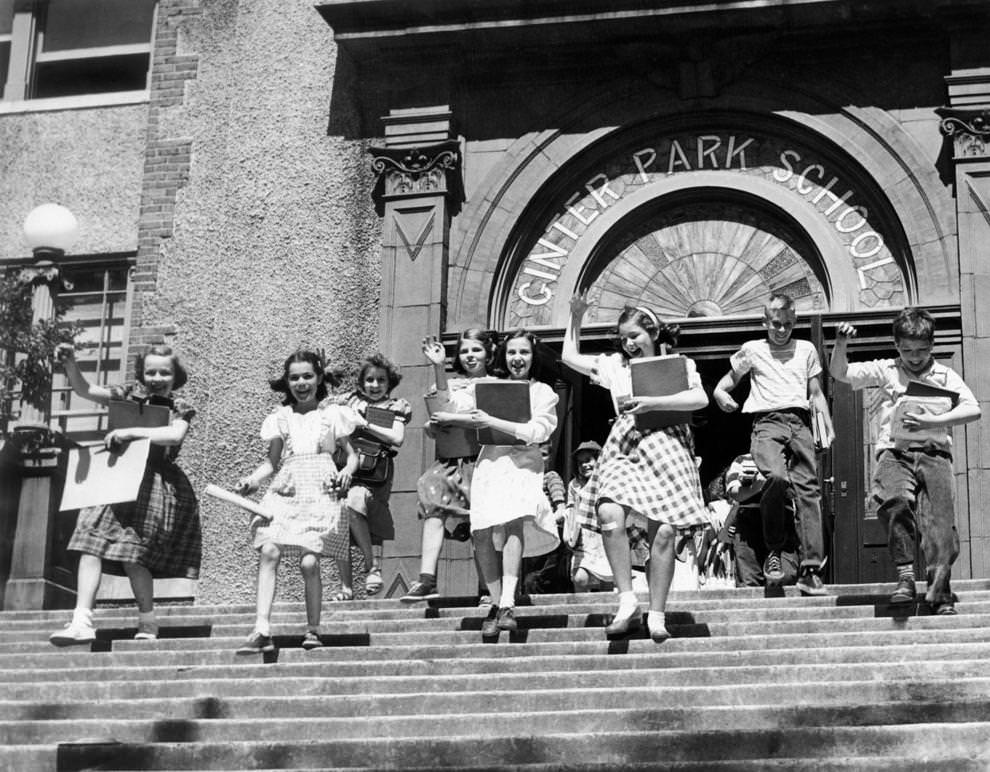
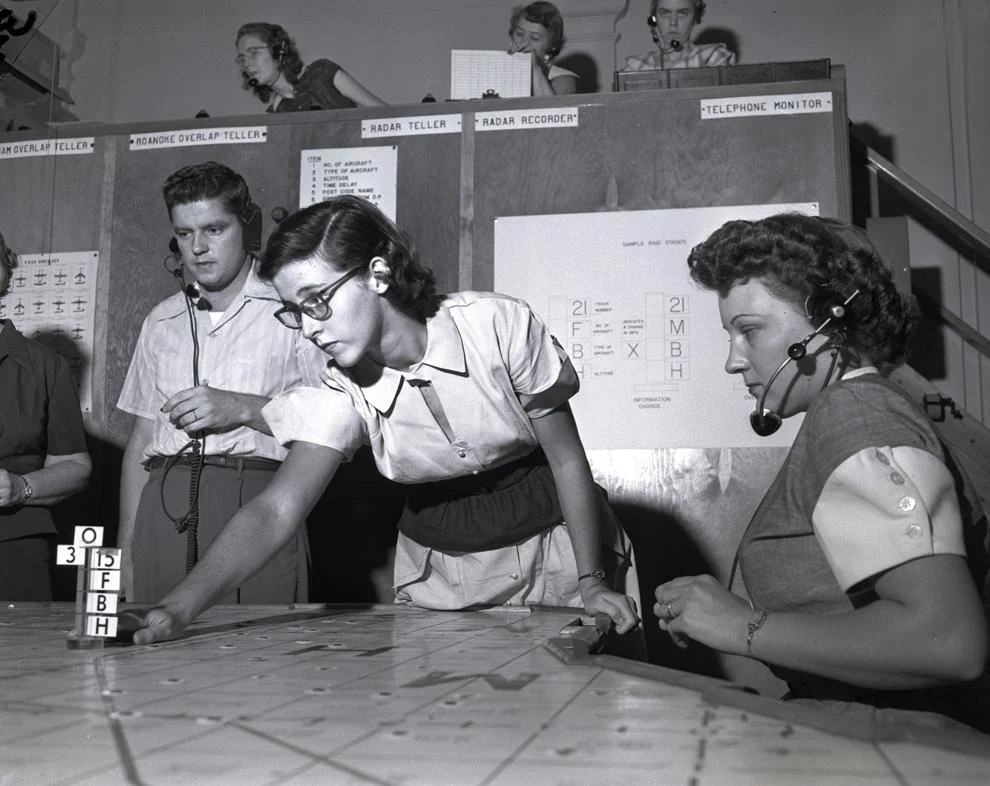
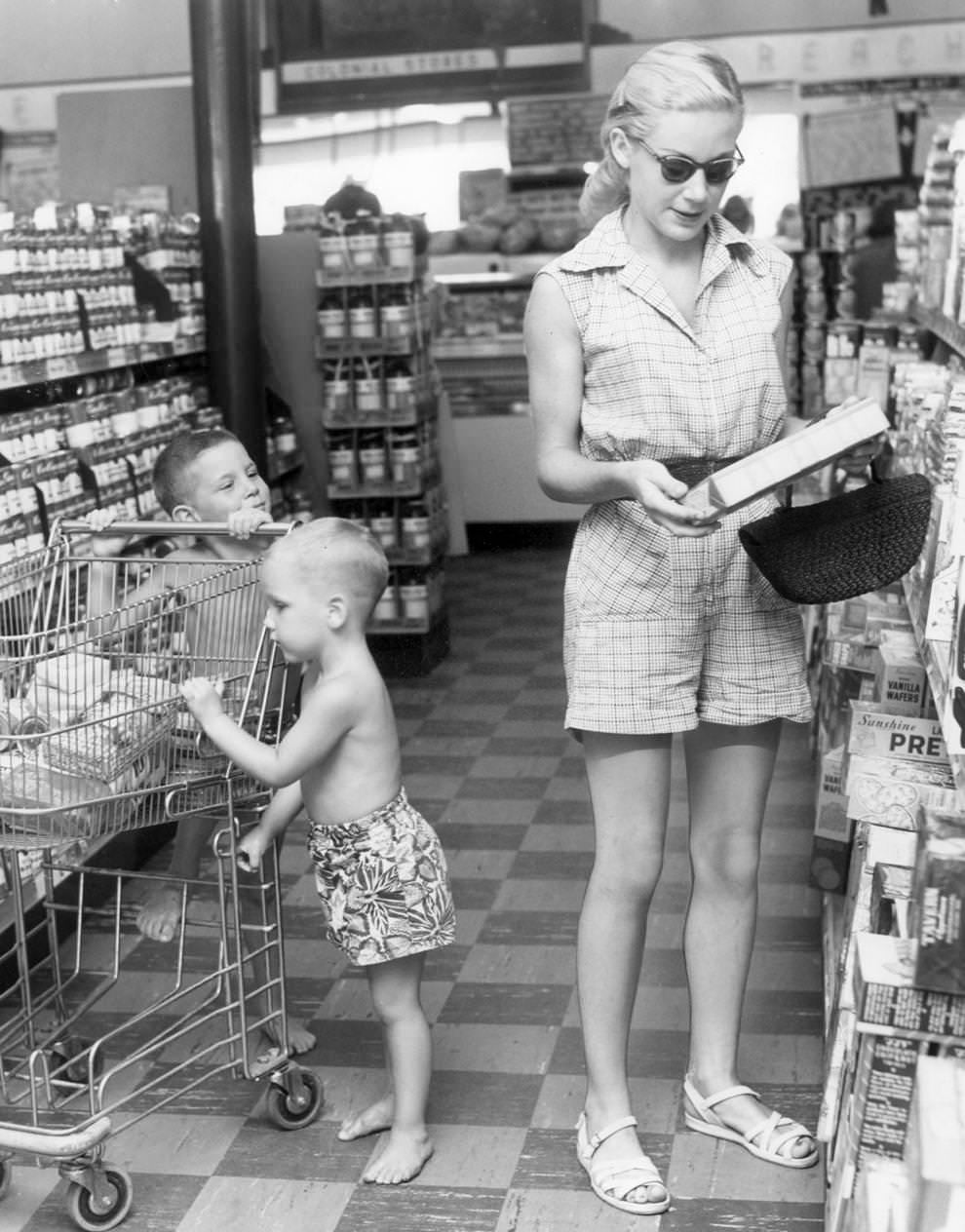
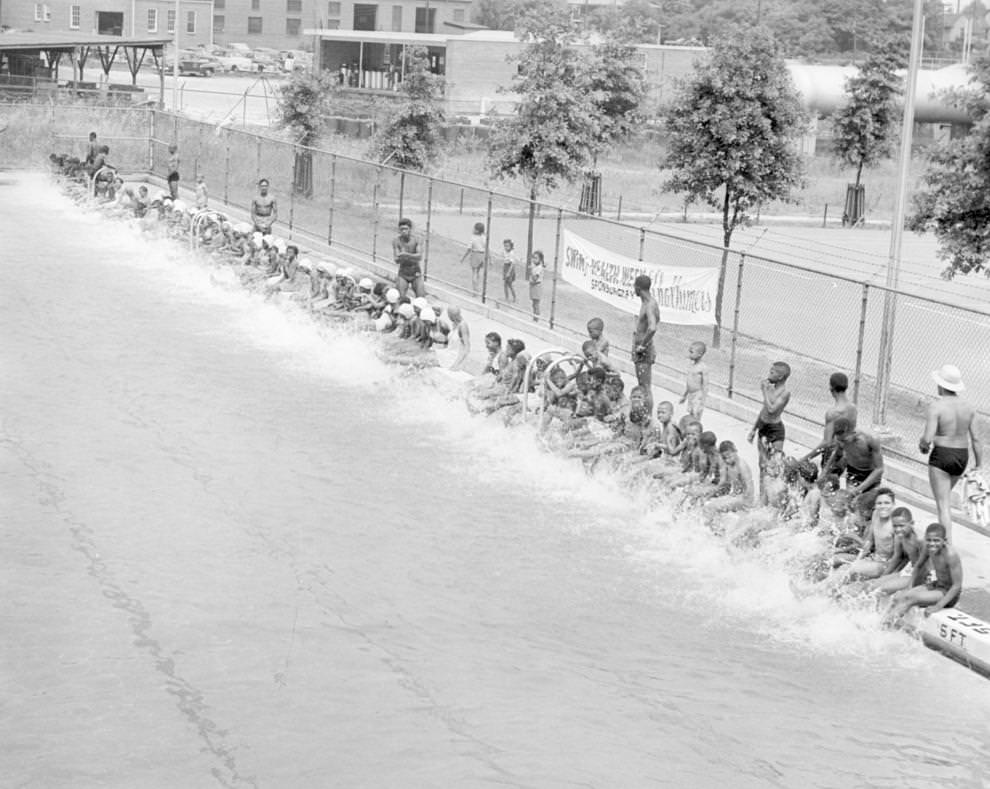
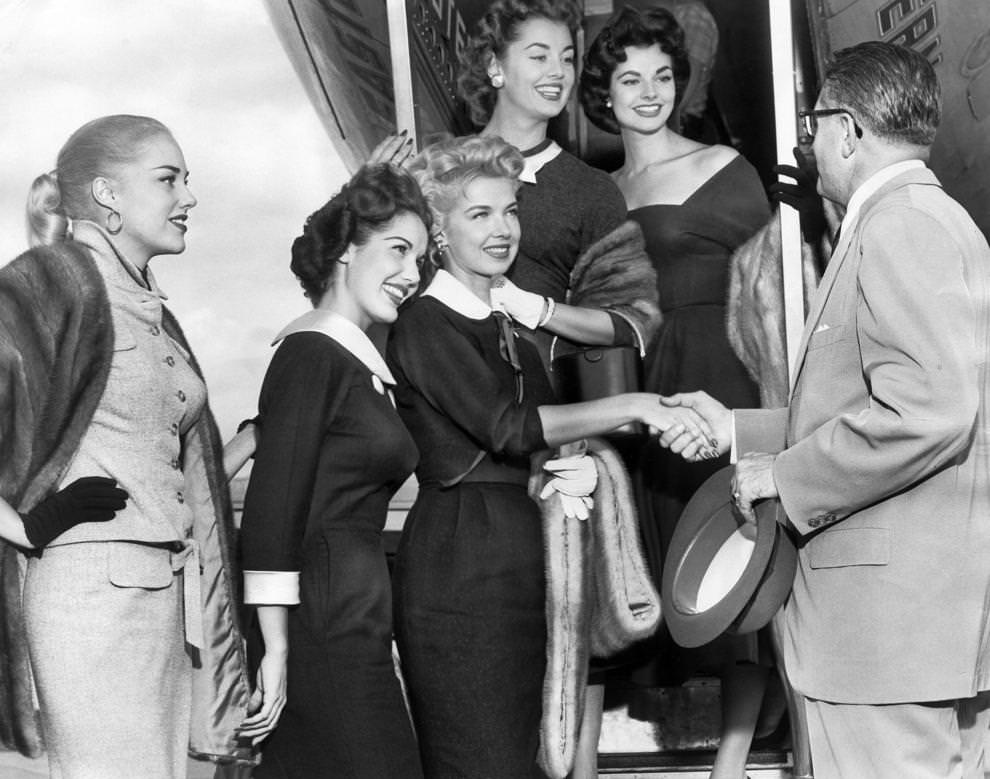
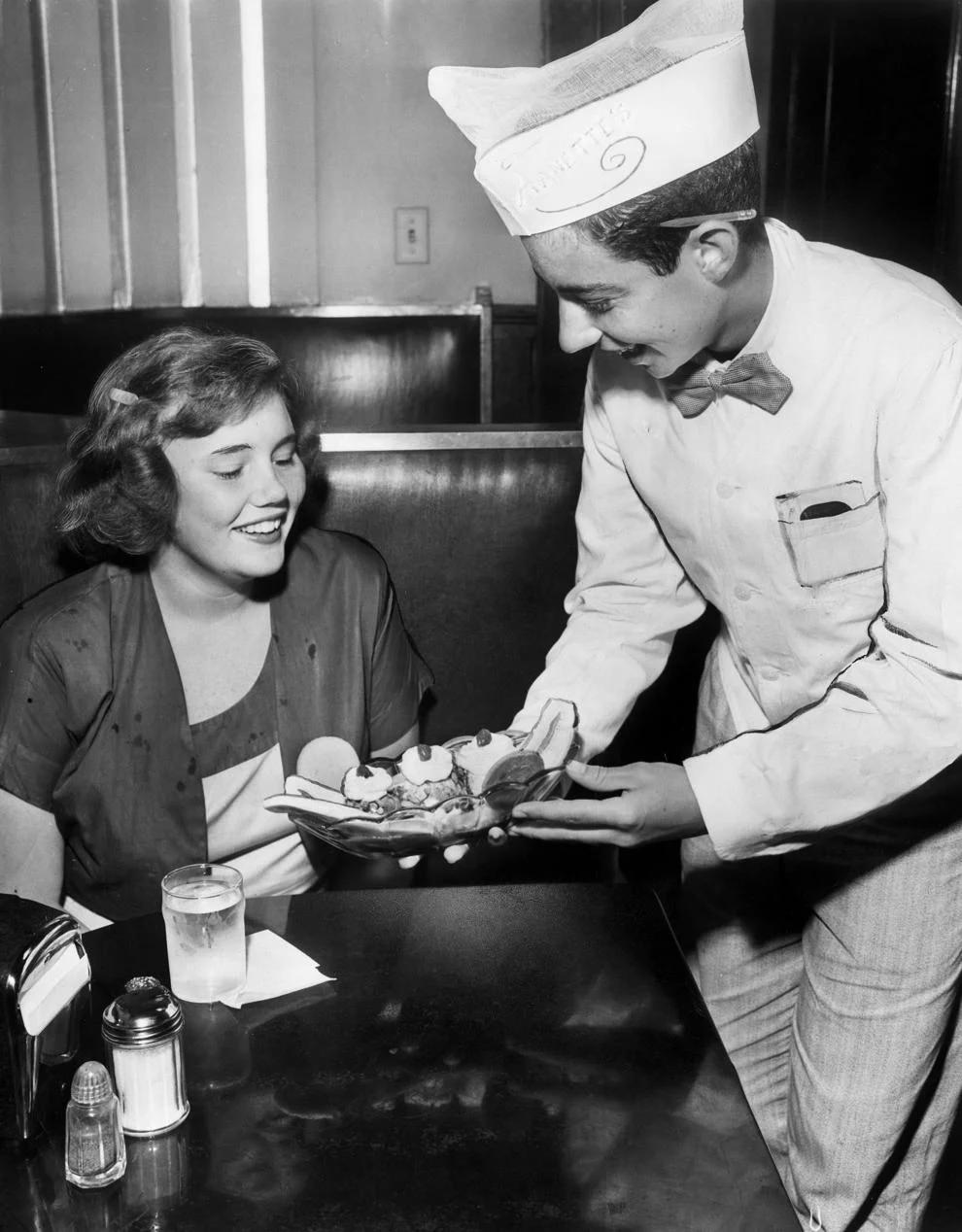
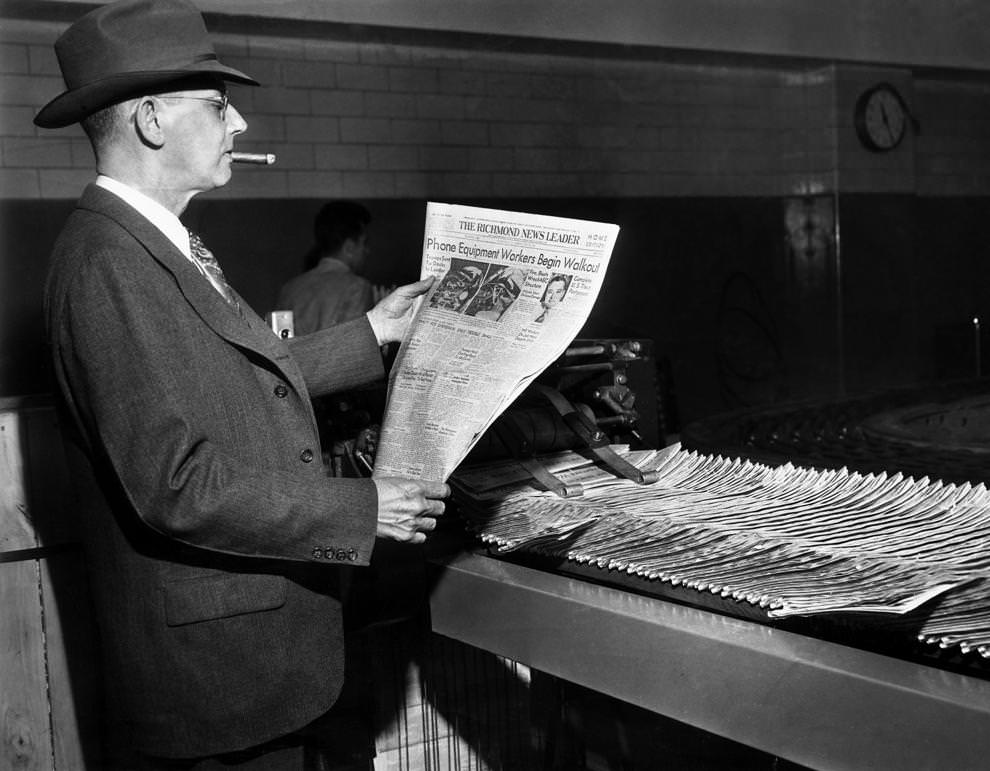
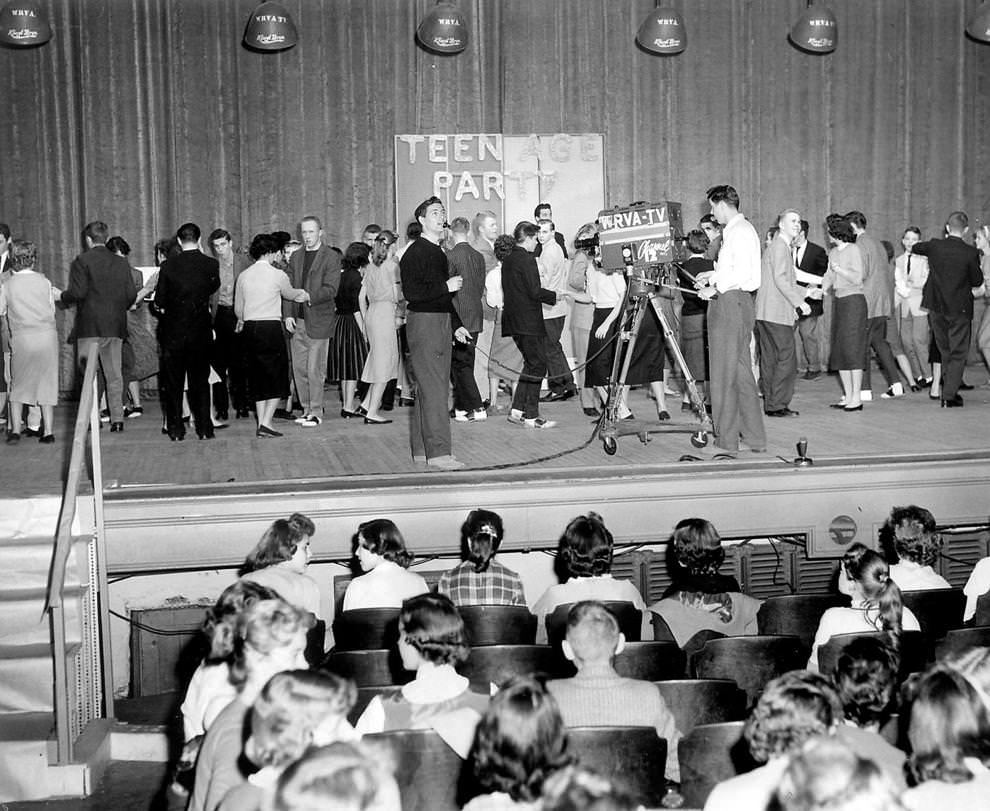
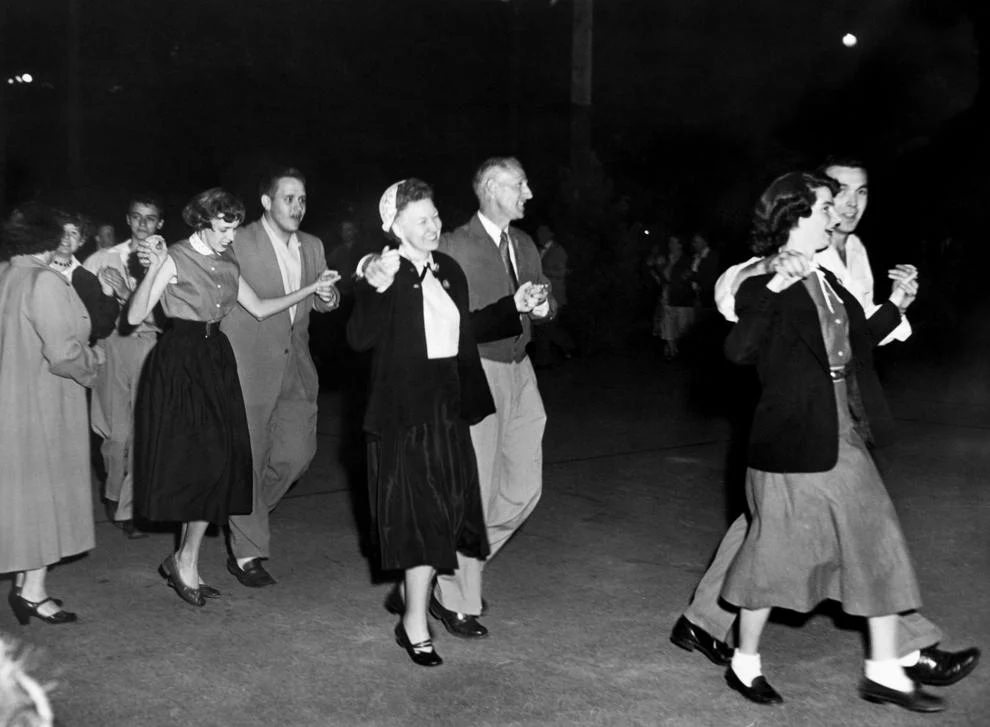
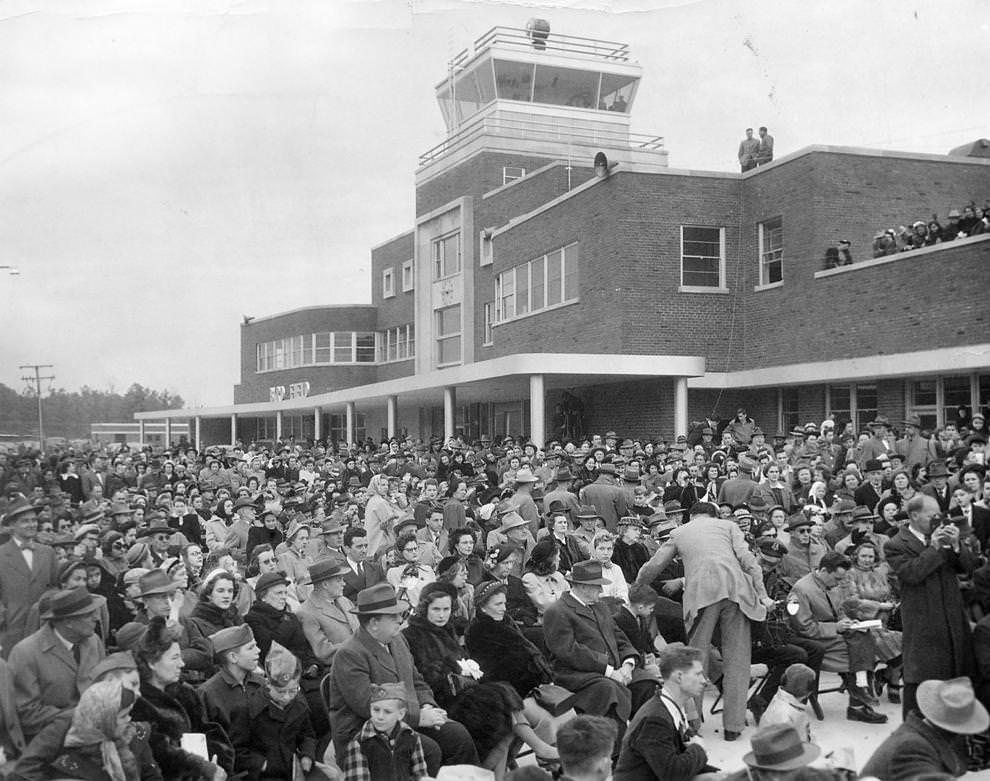
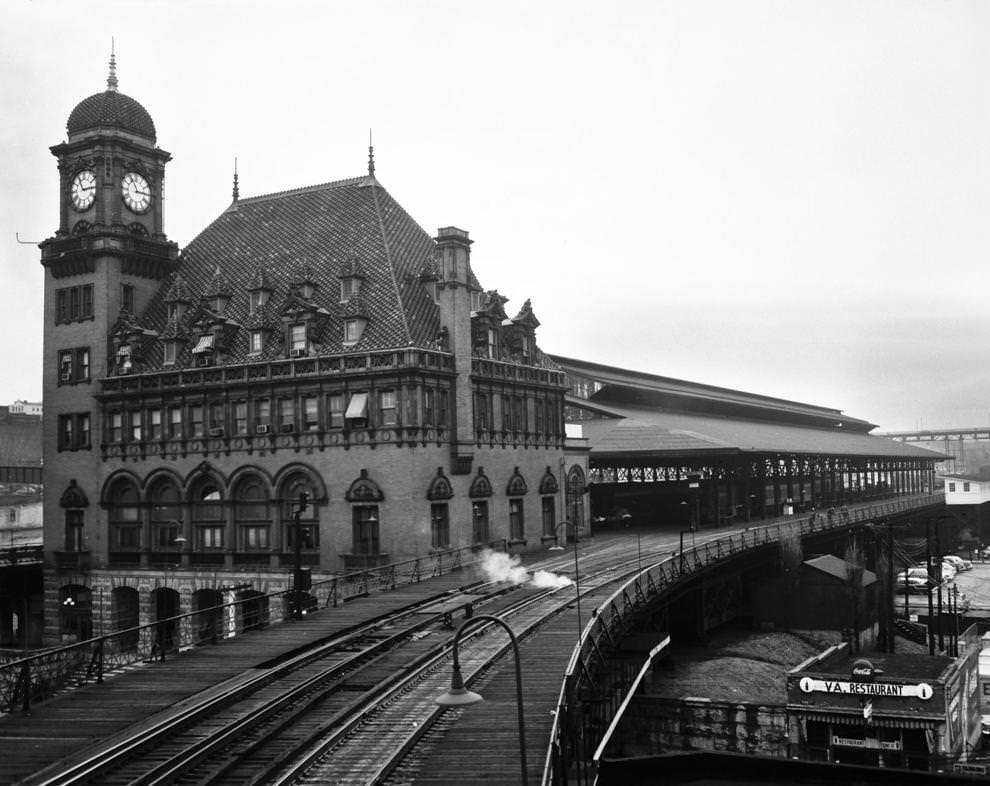
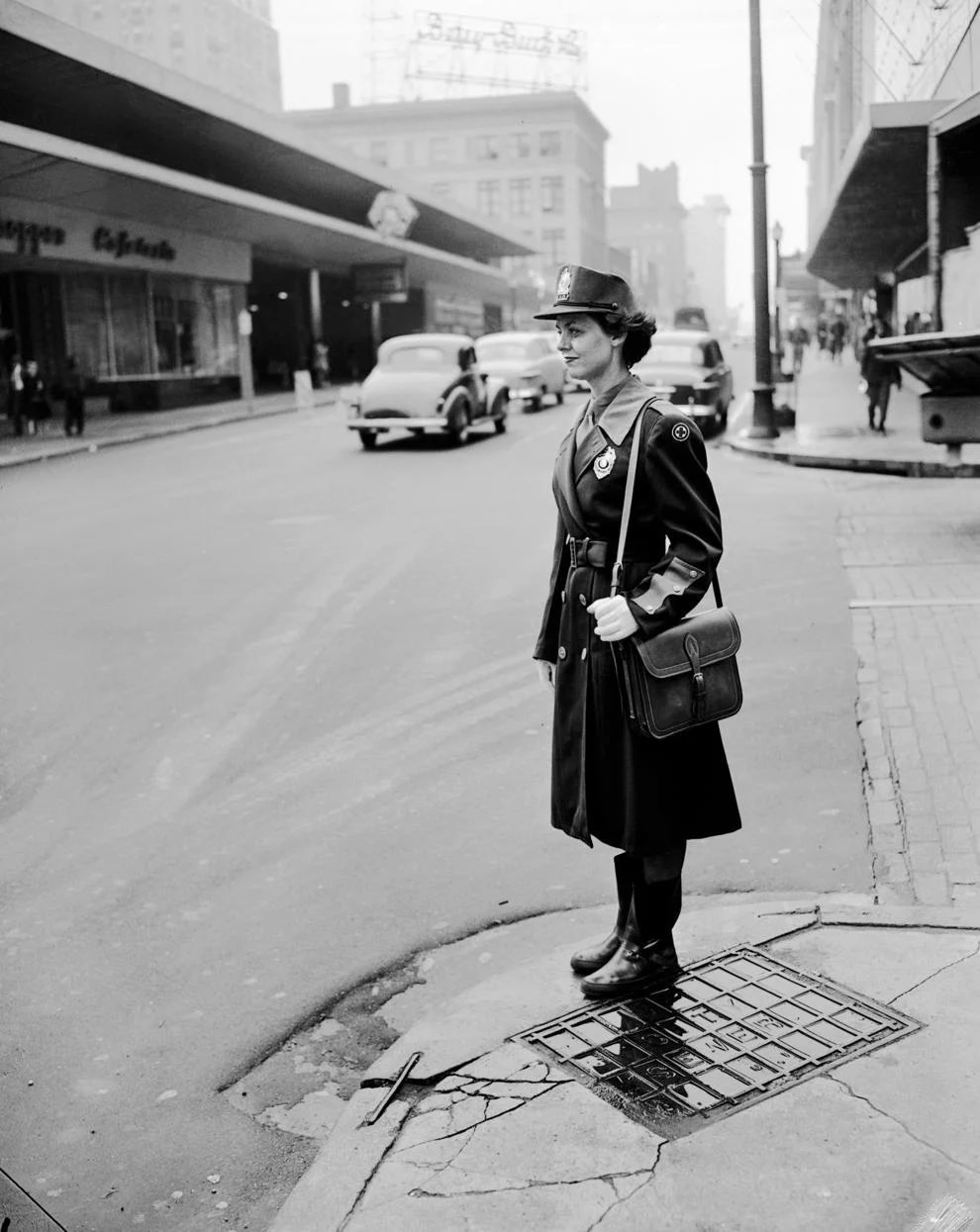
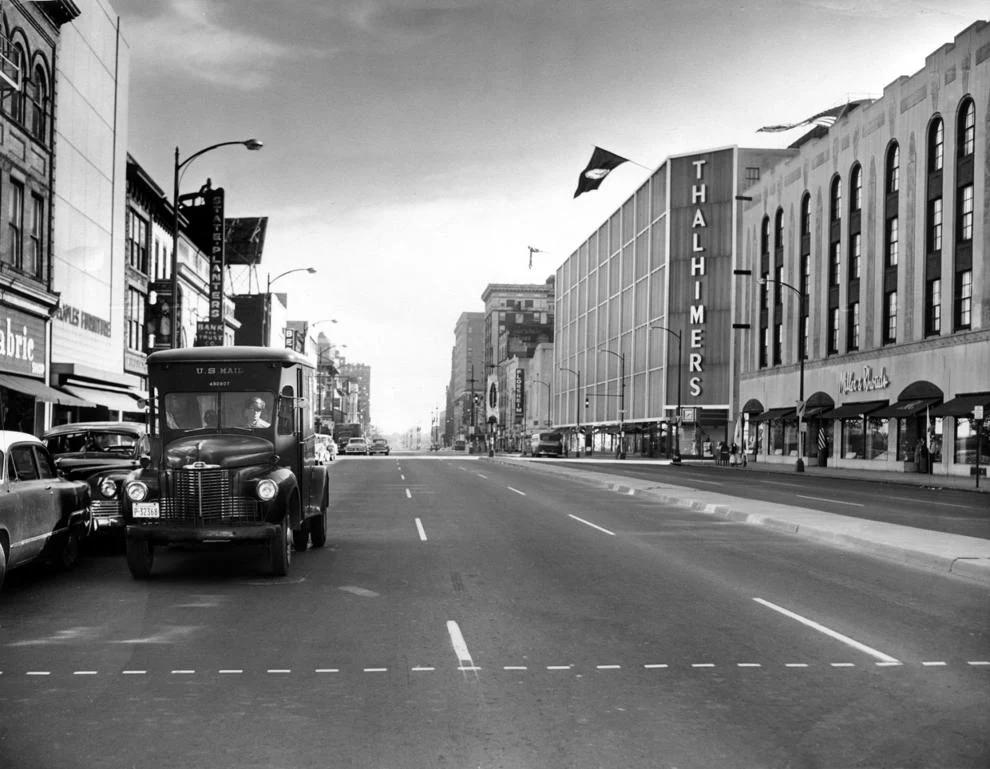
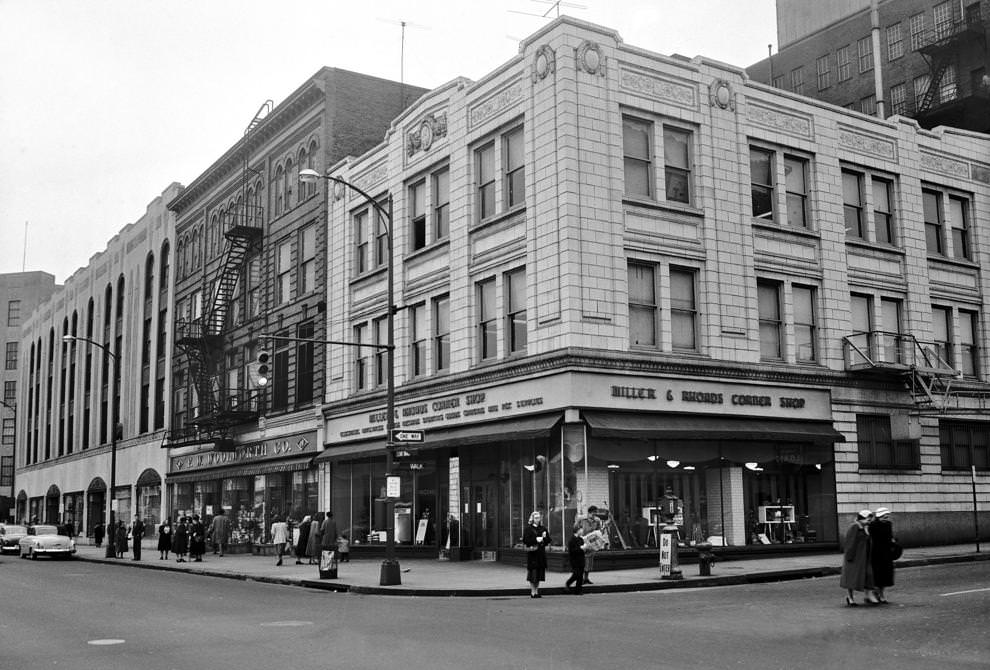
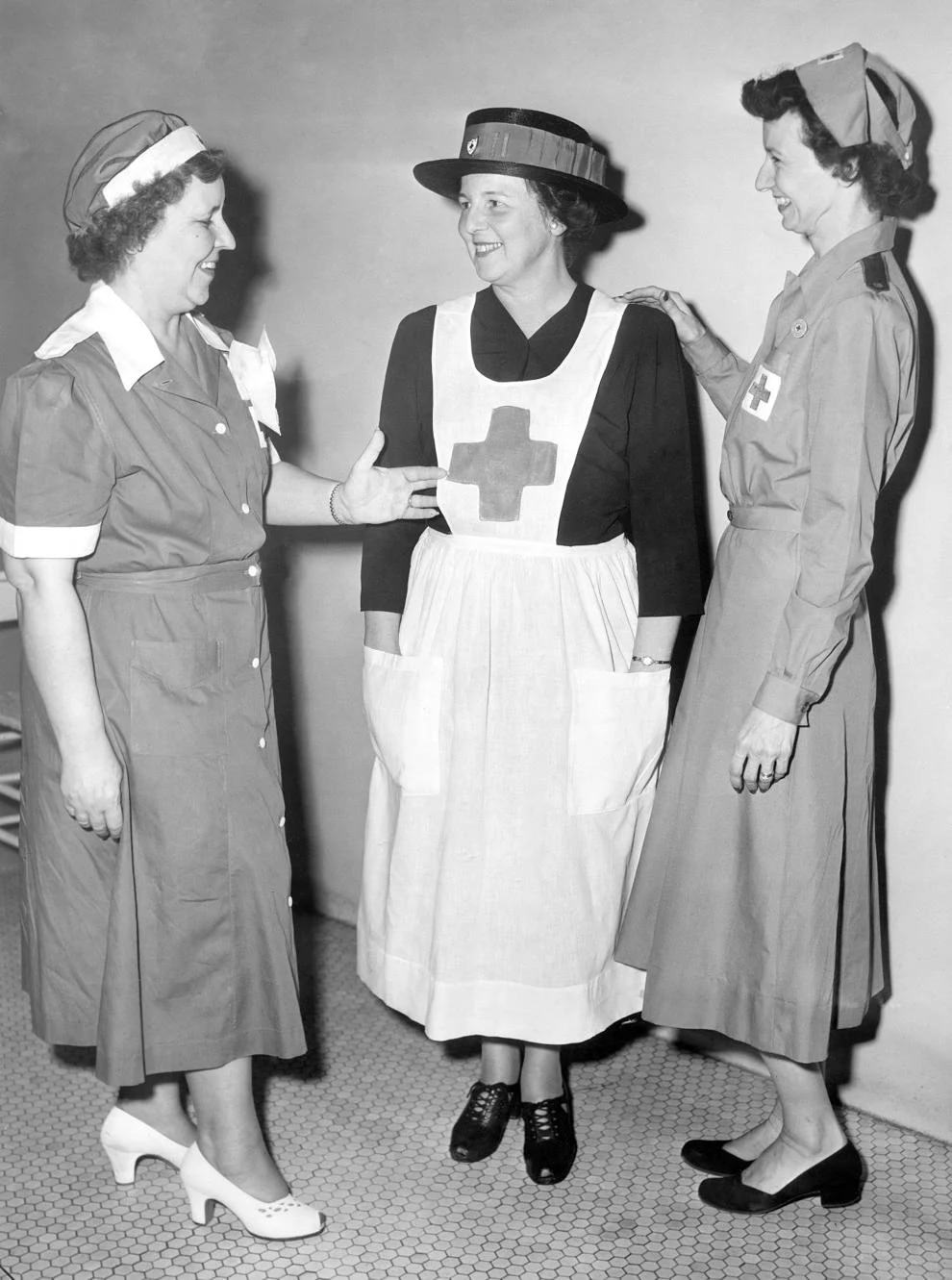

great collection. Seems weird,but understandable given the times, that there are so few pictures of blacks. Lots of grand times for some…
What a gift to discover this treasure trove link of the Richmond I well remember as a young girl!!! Thank you! Thank you!